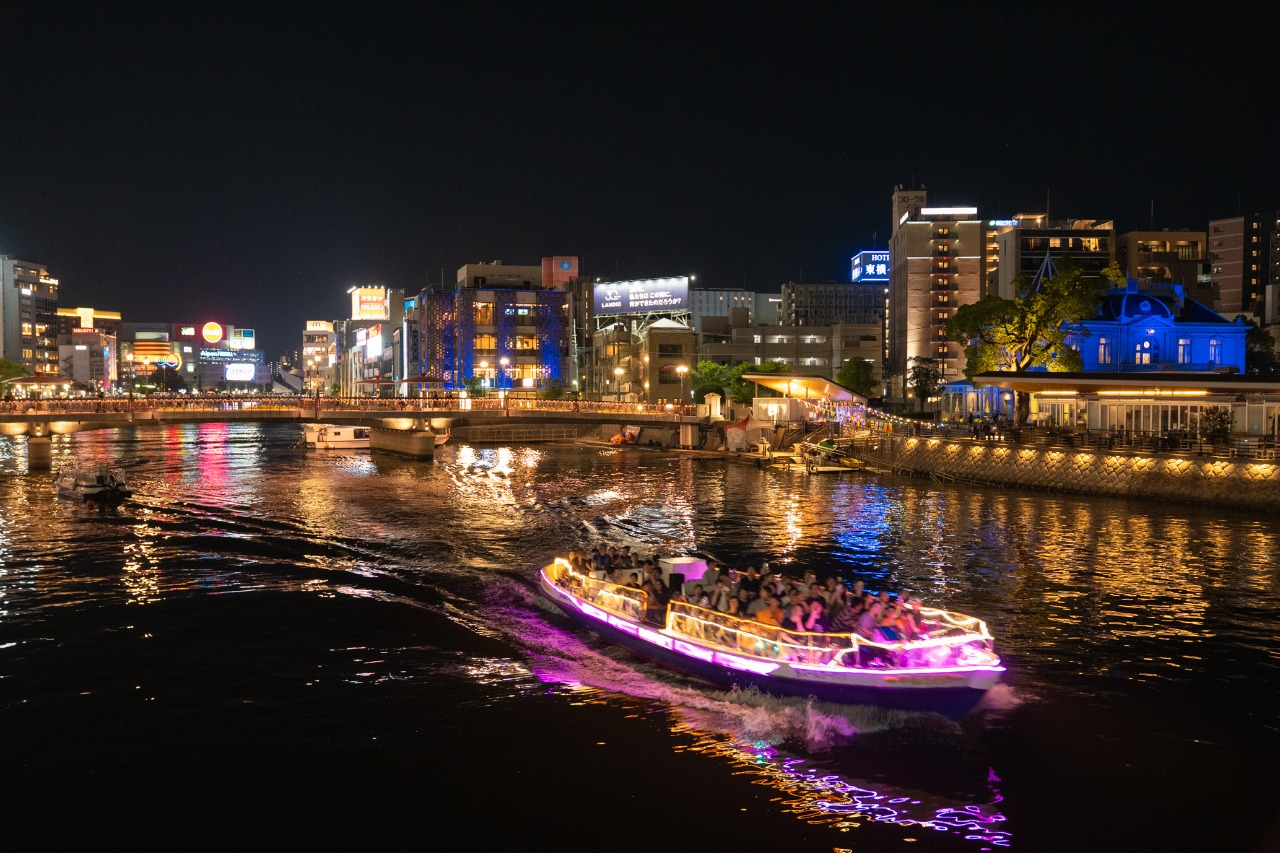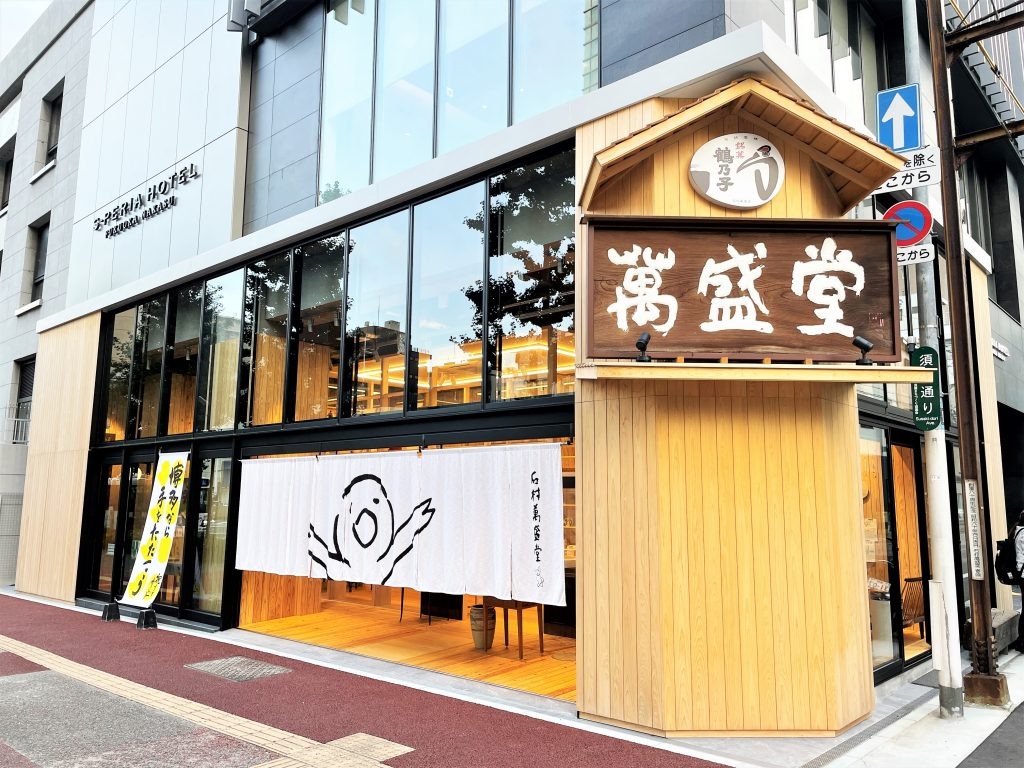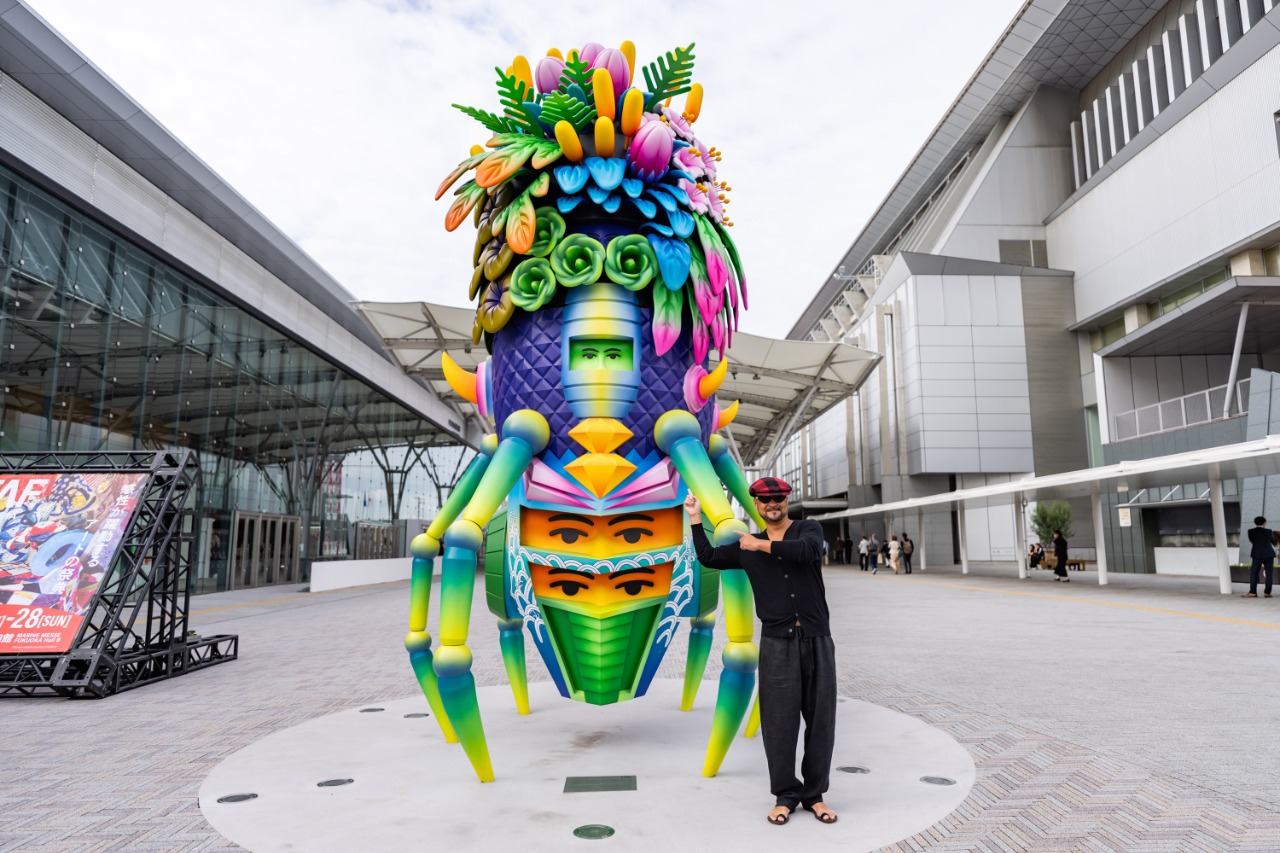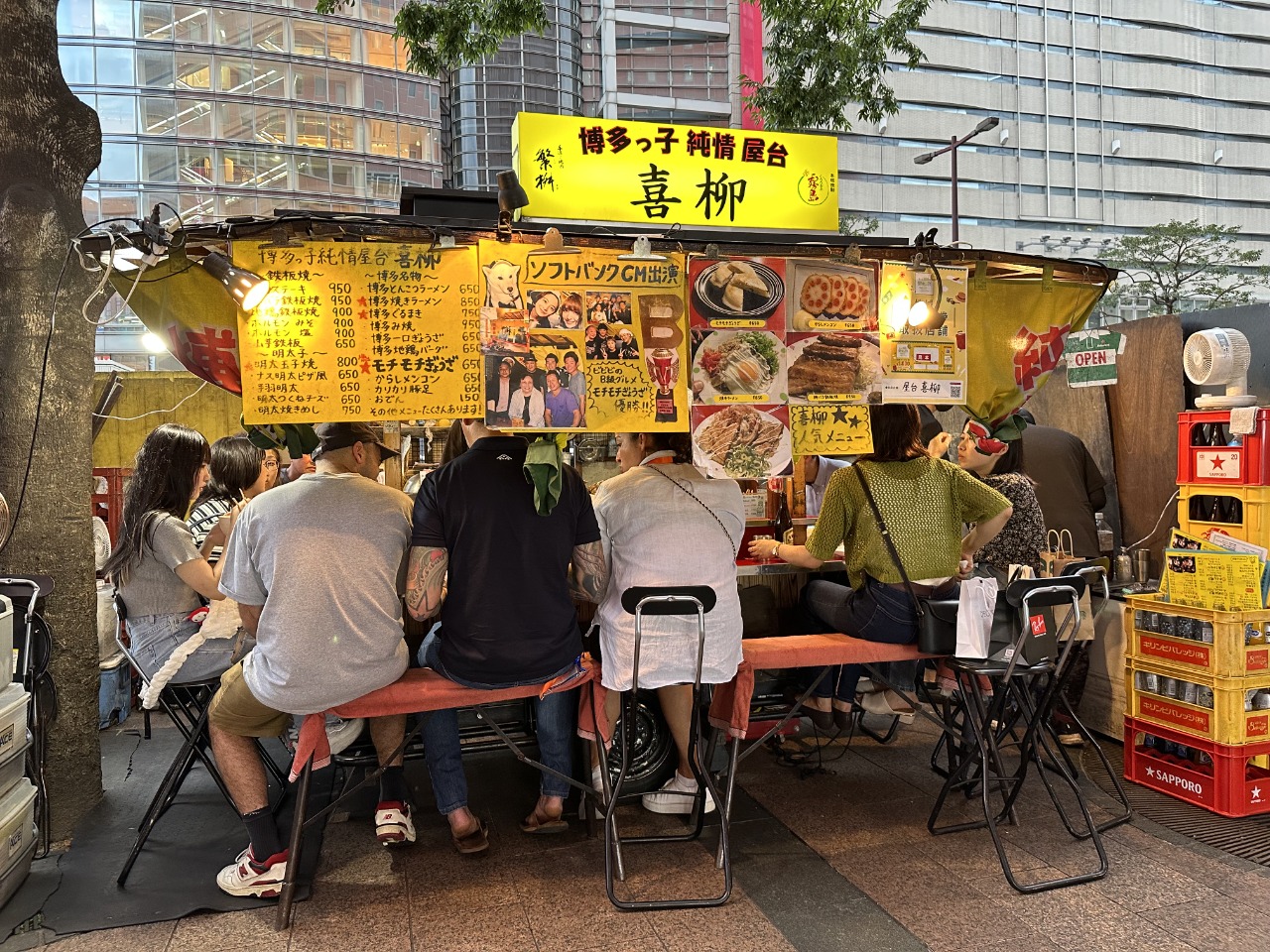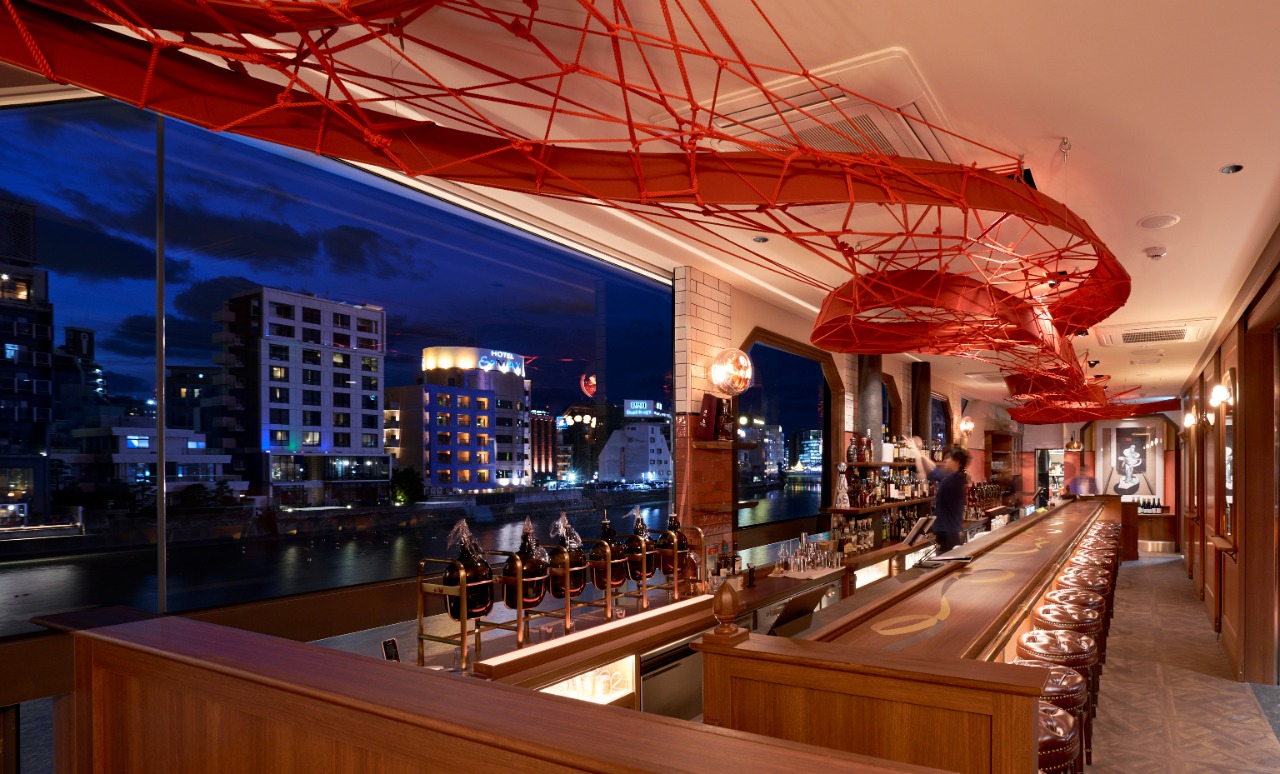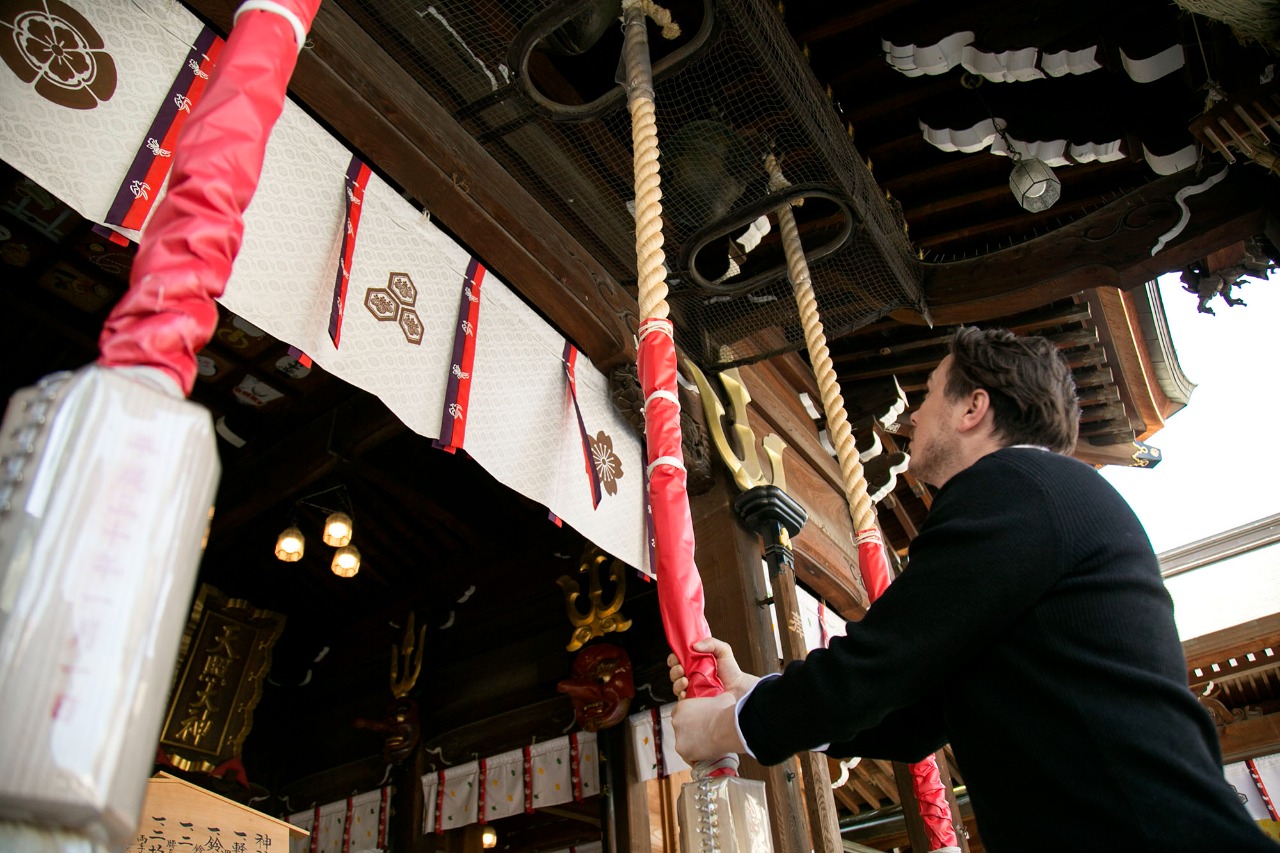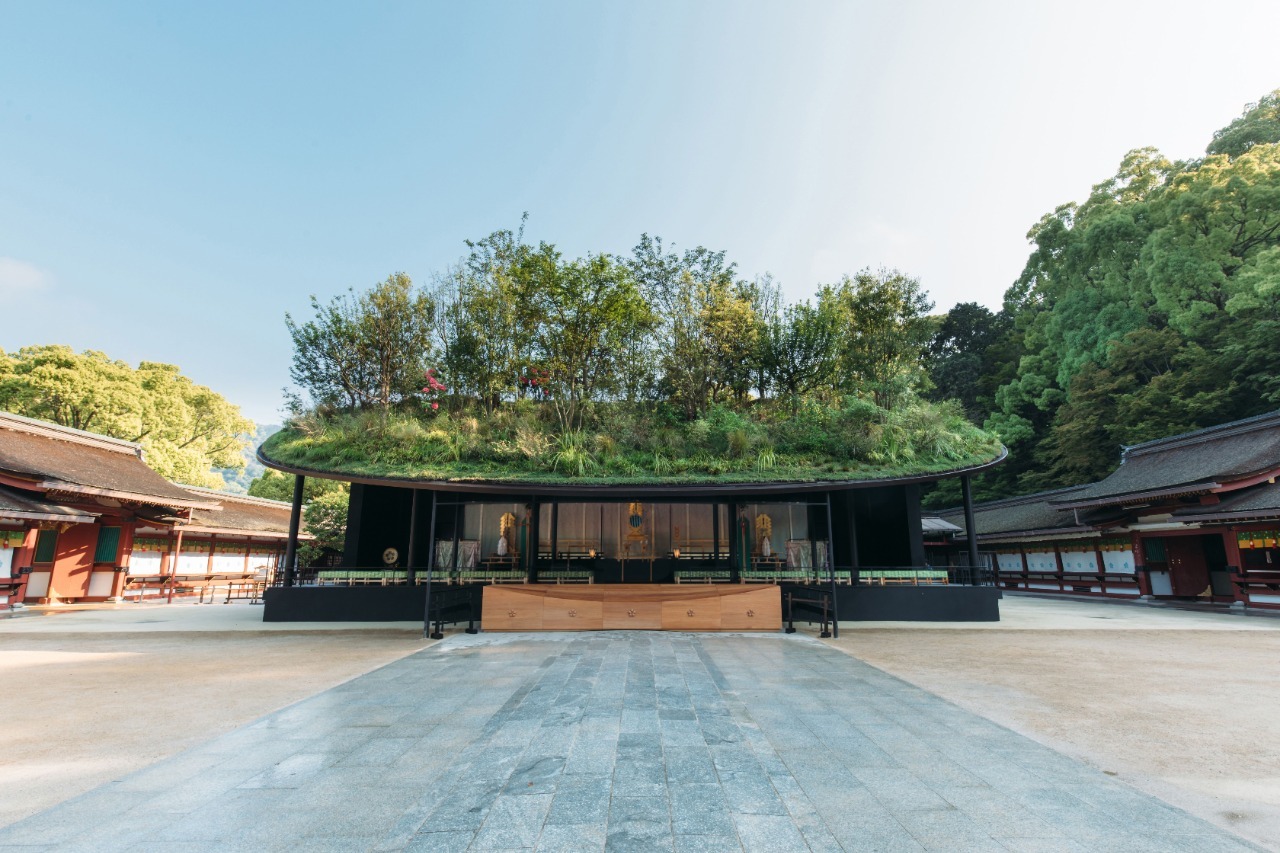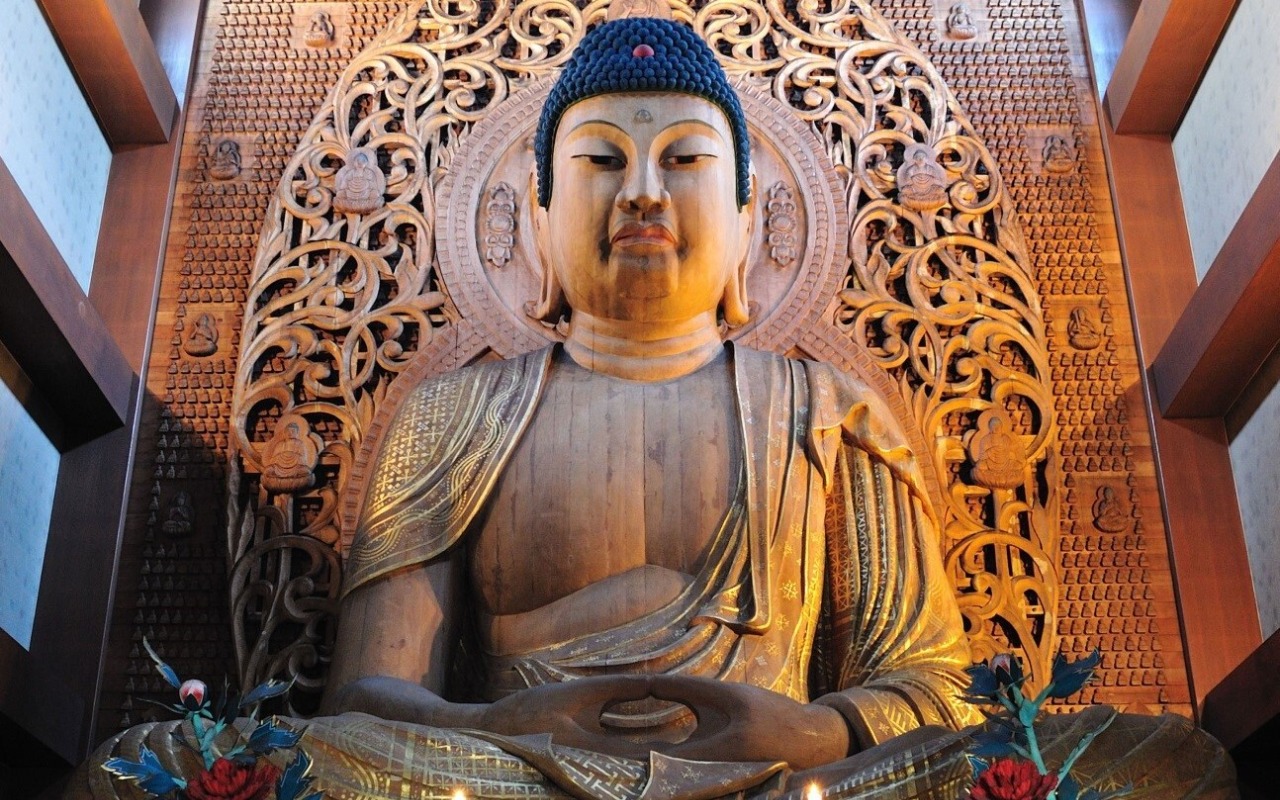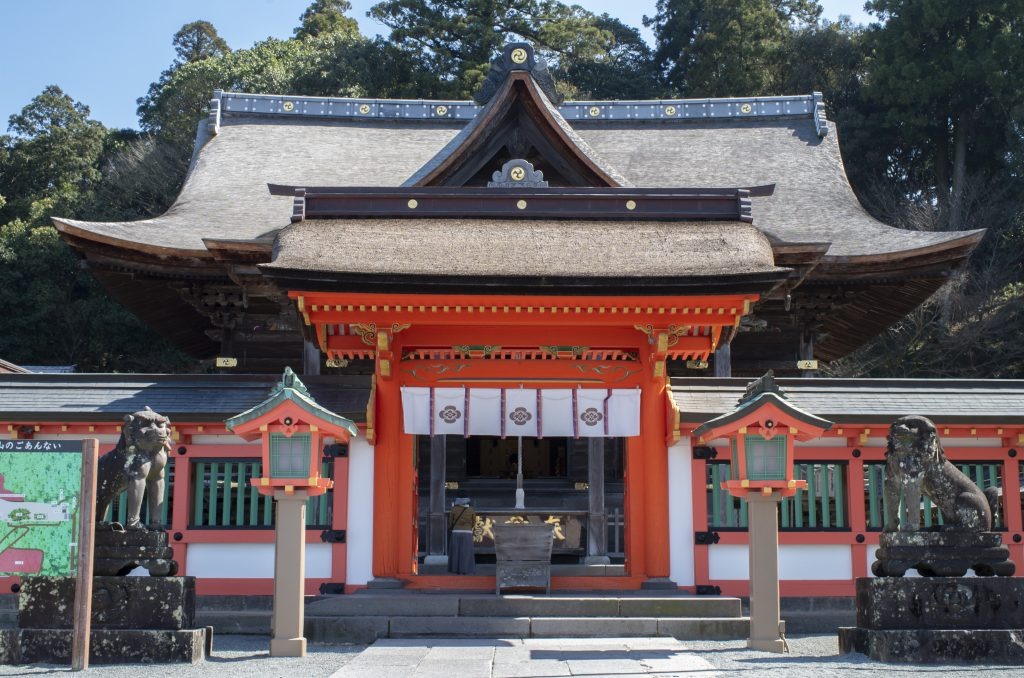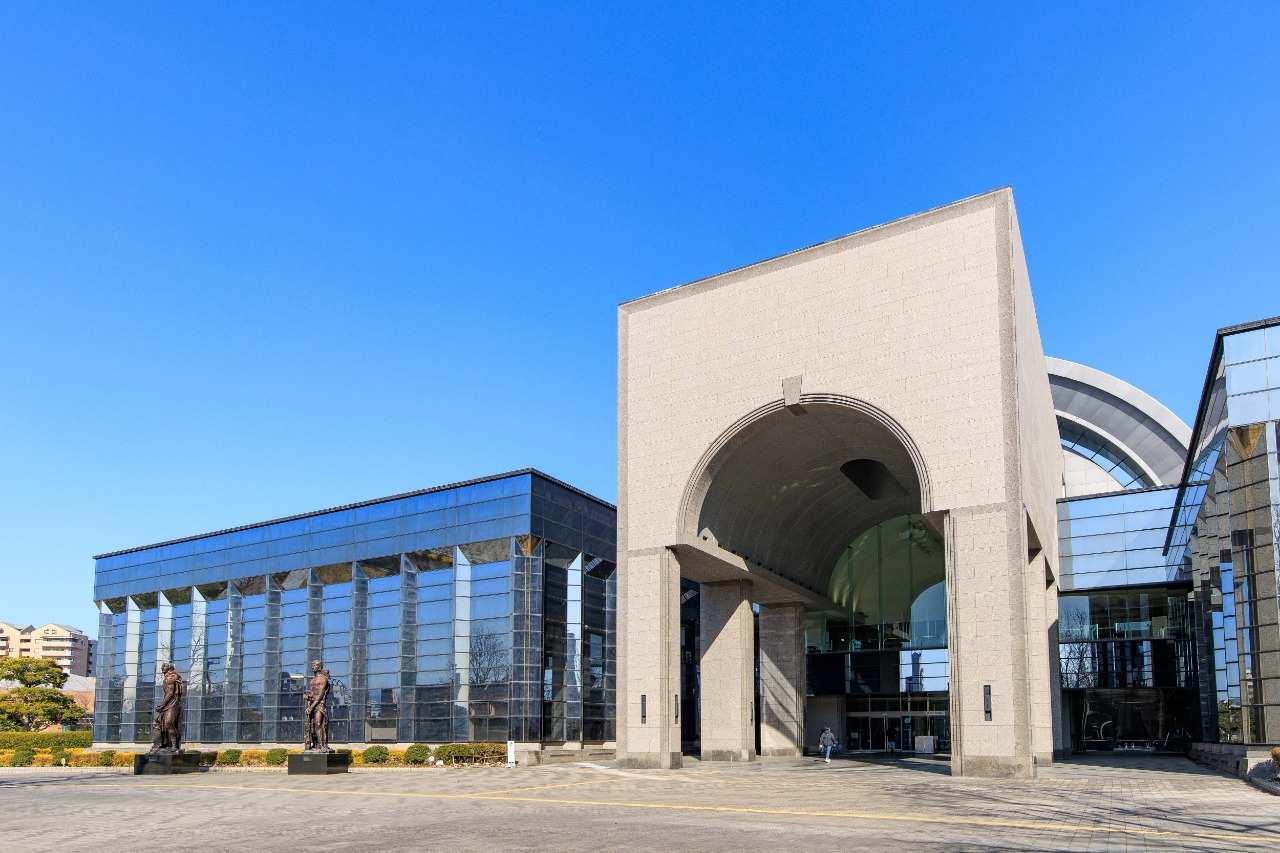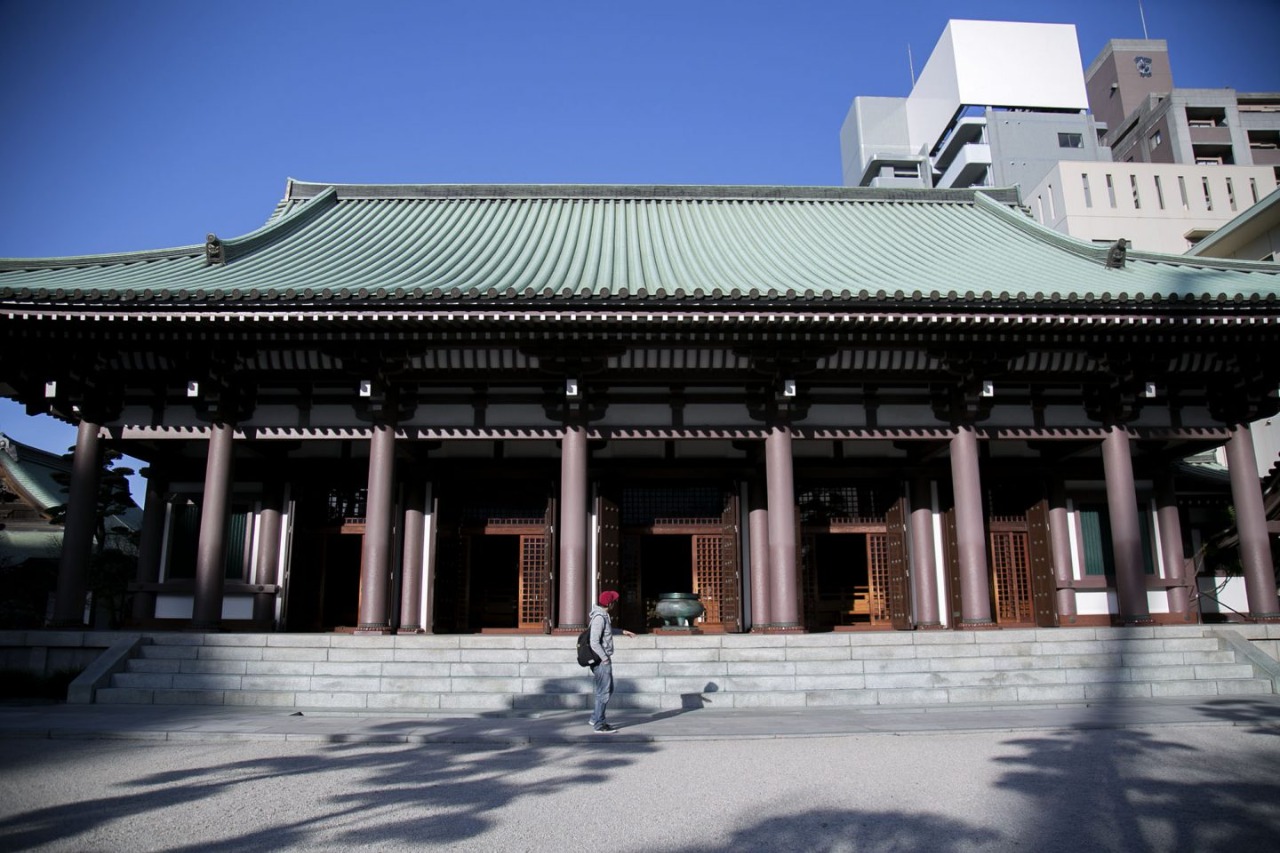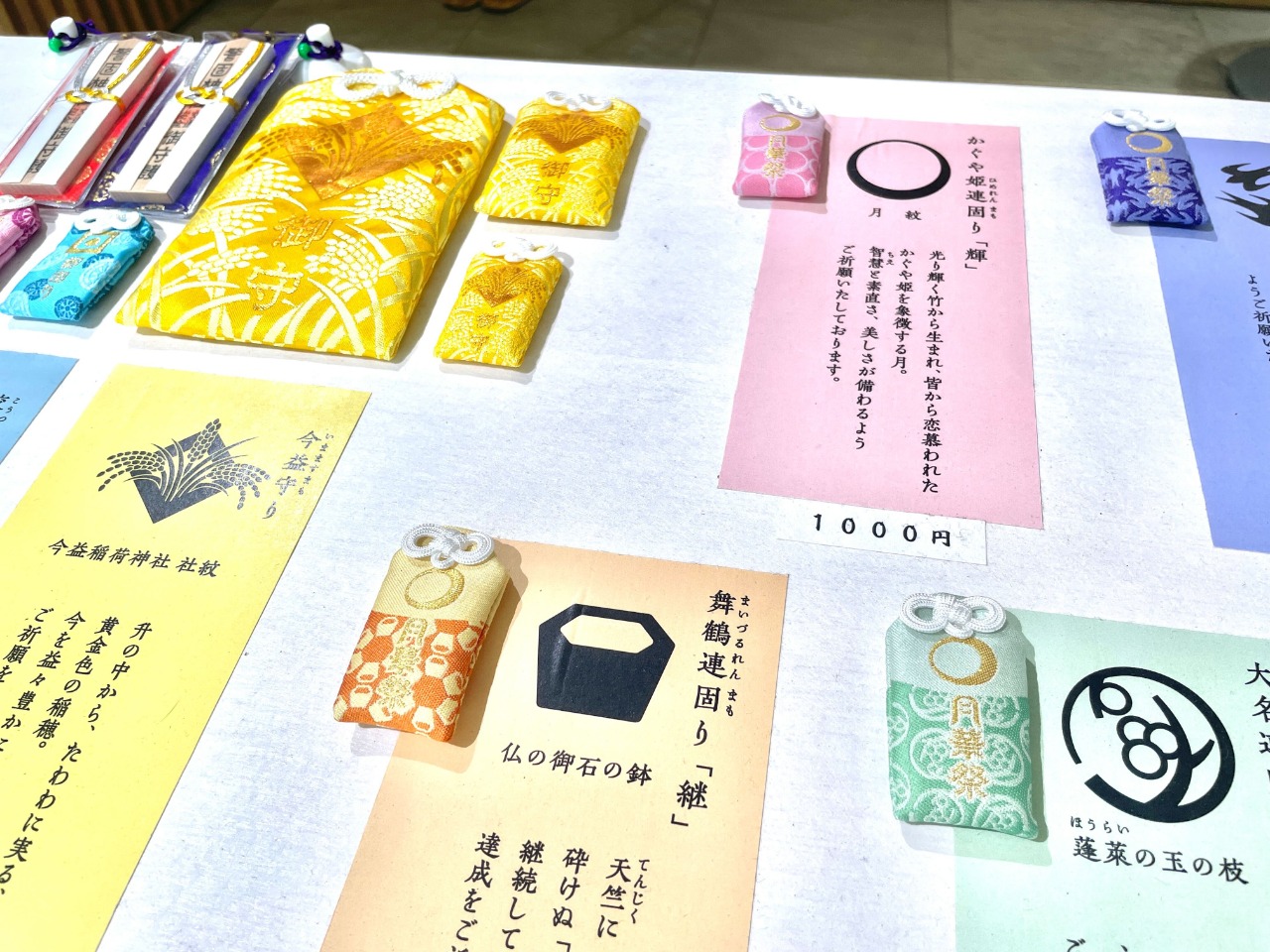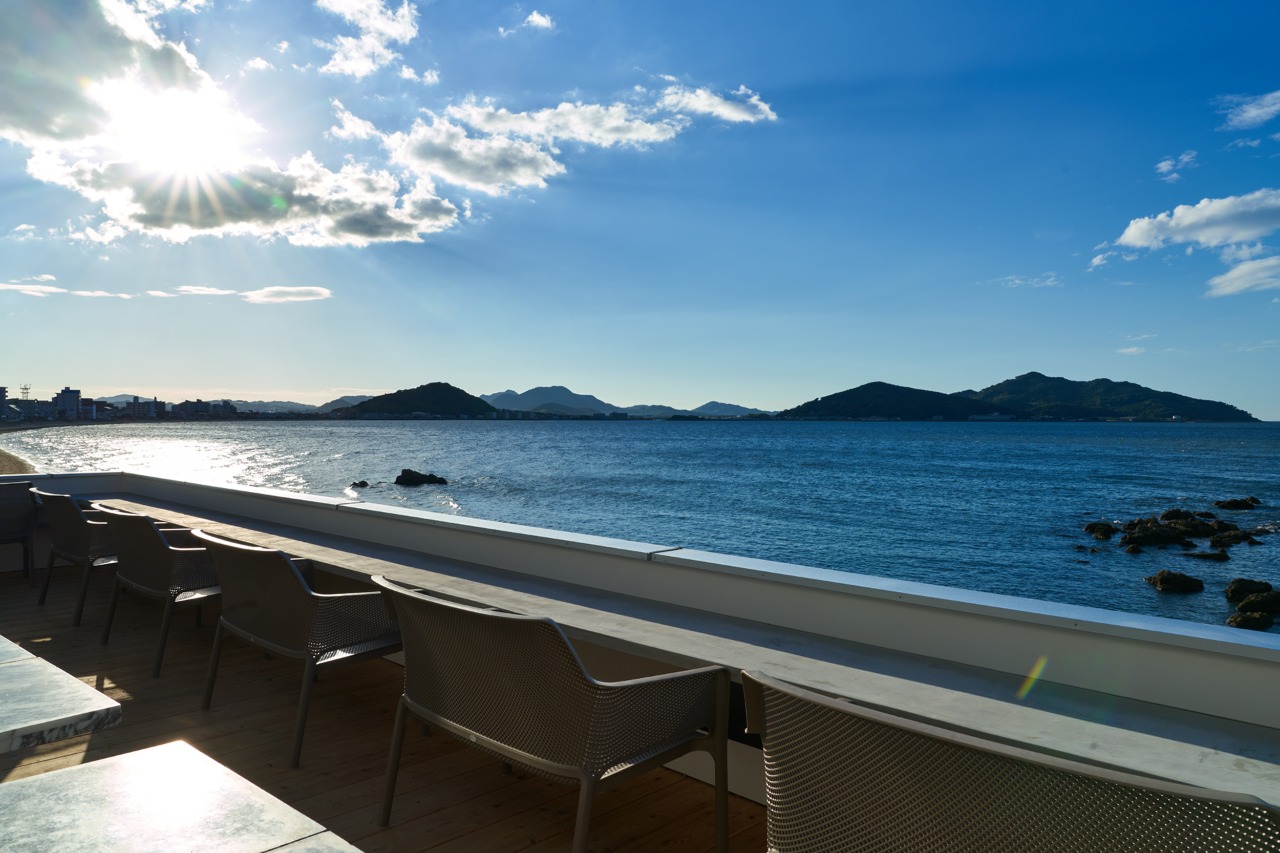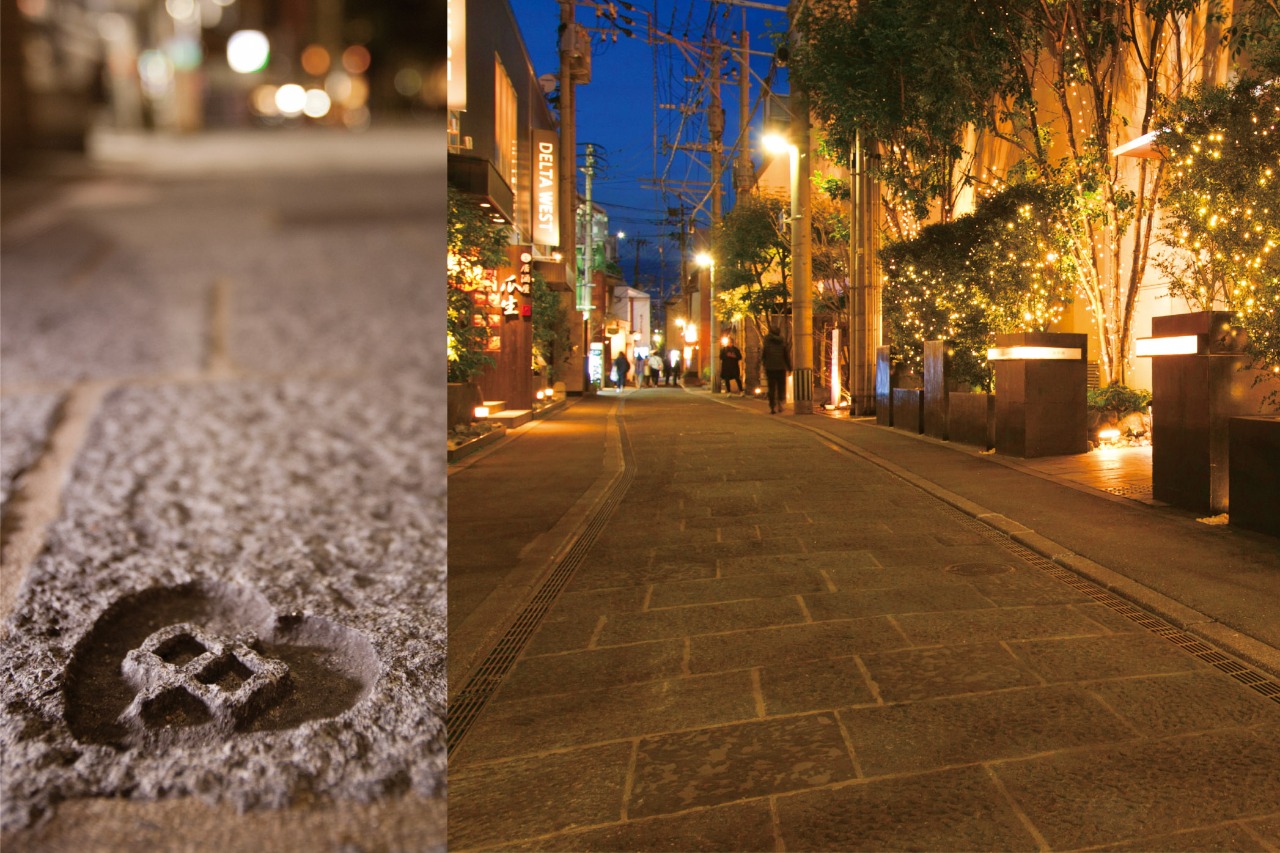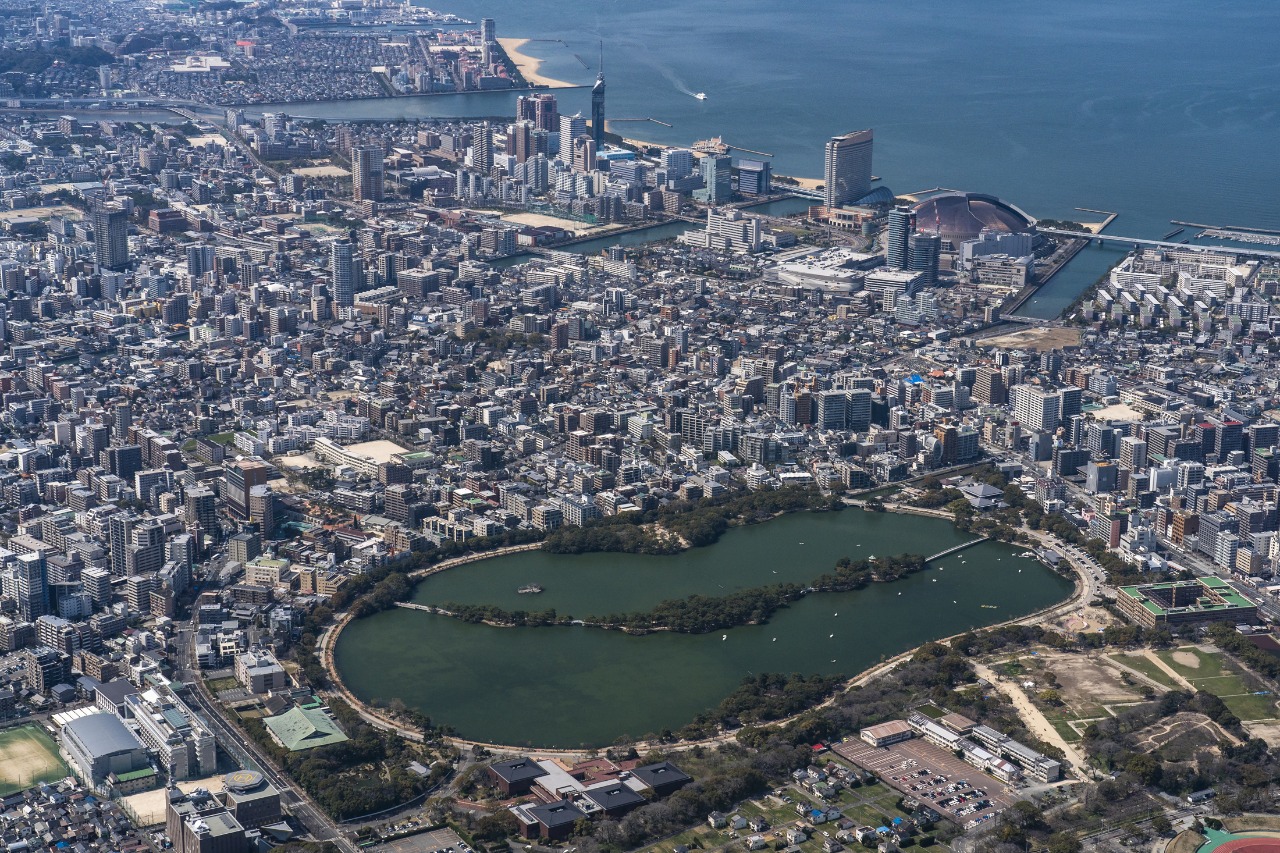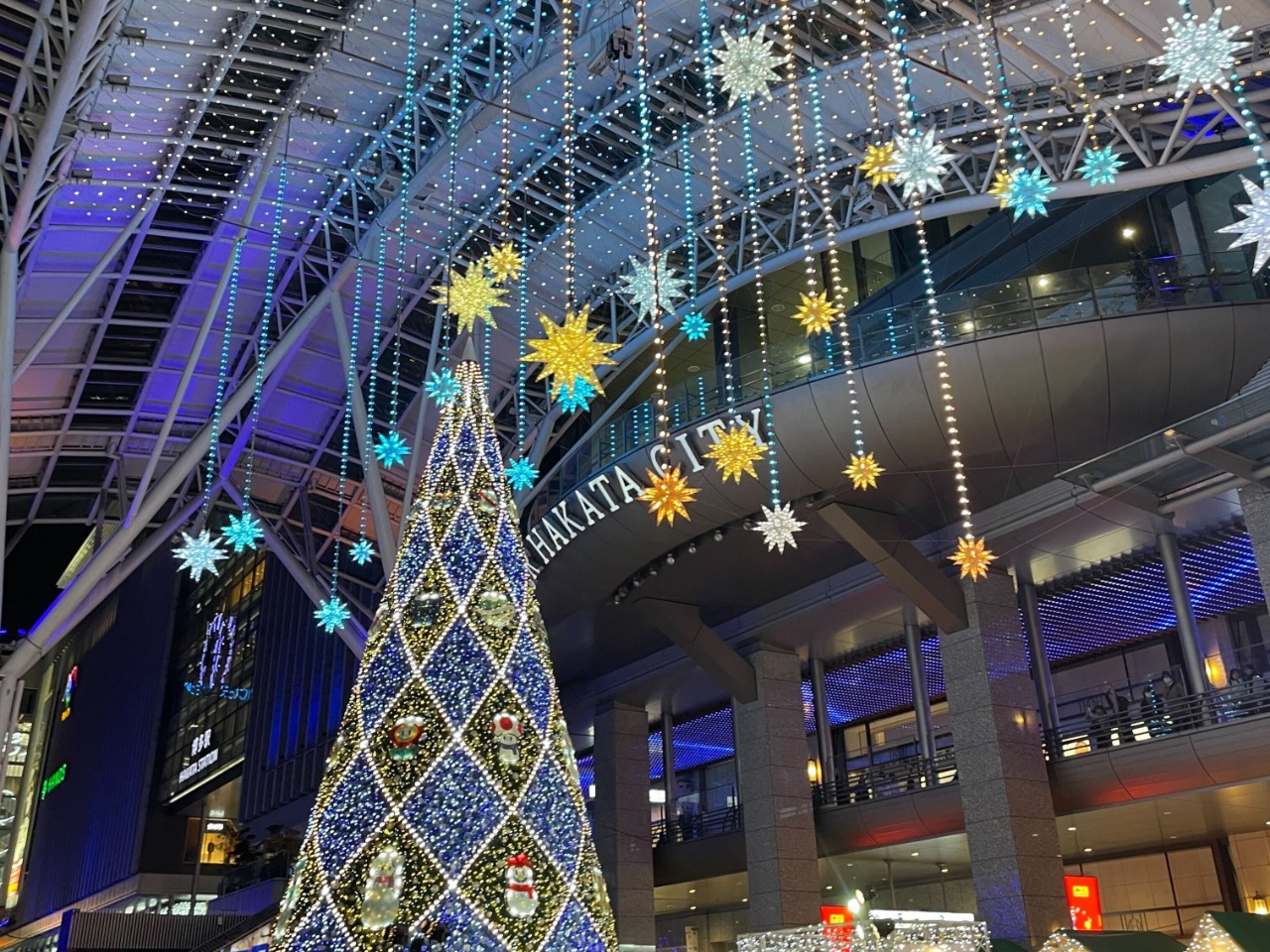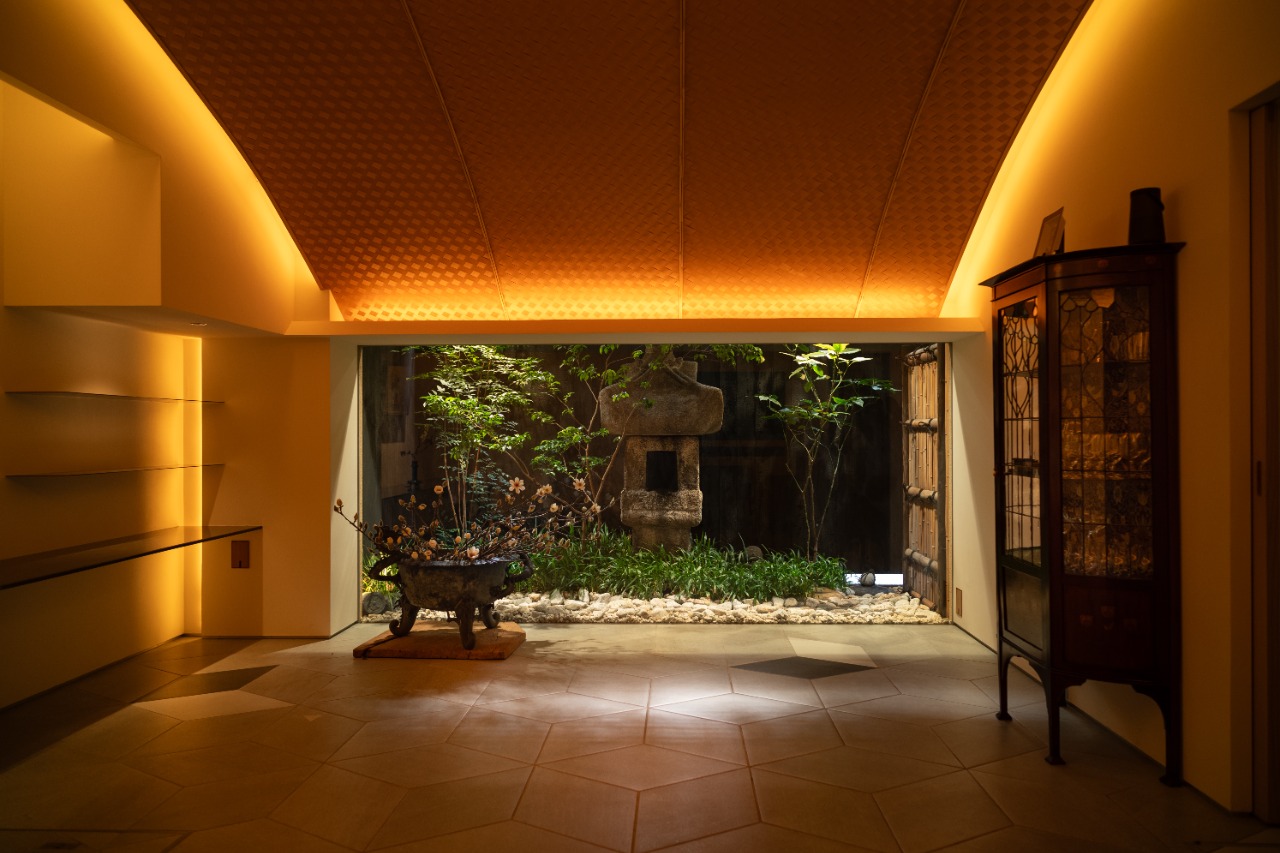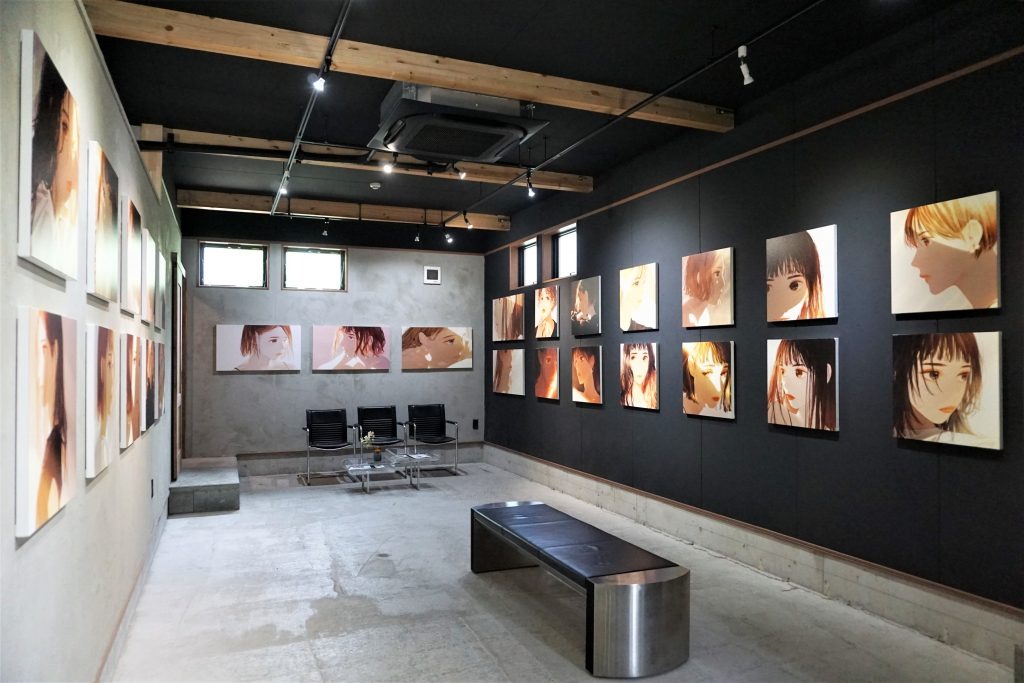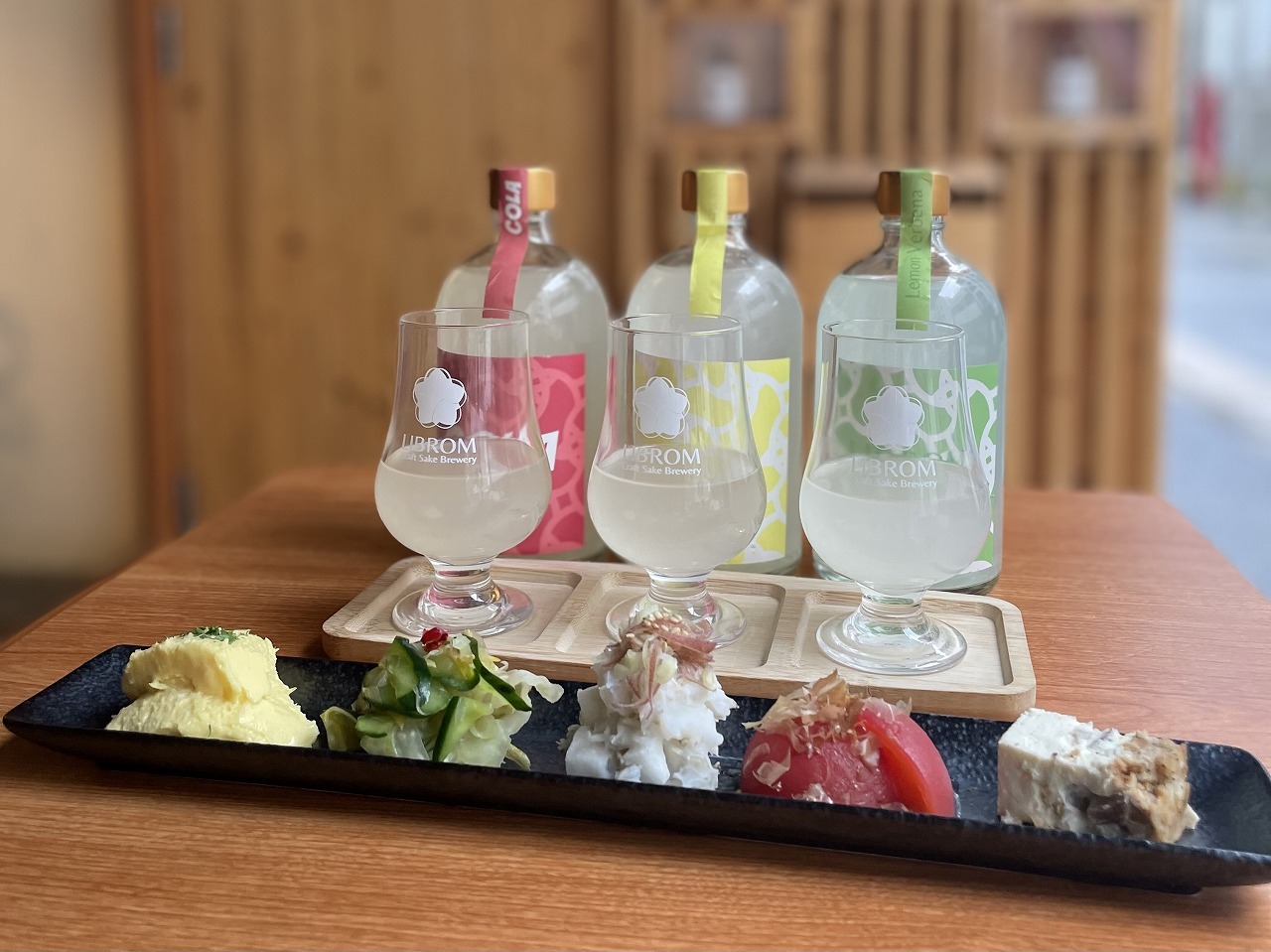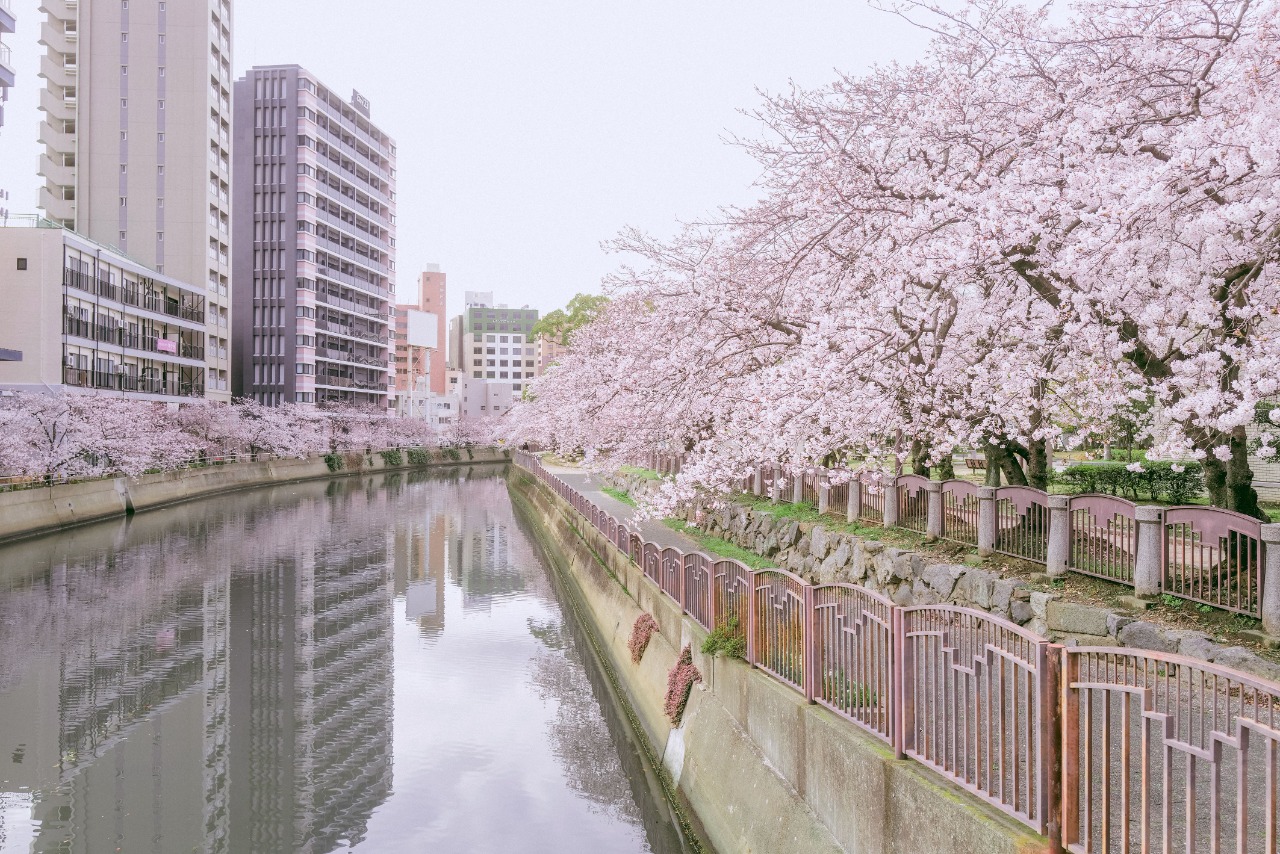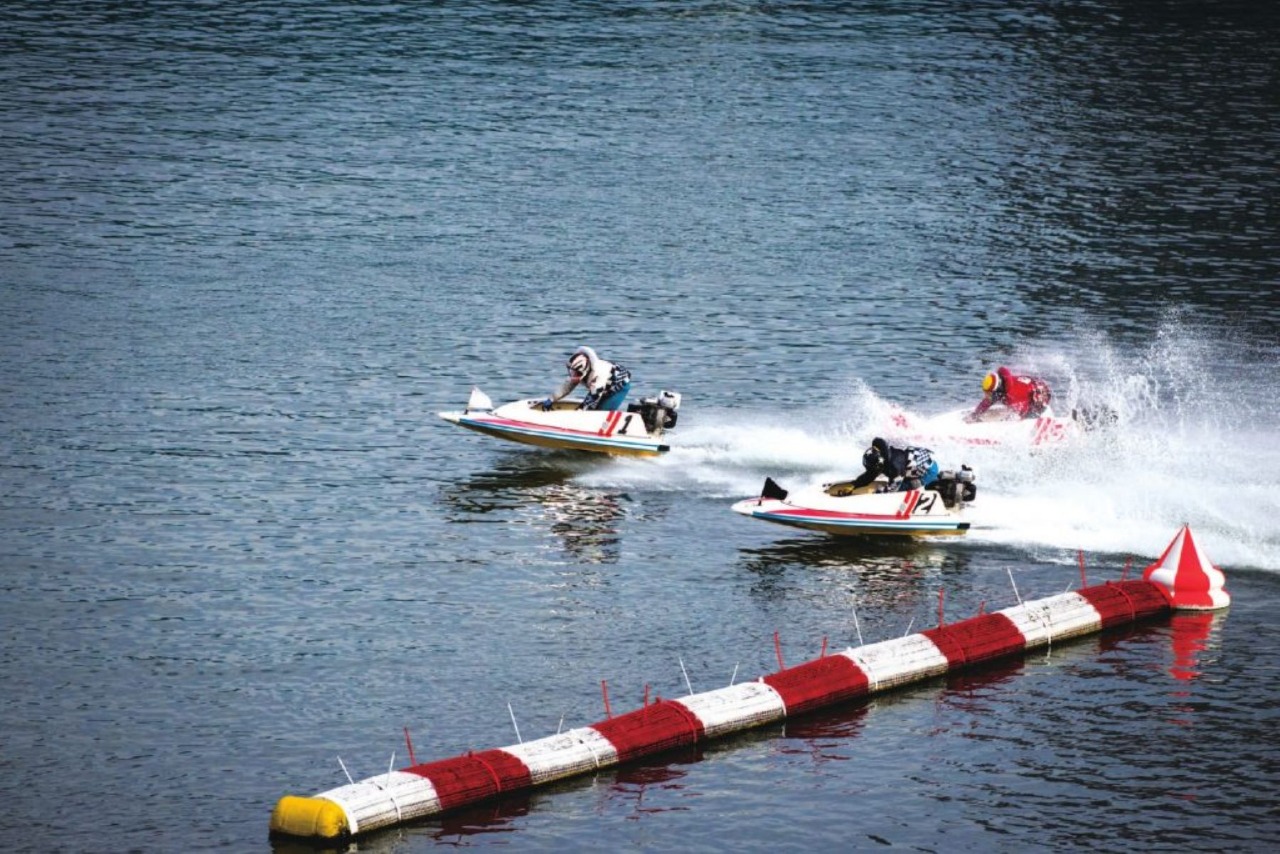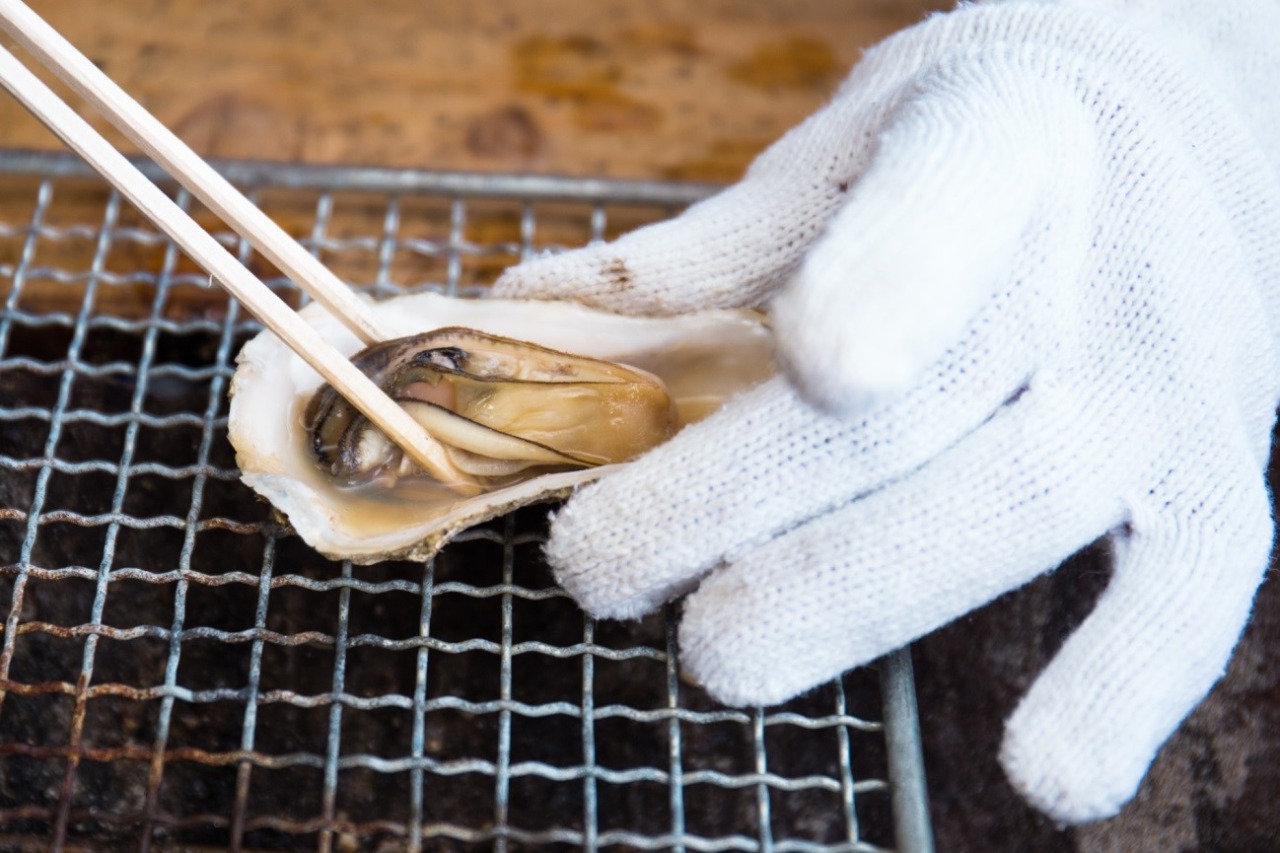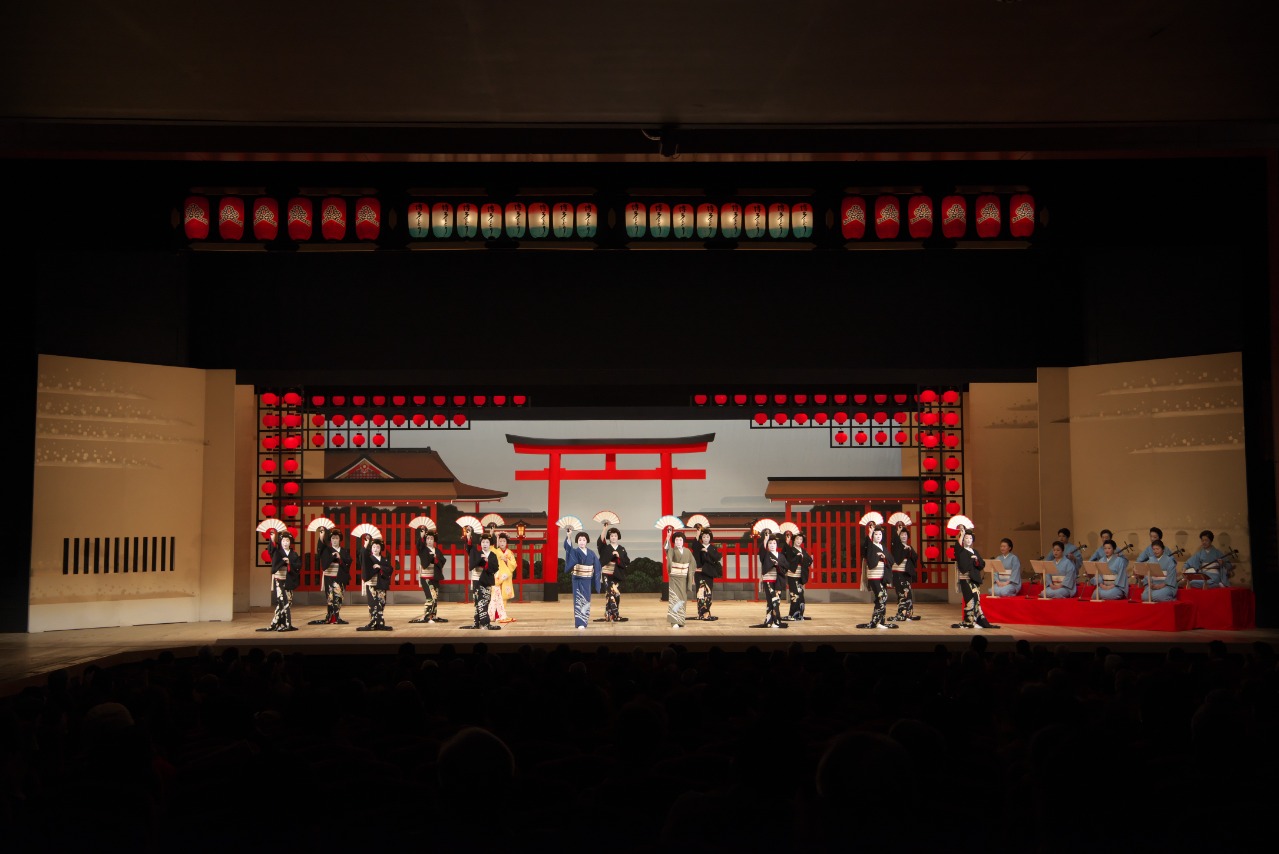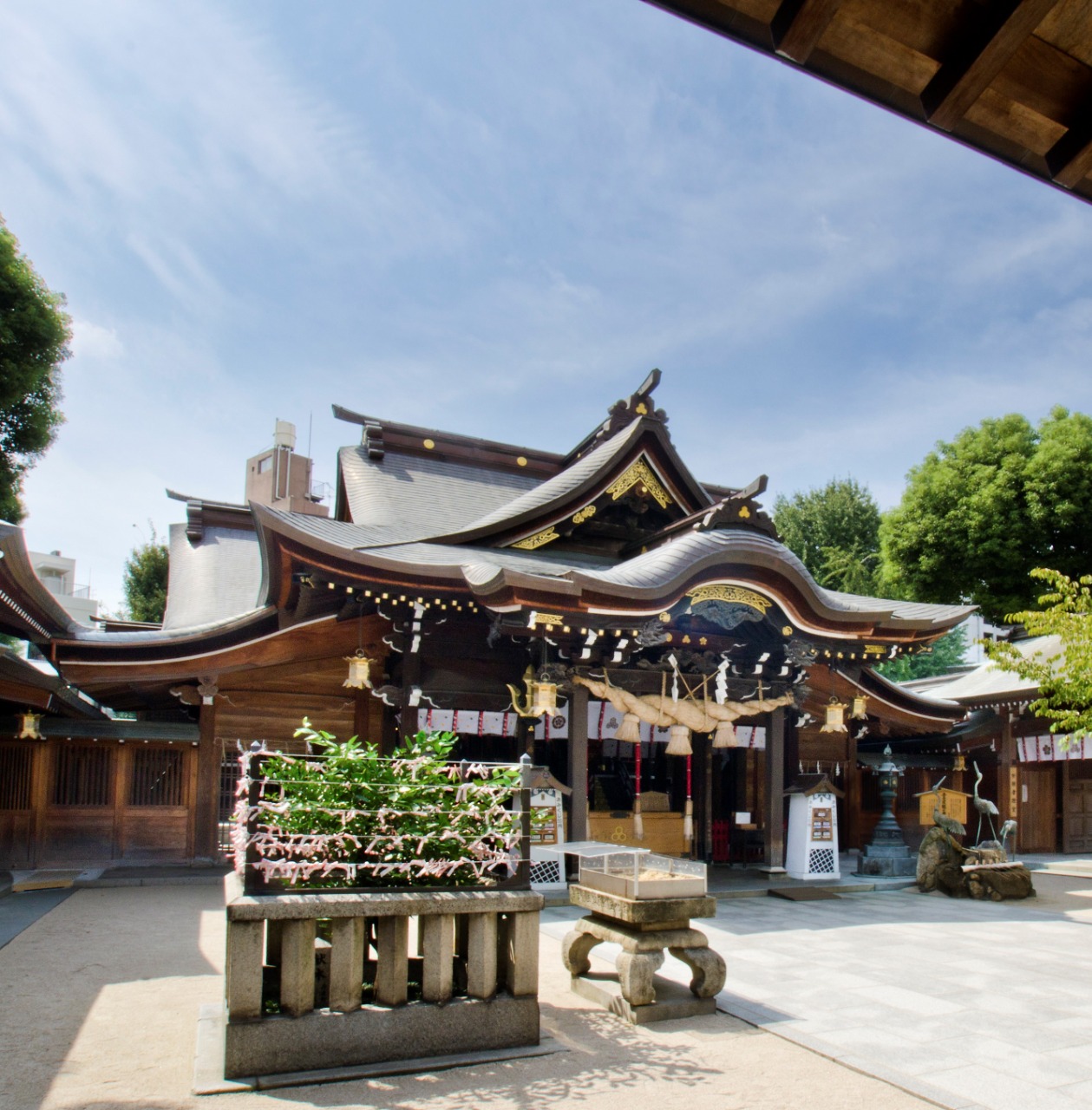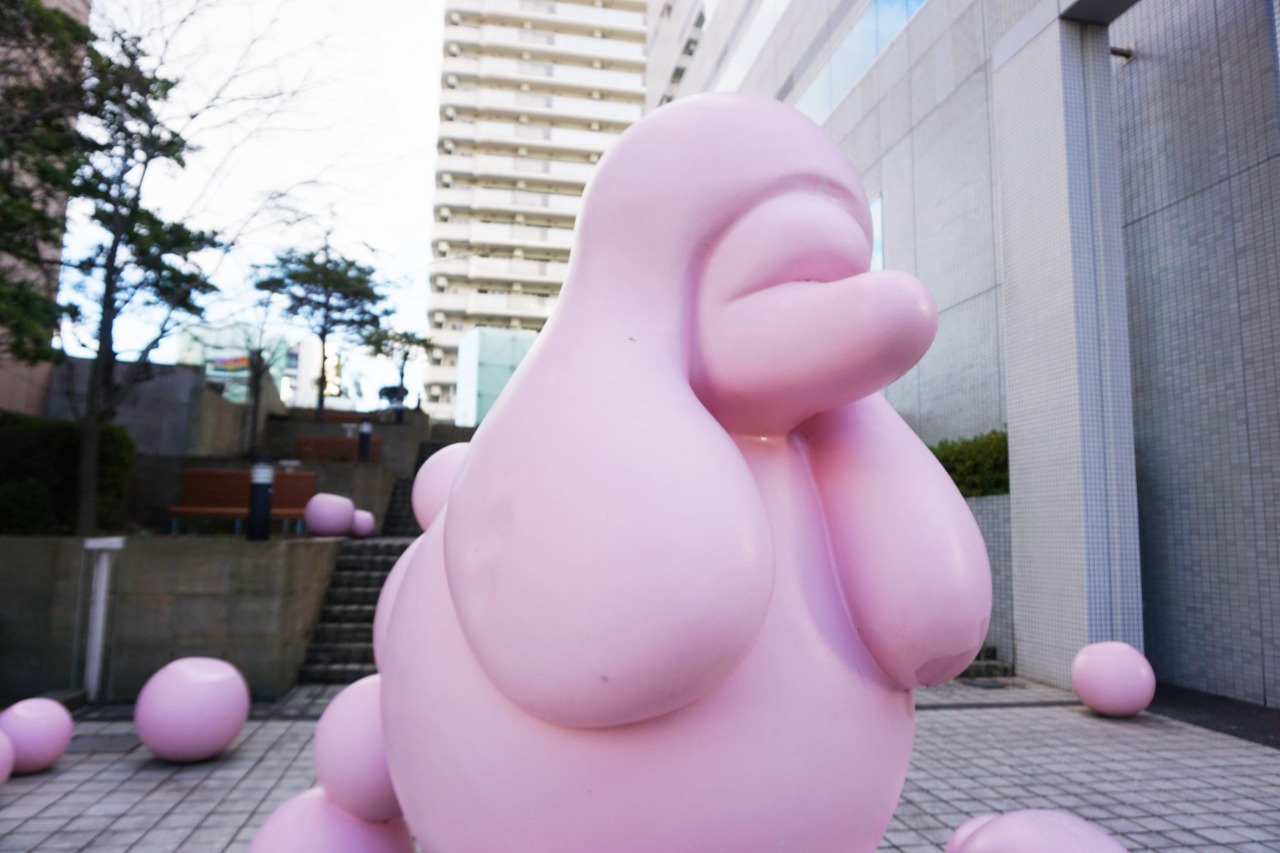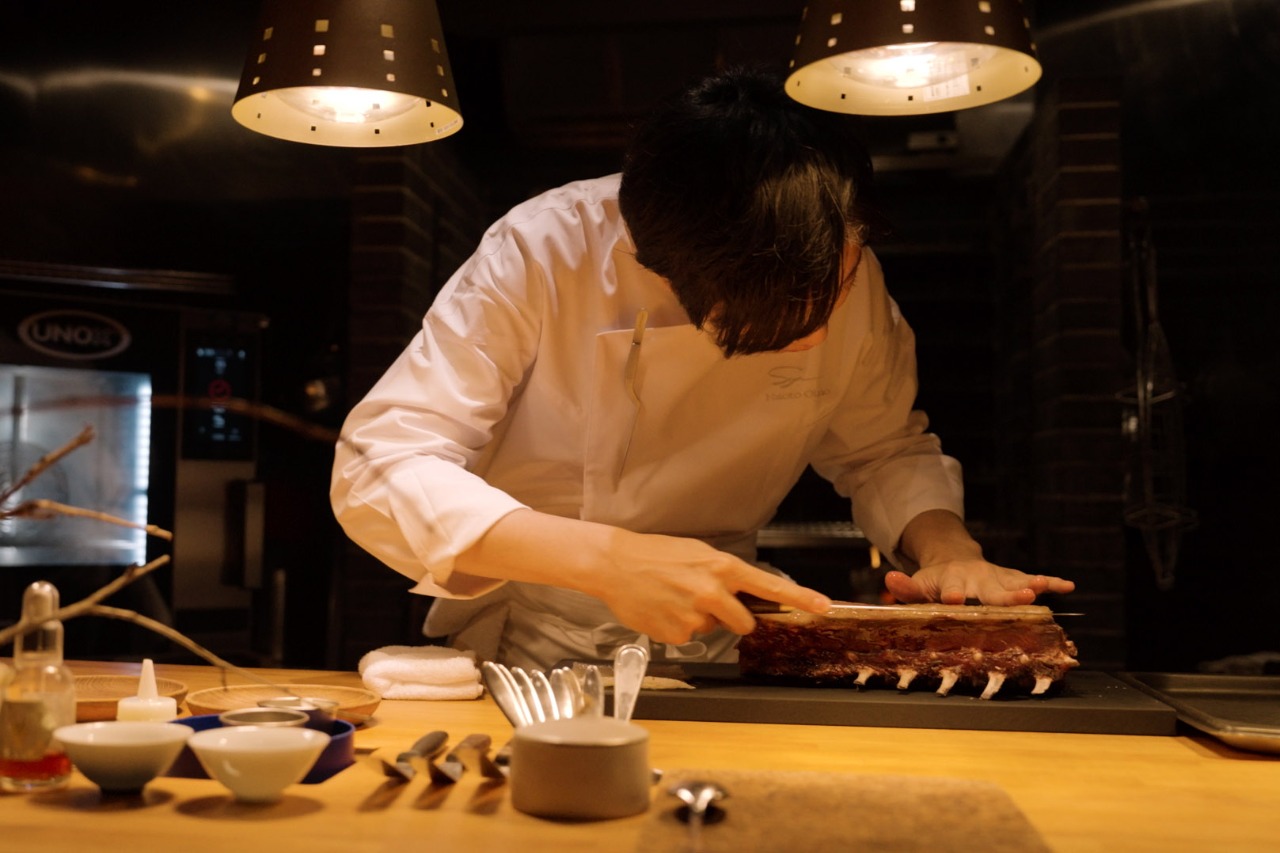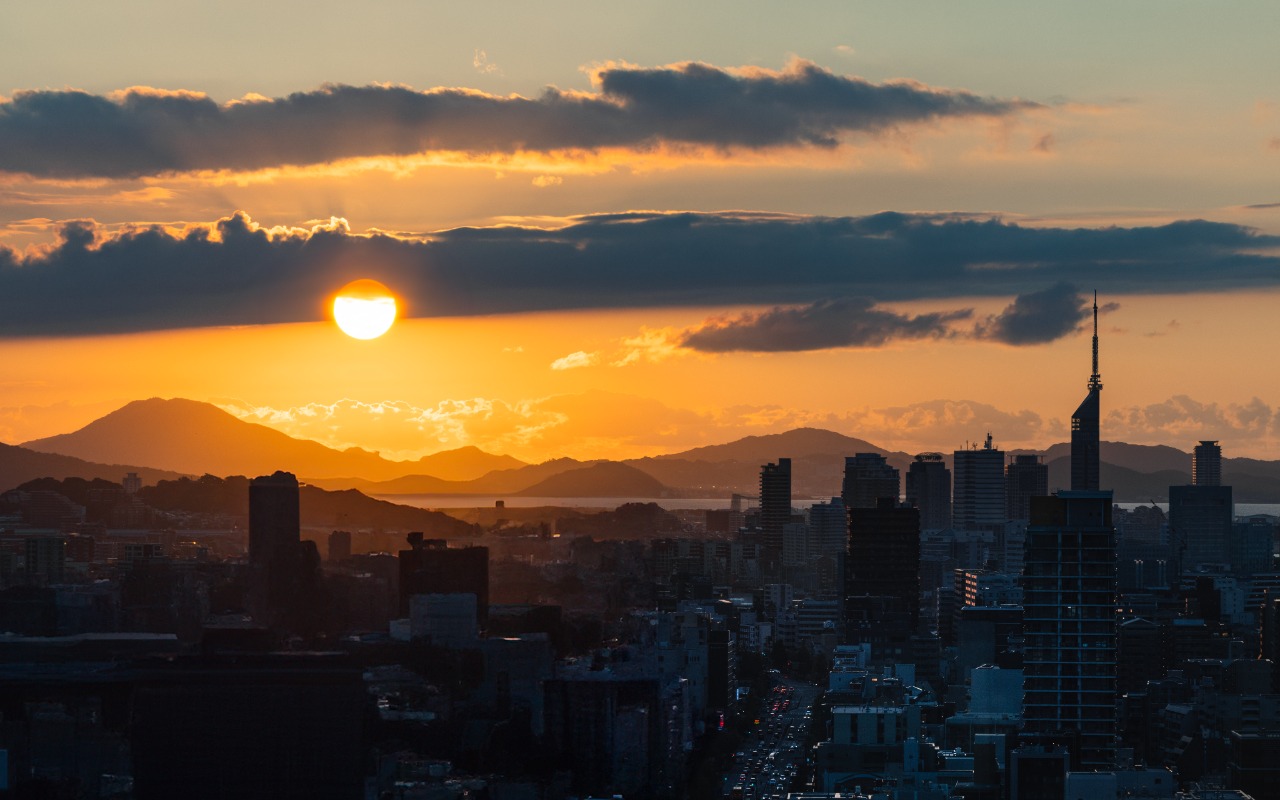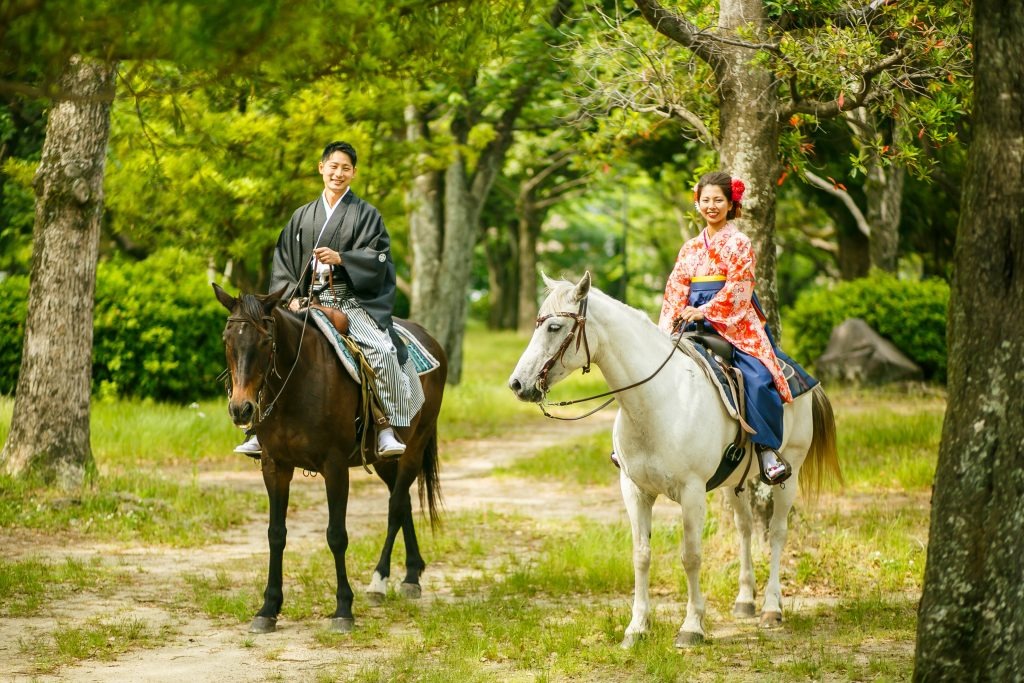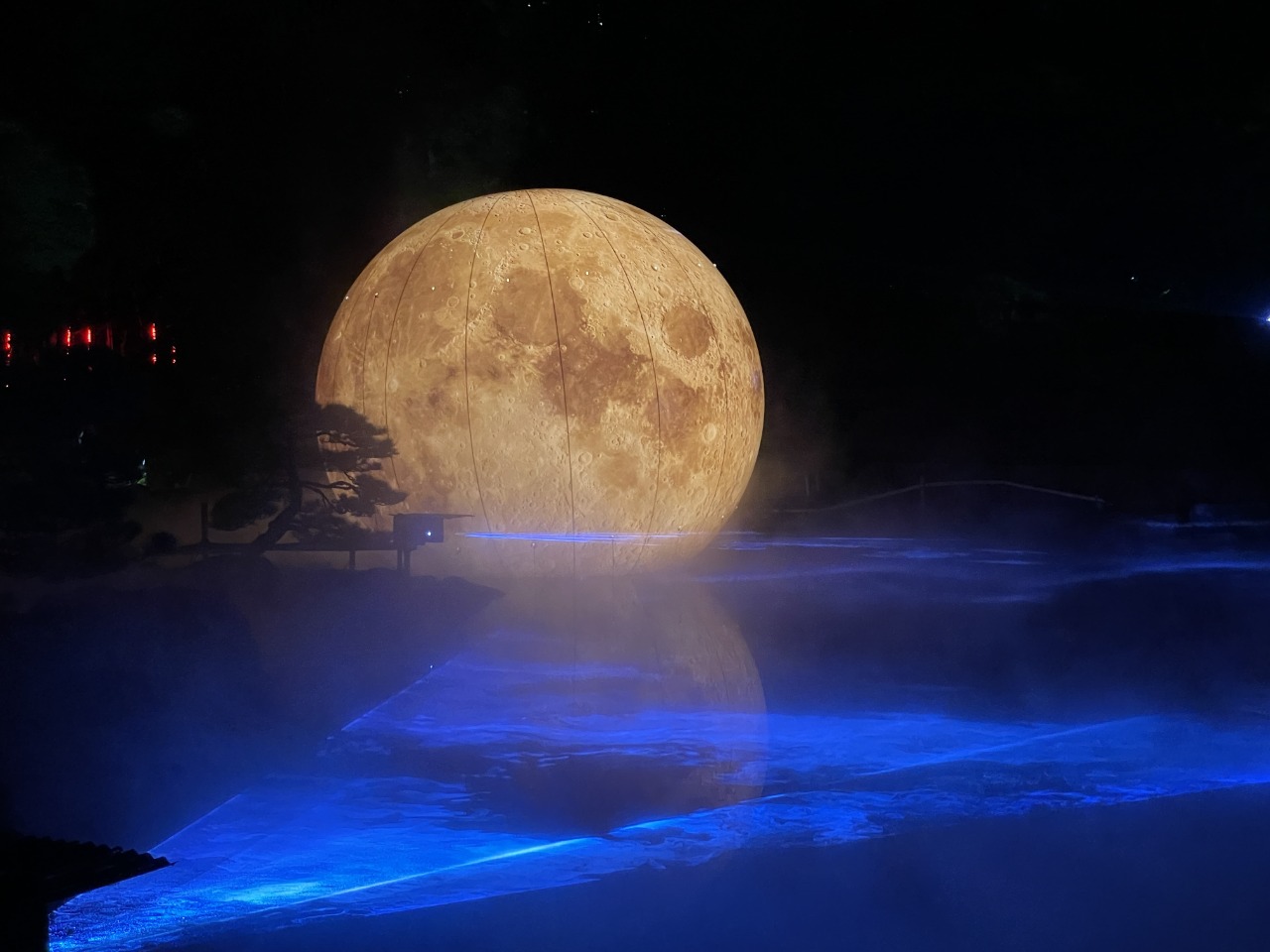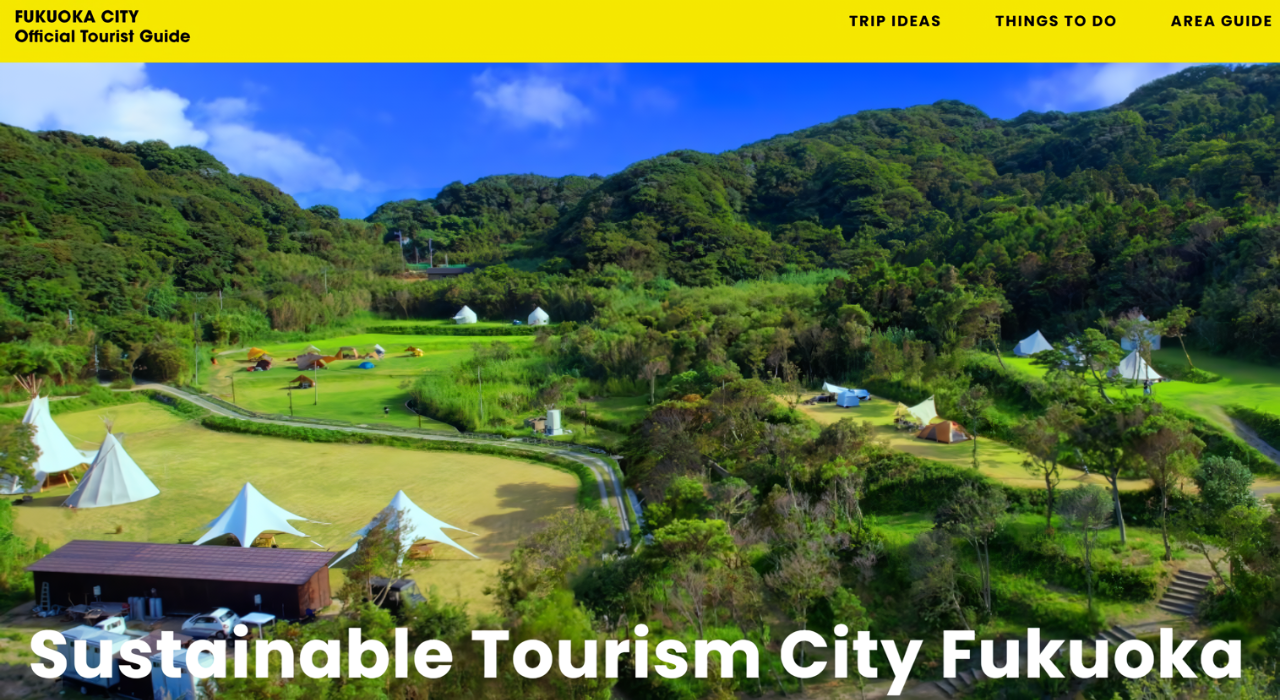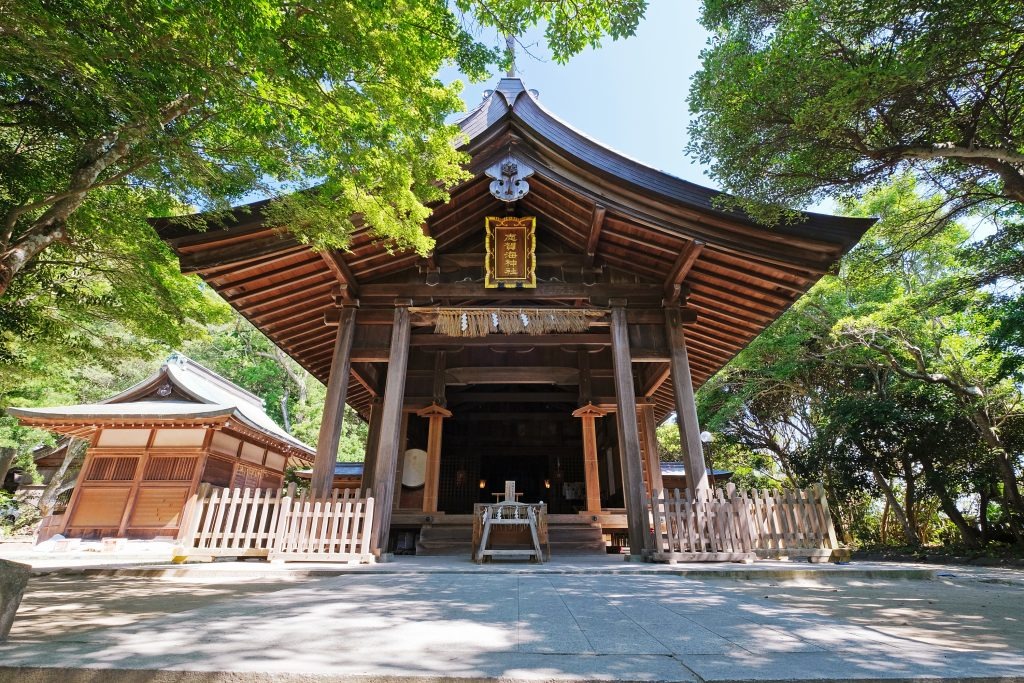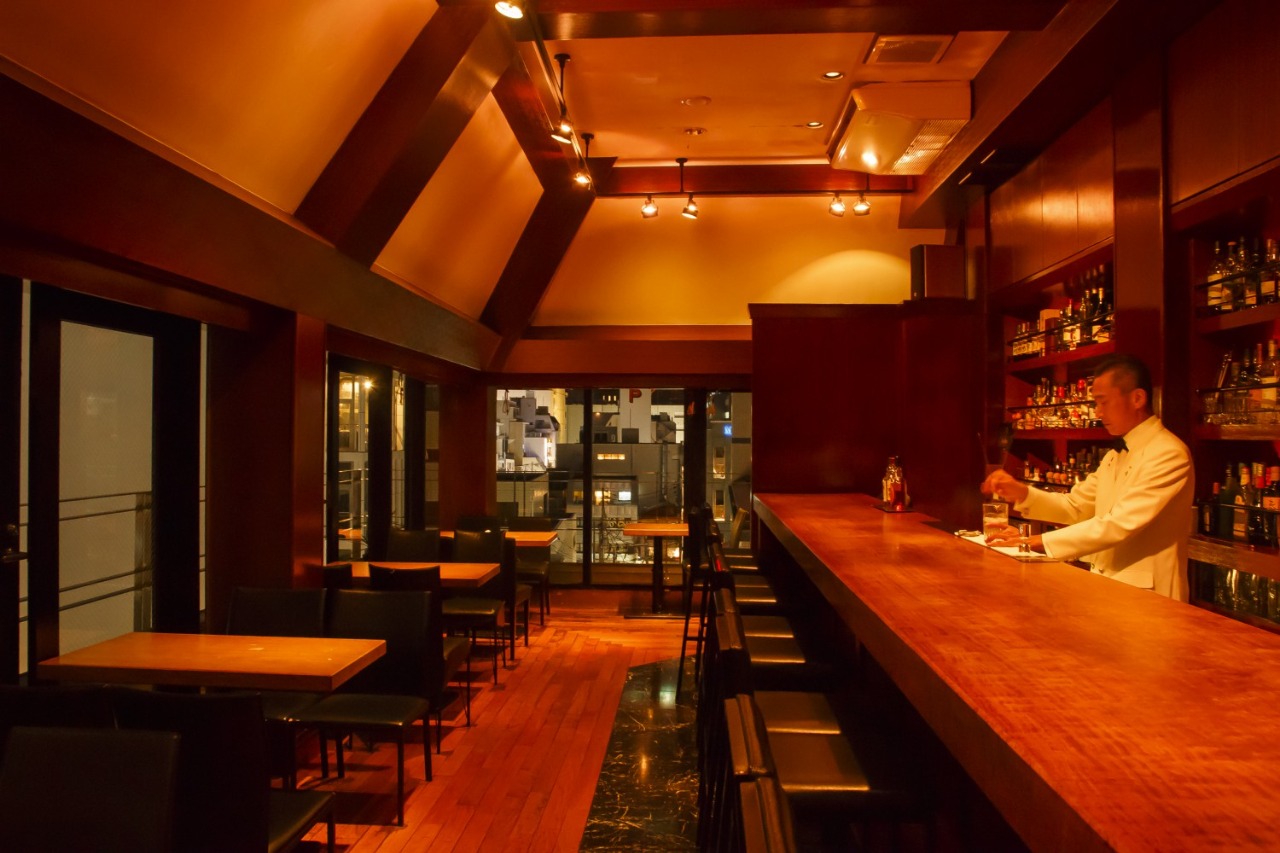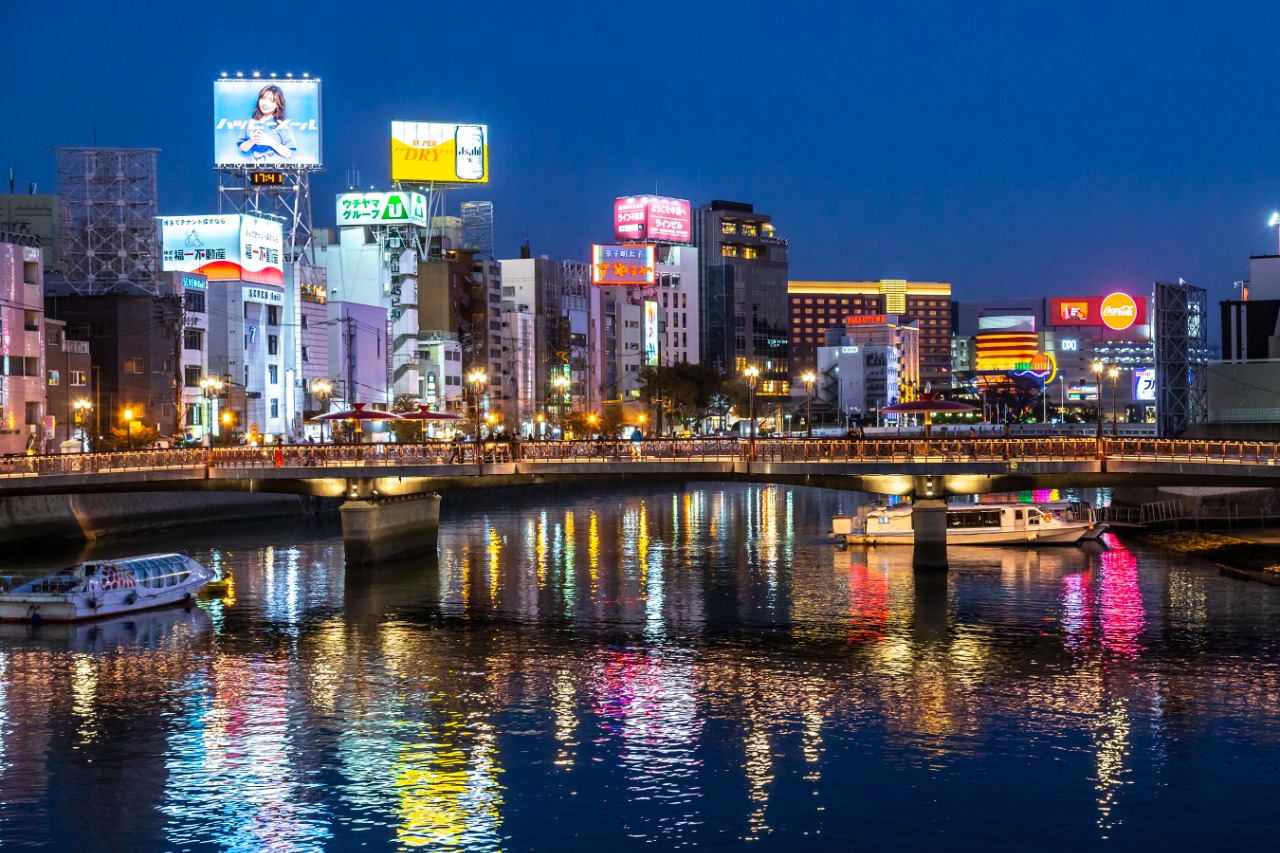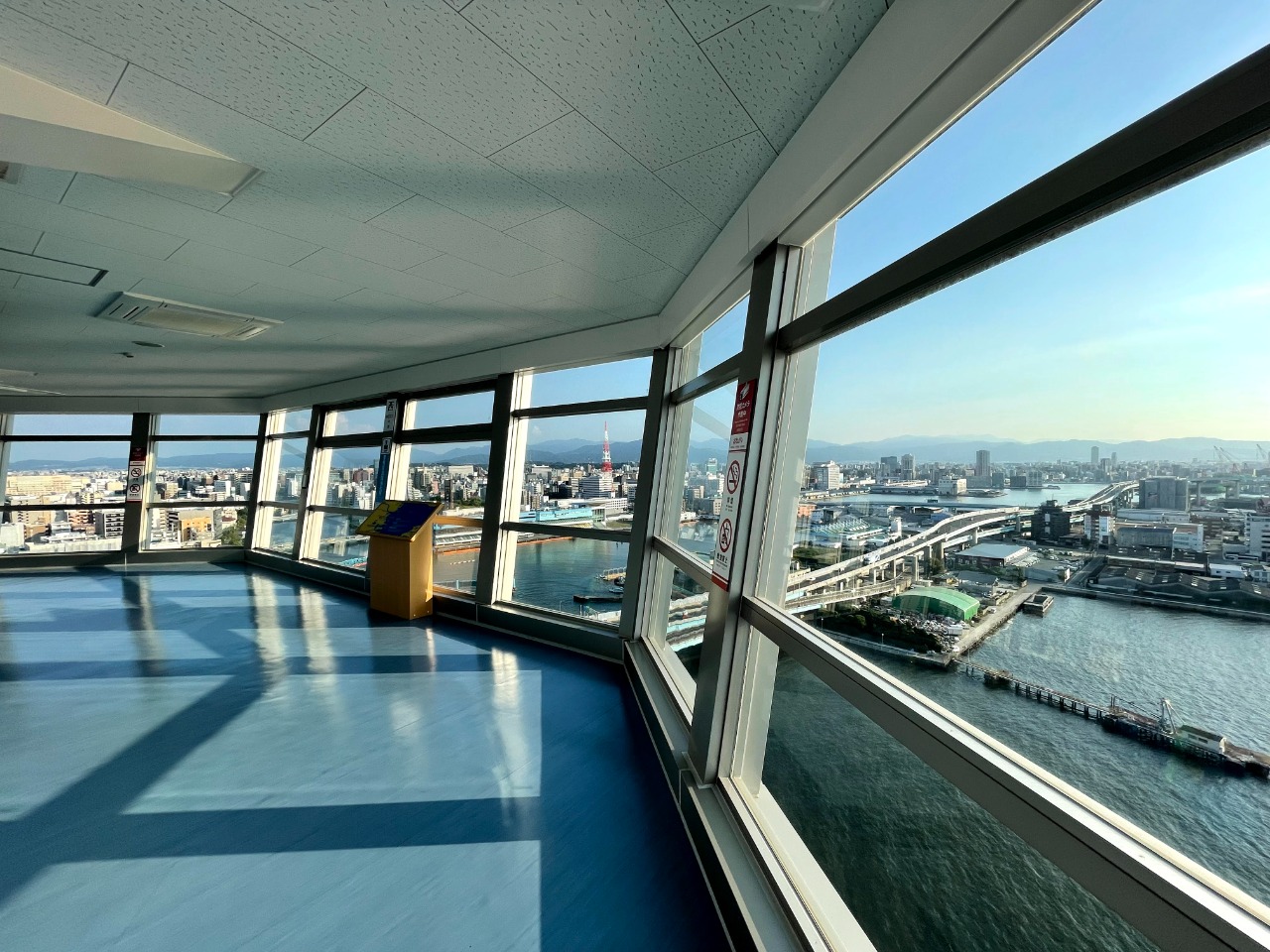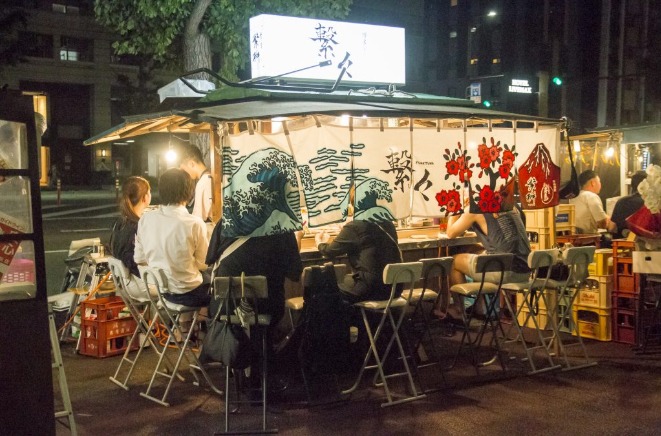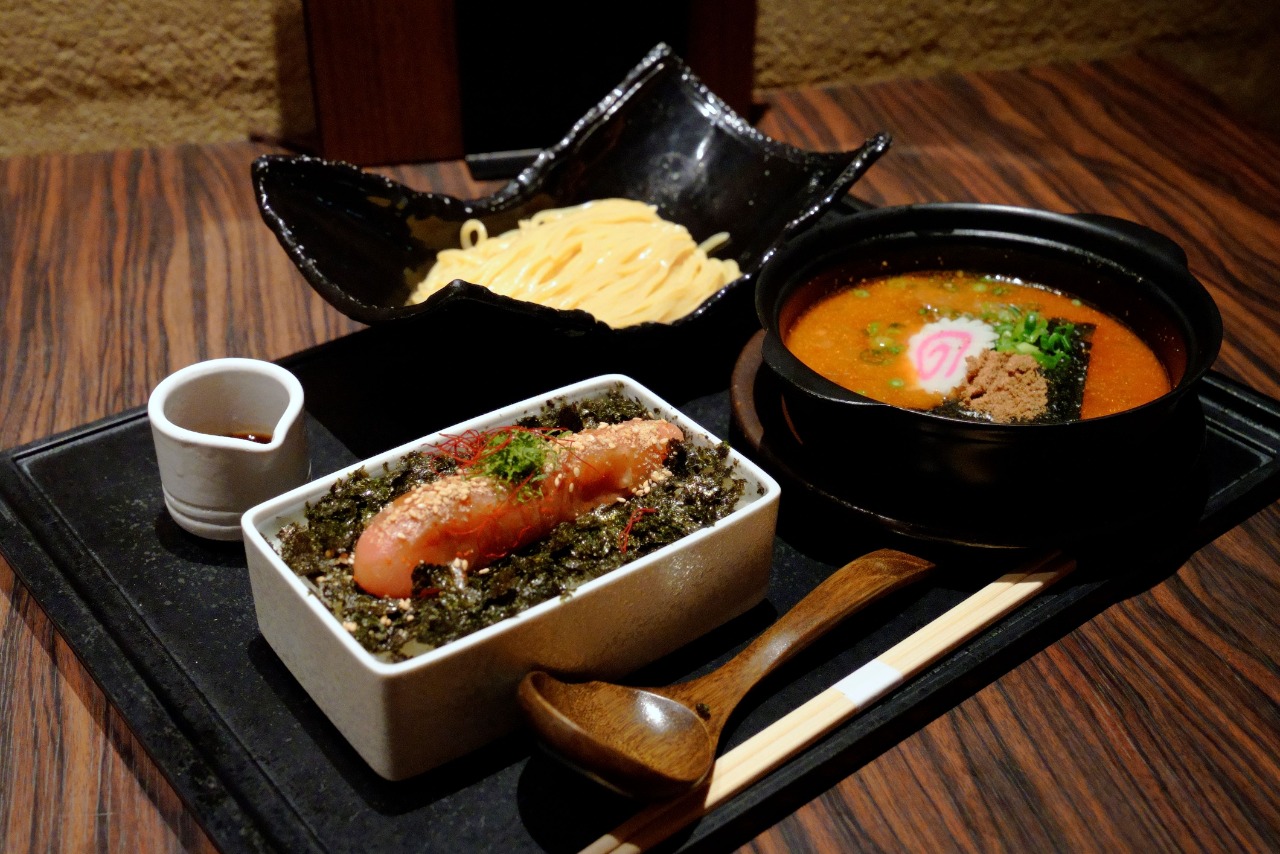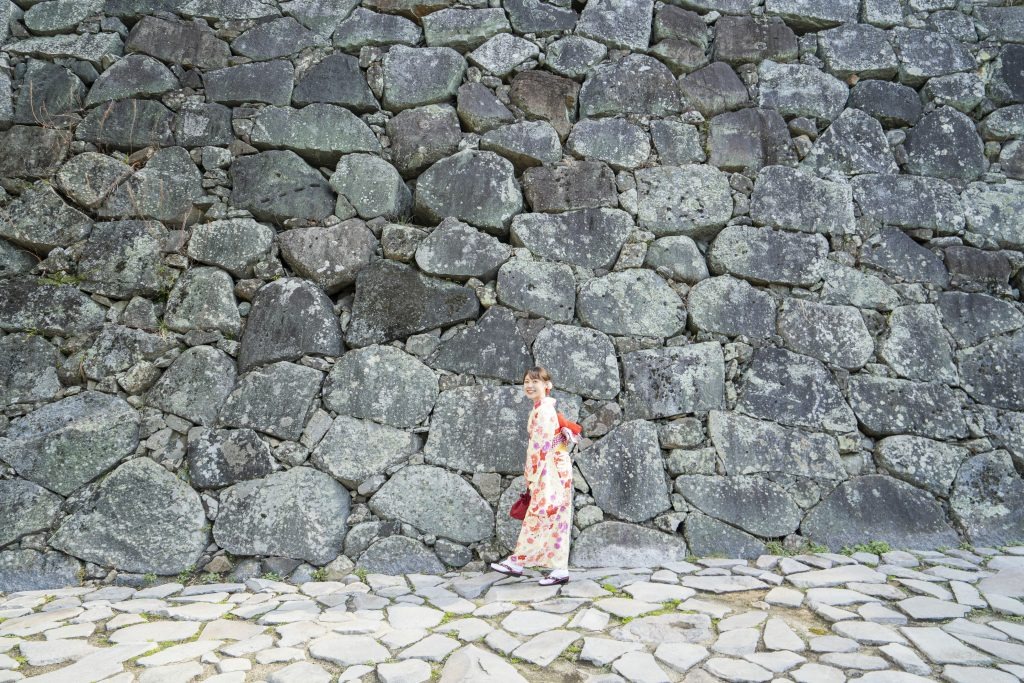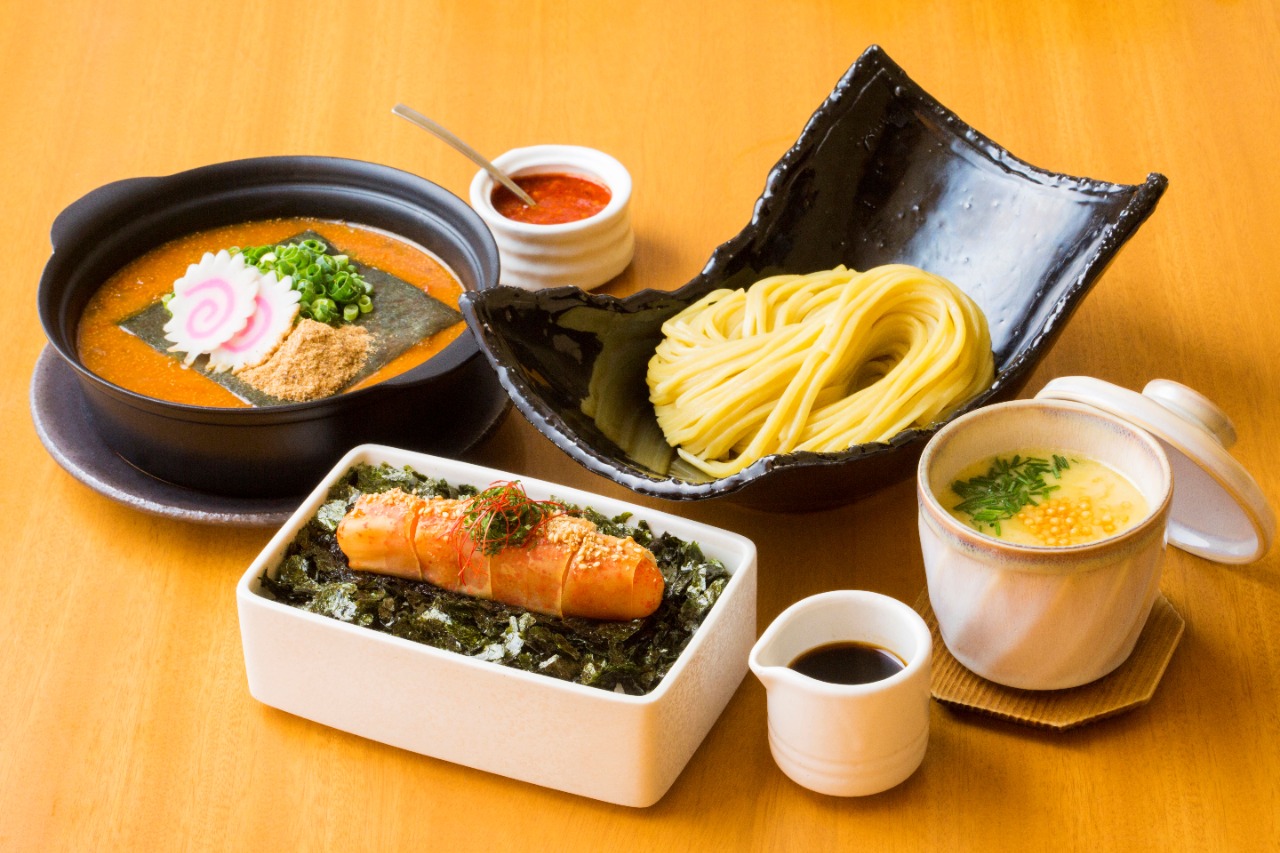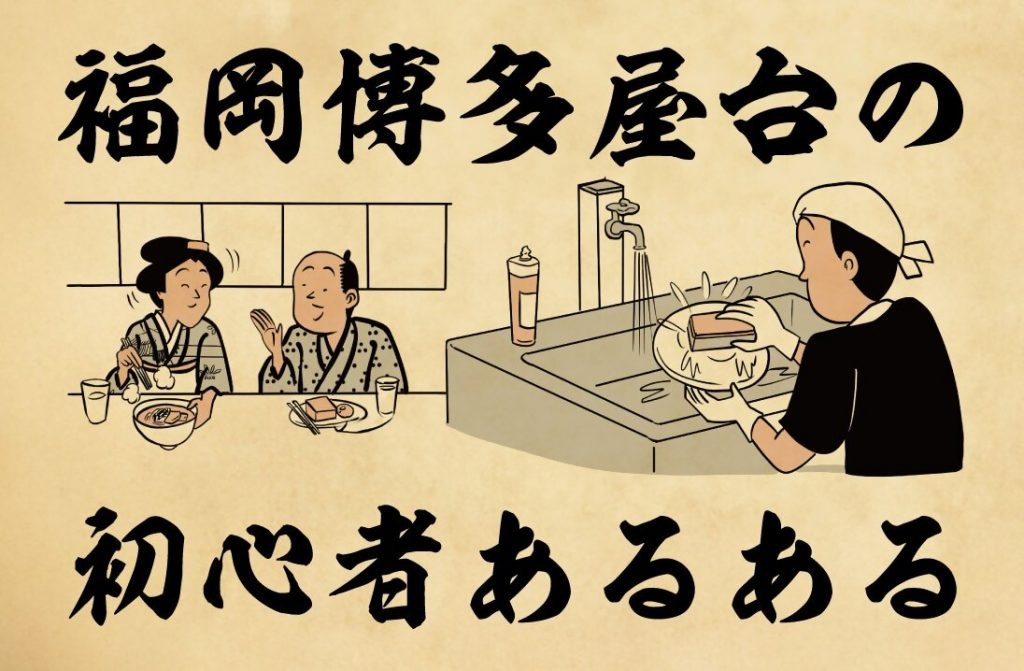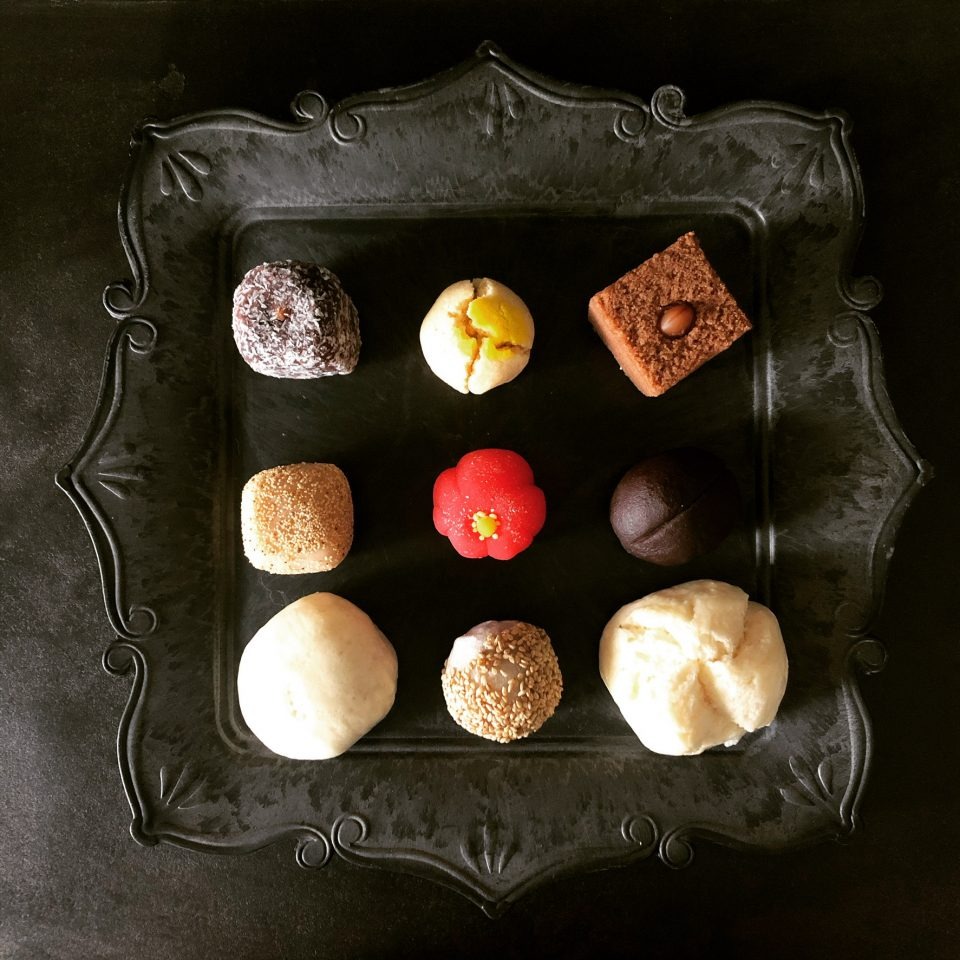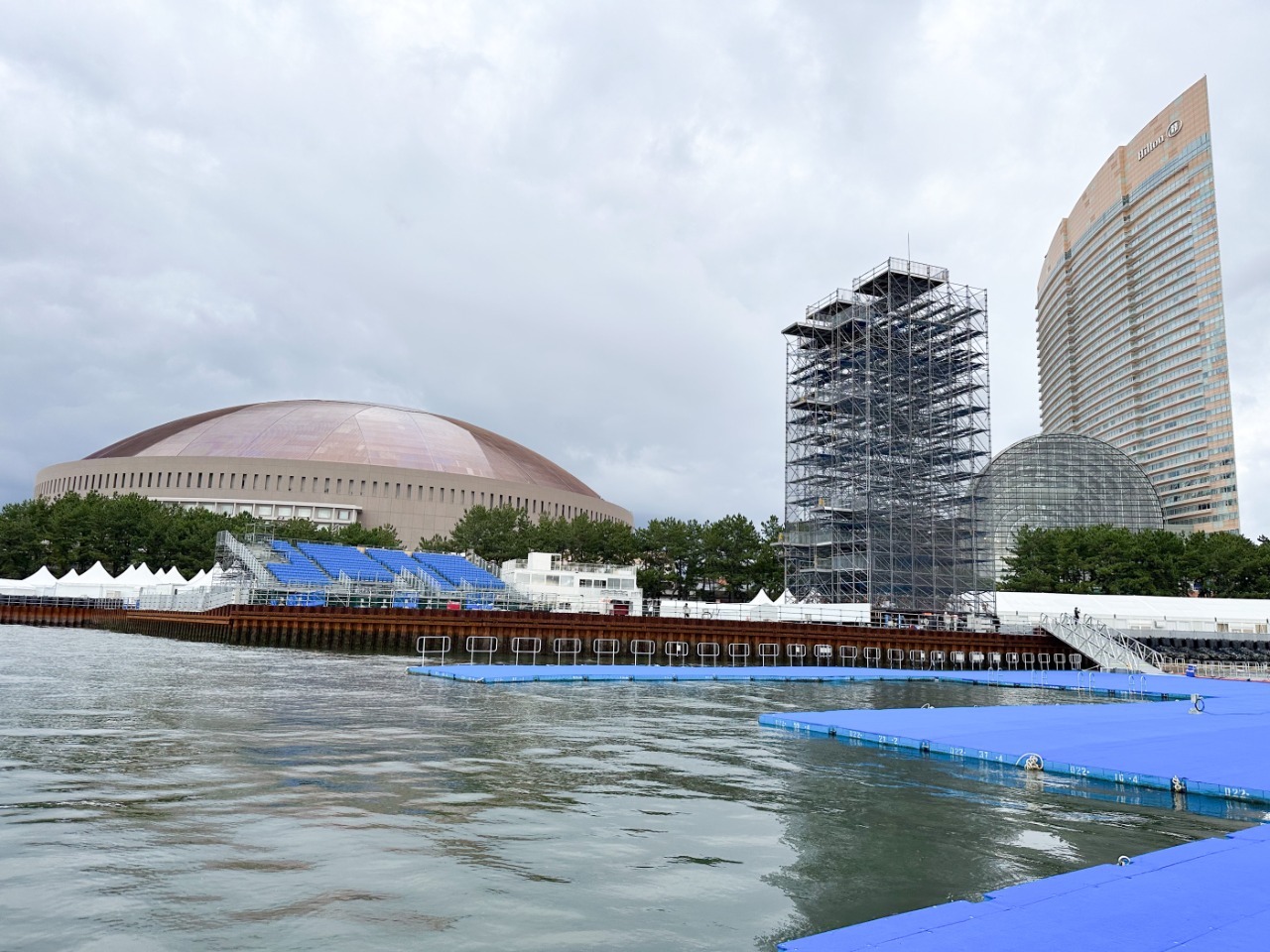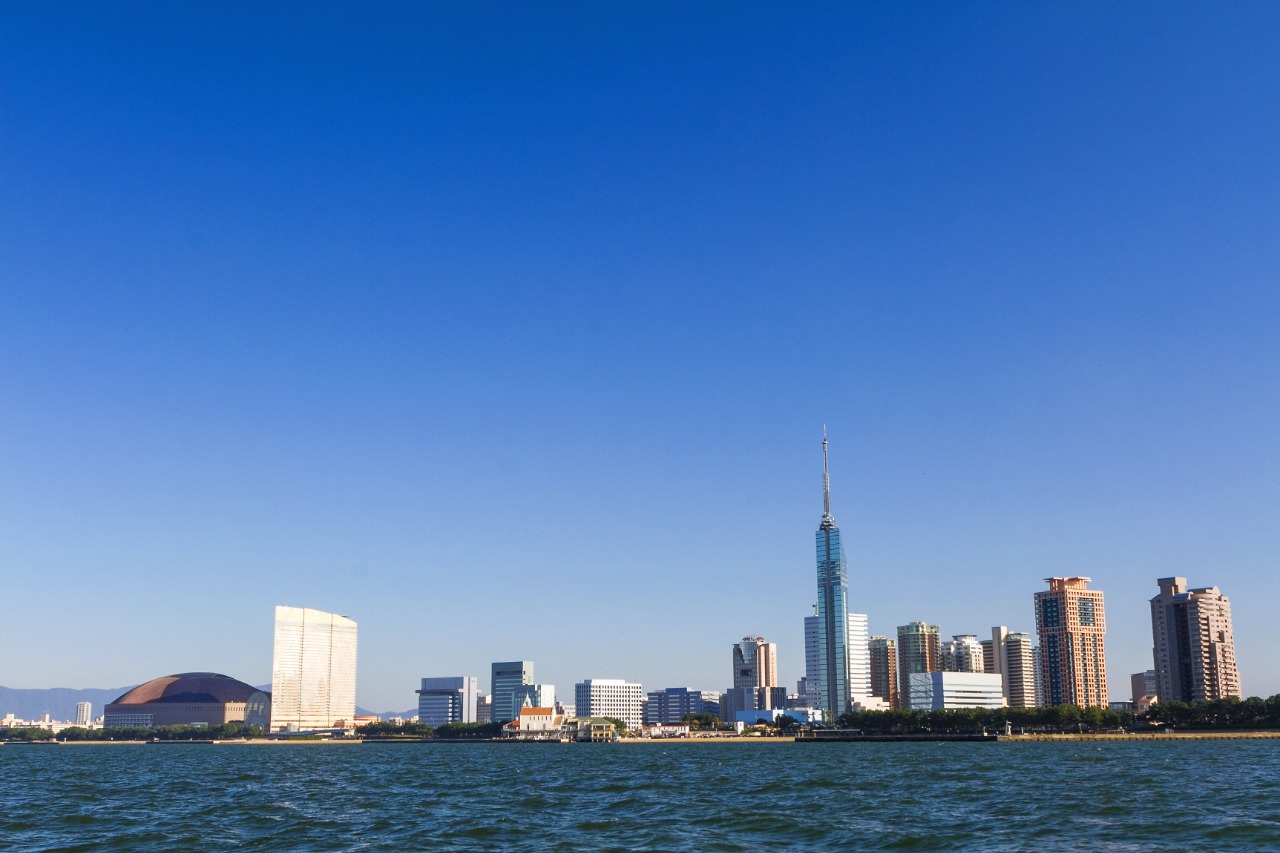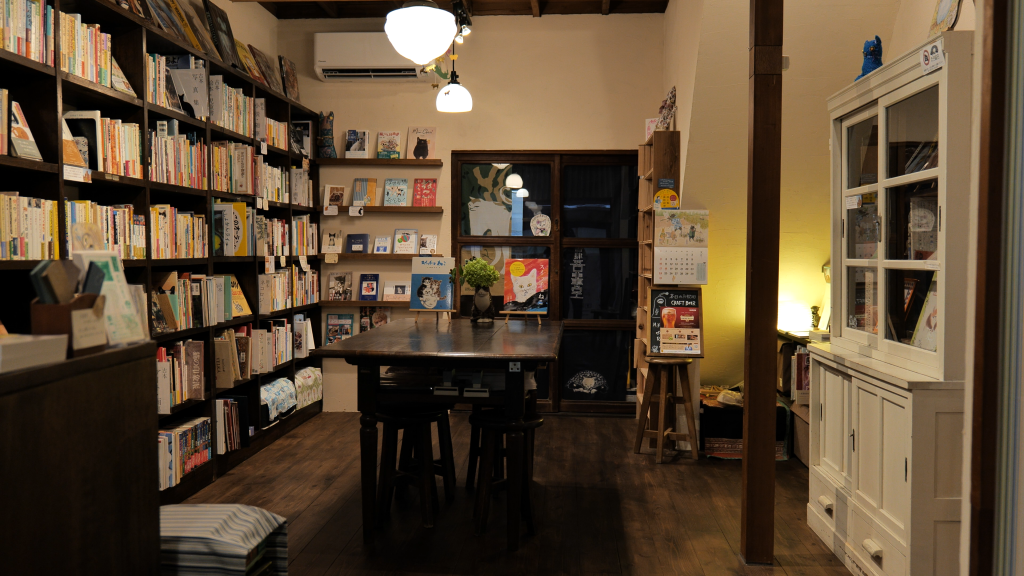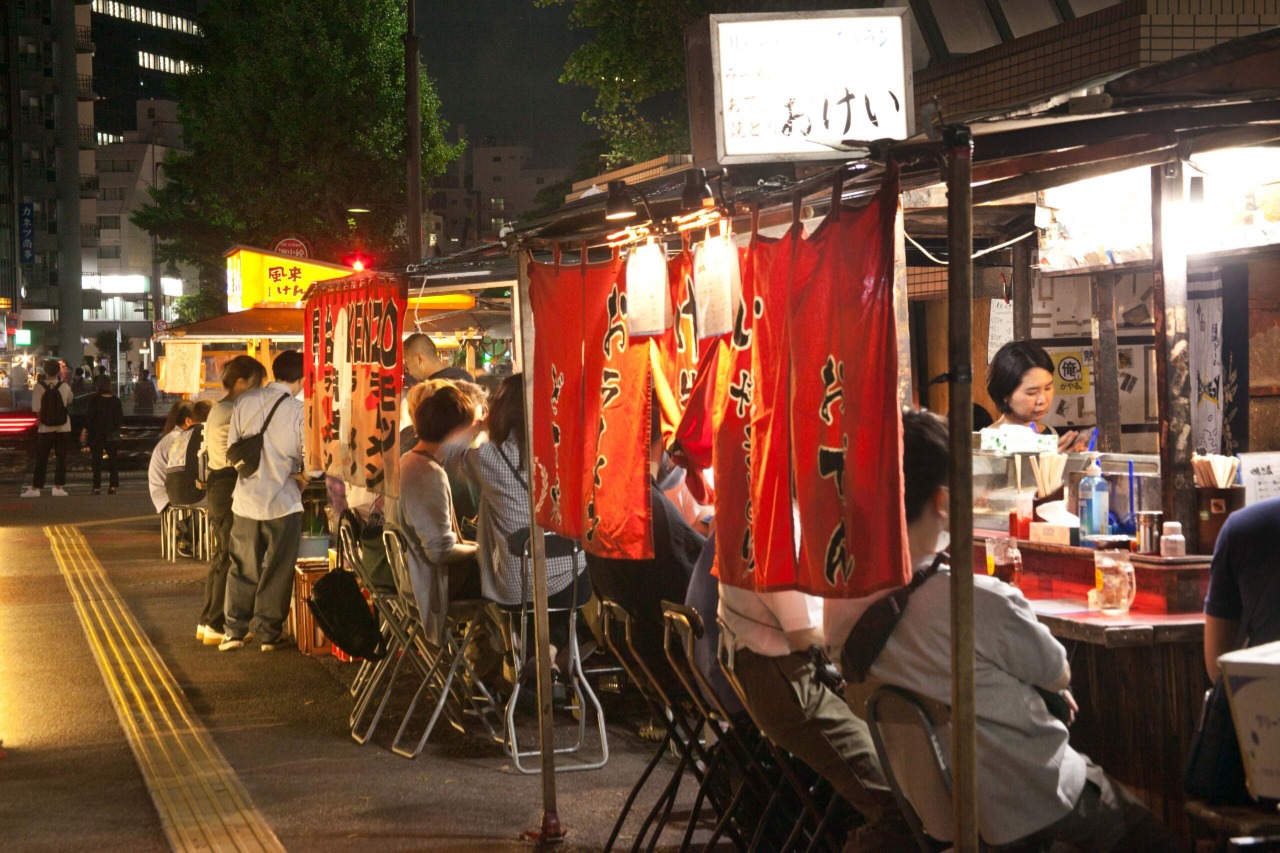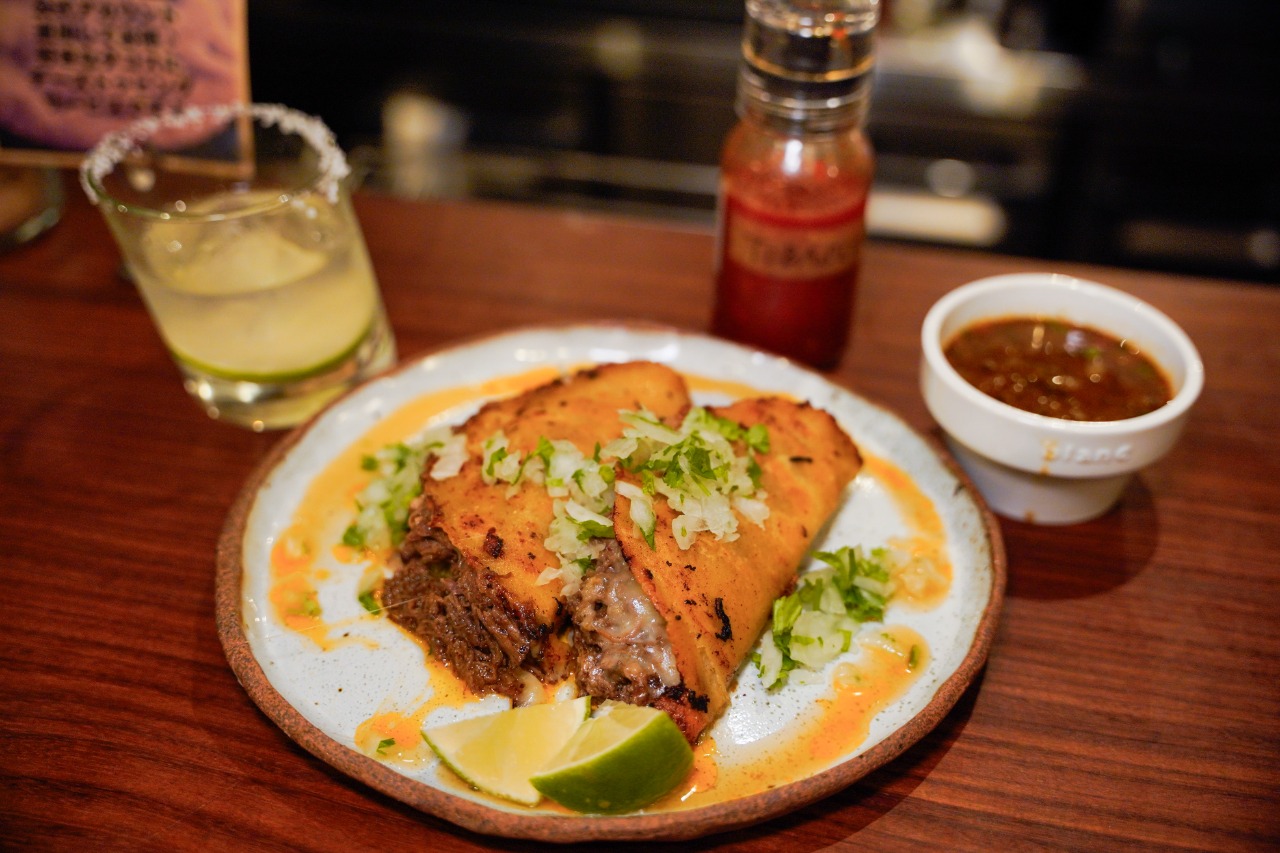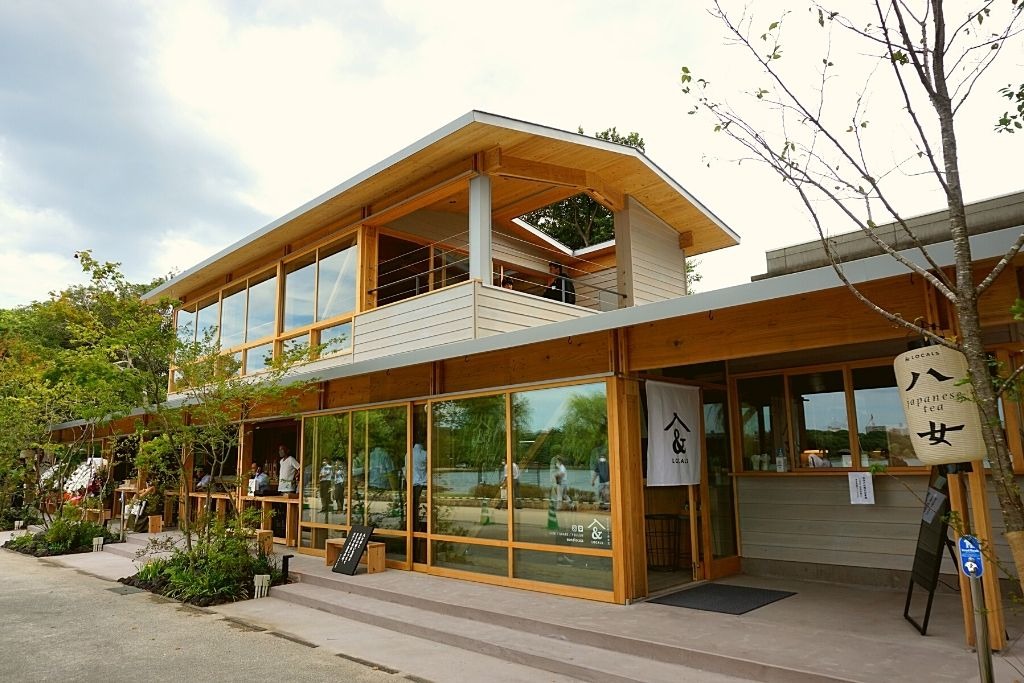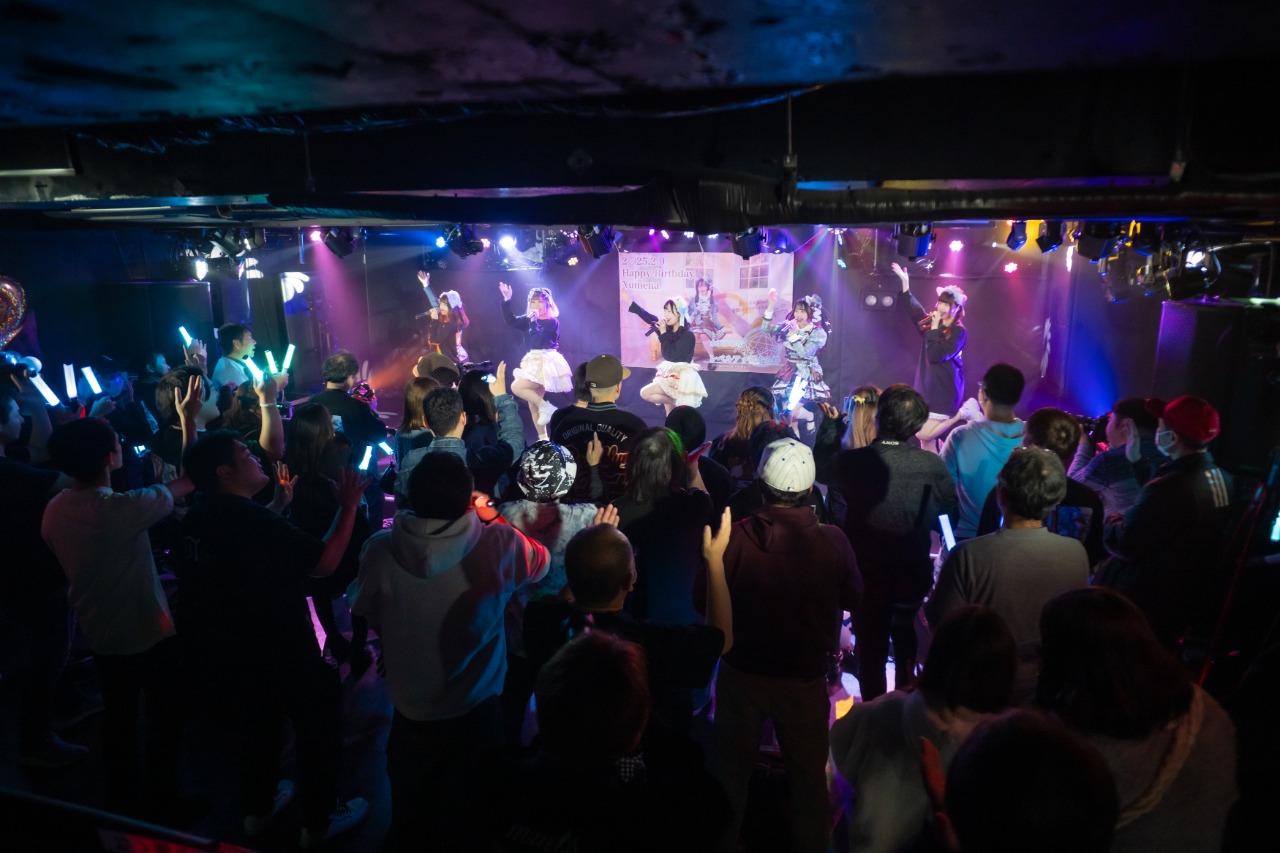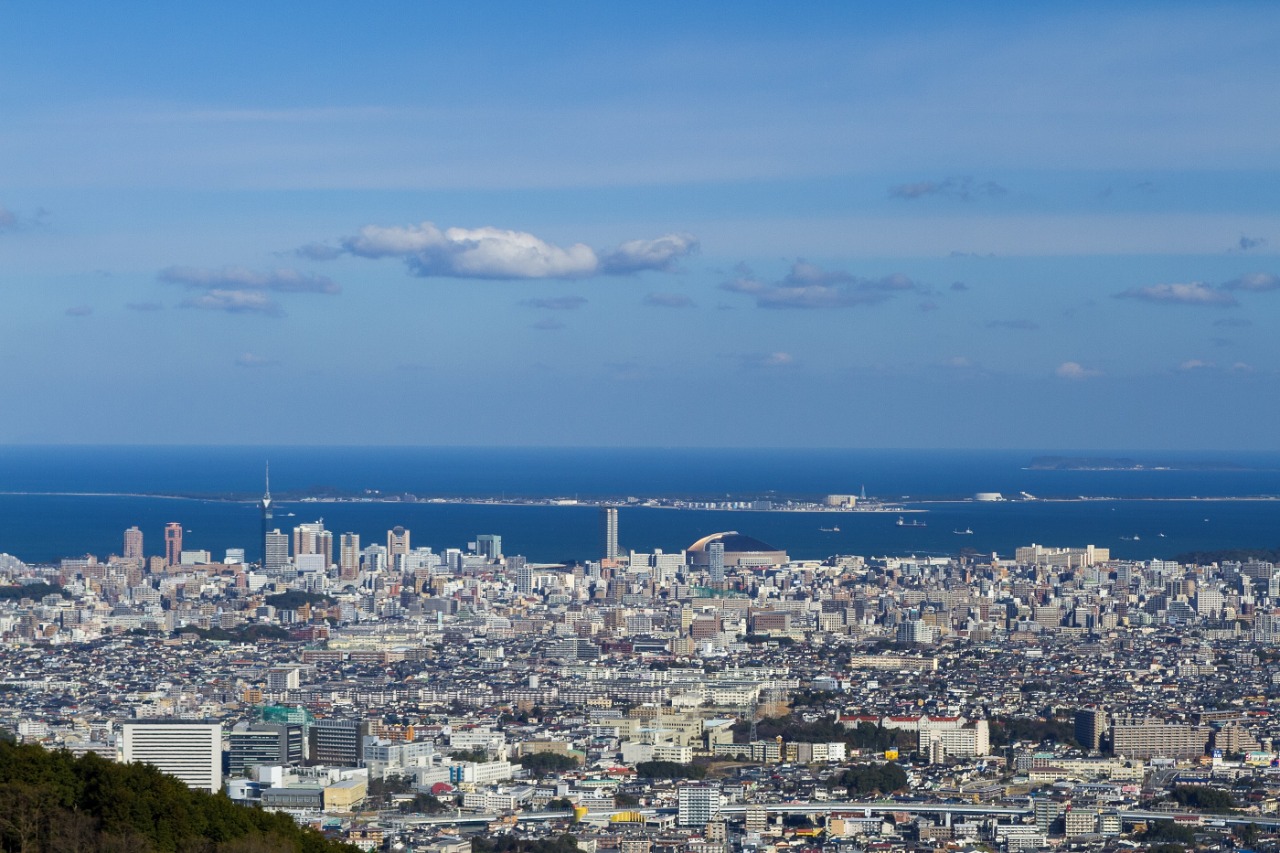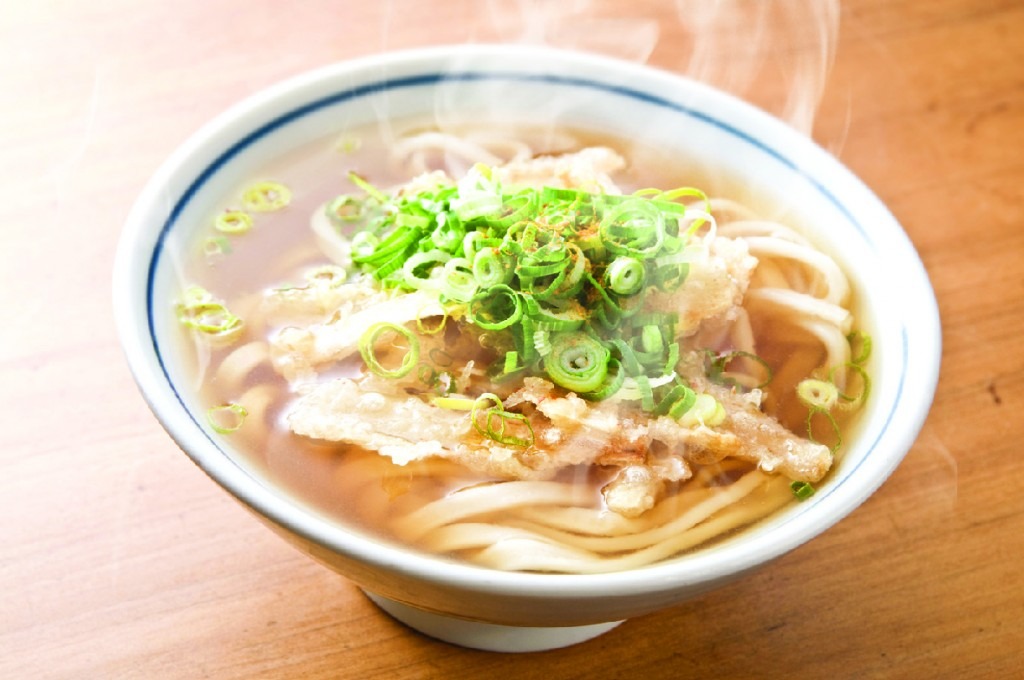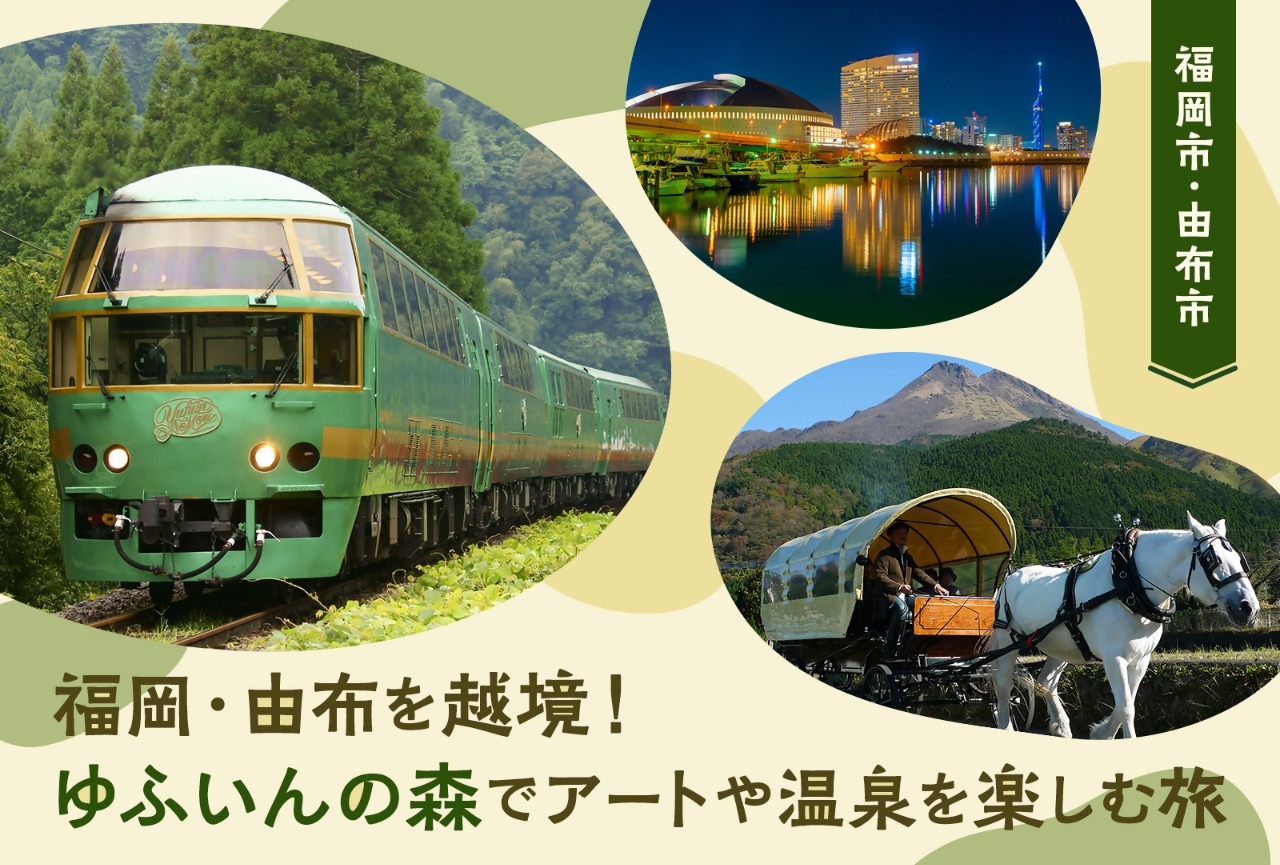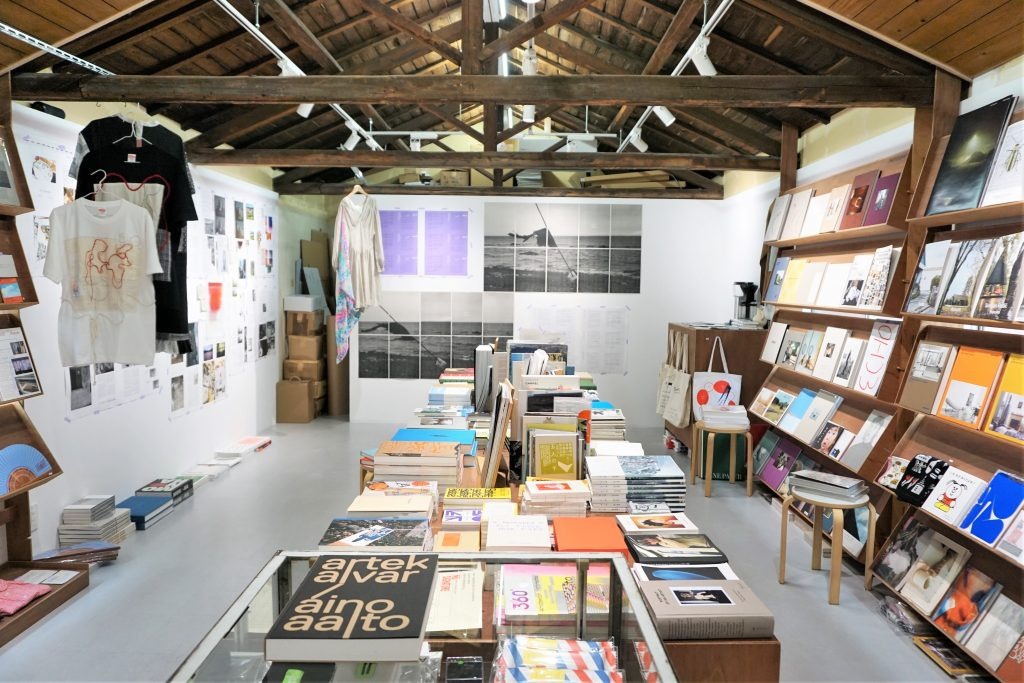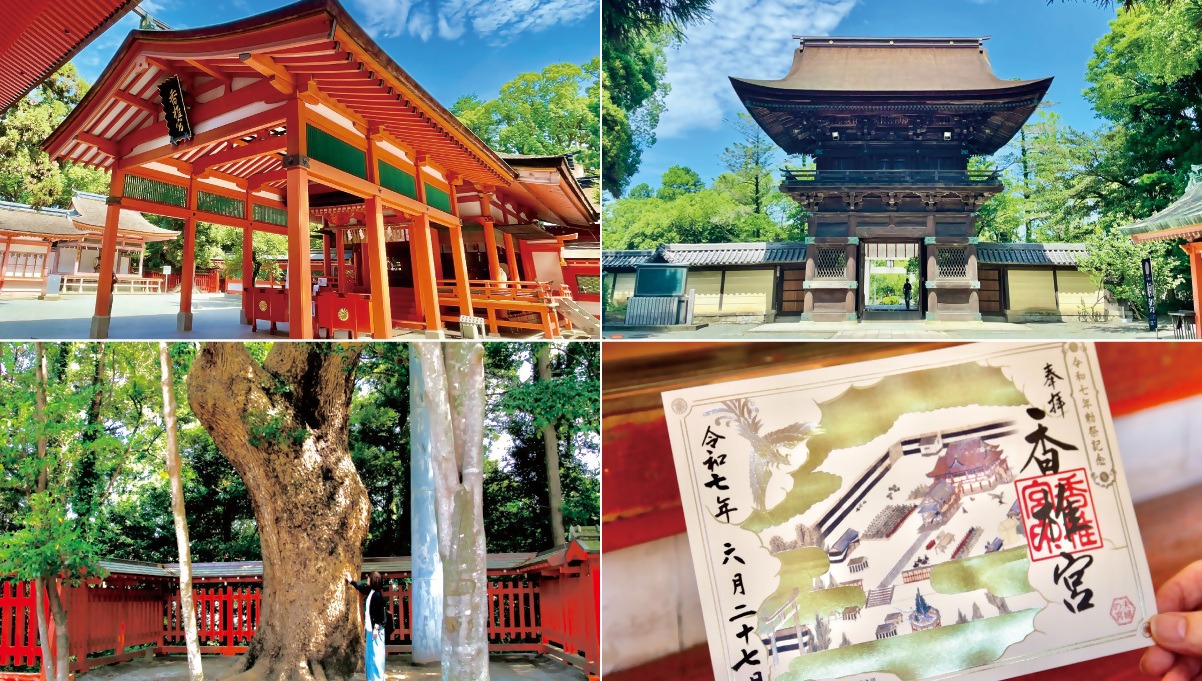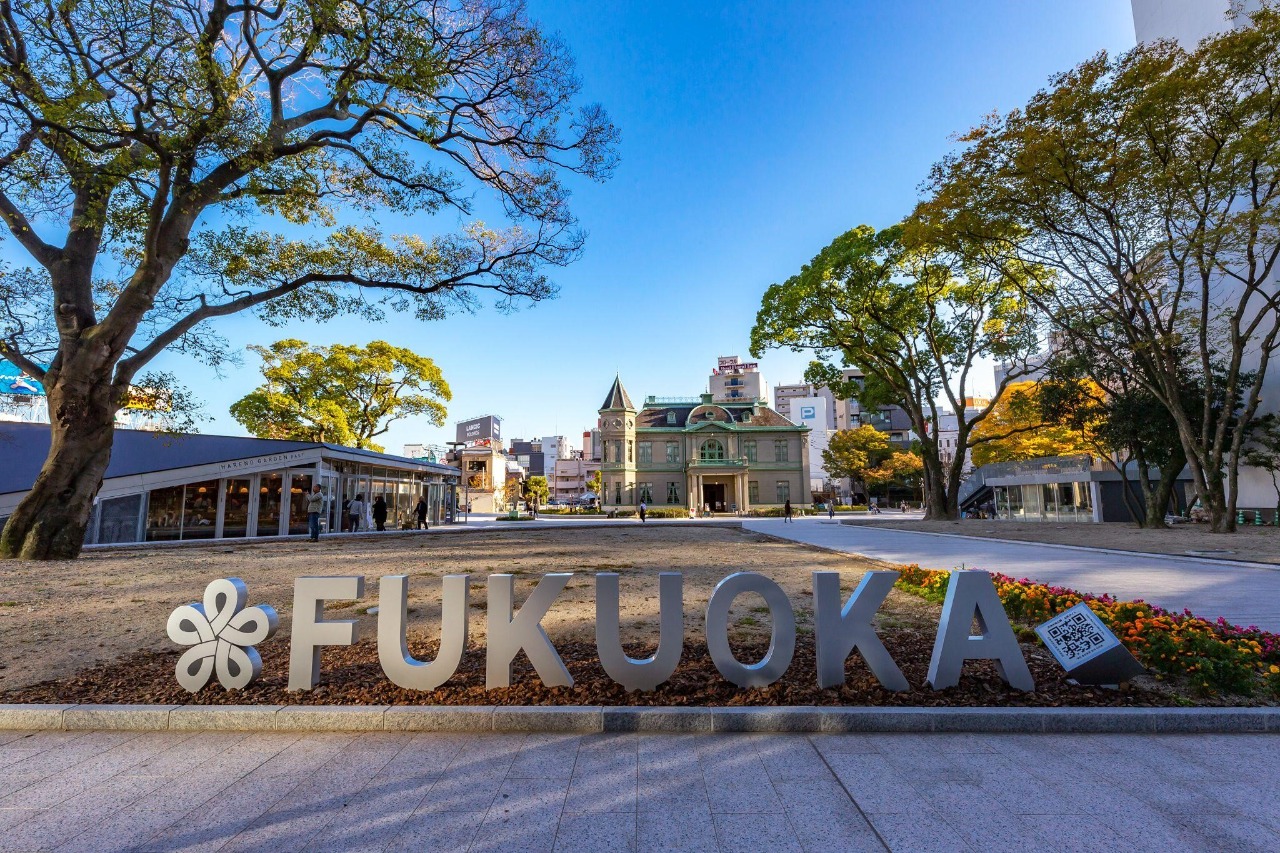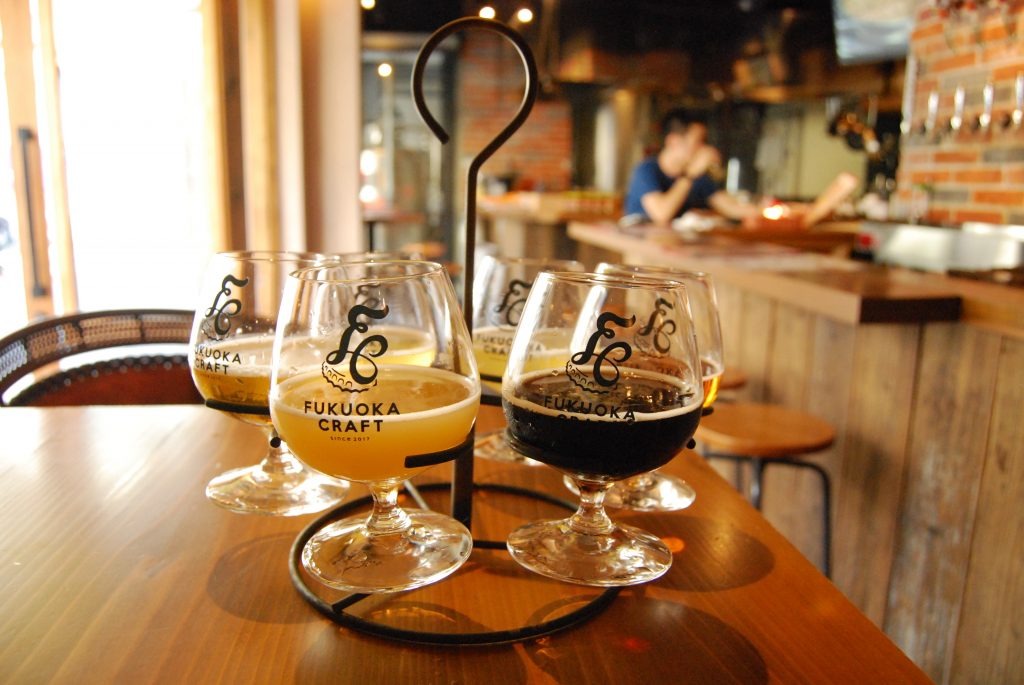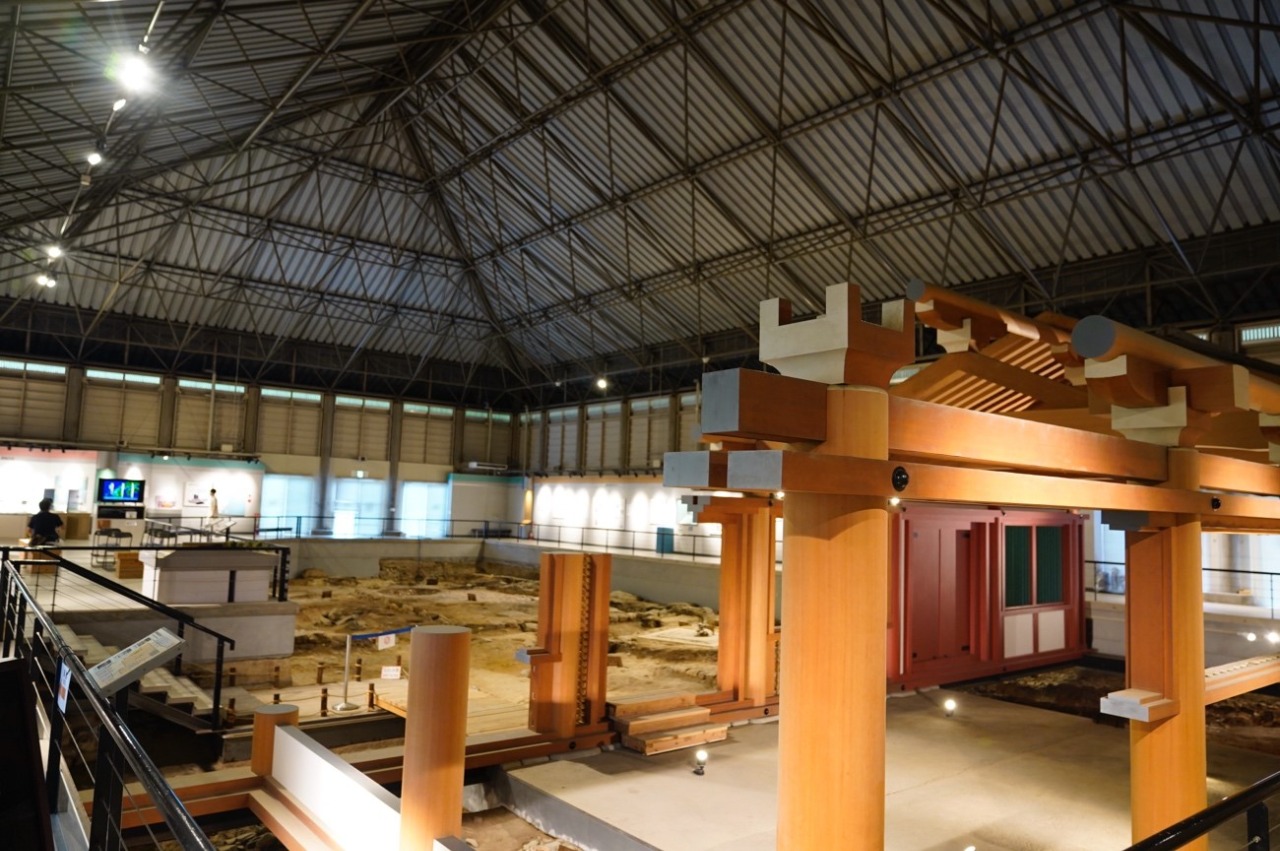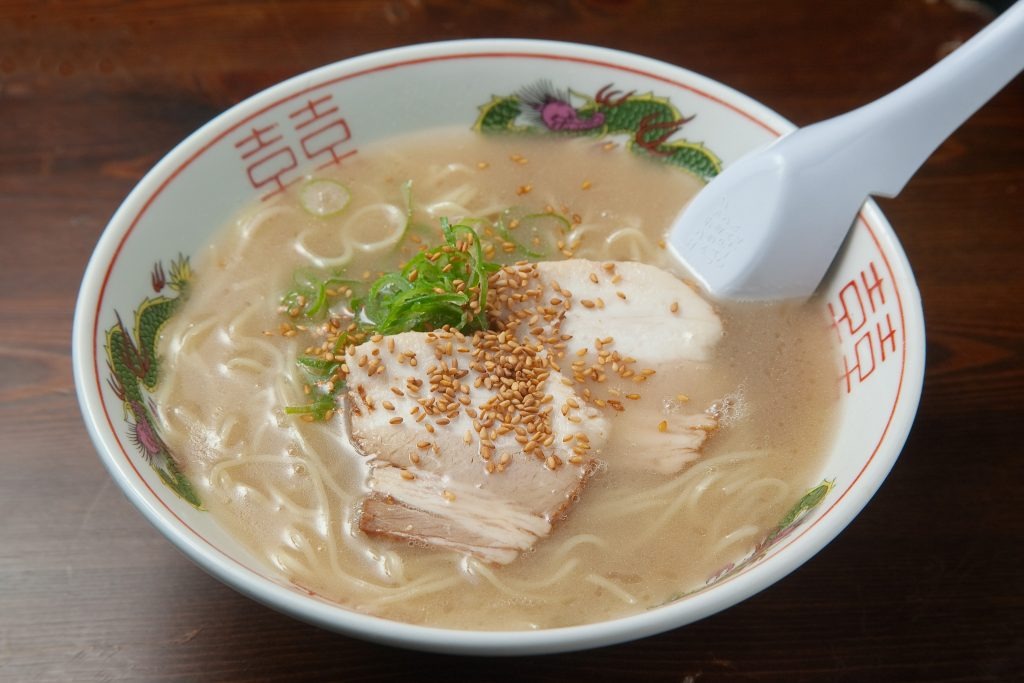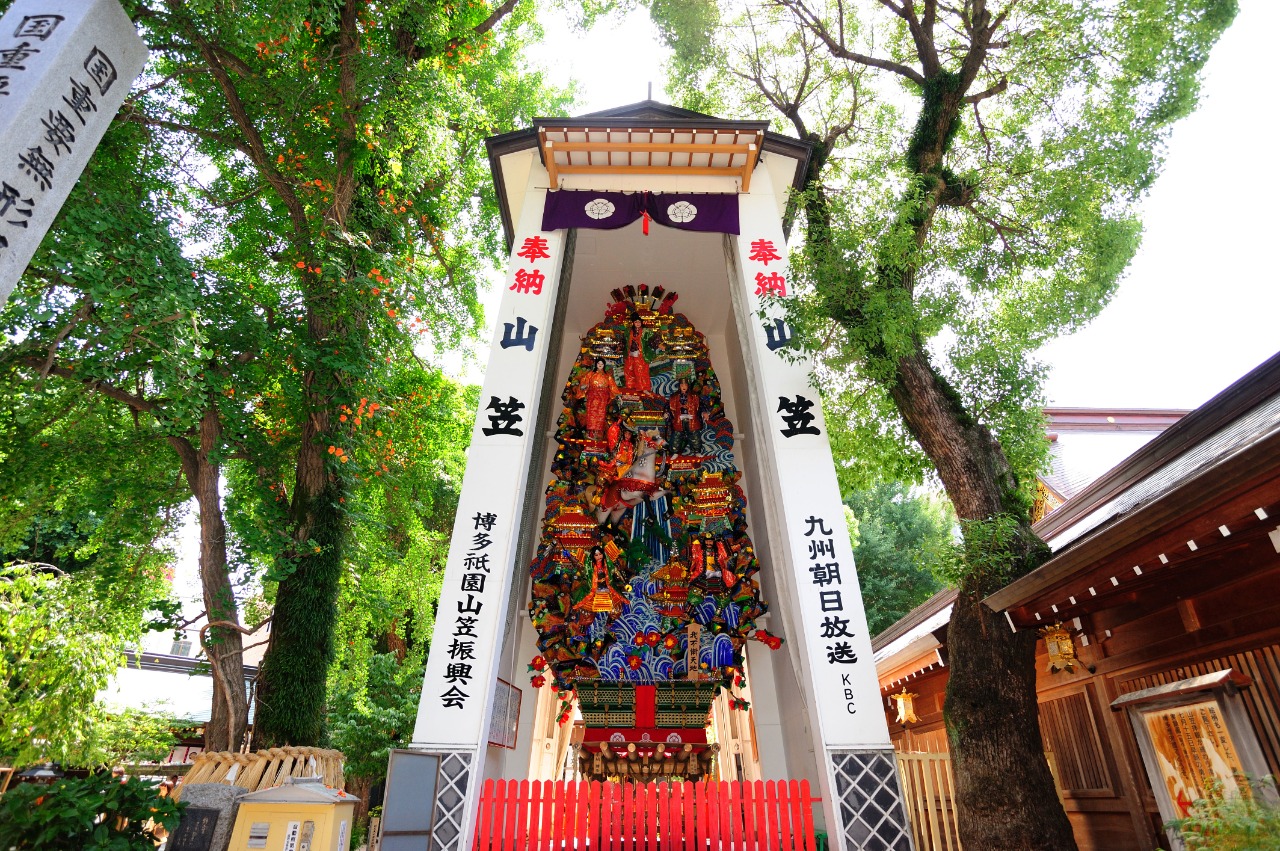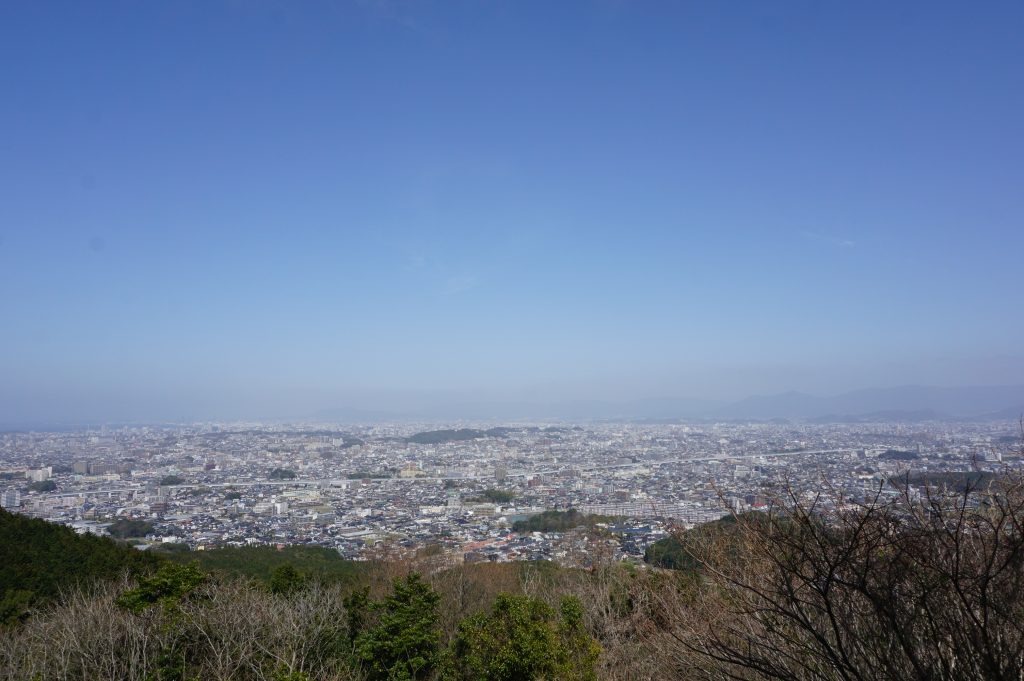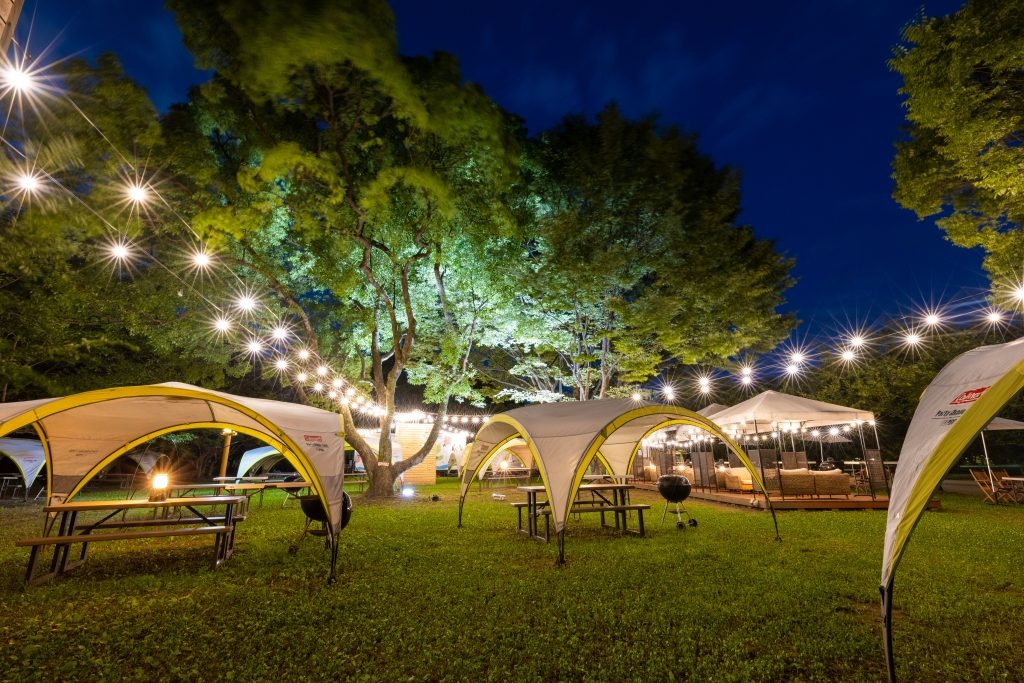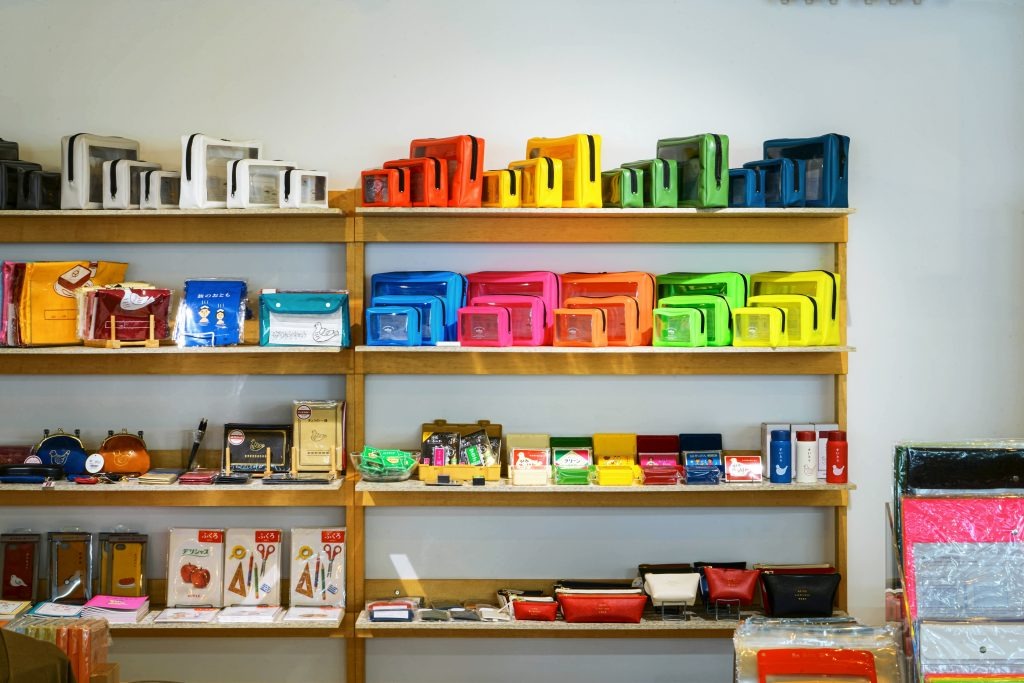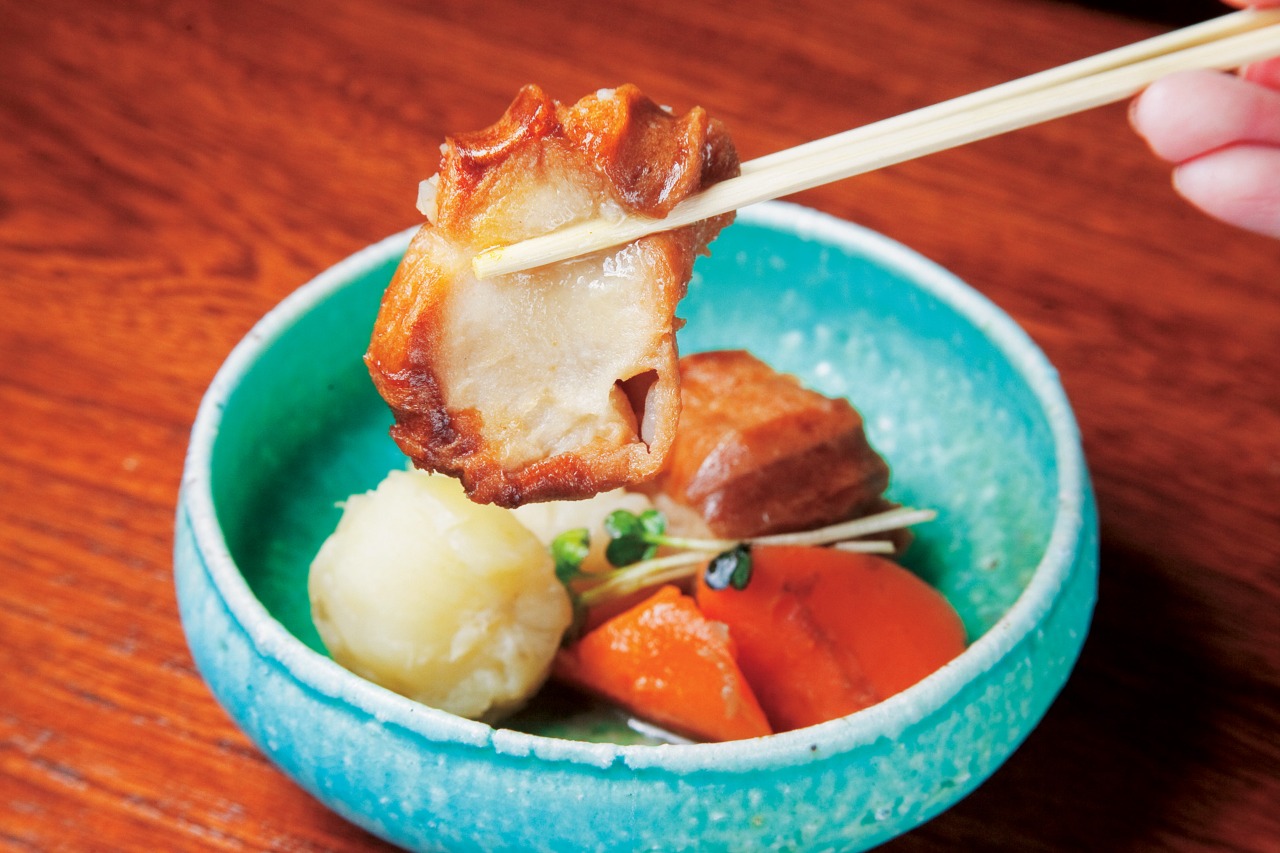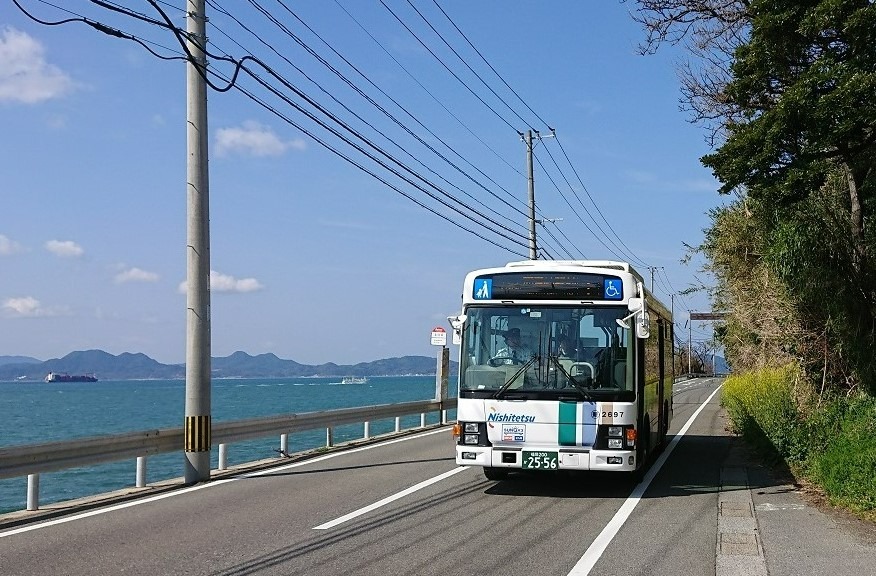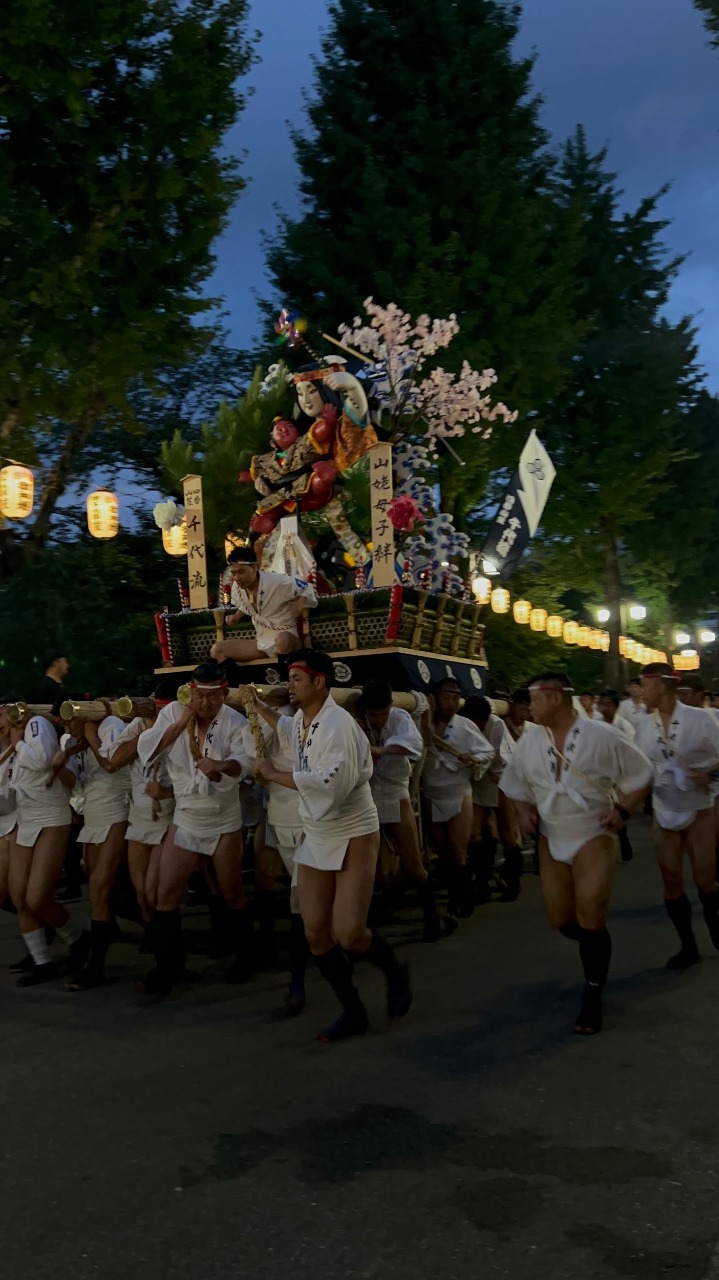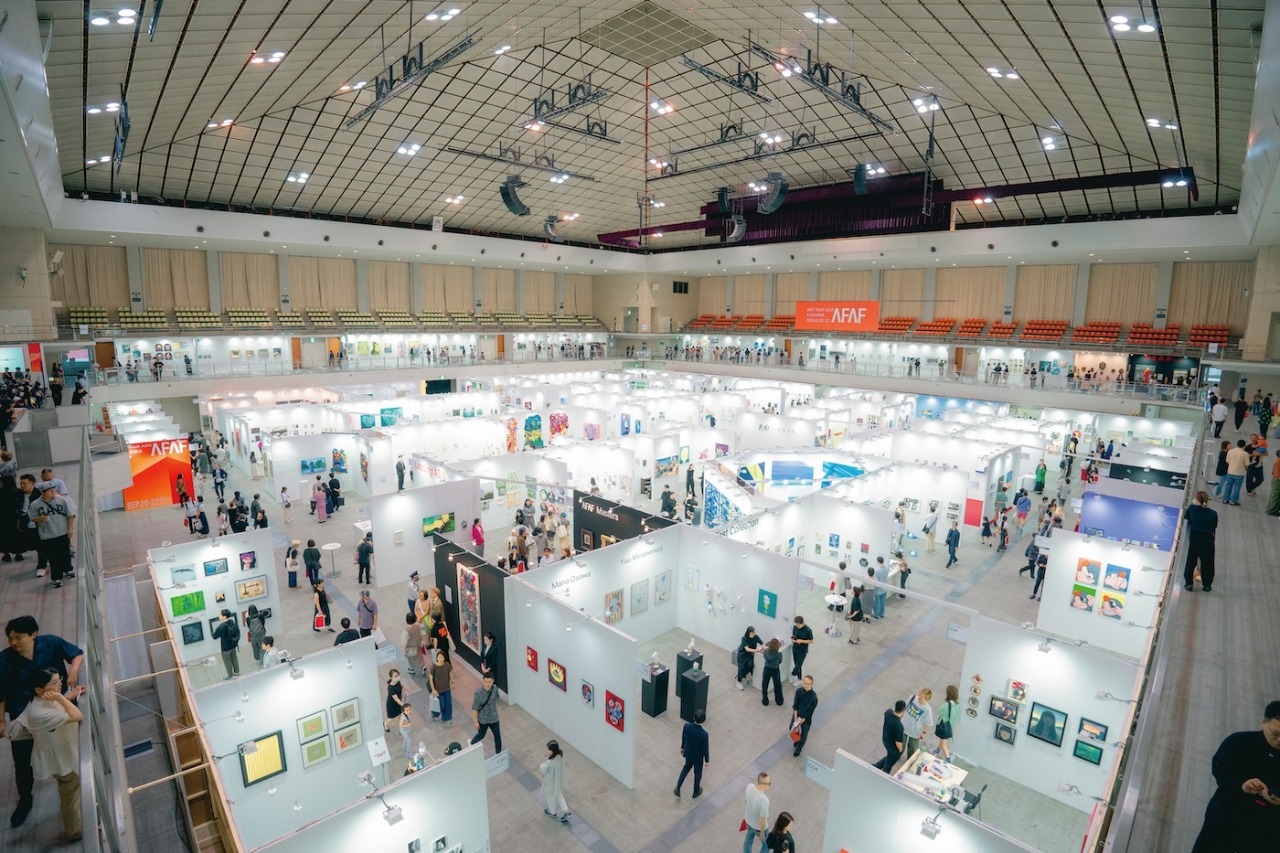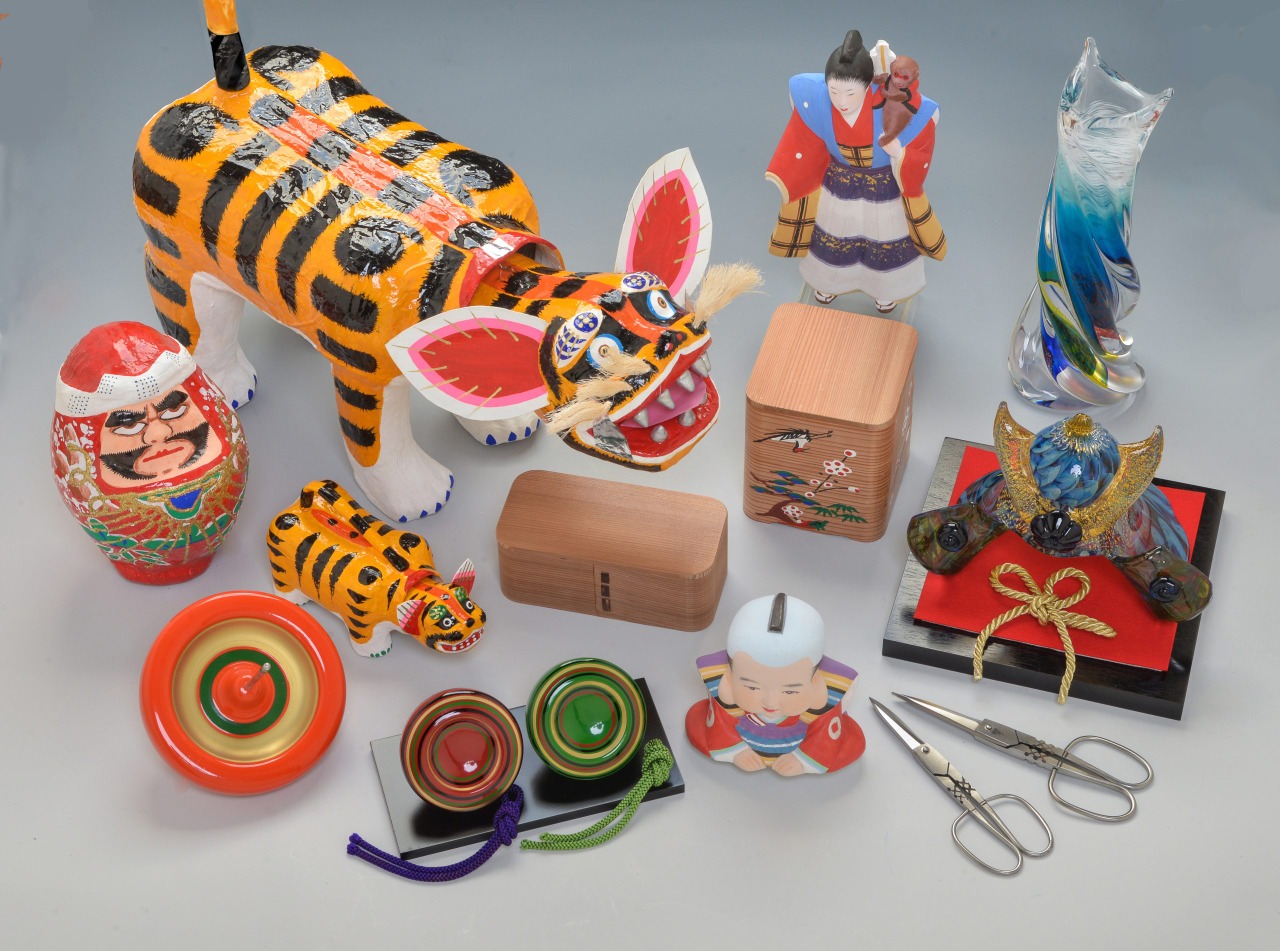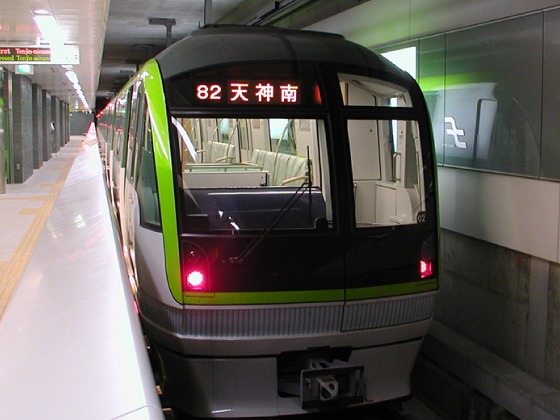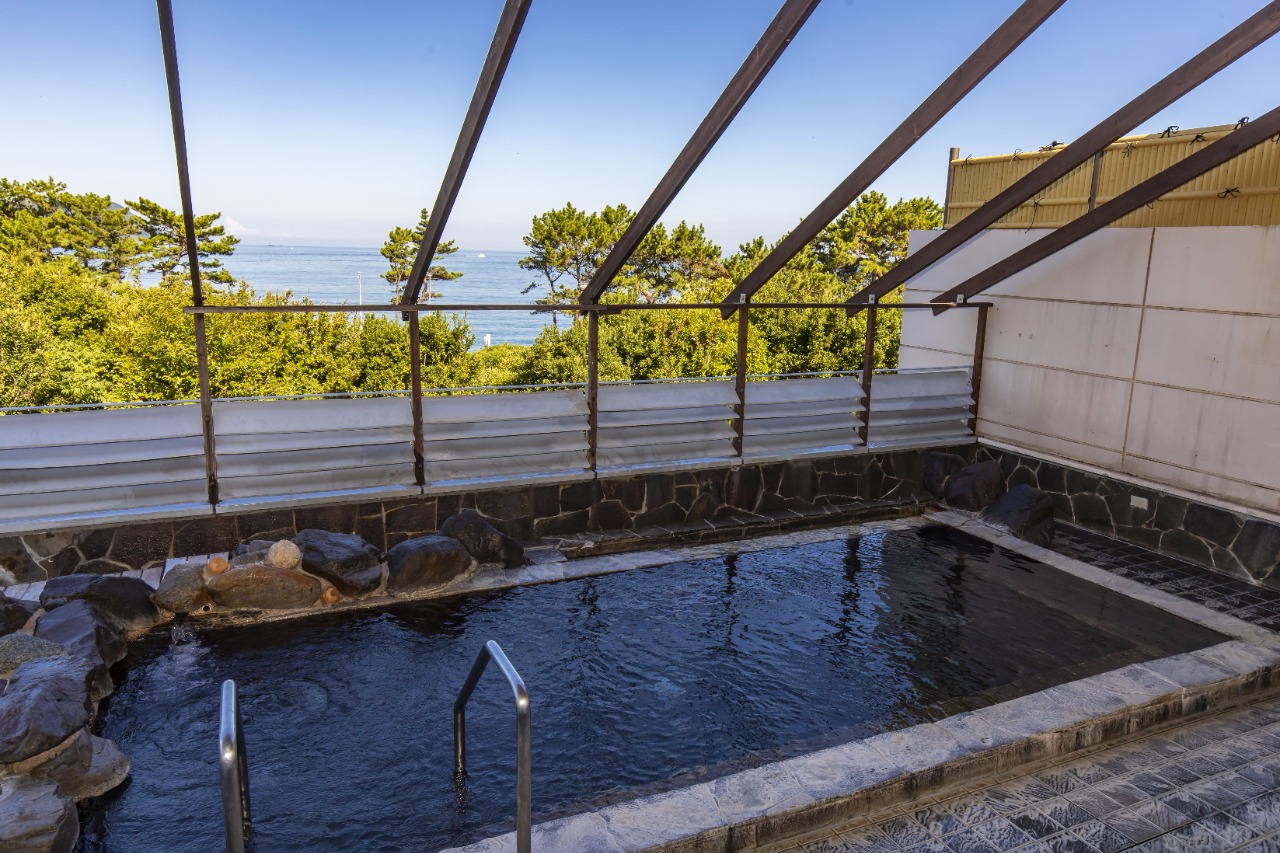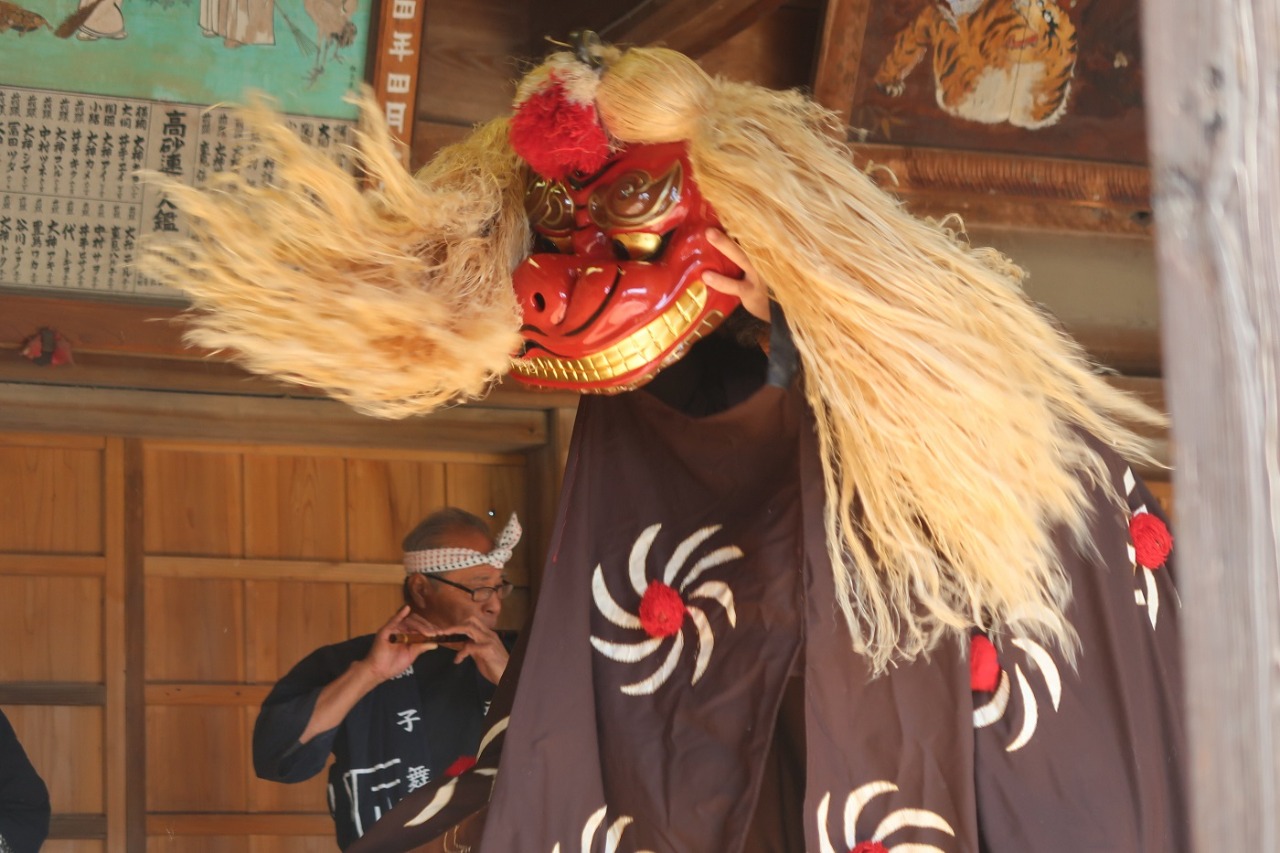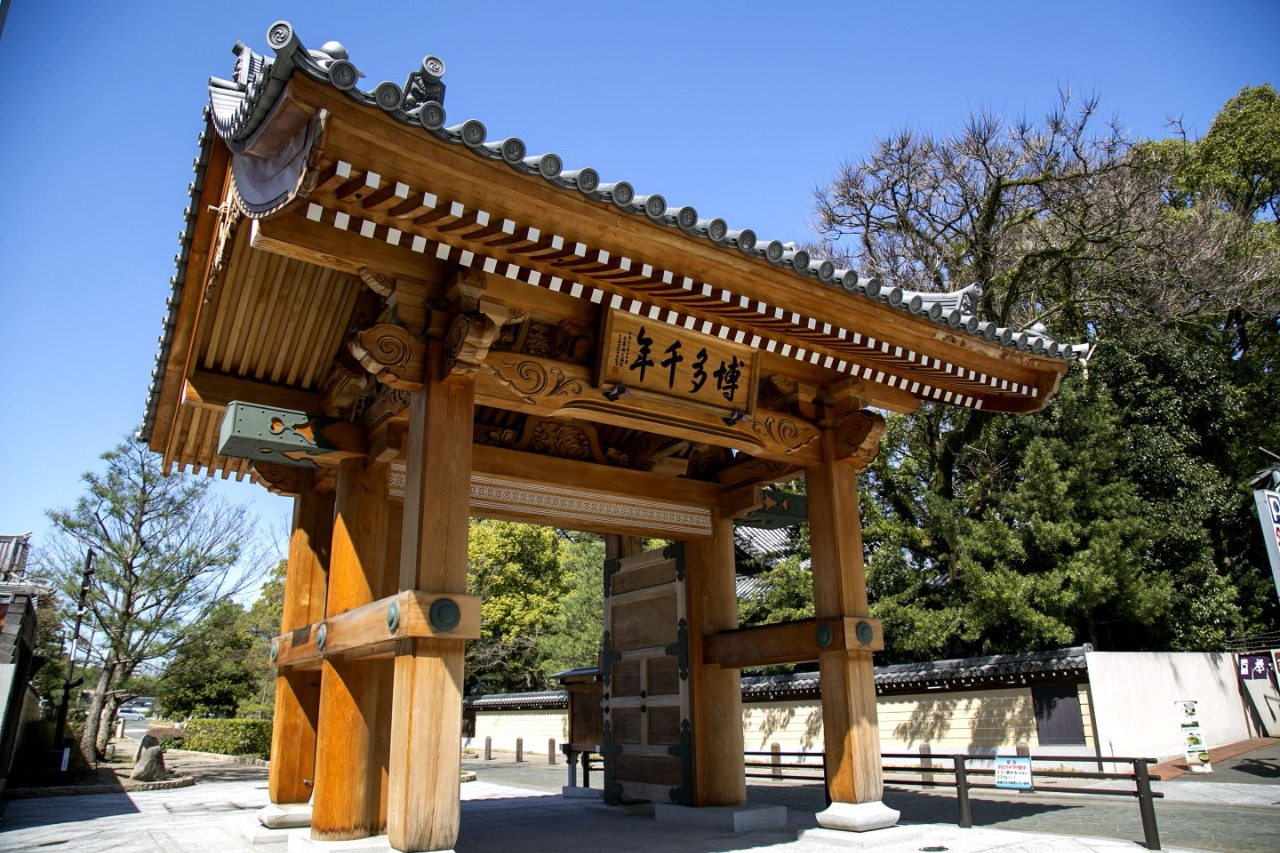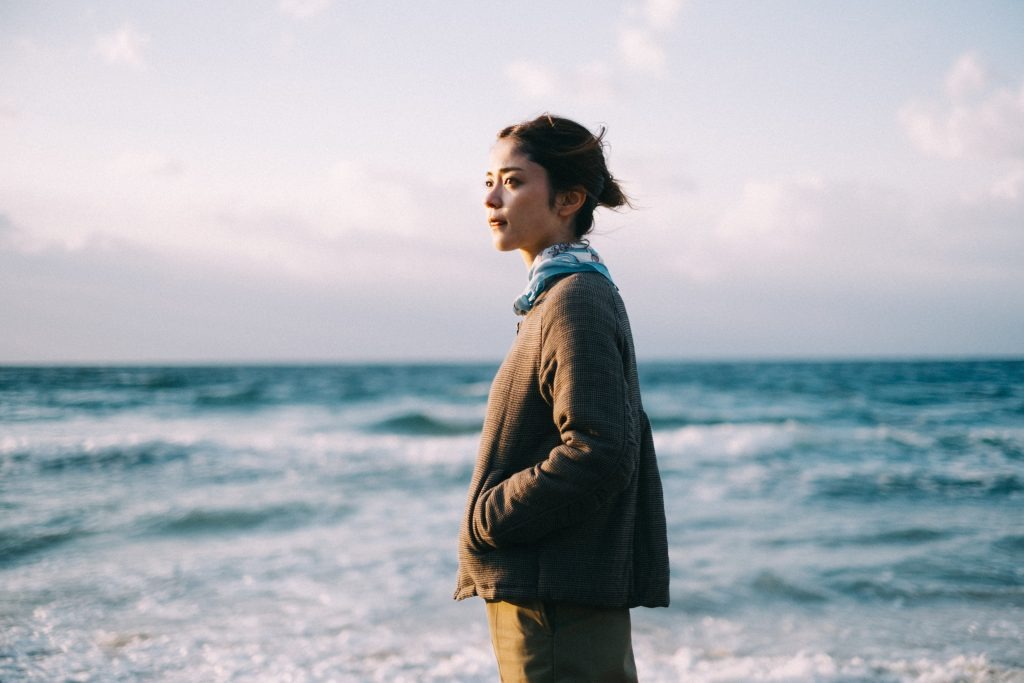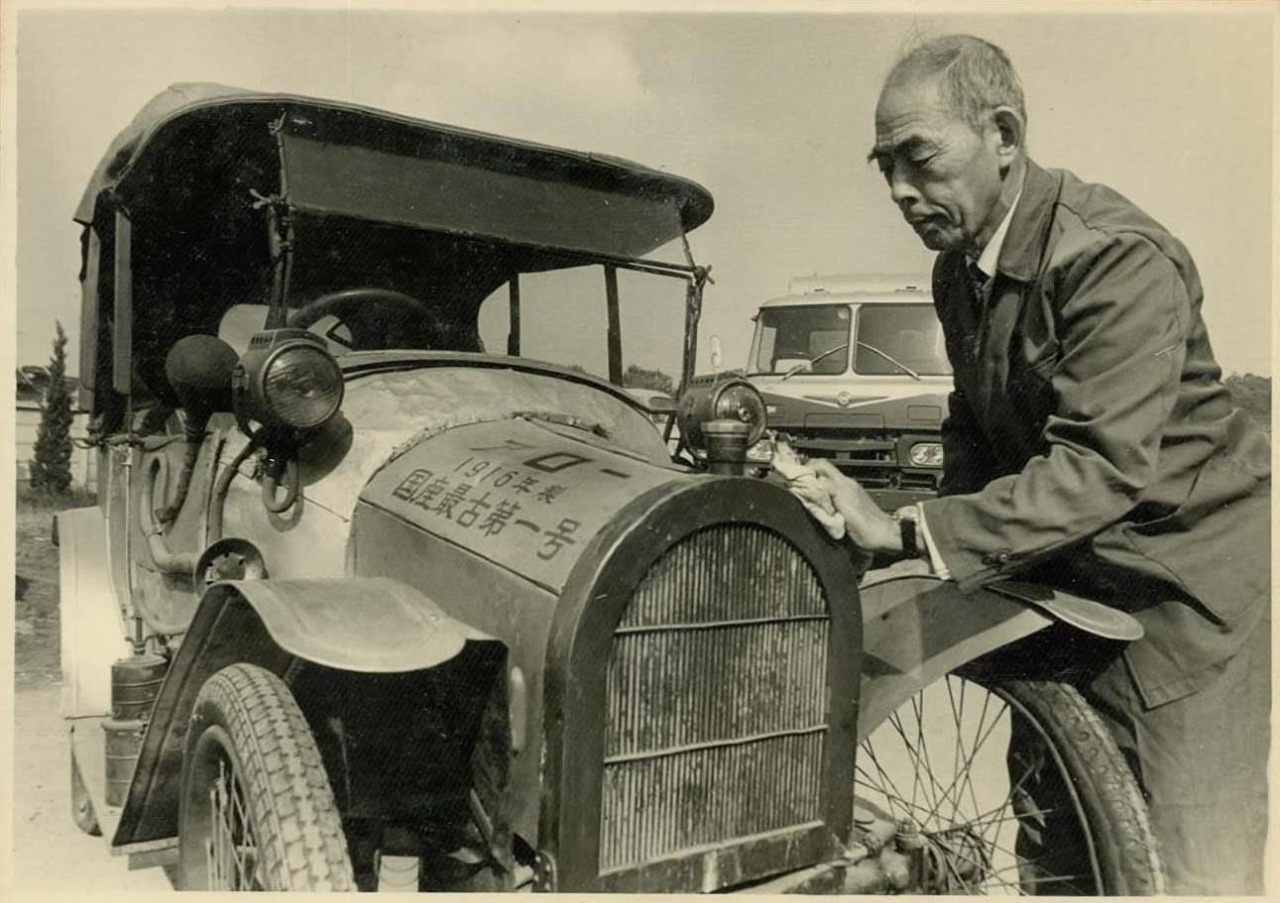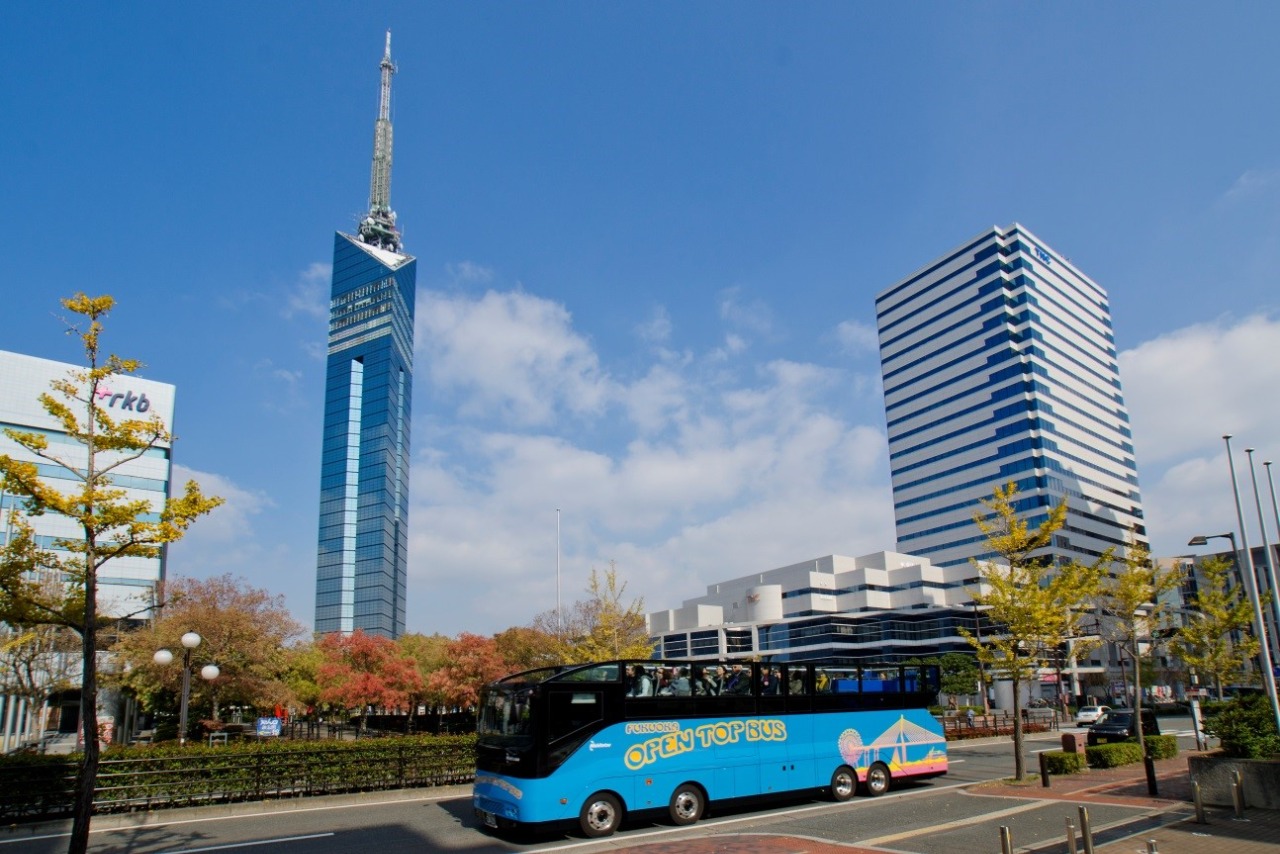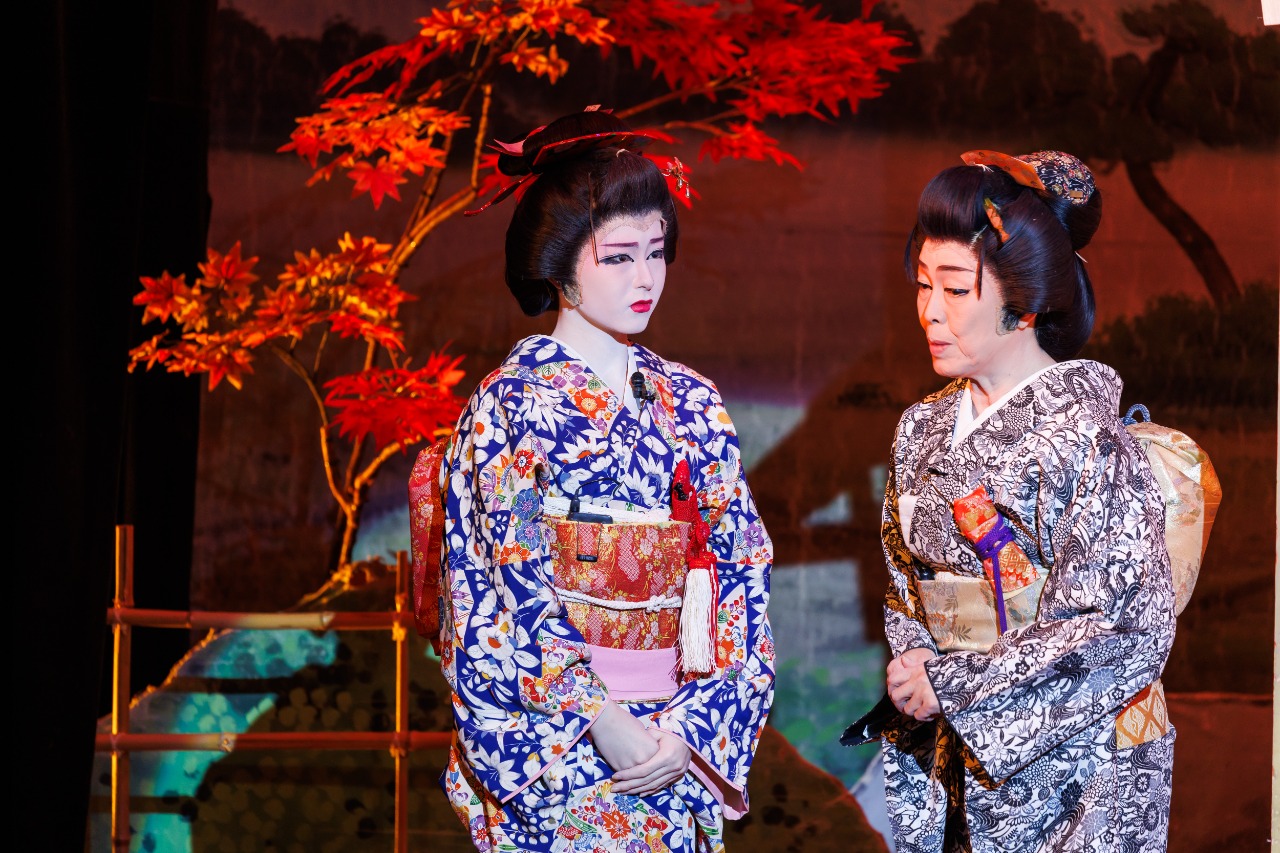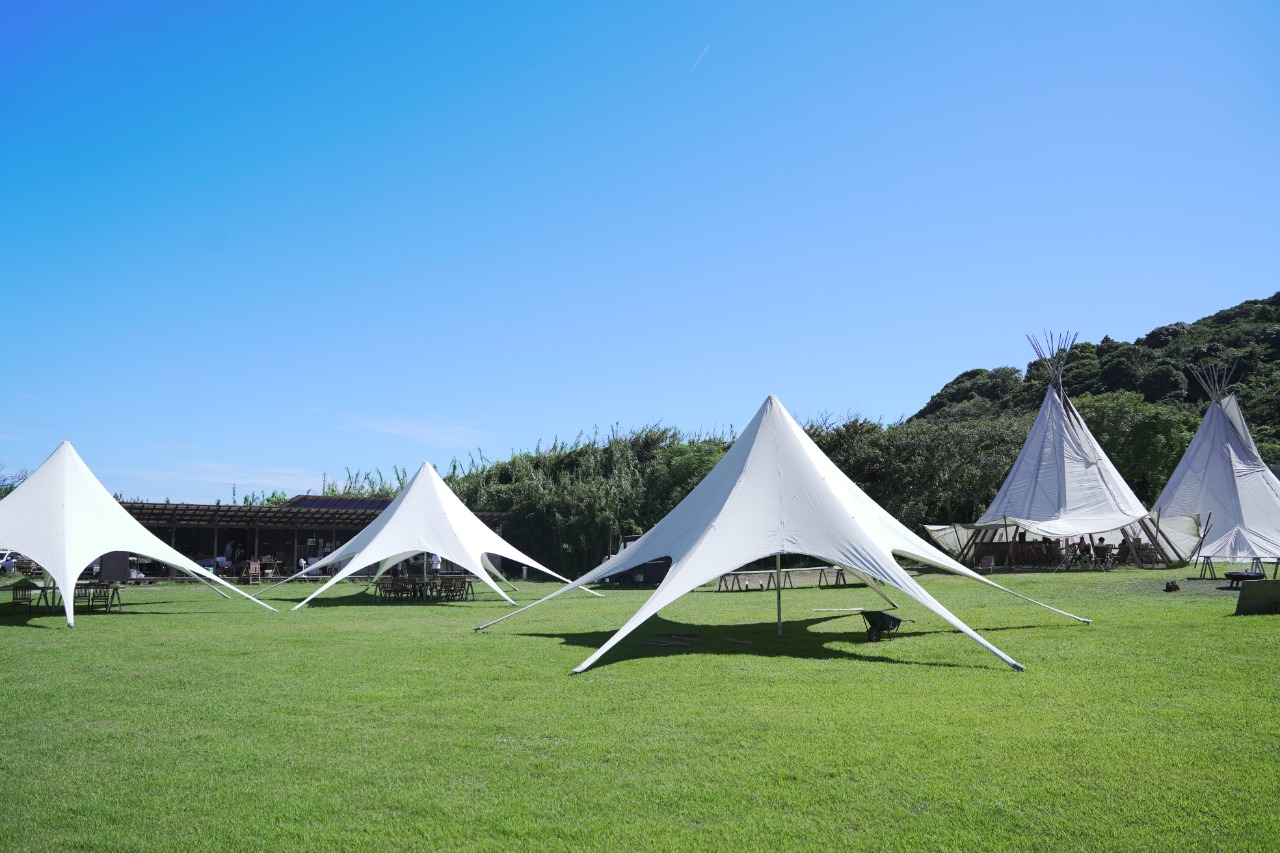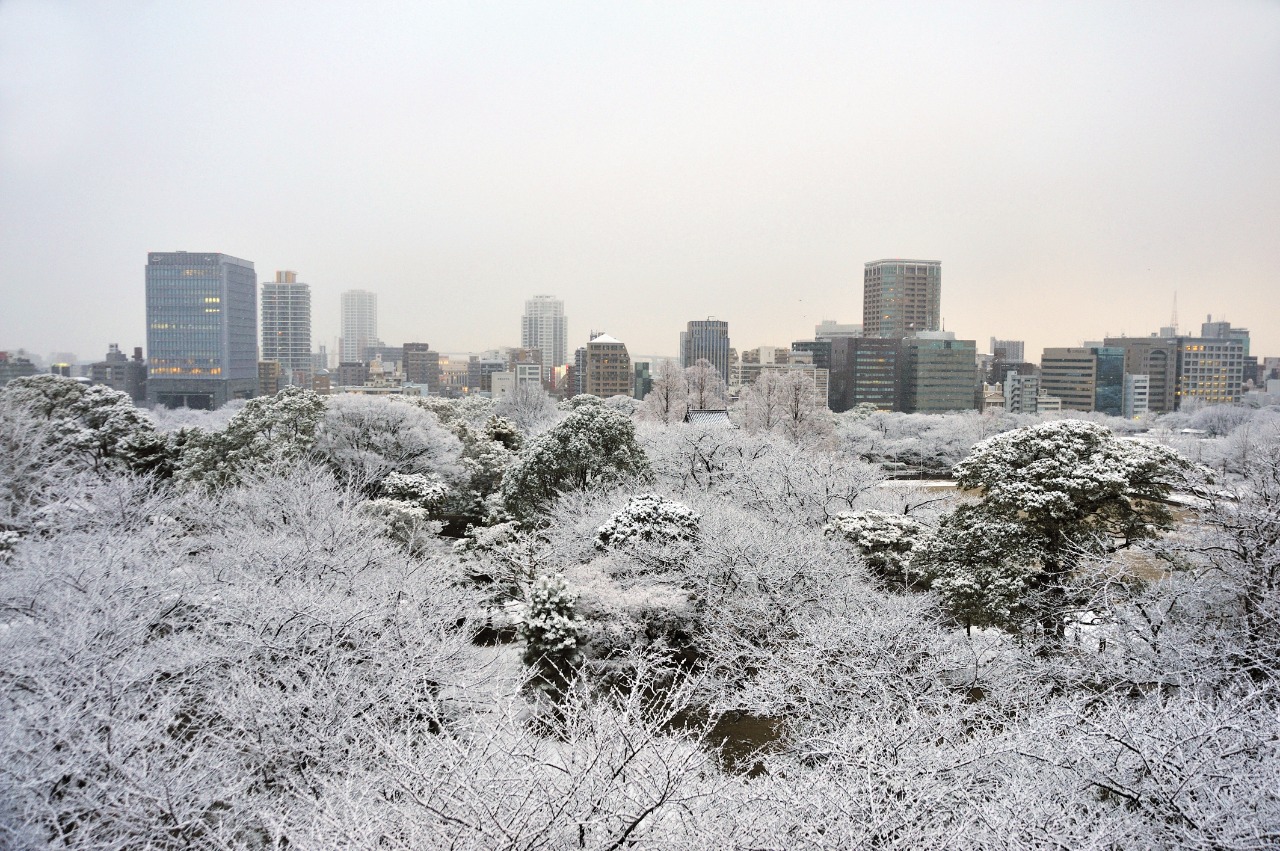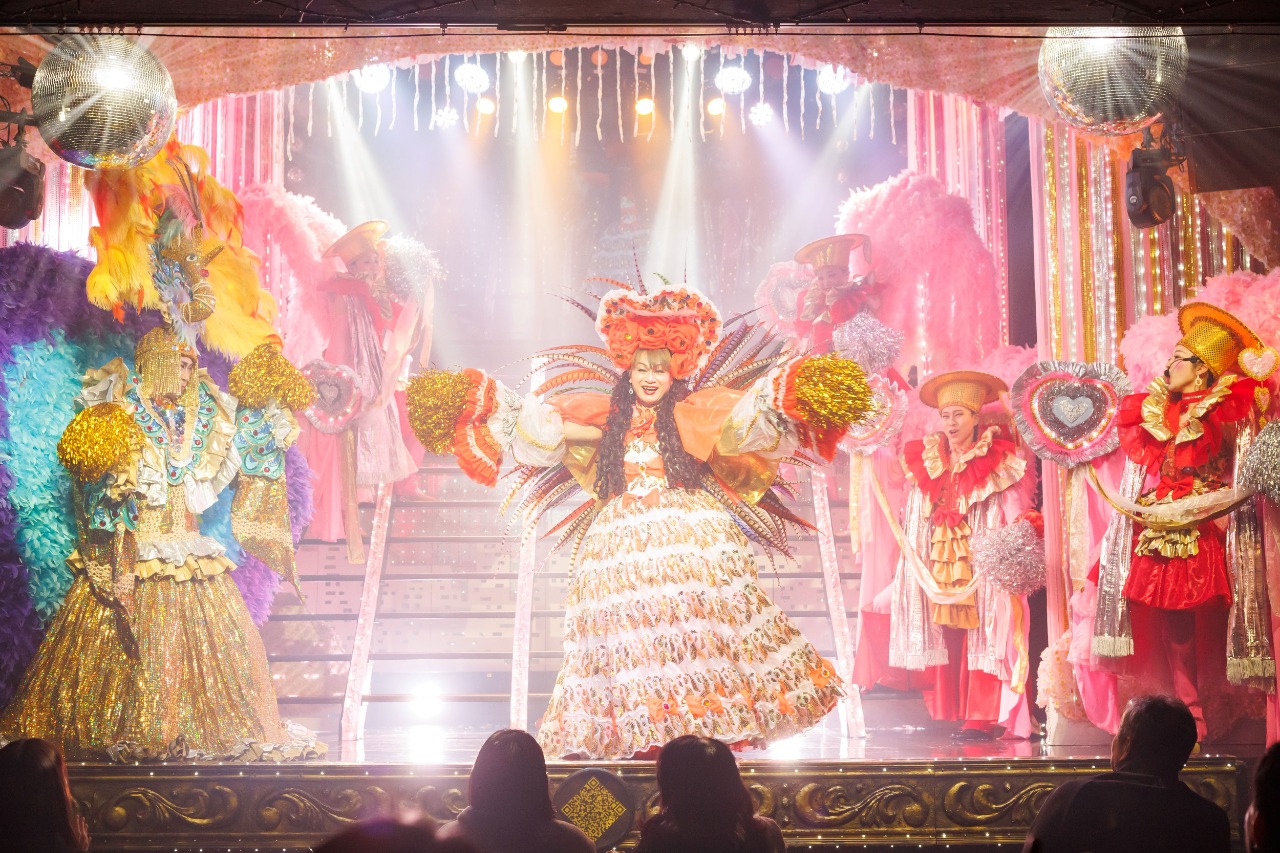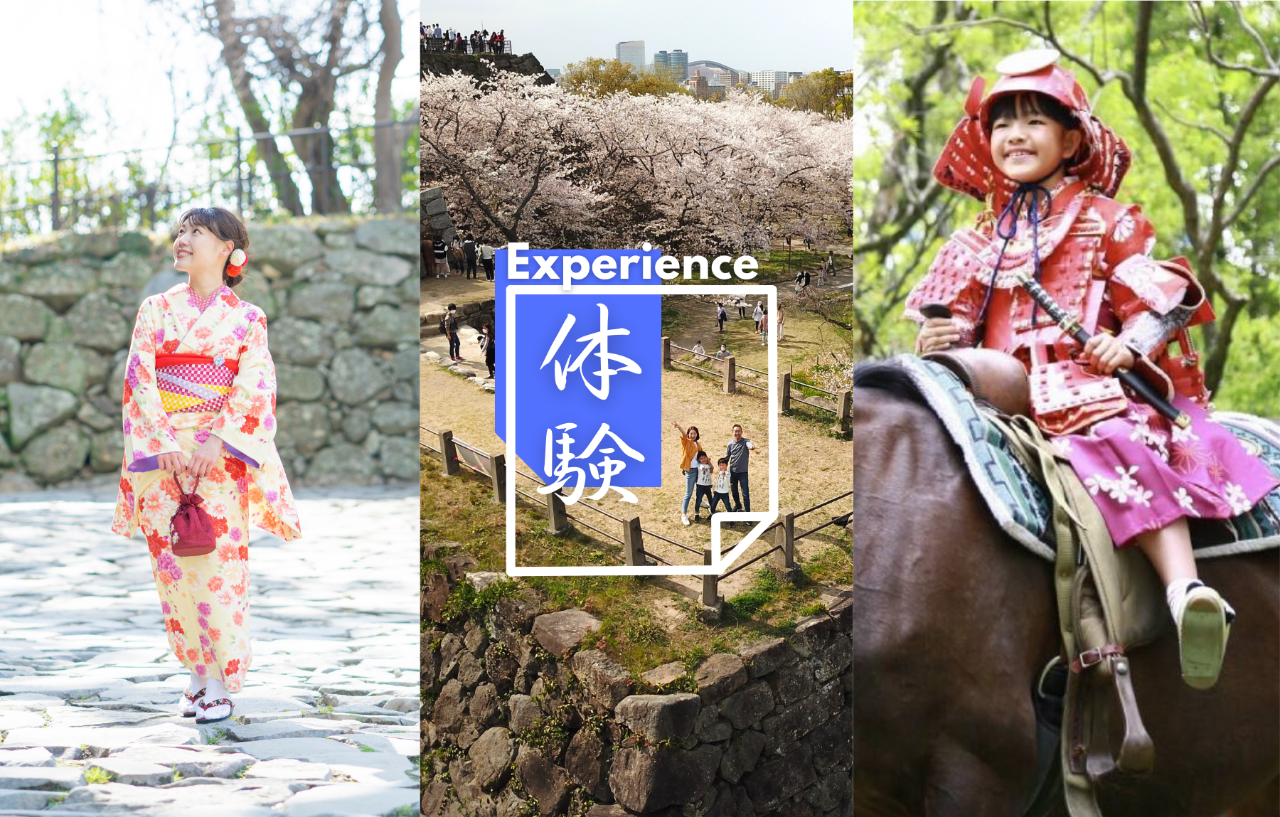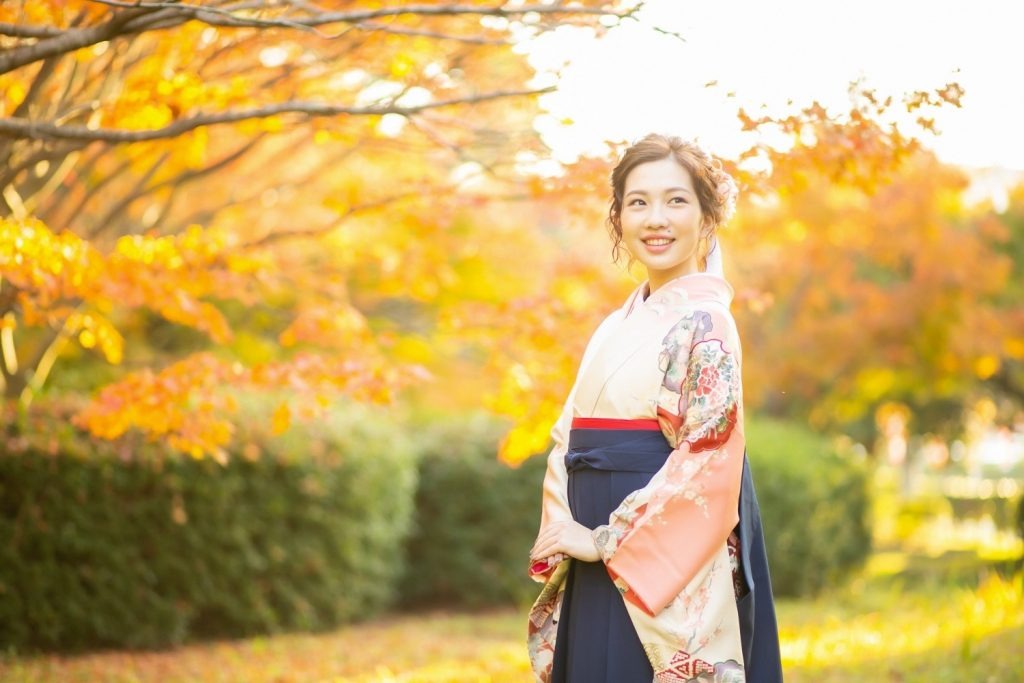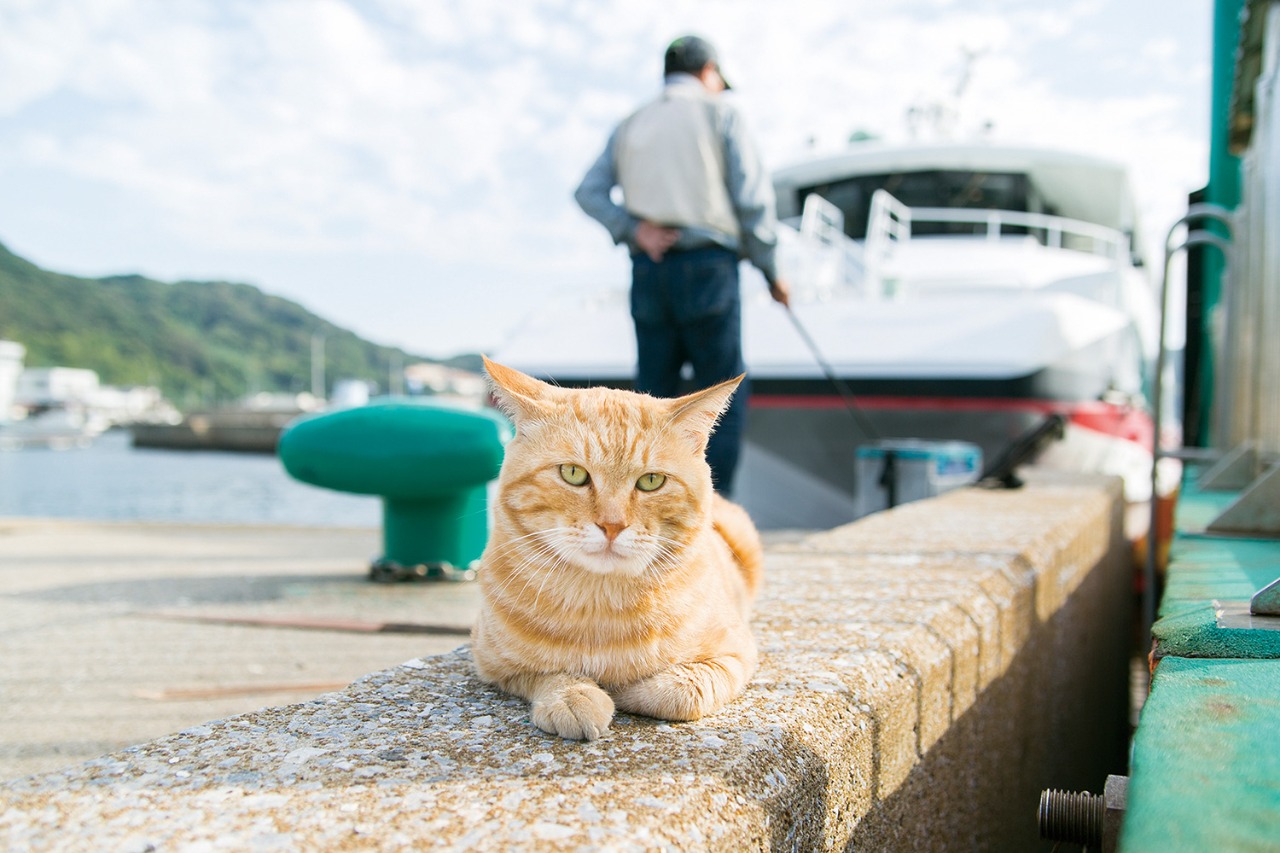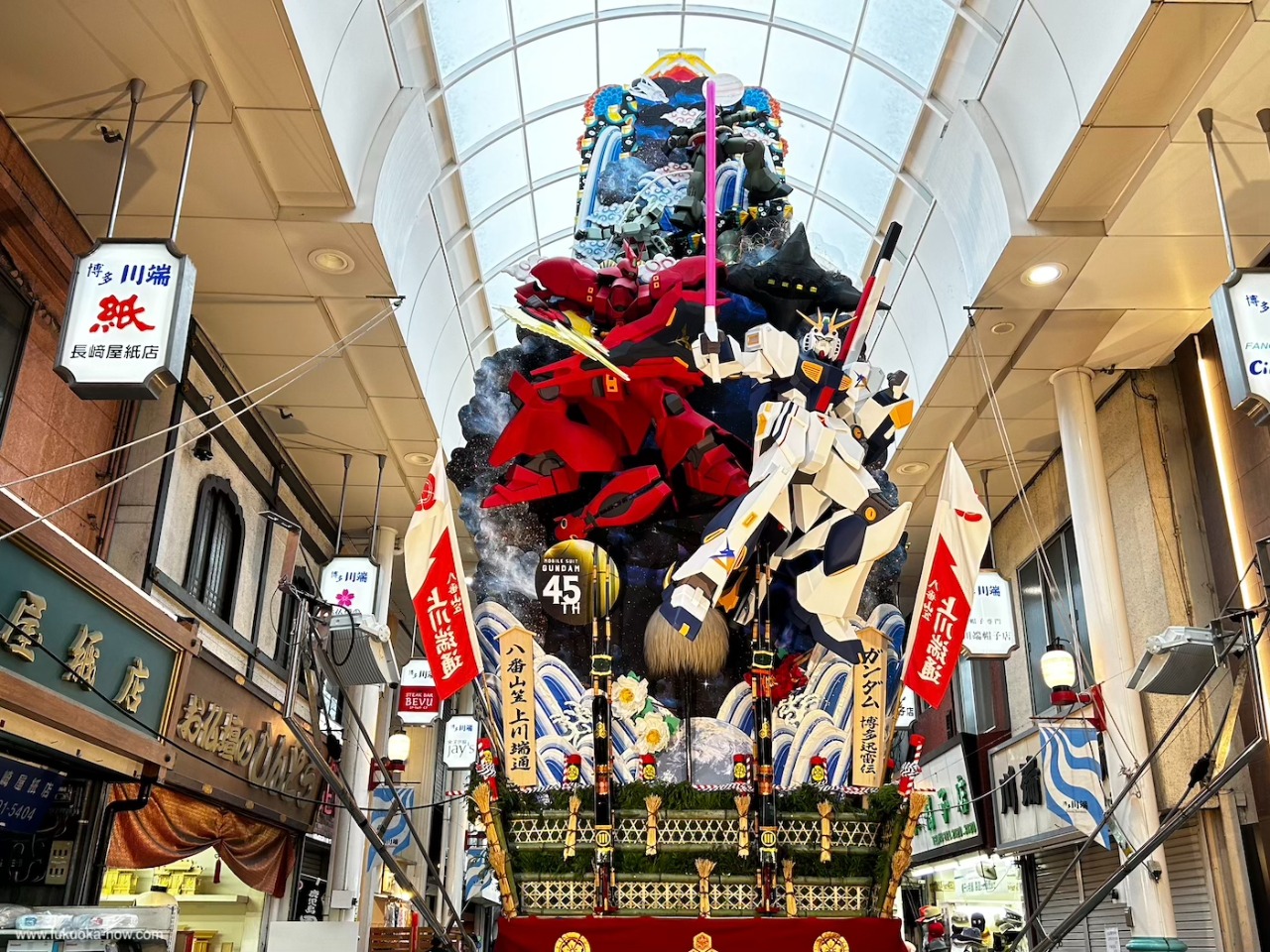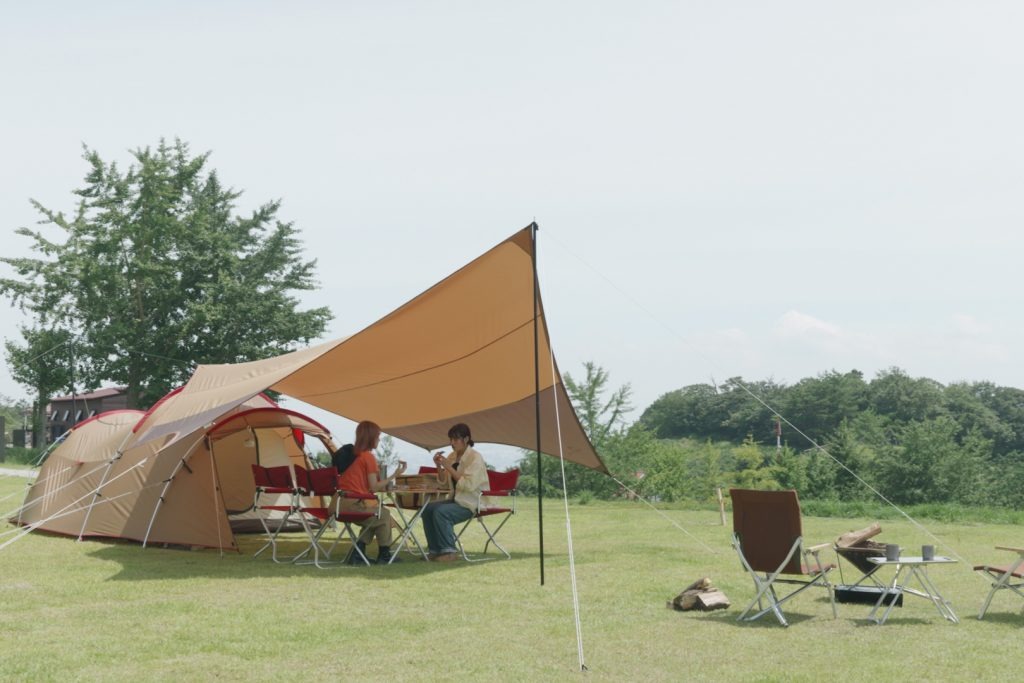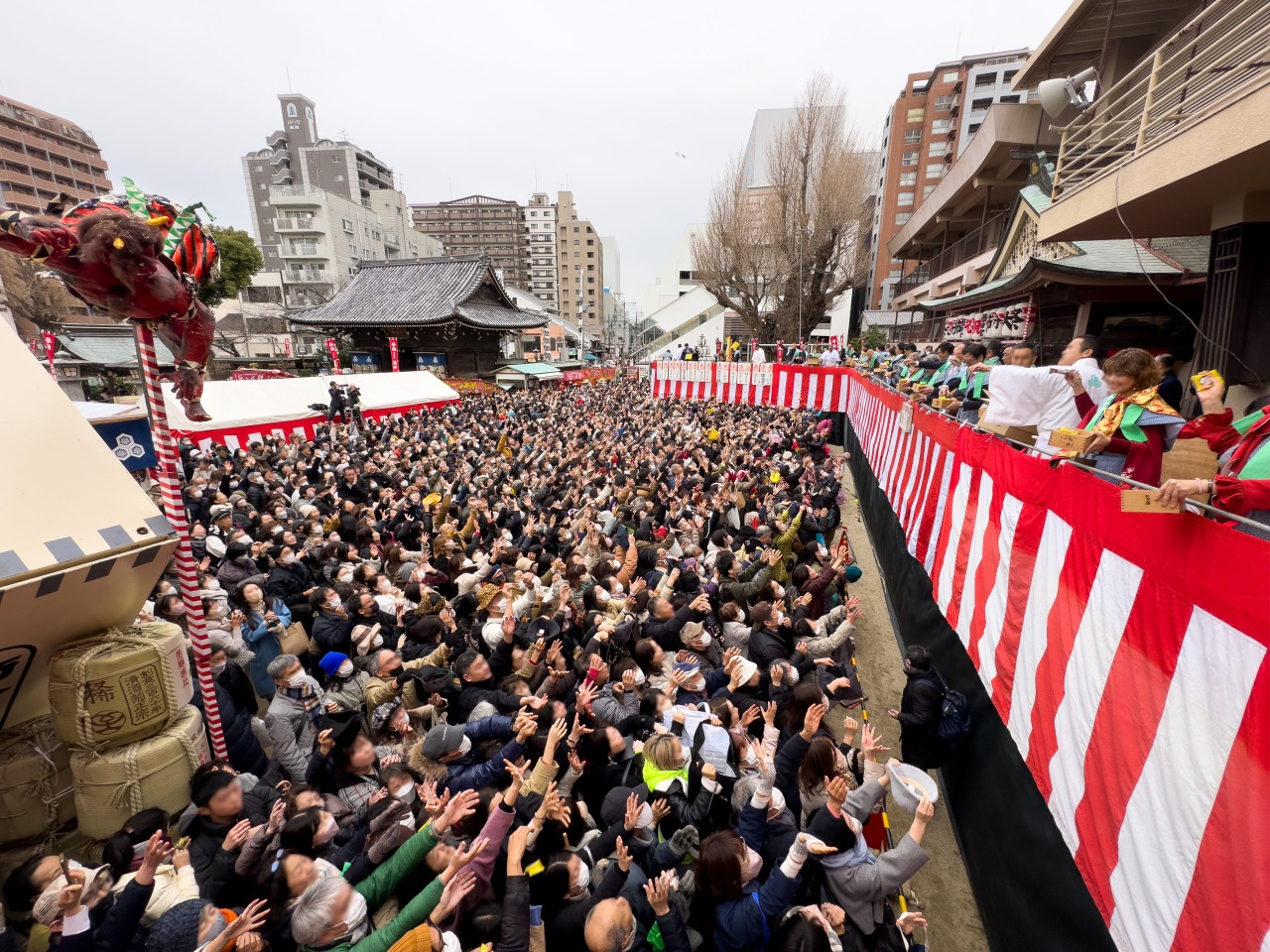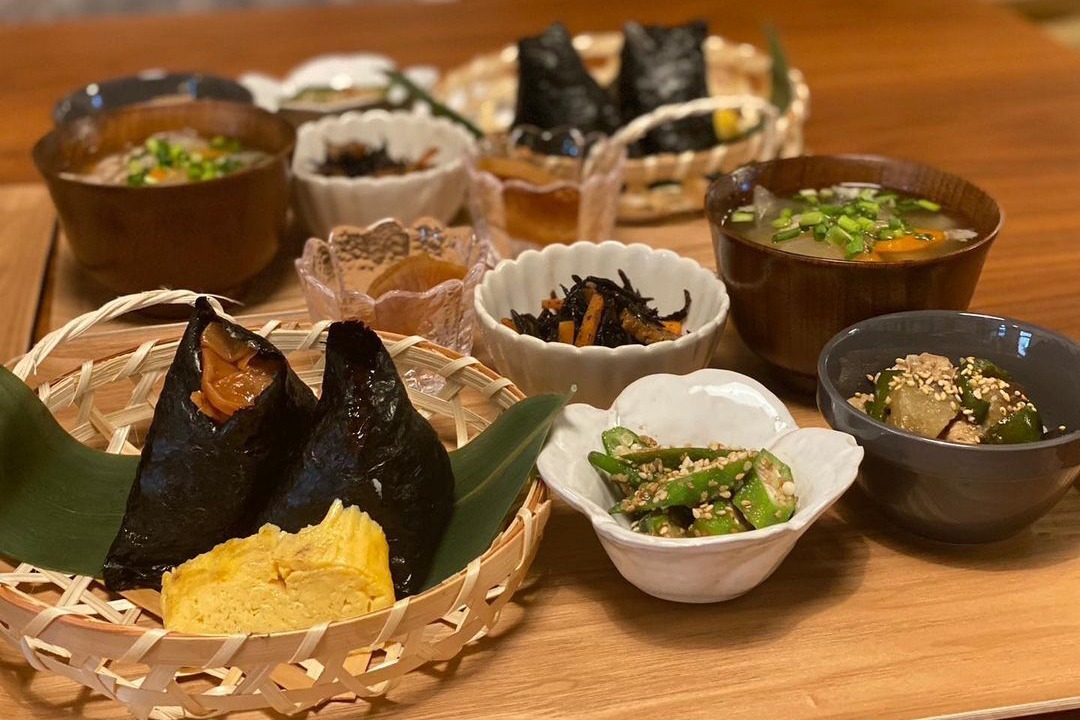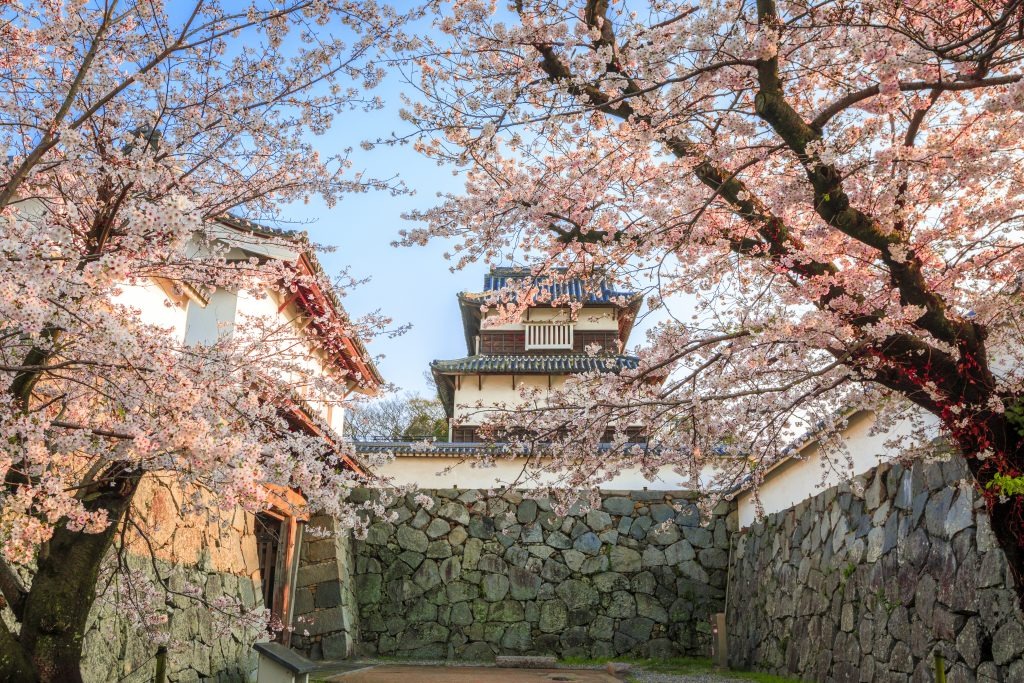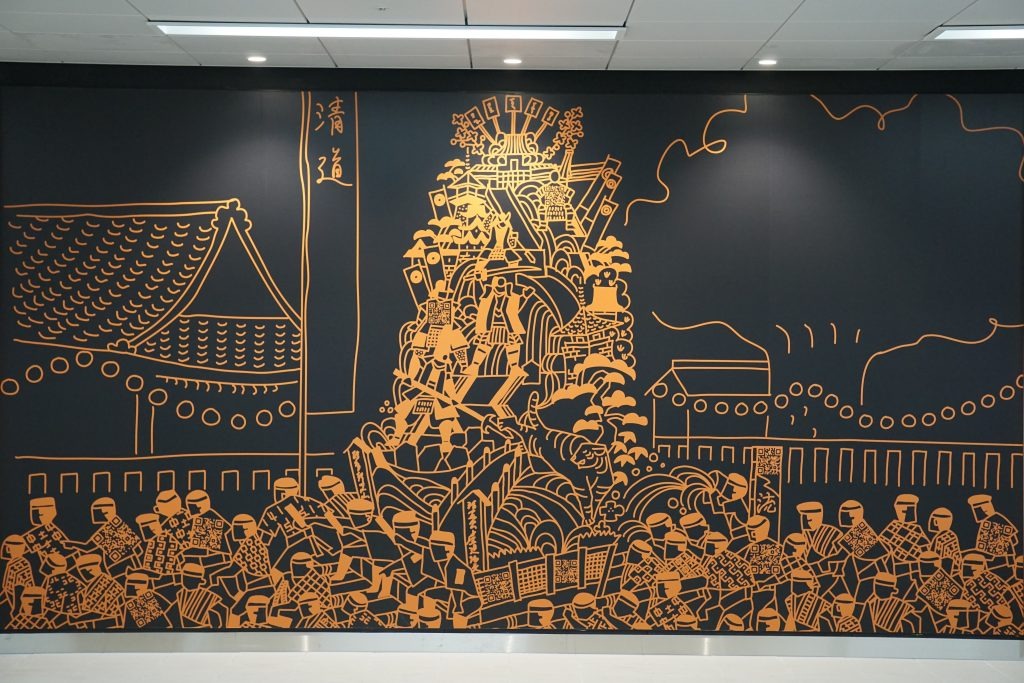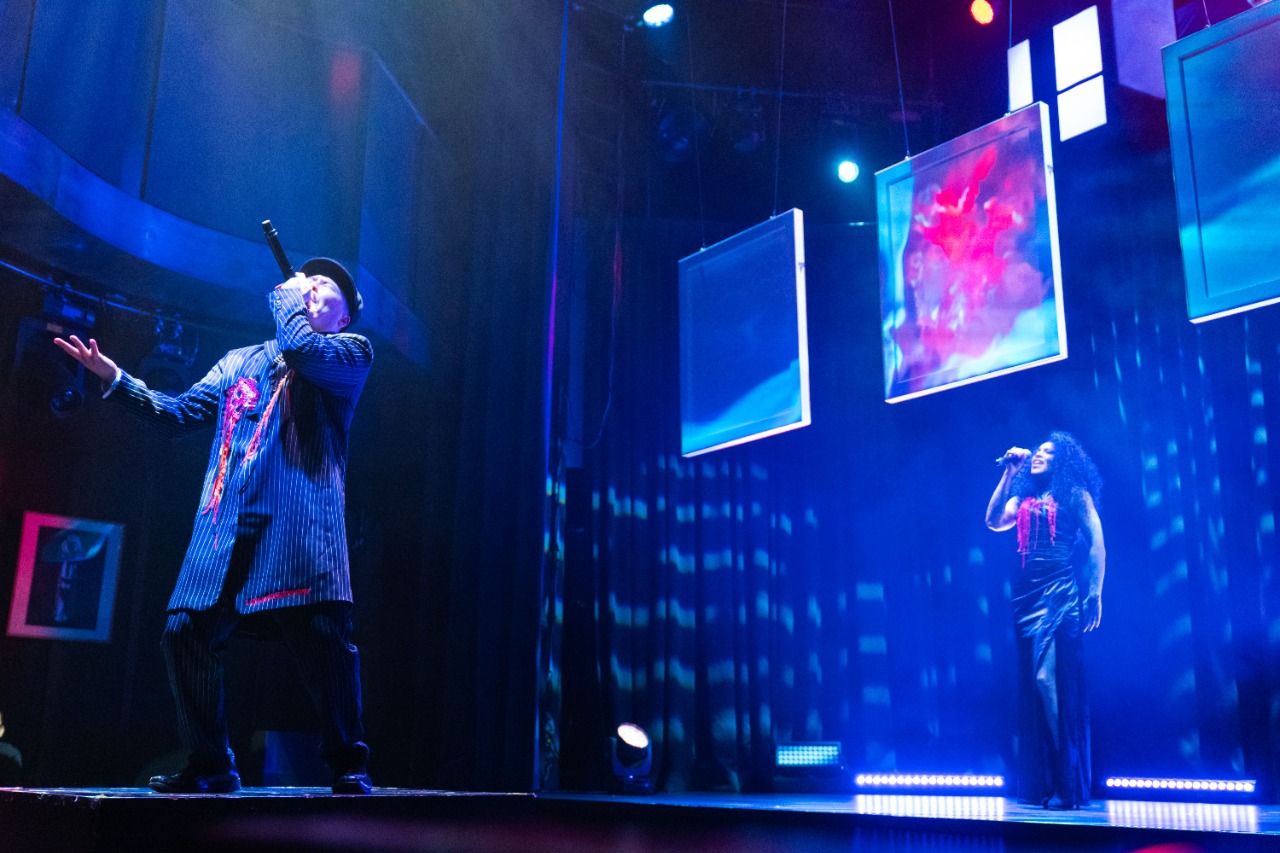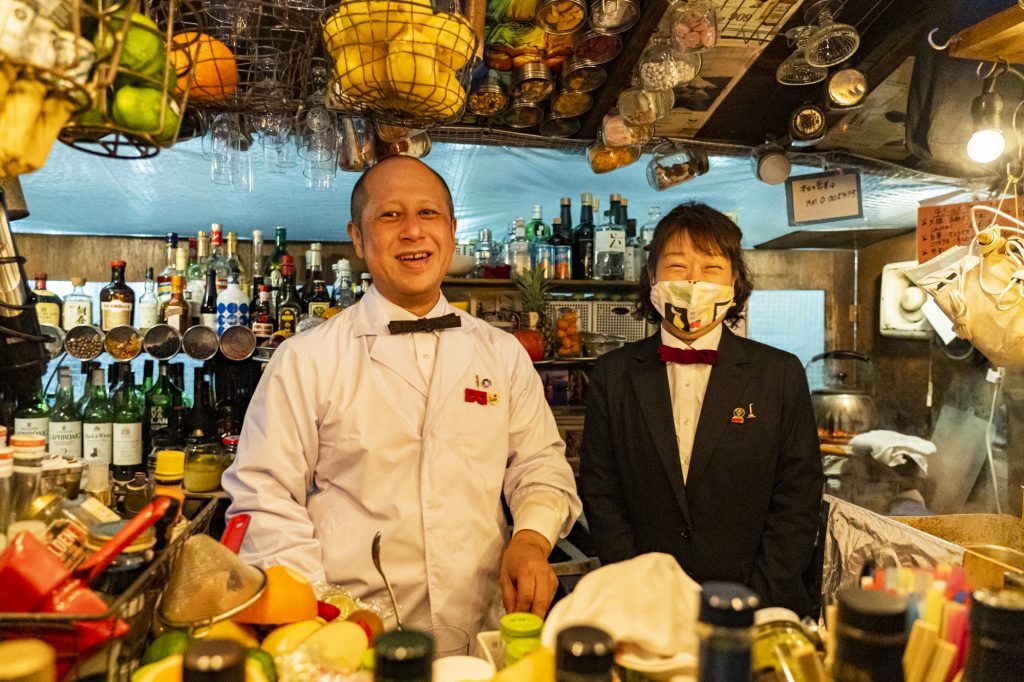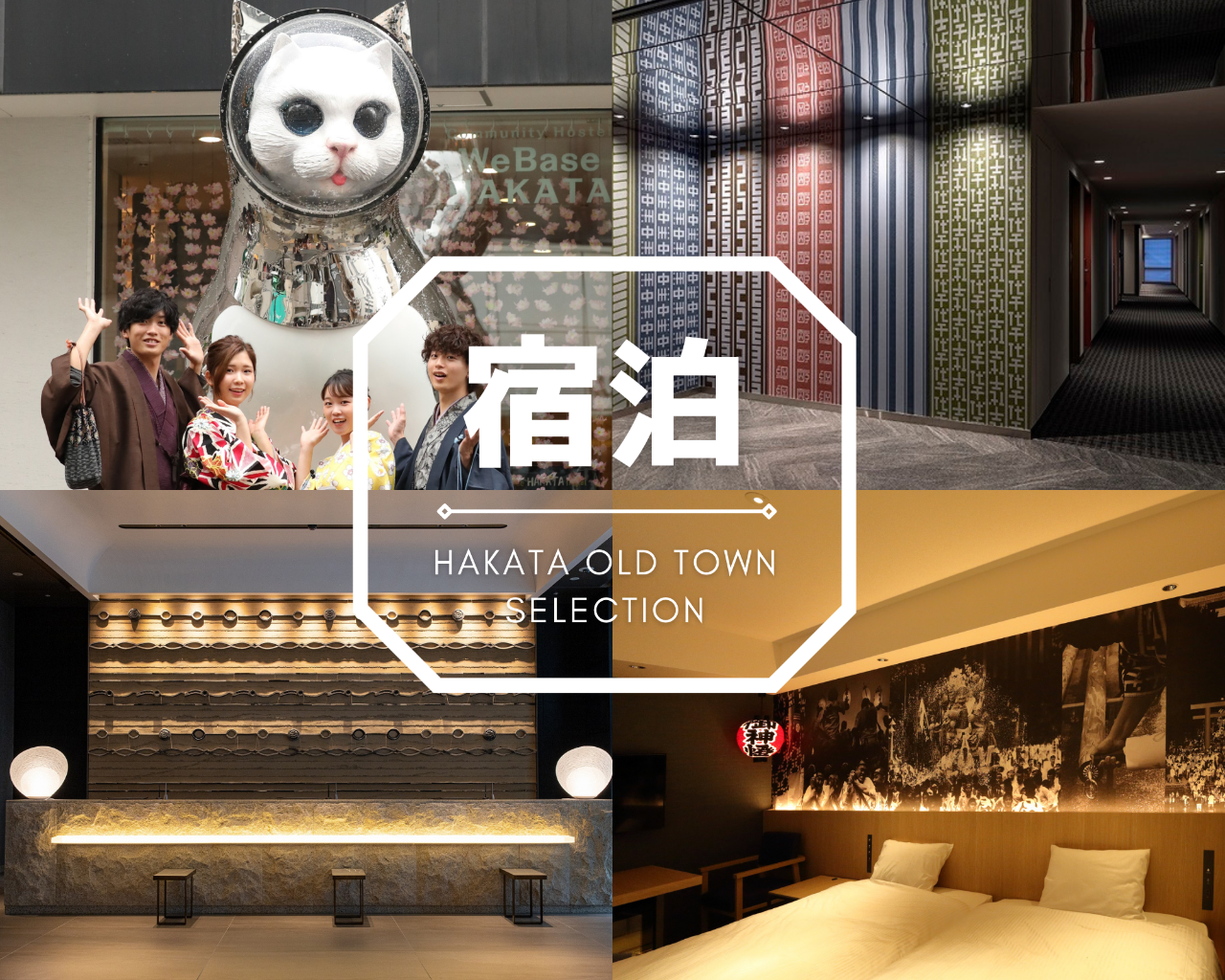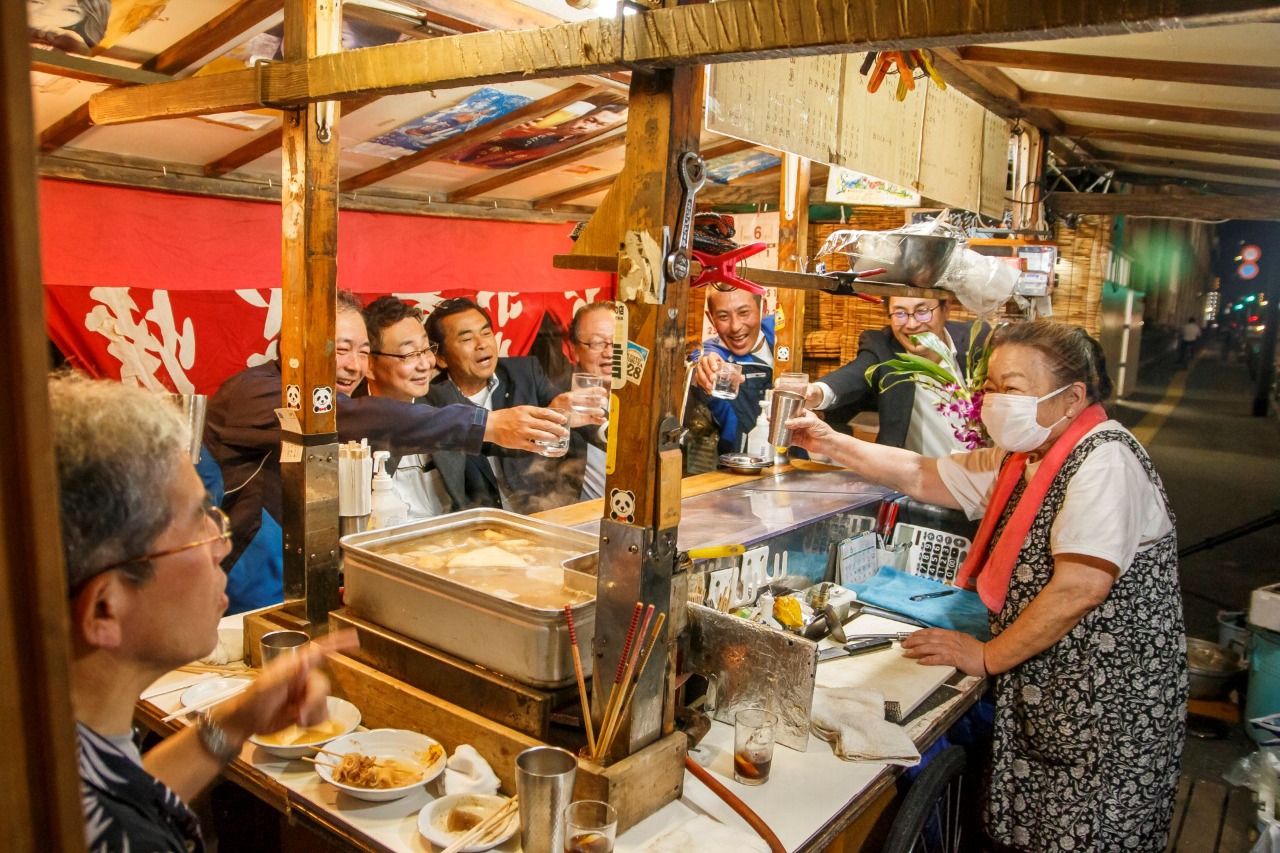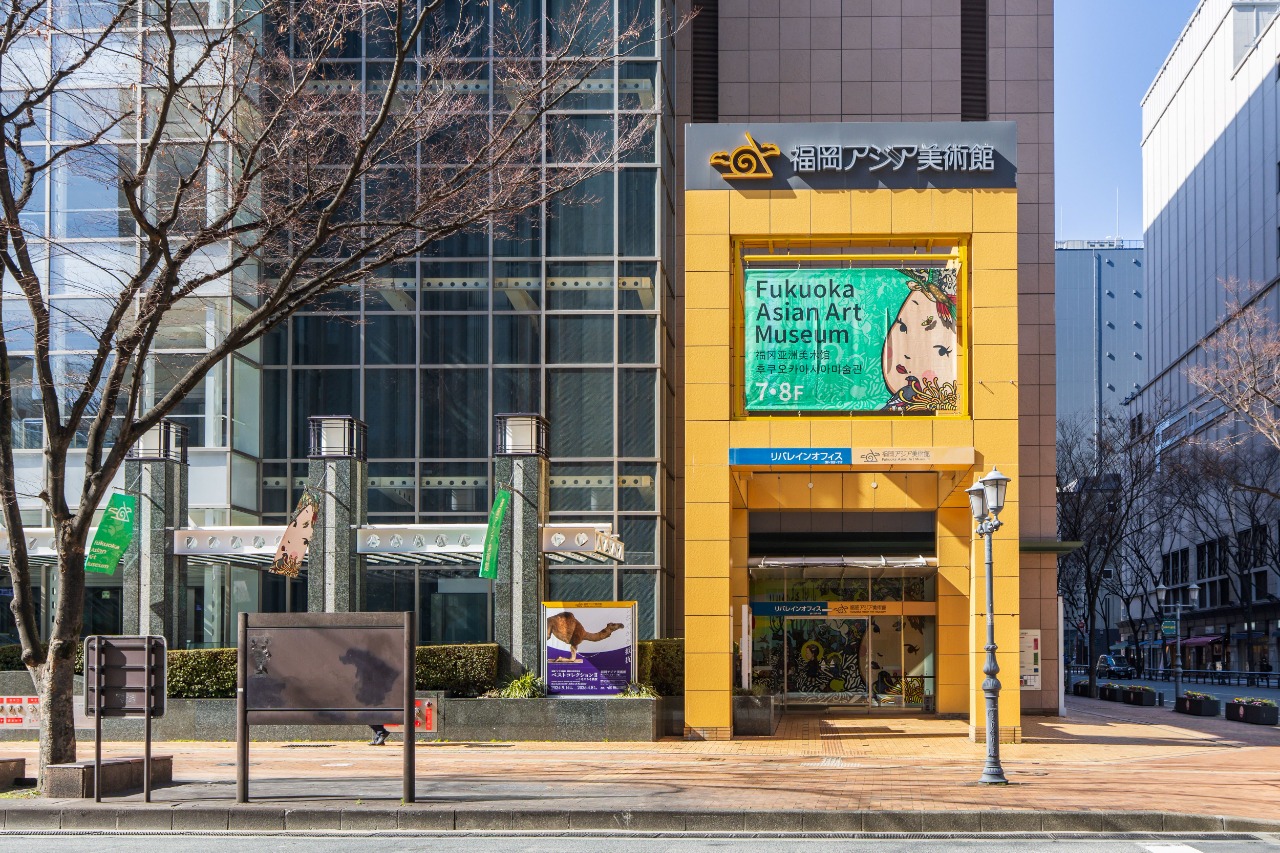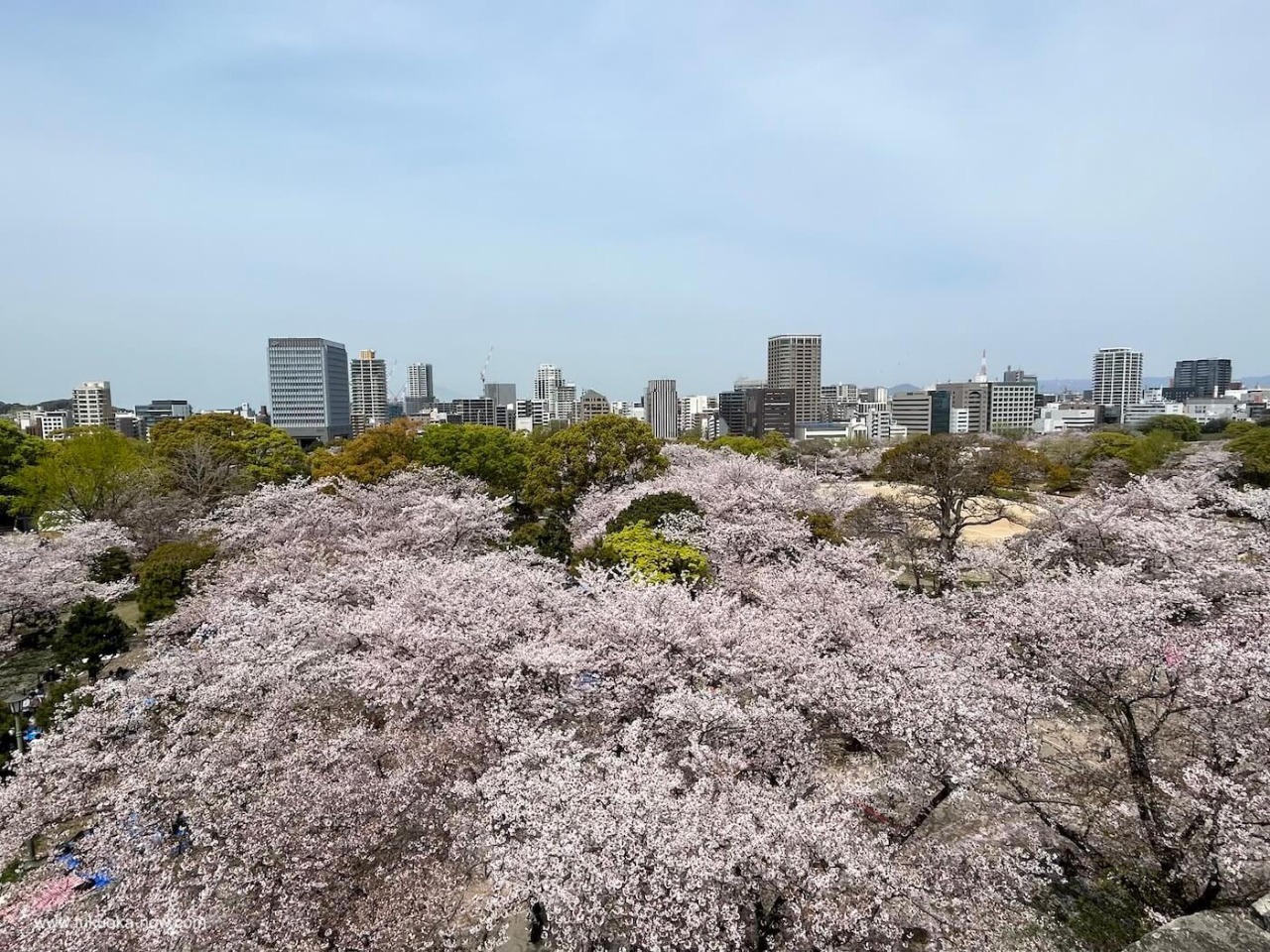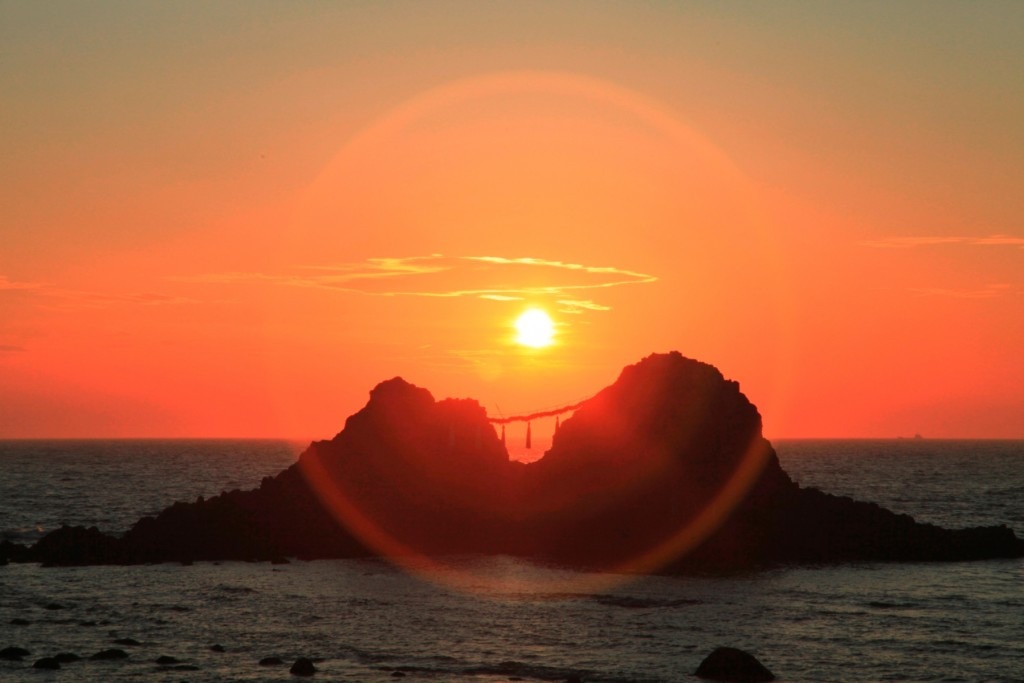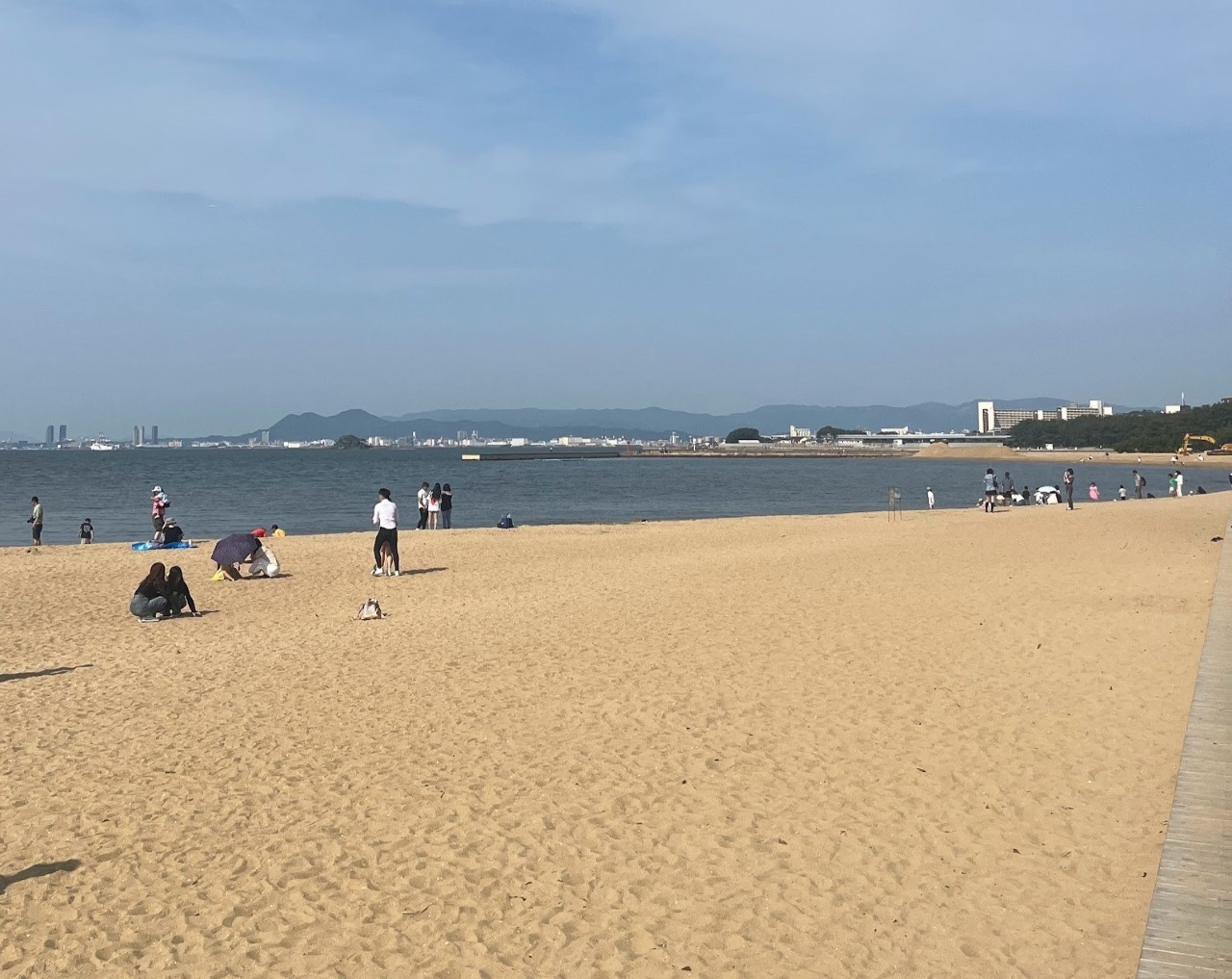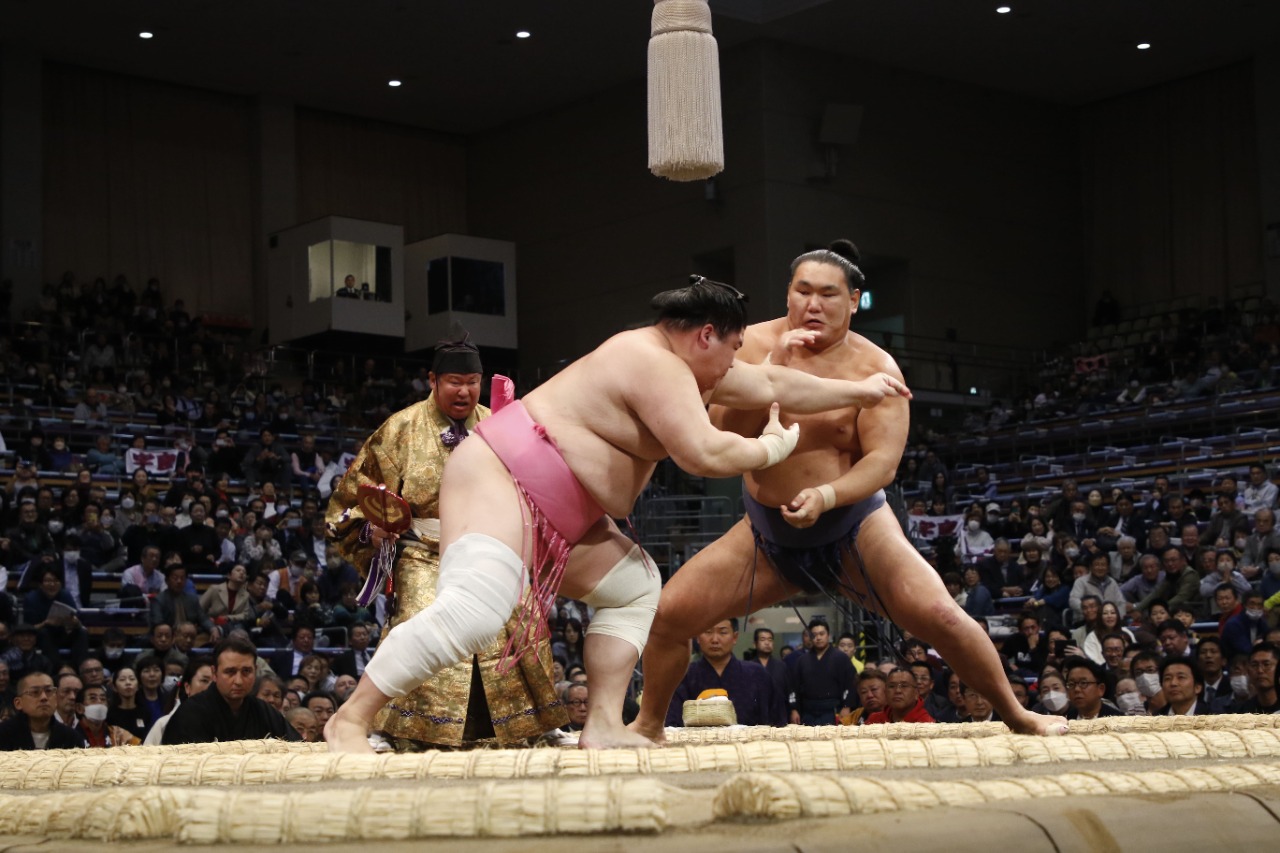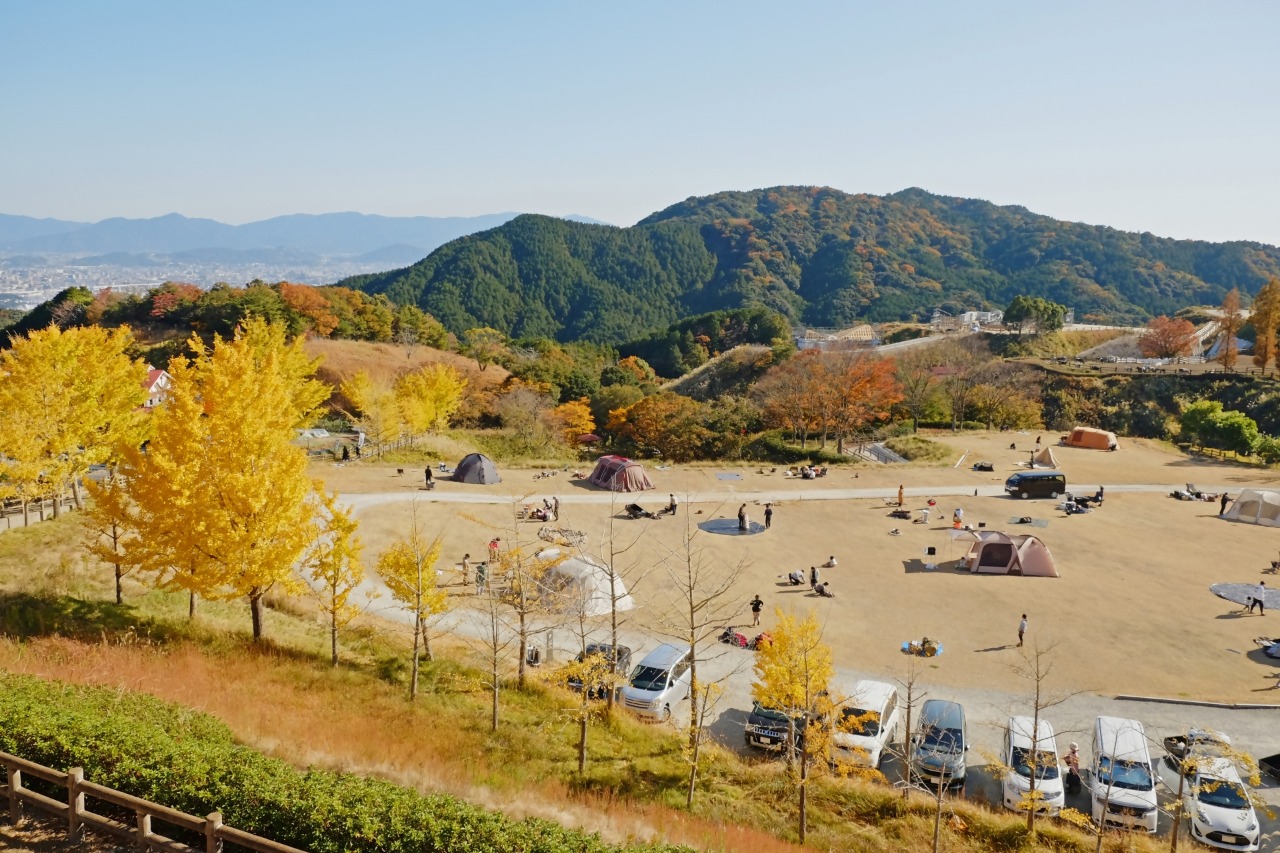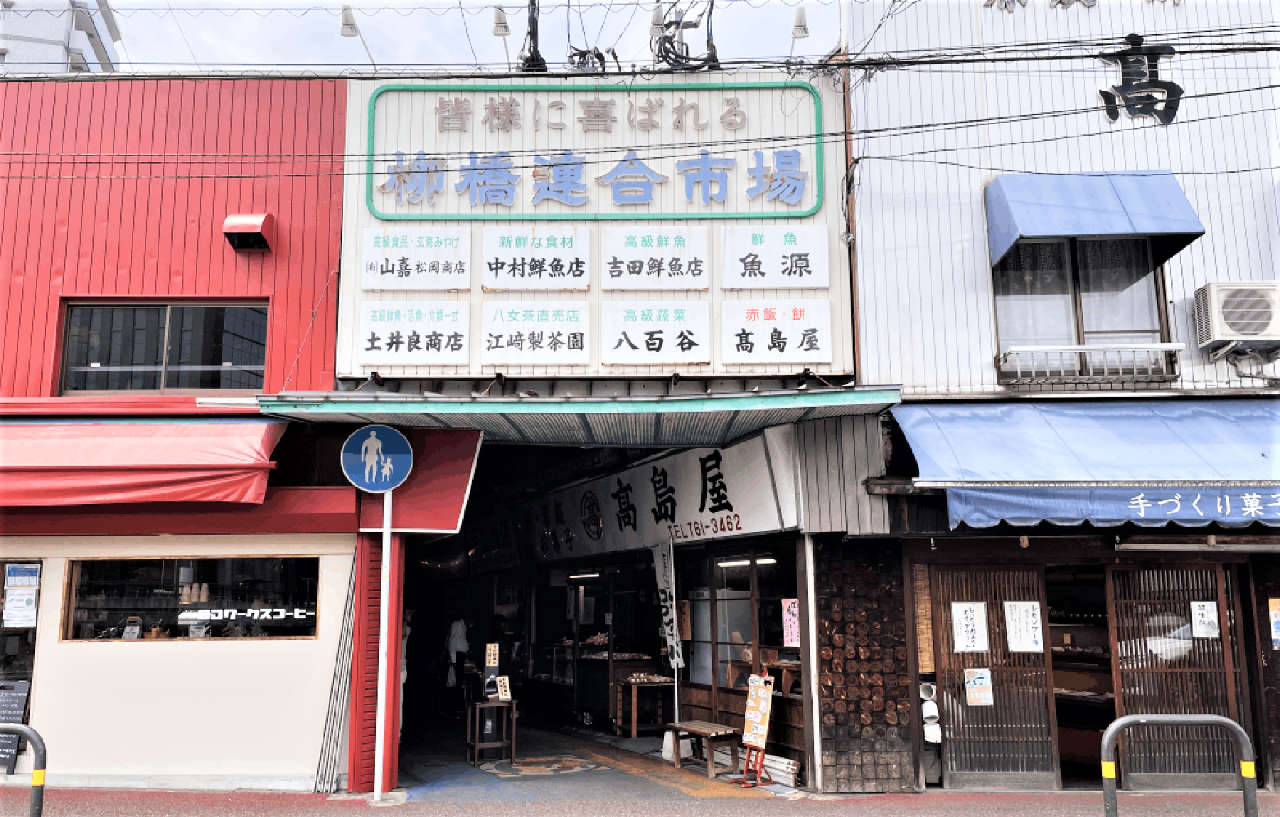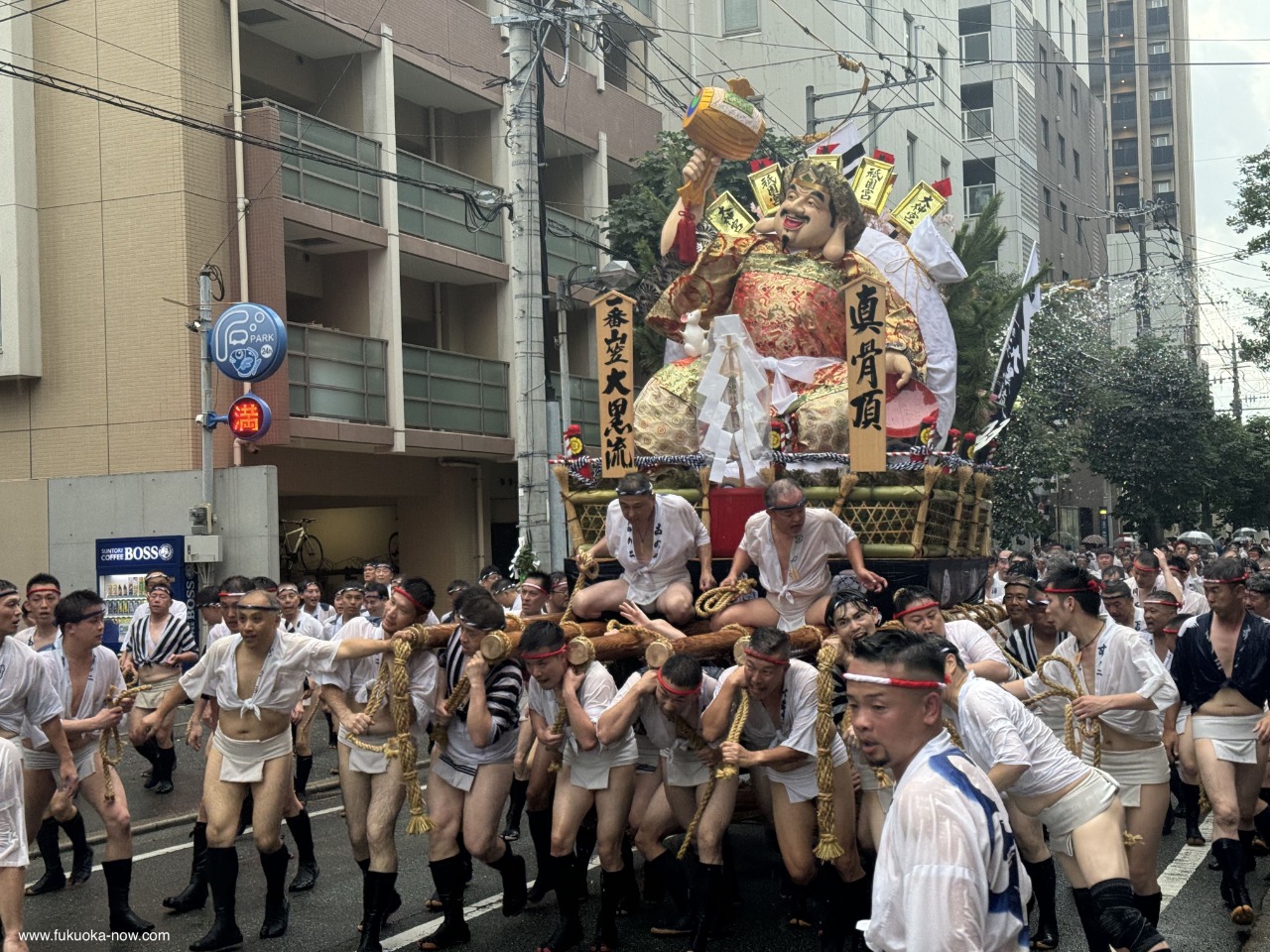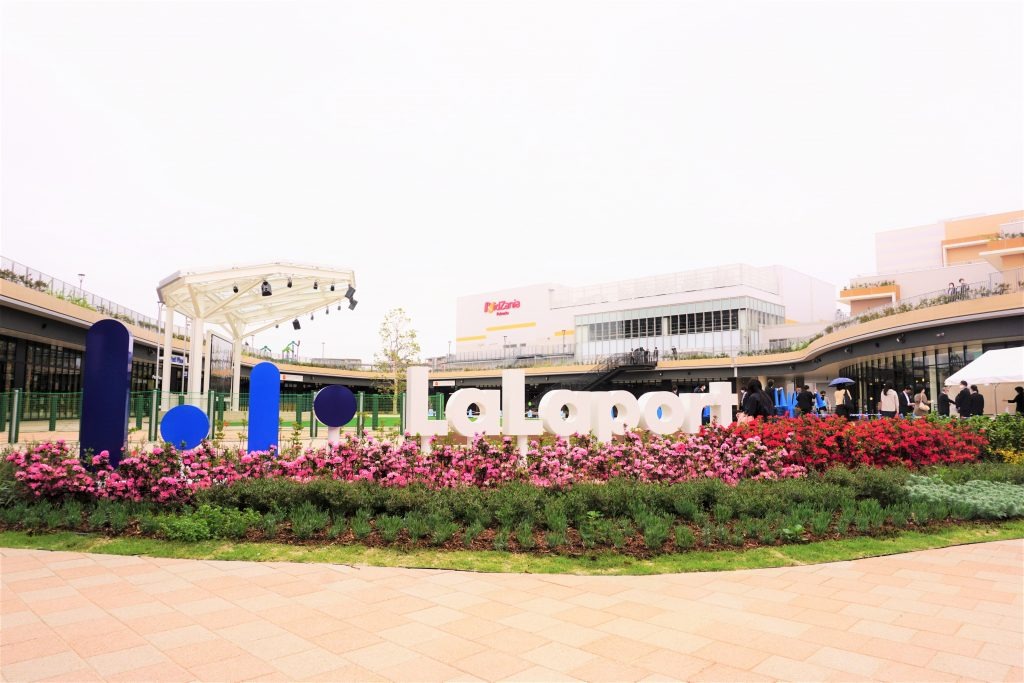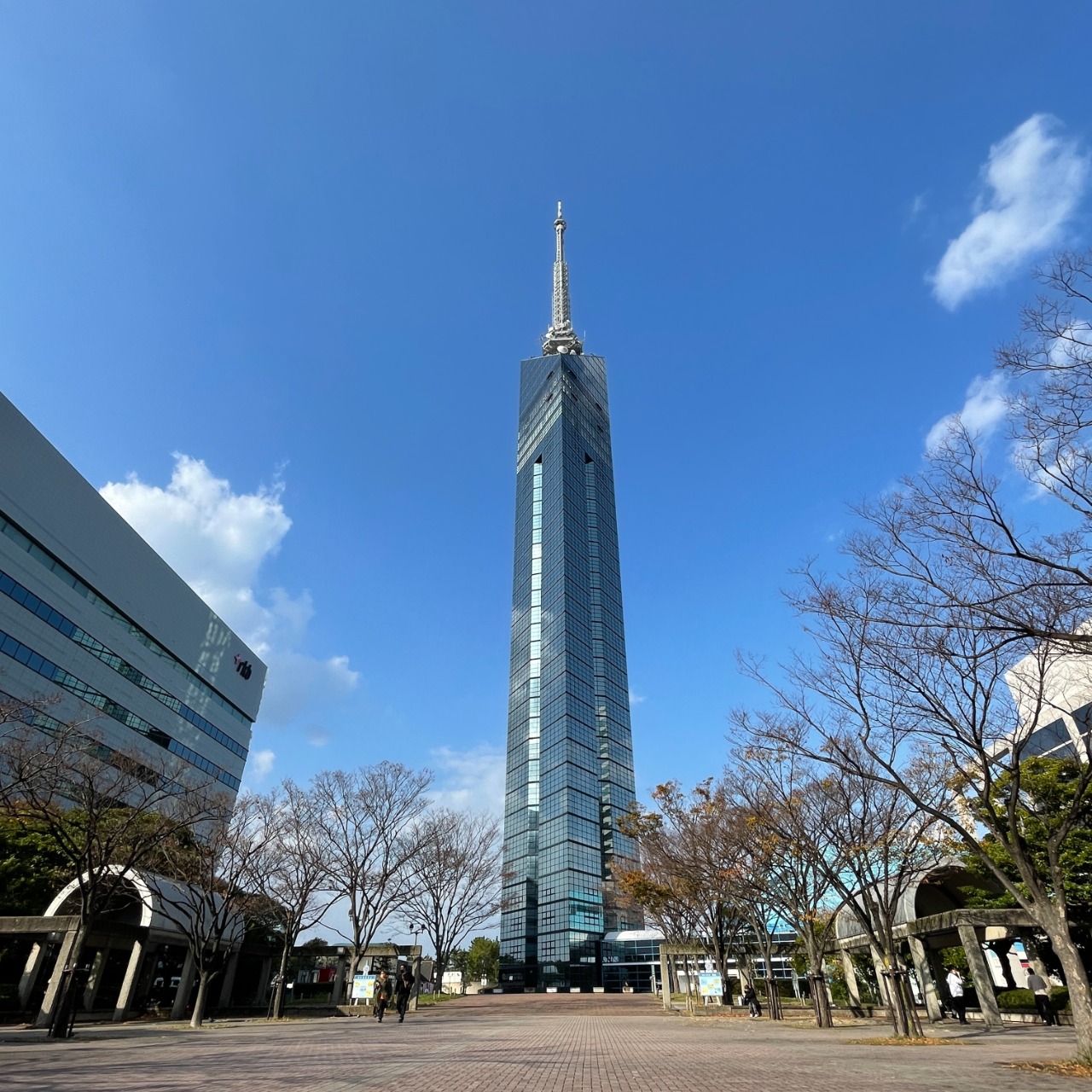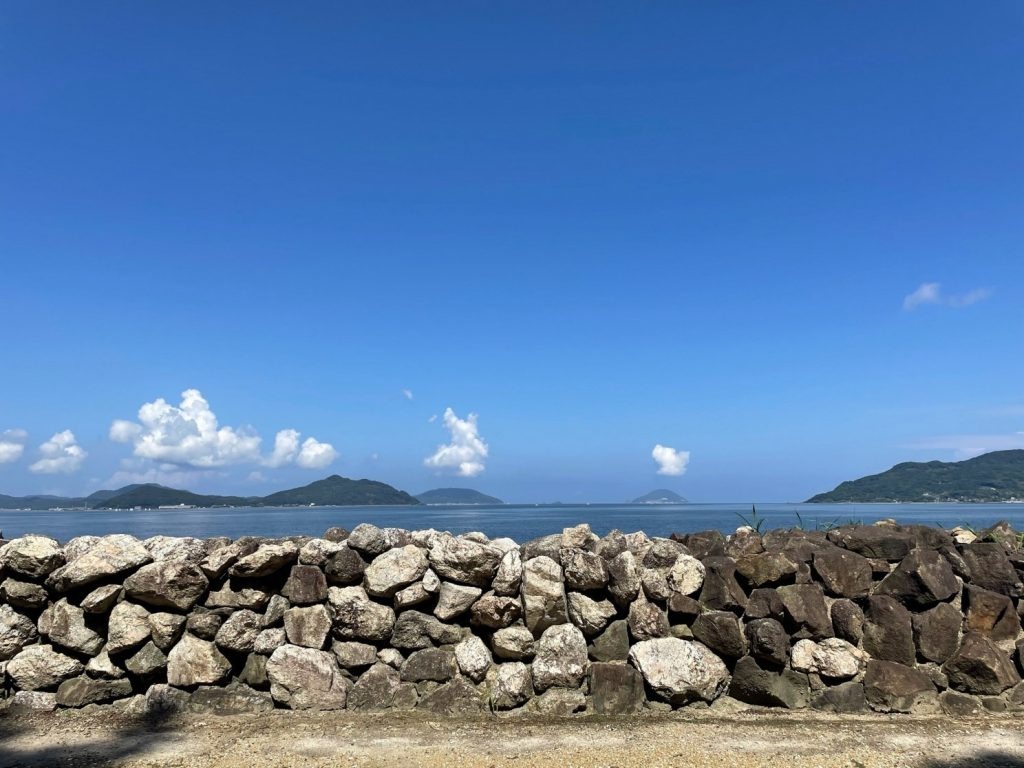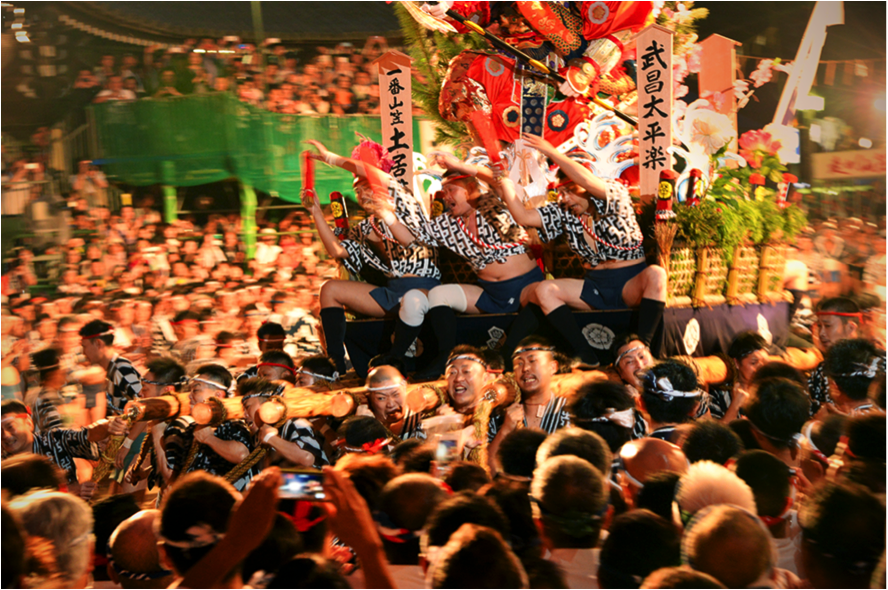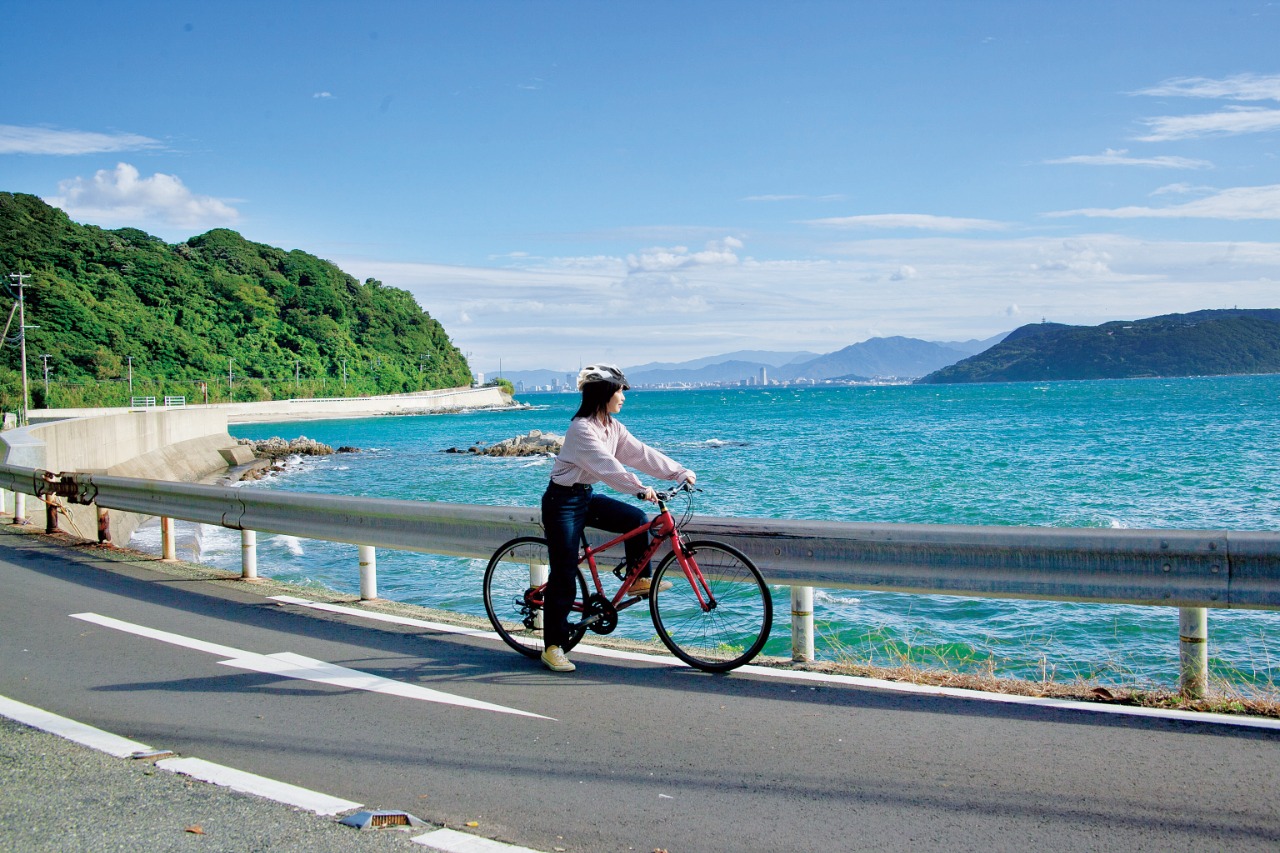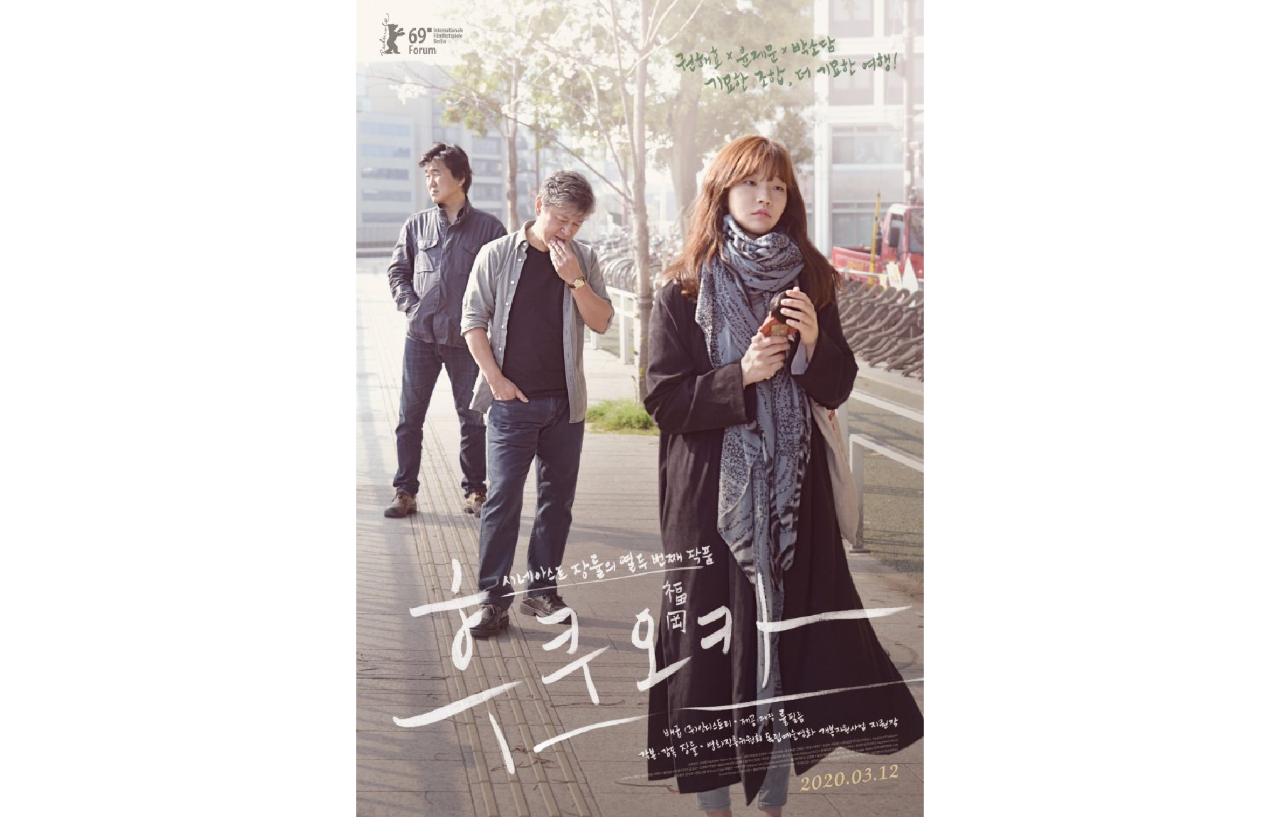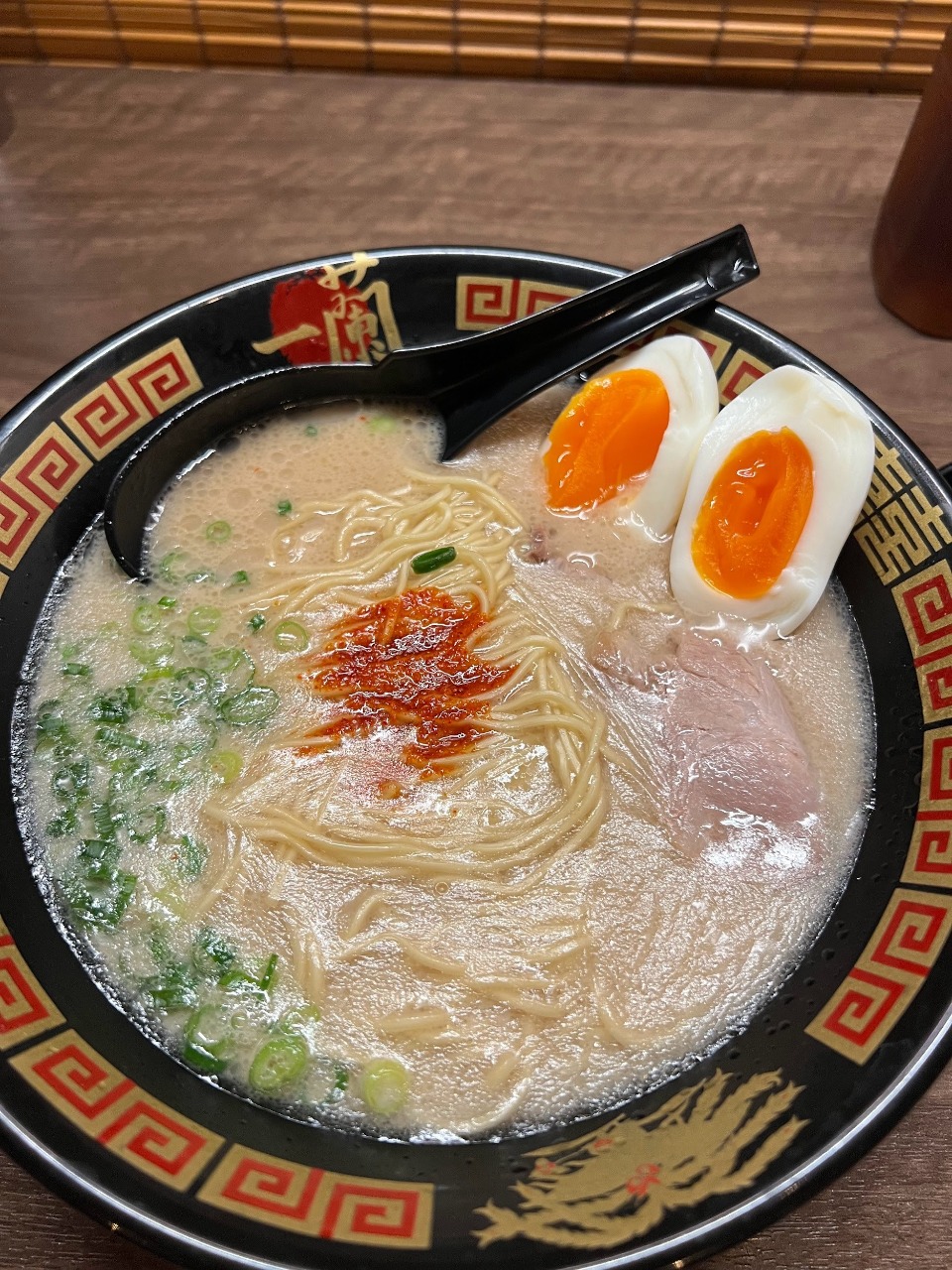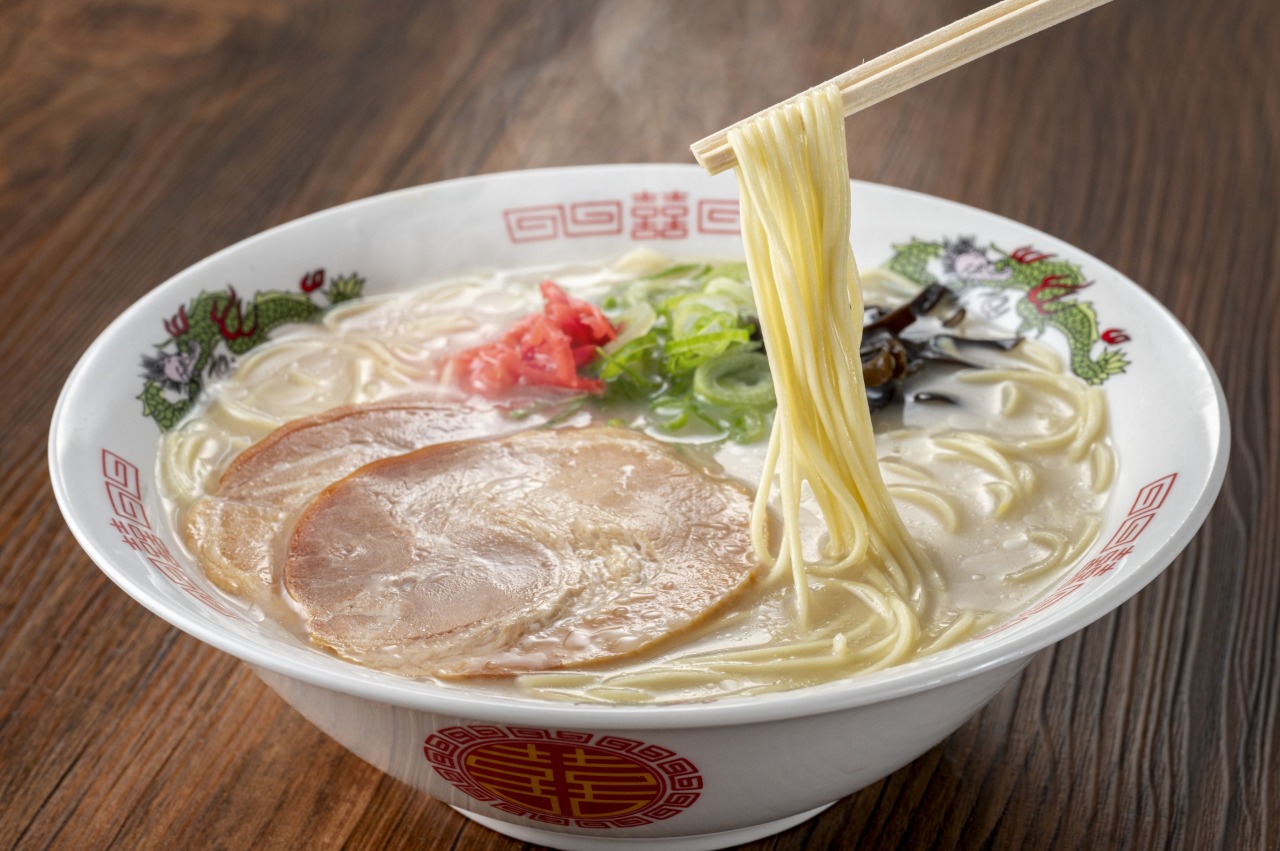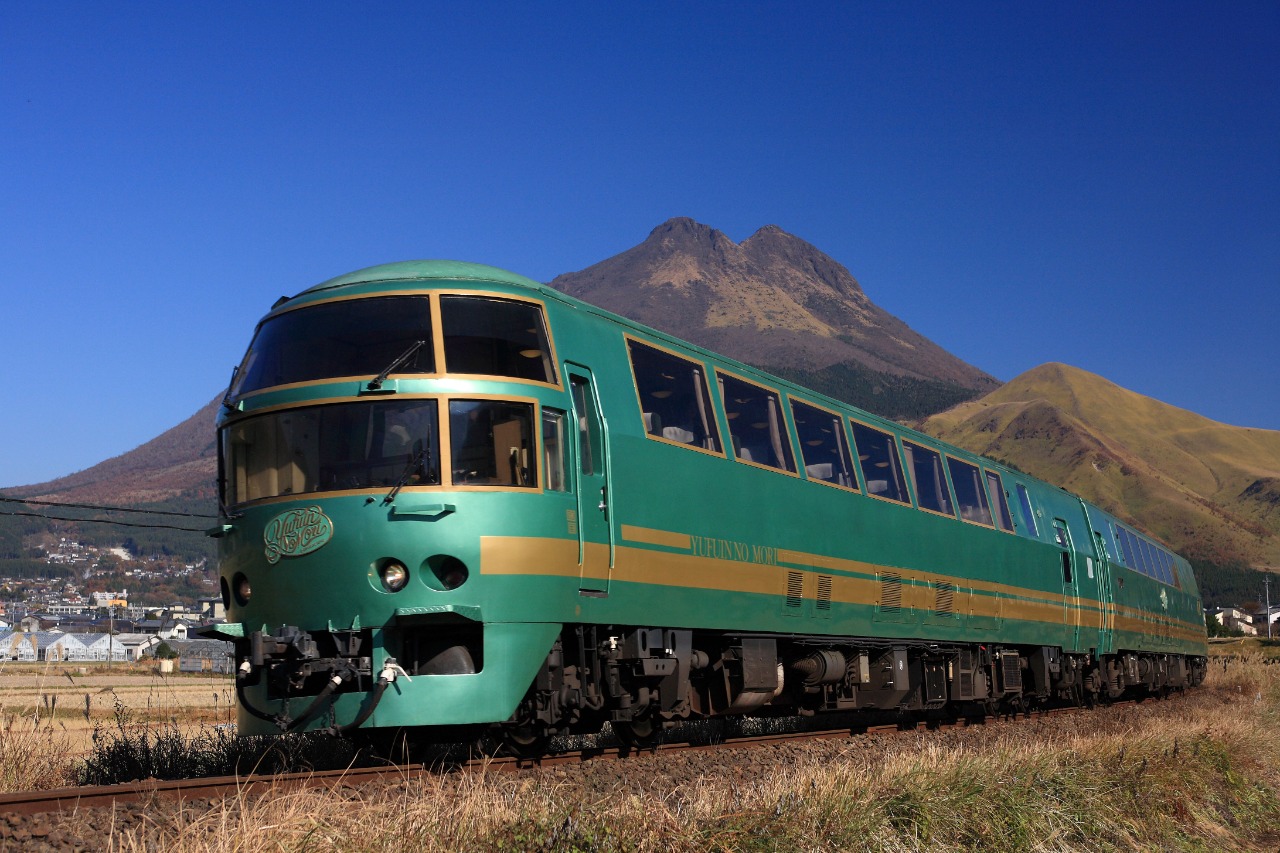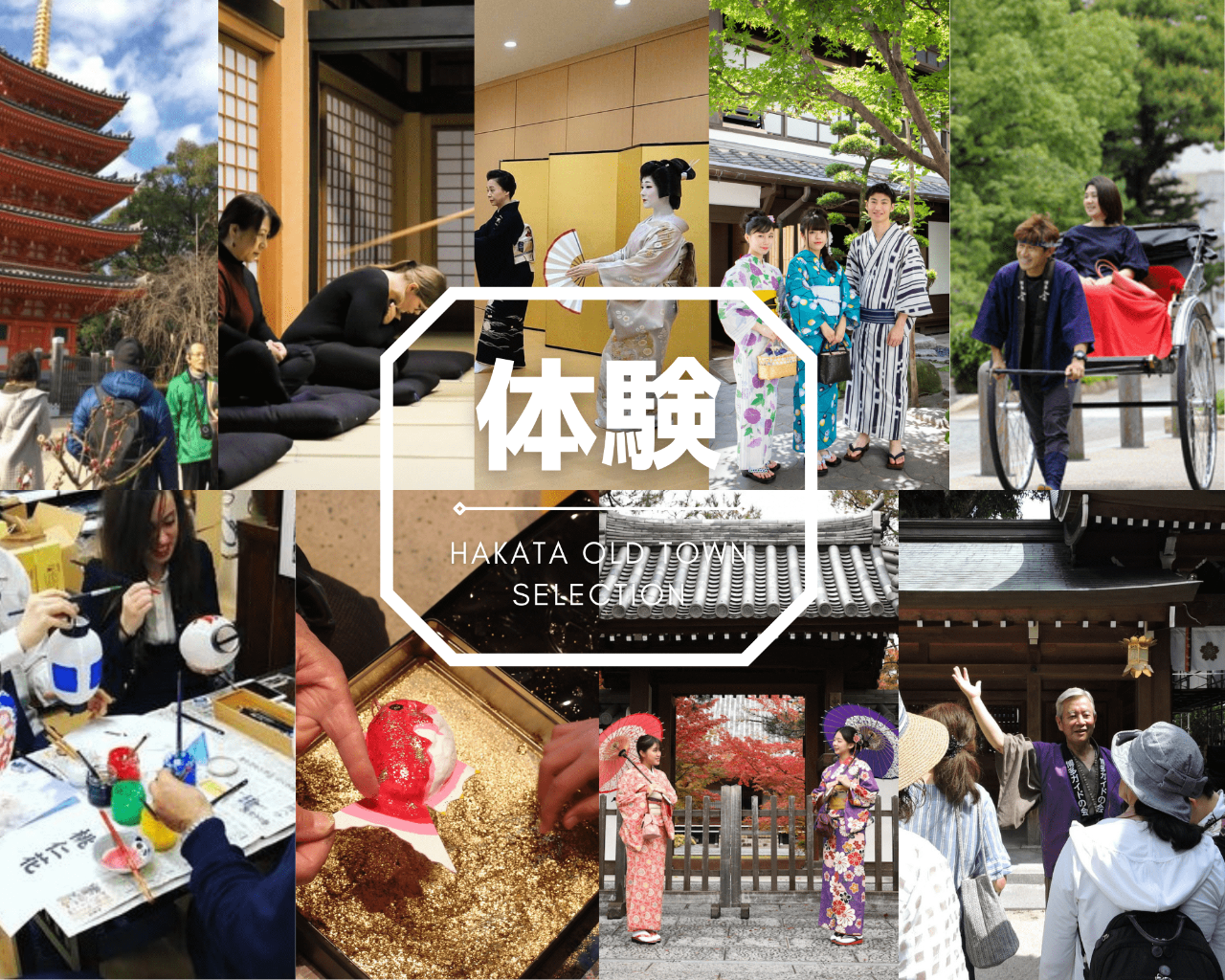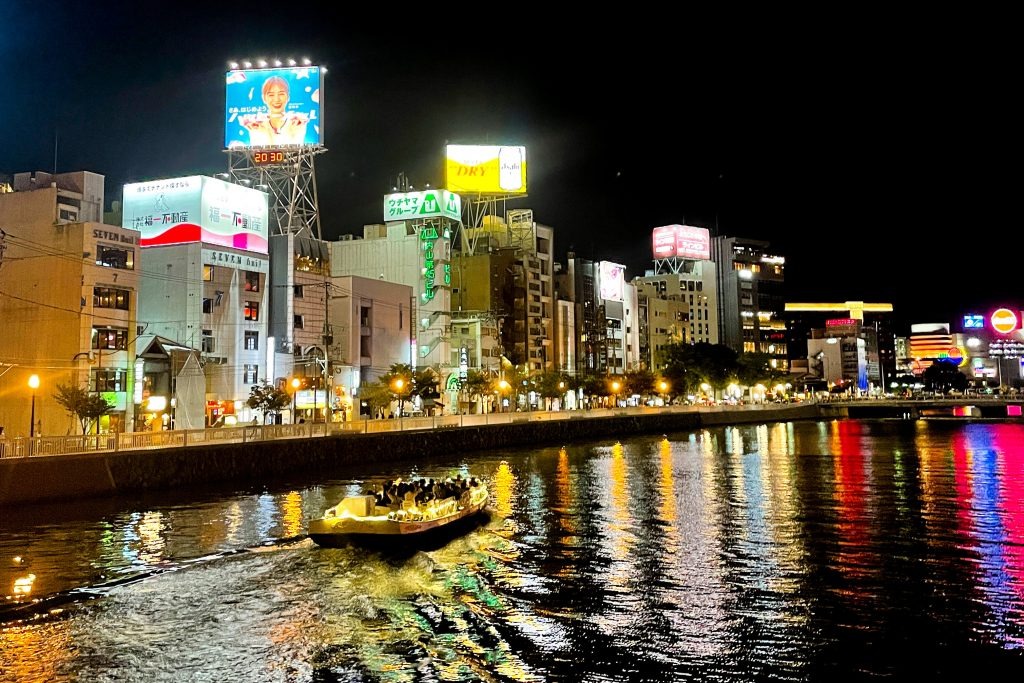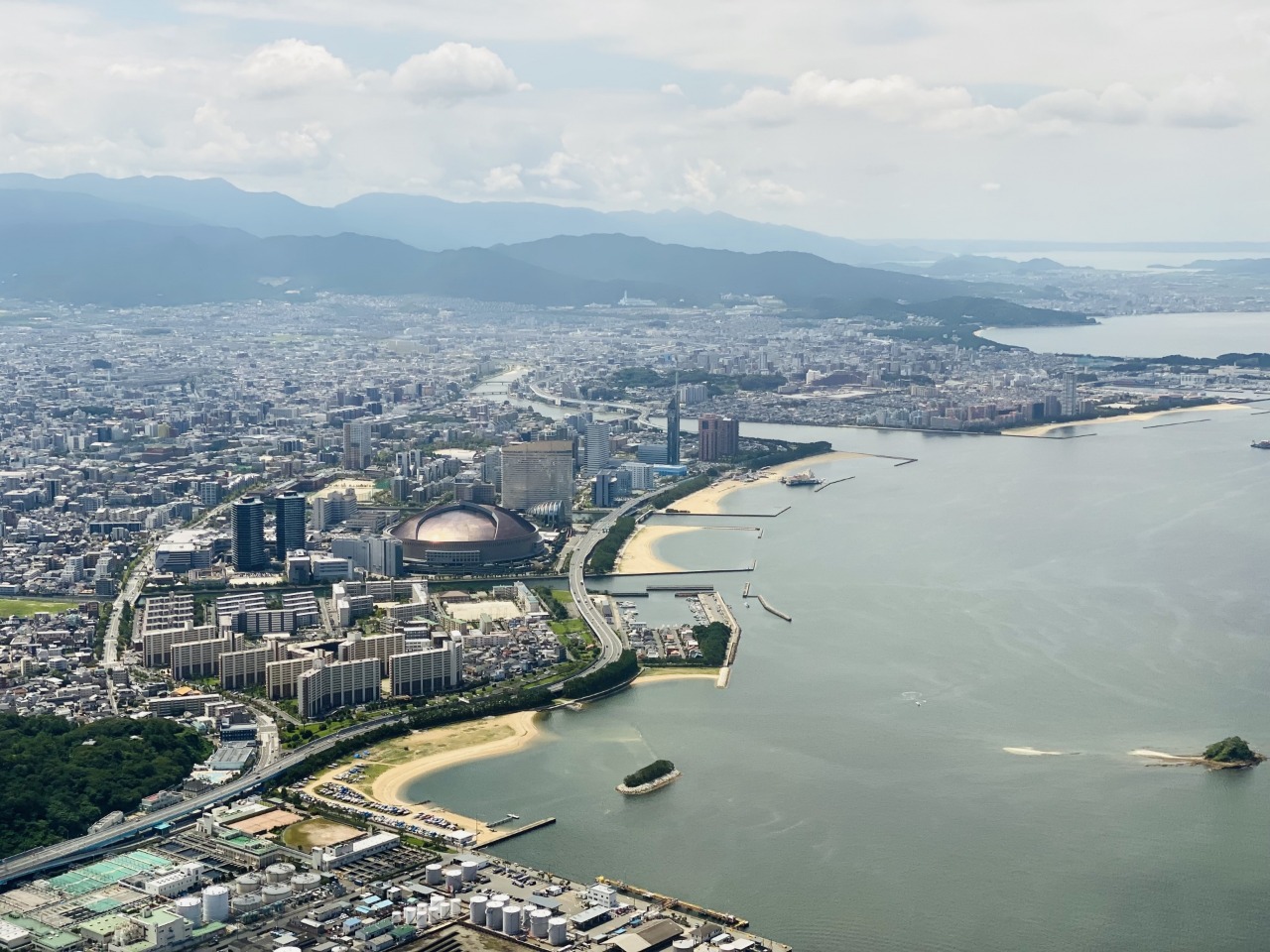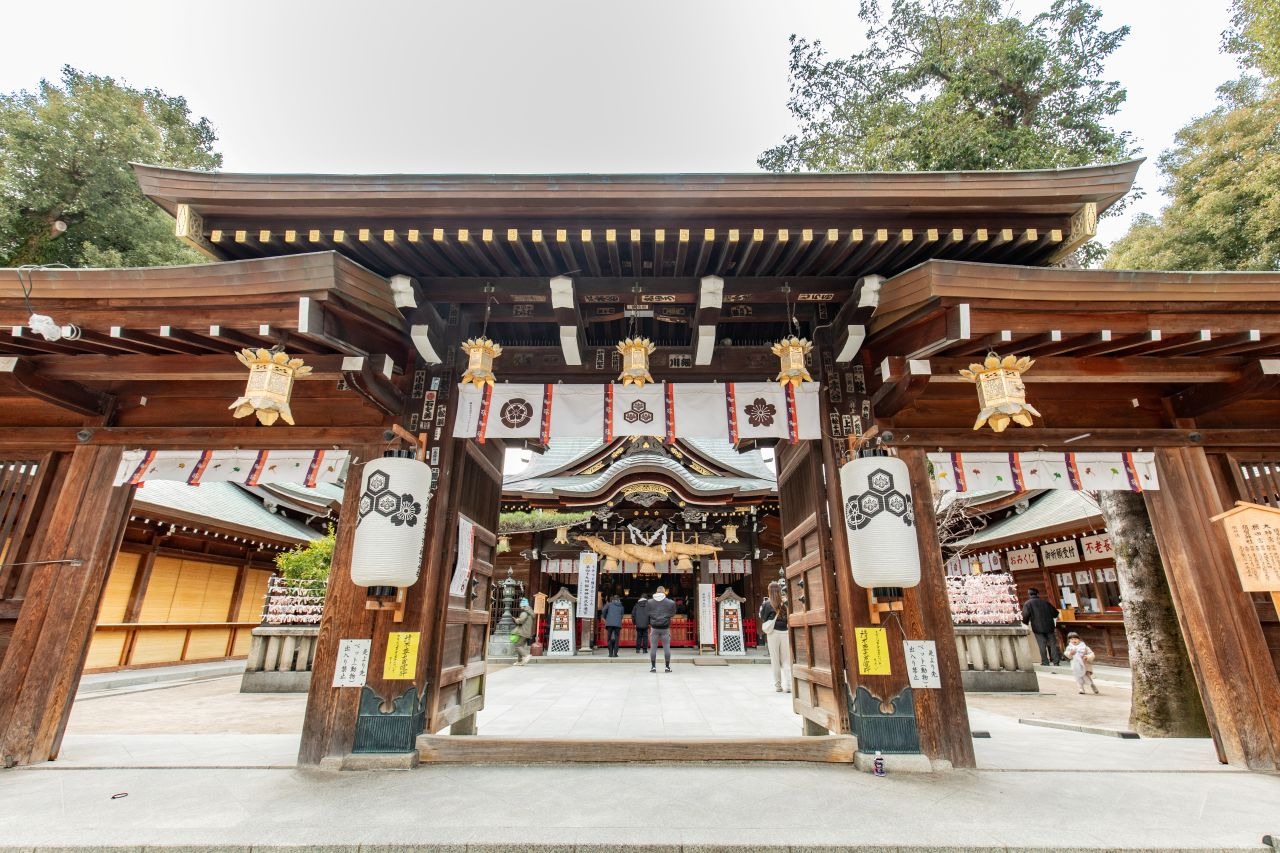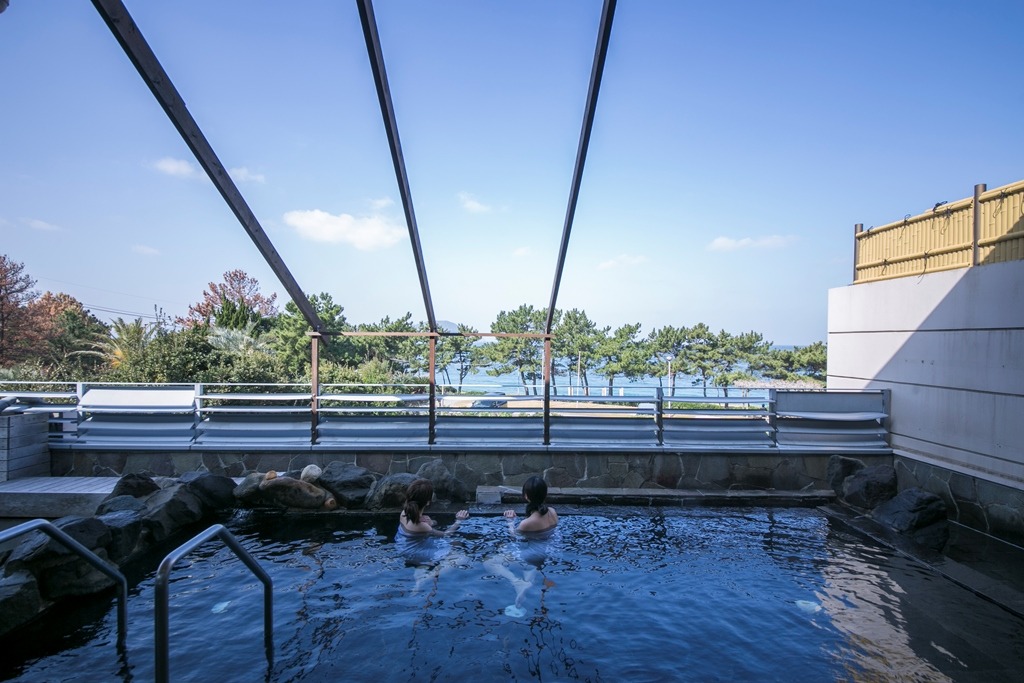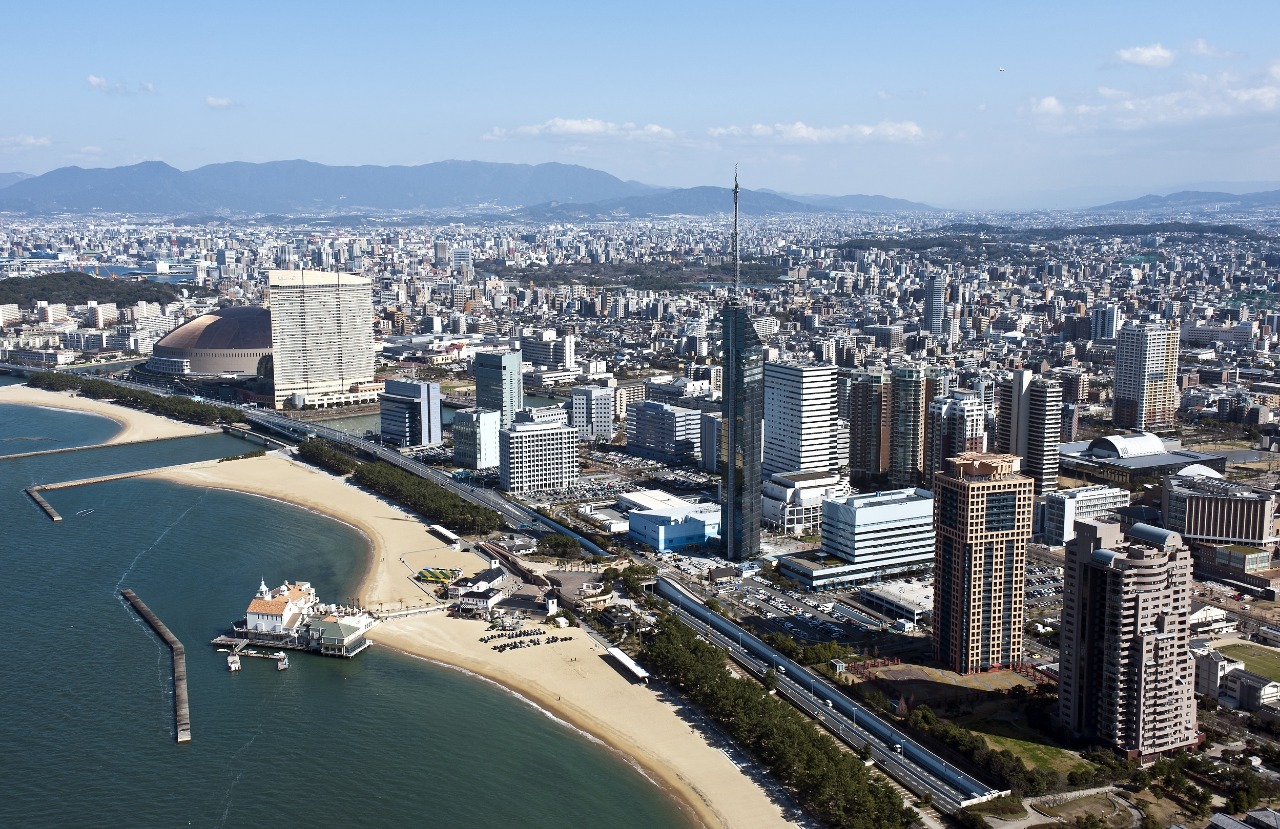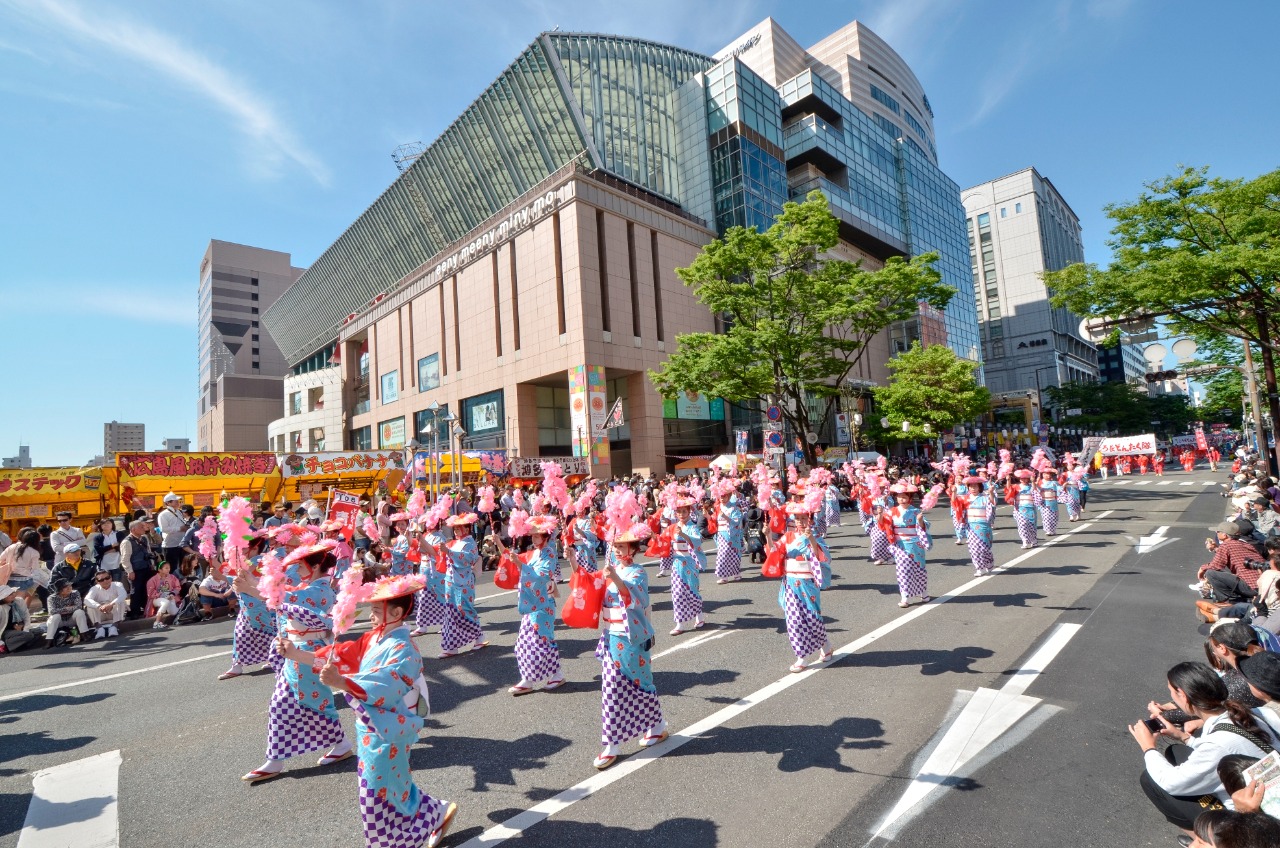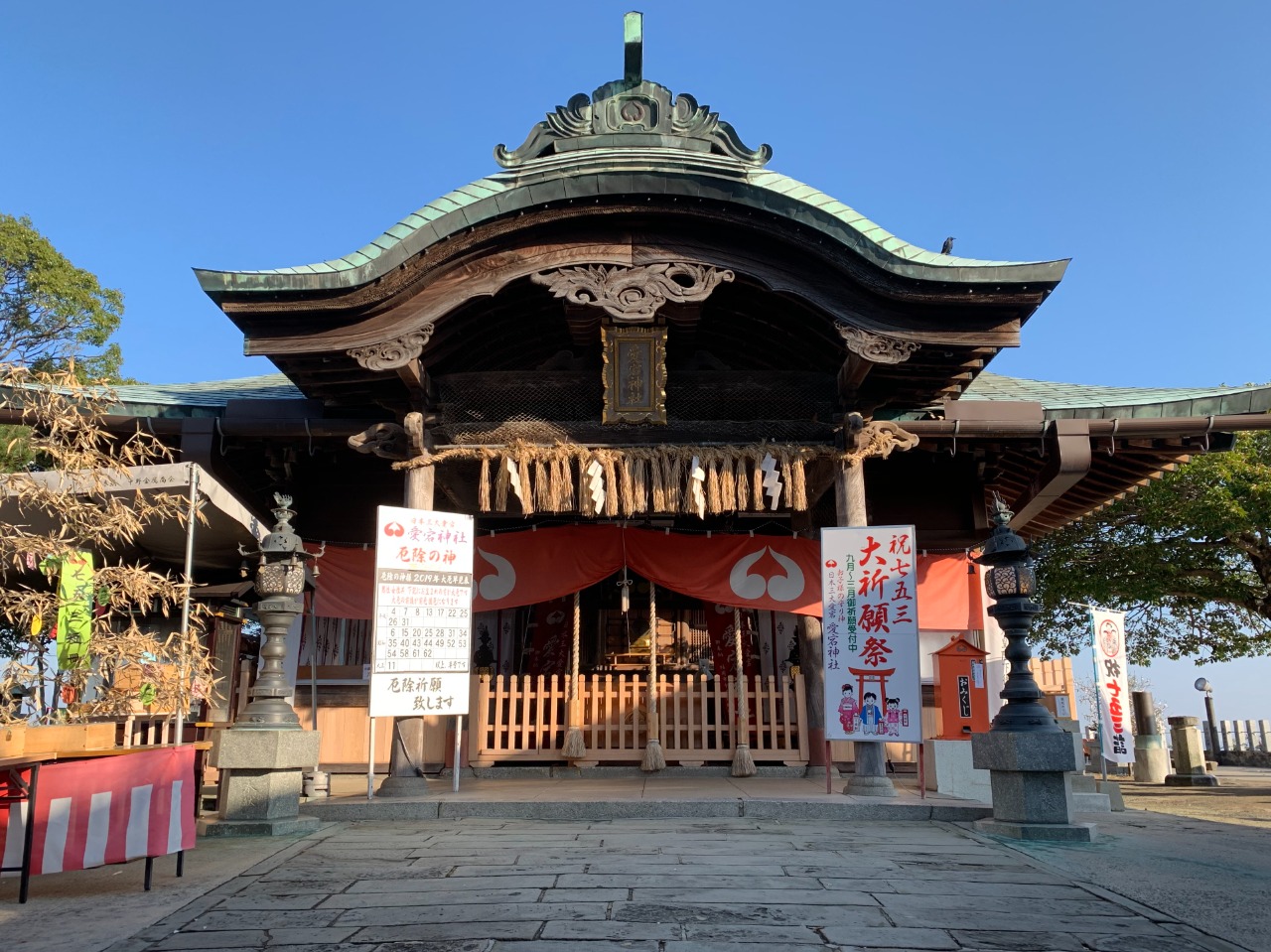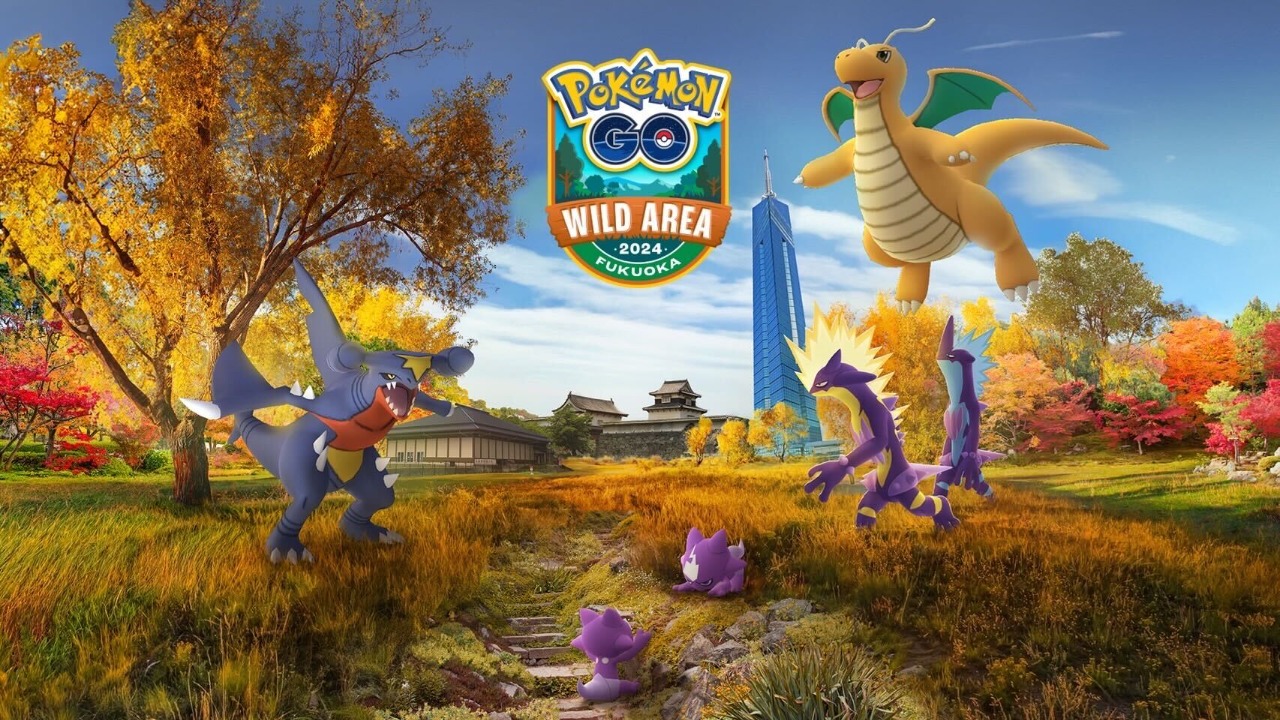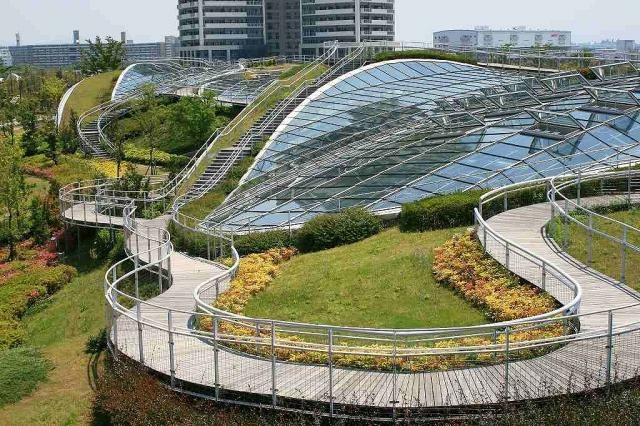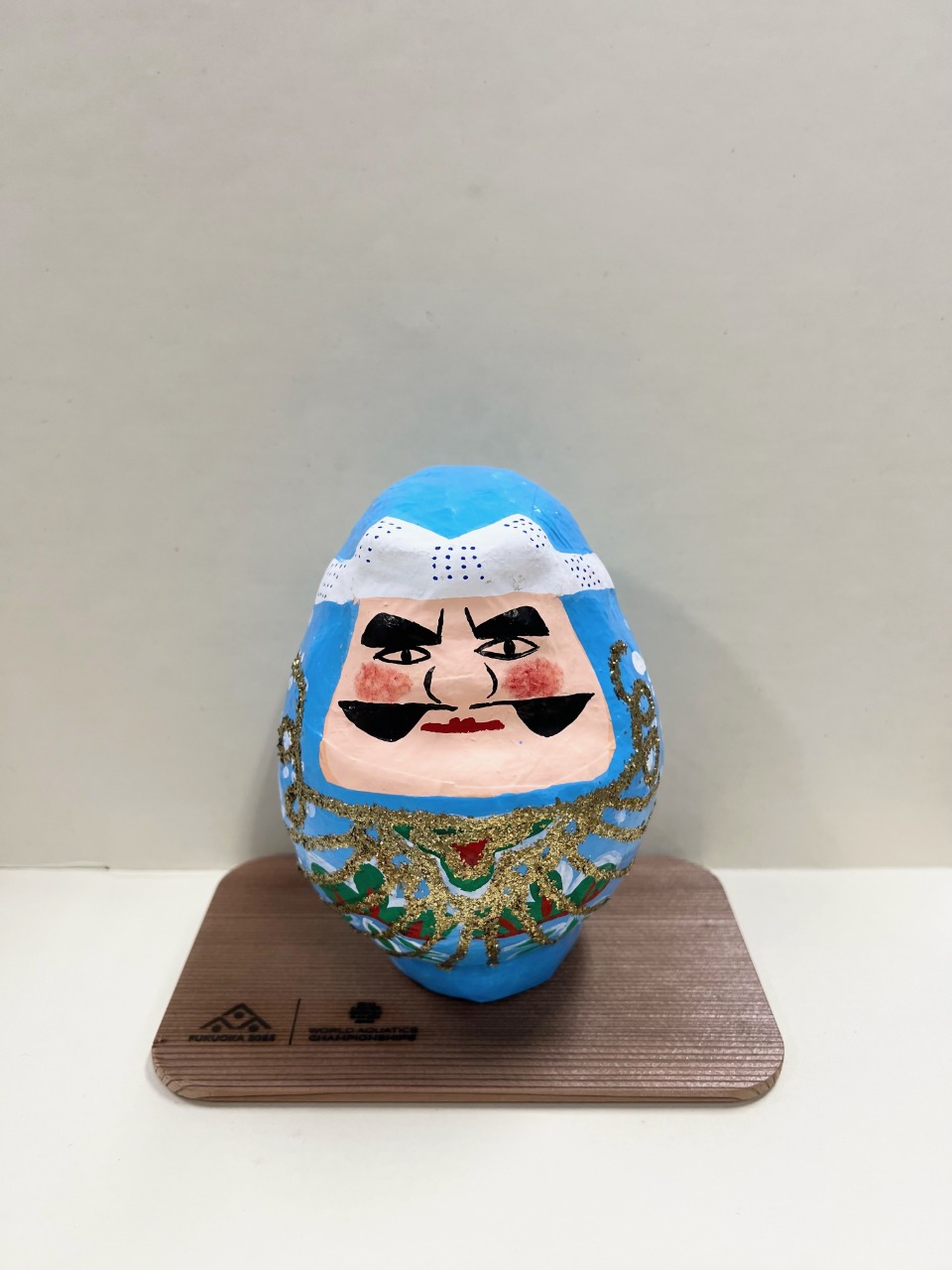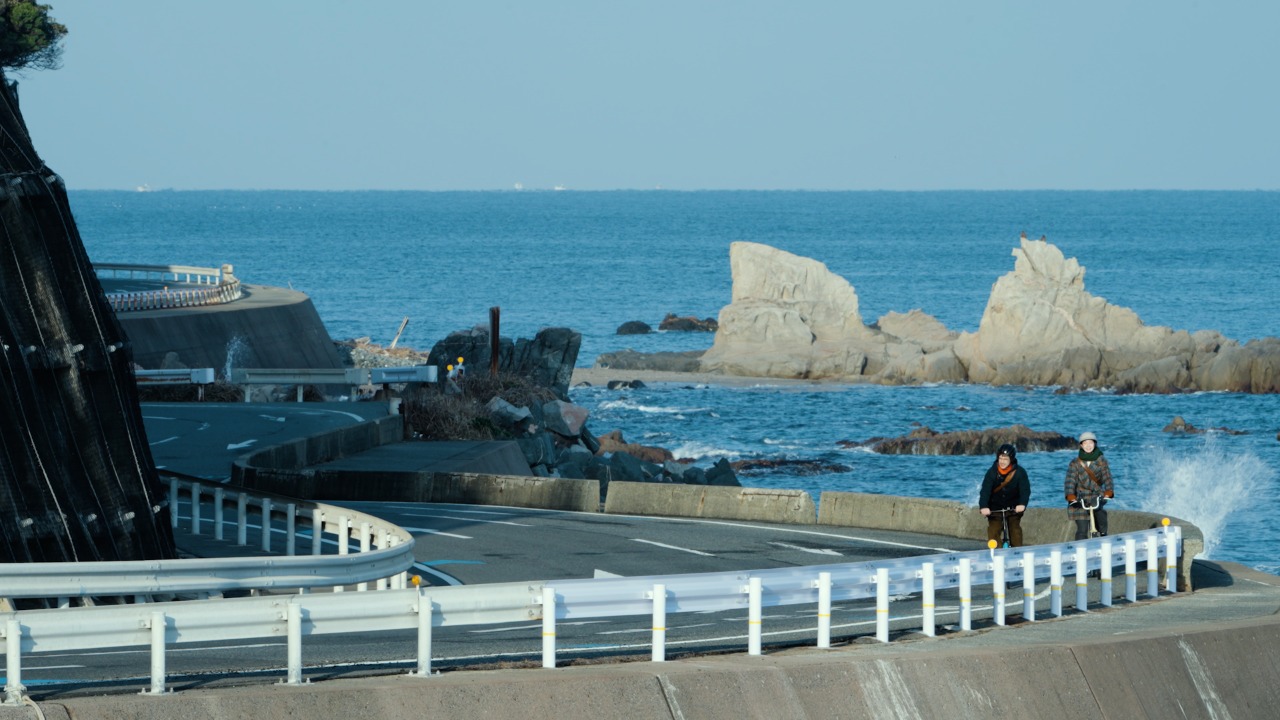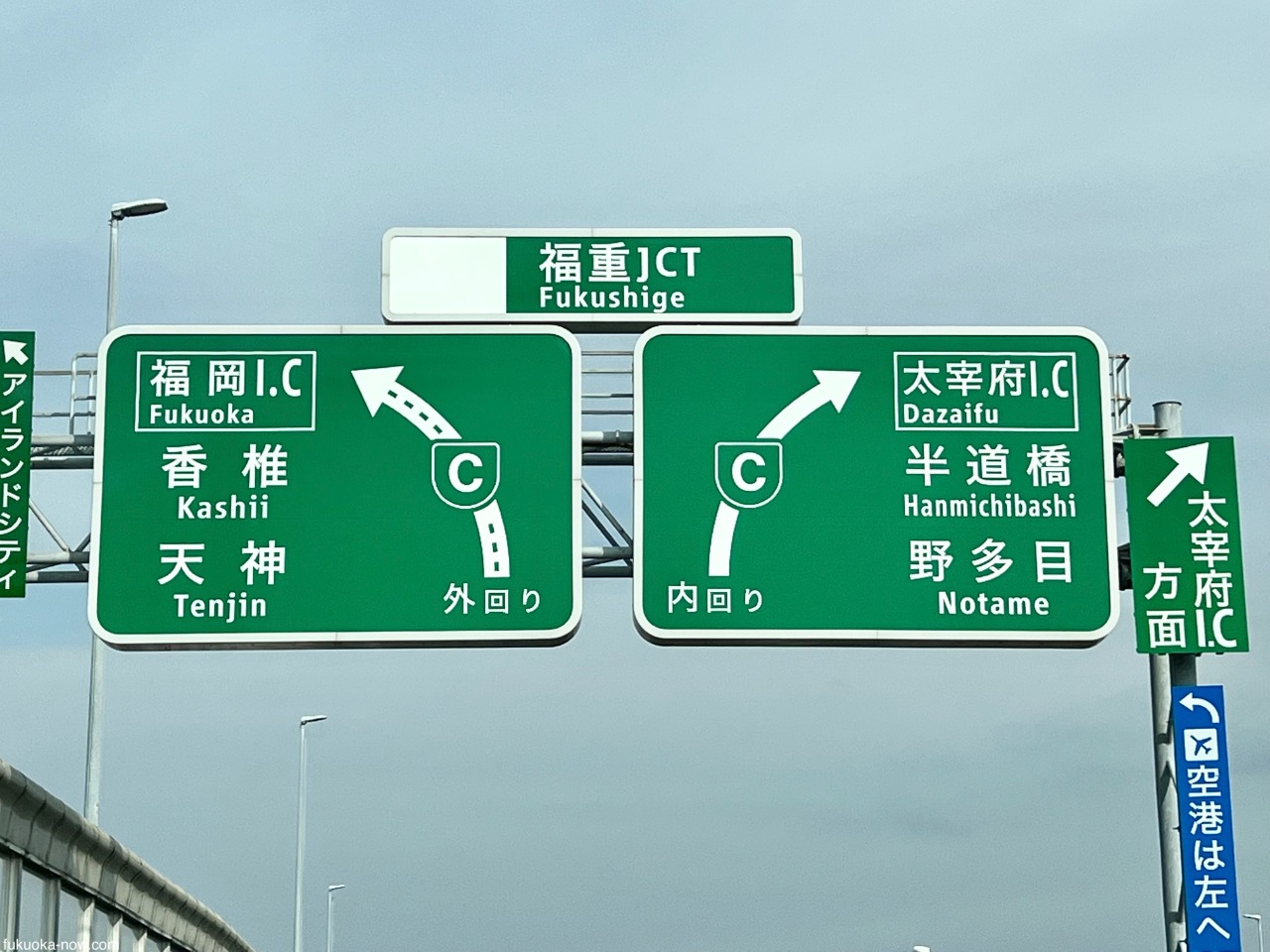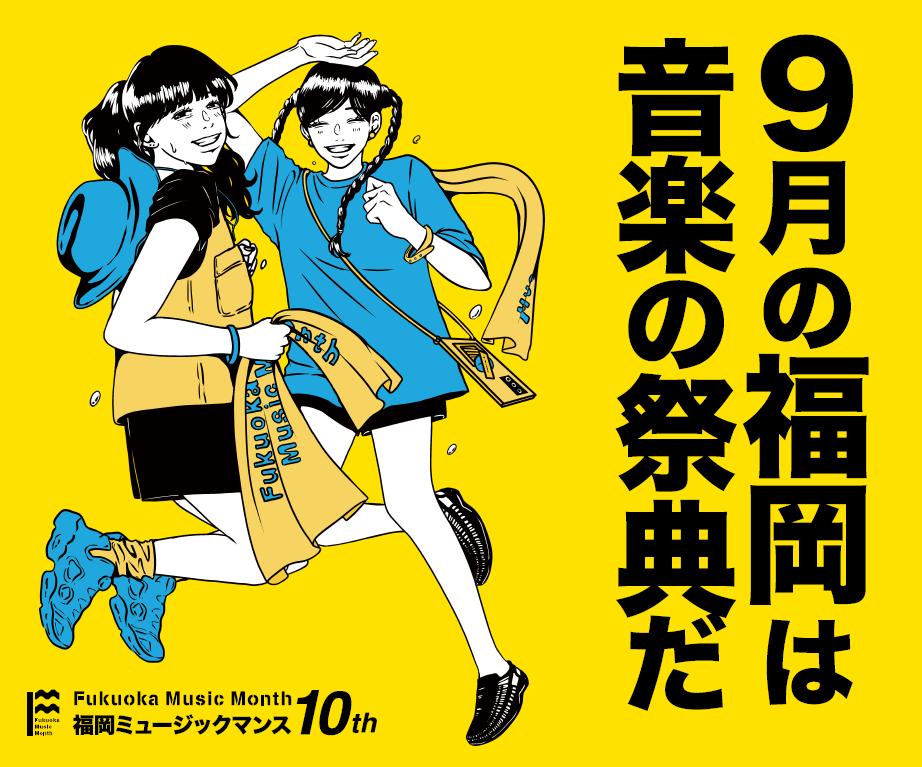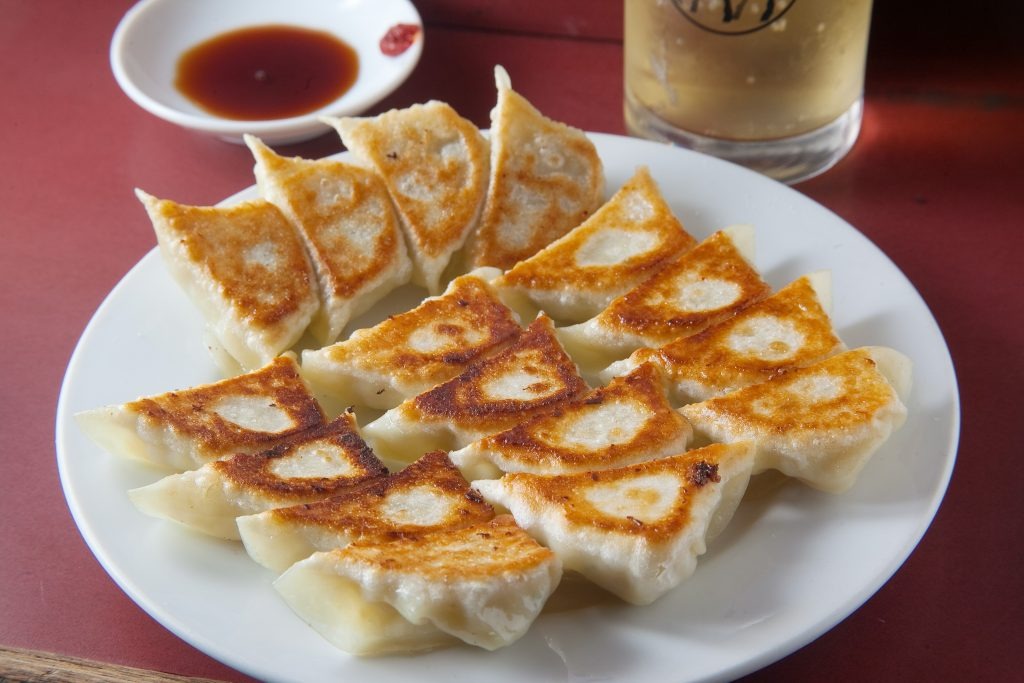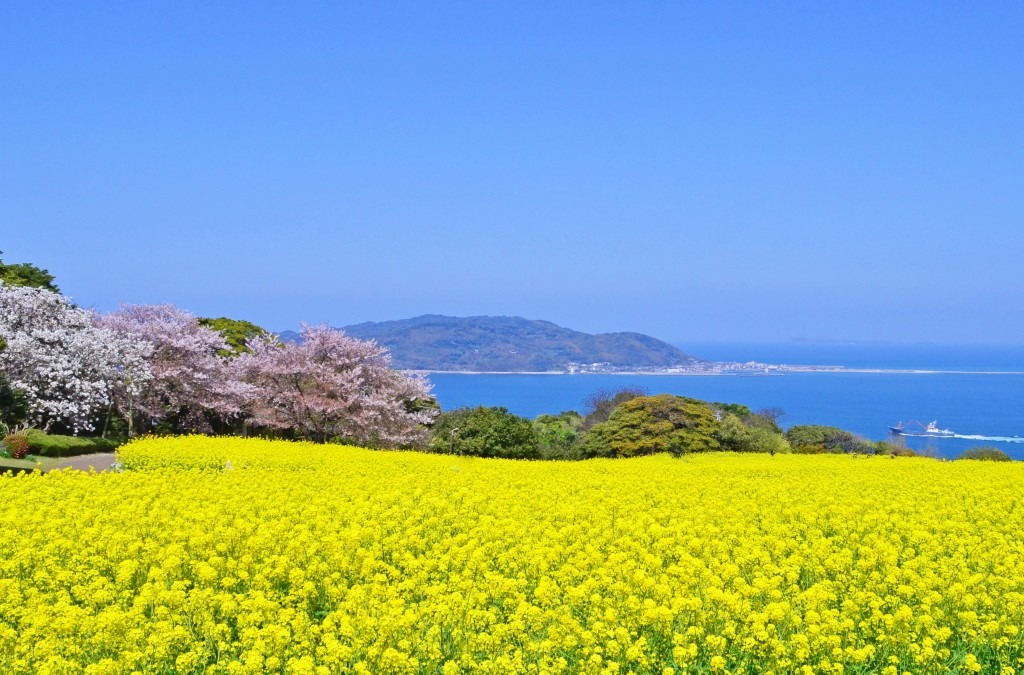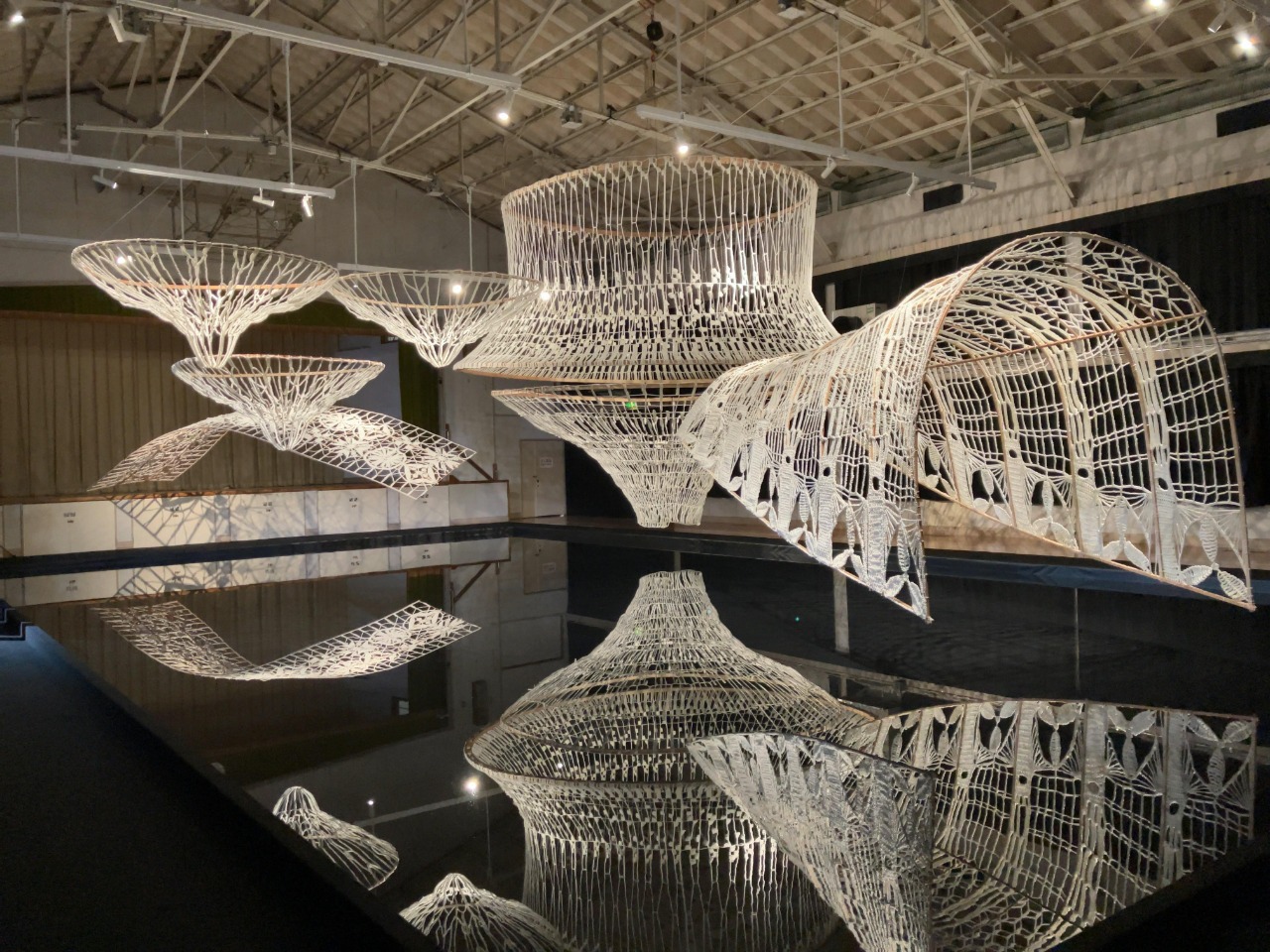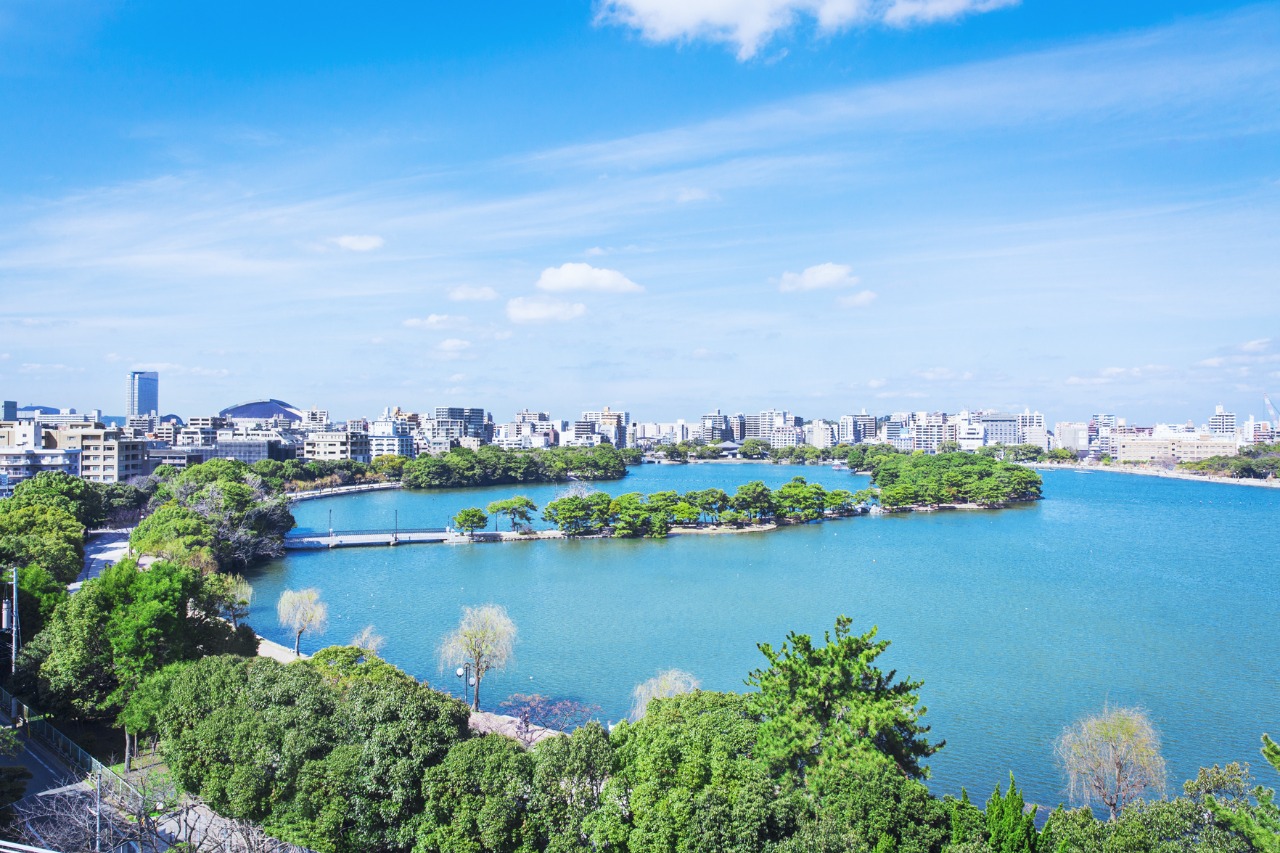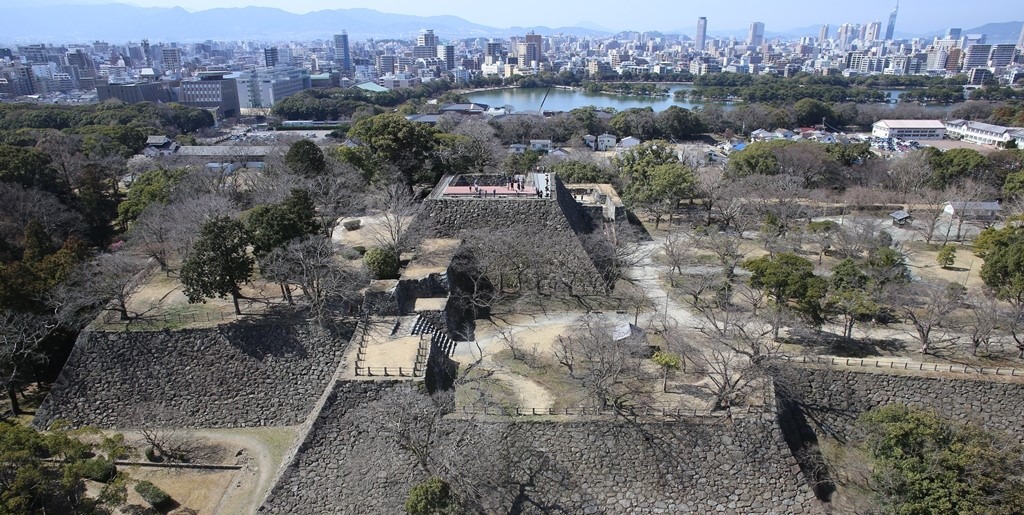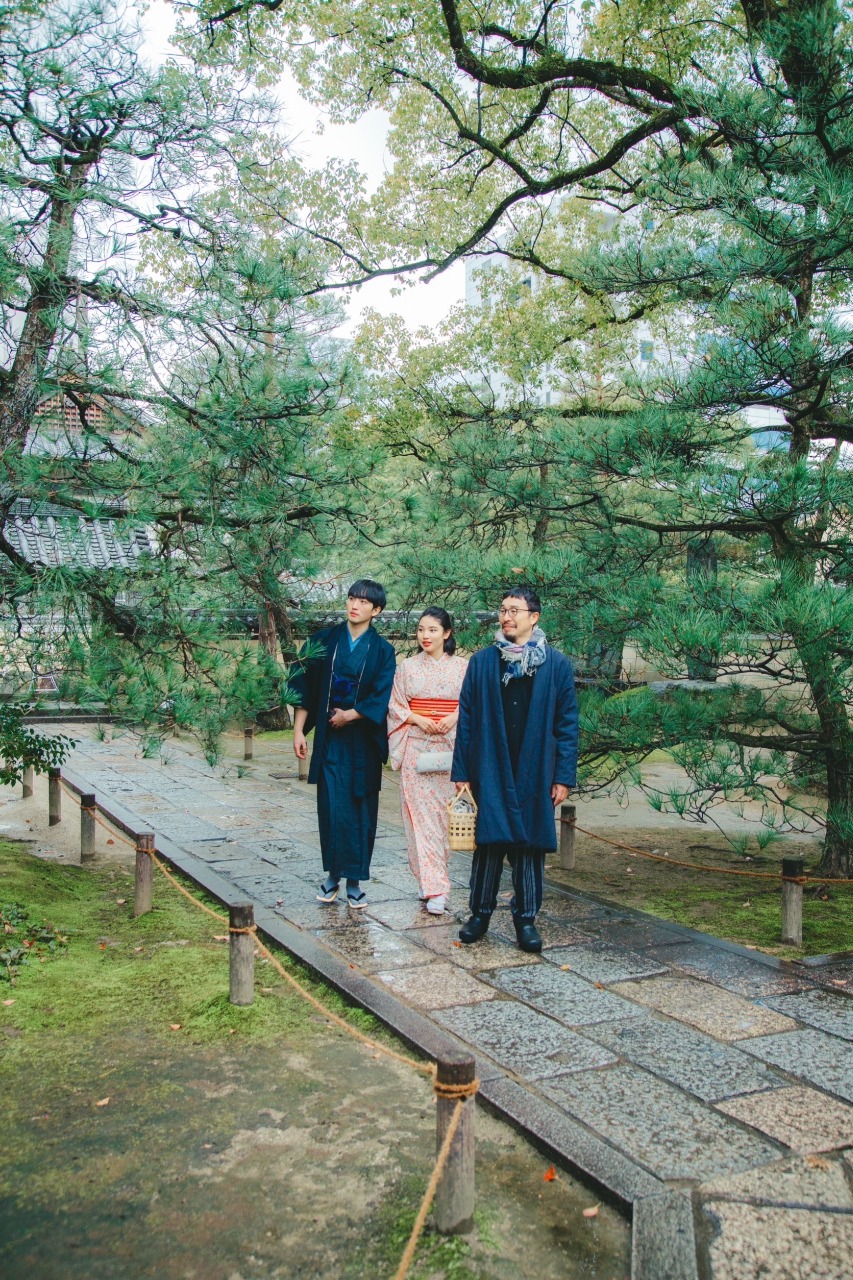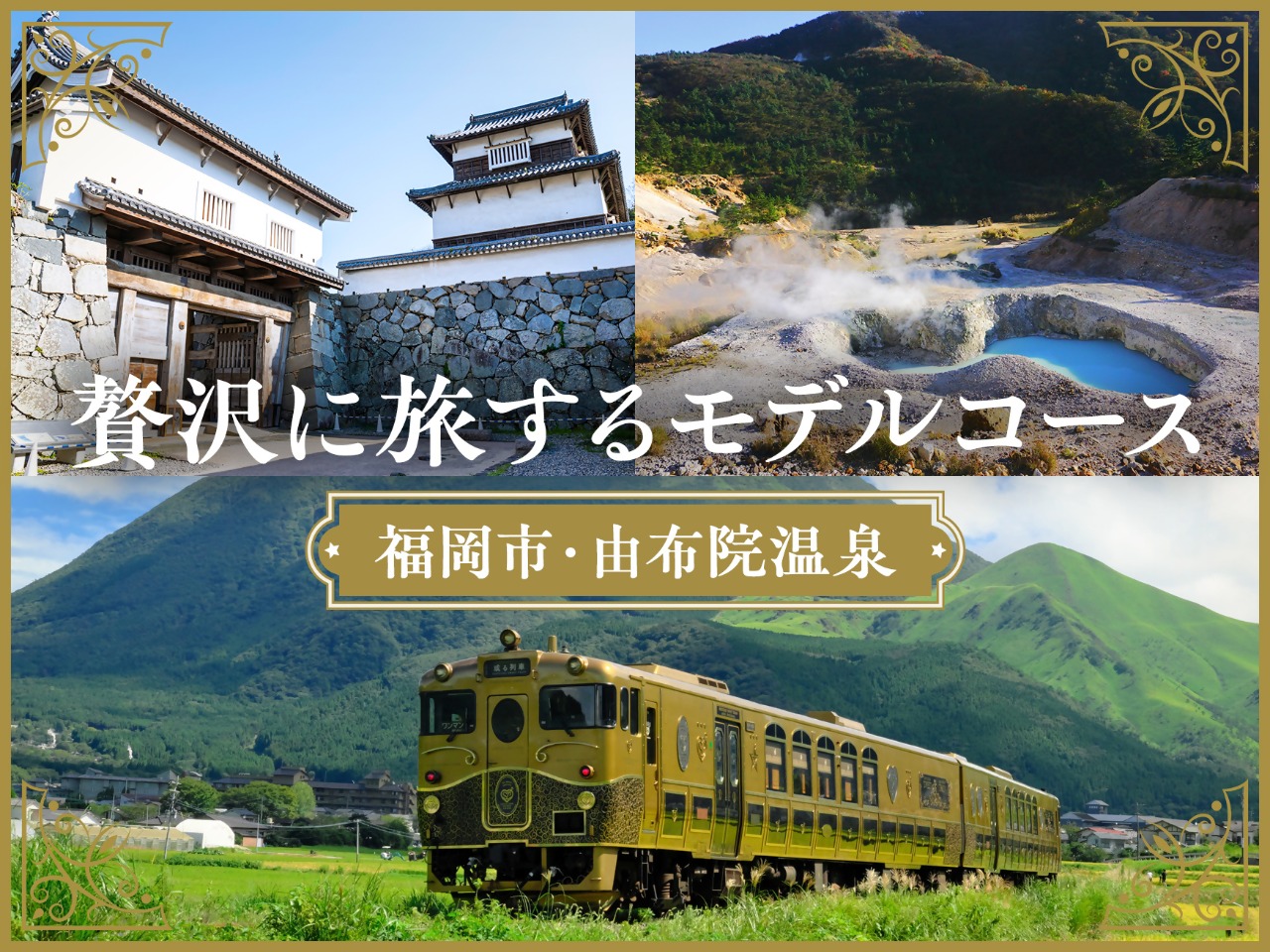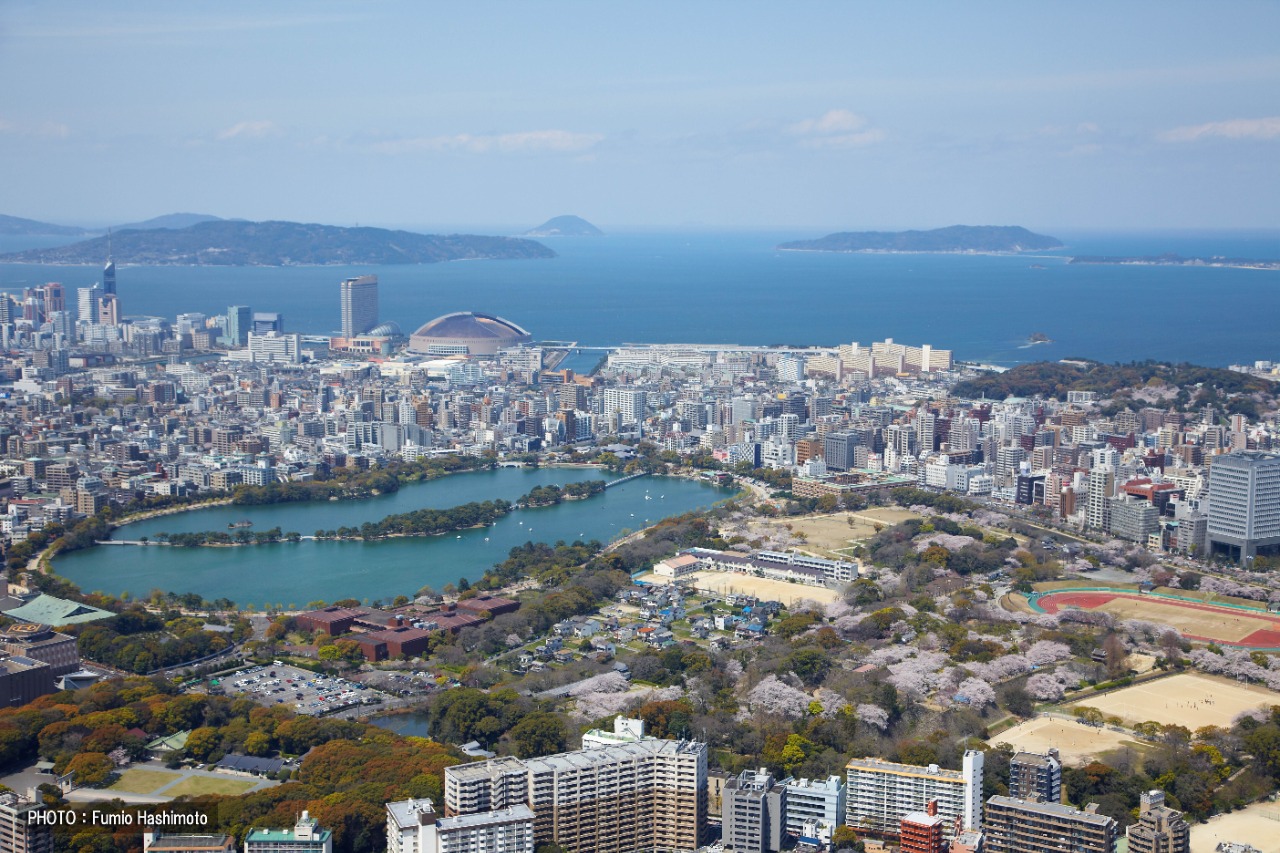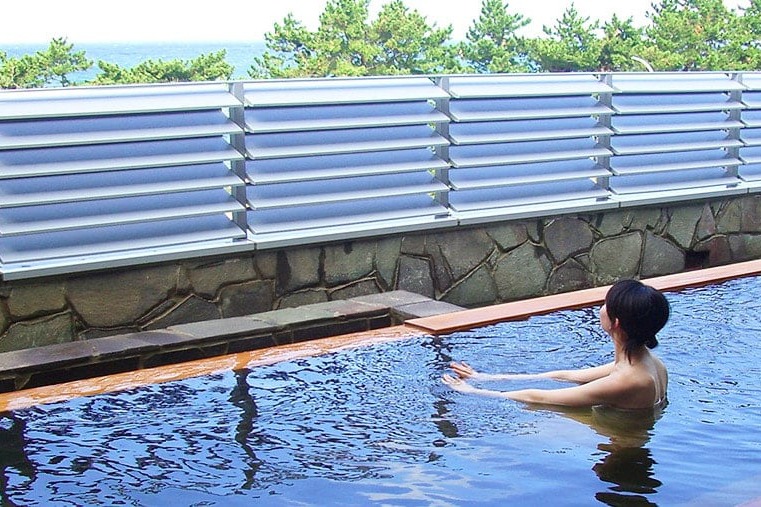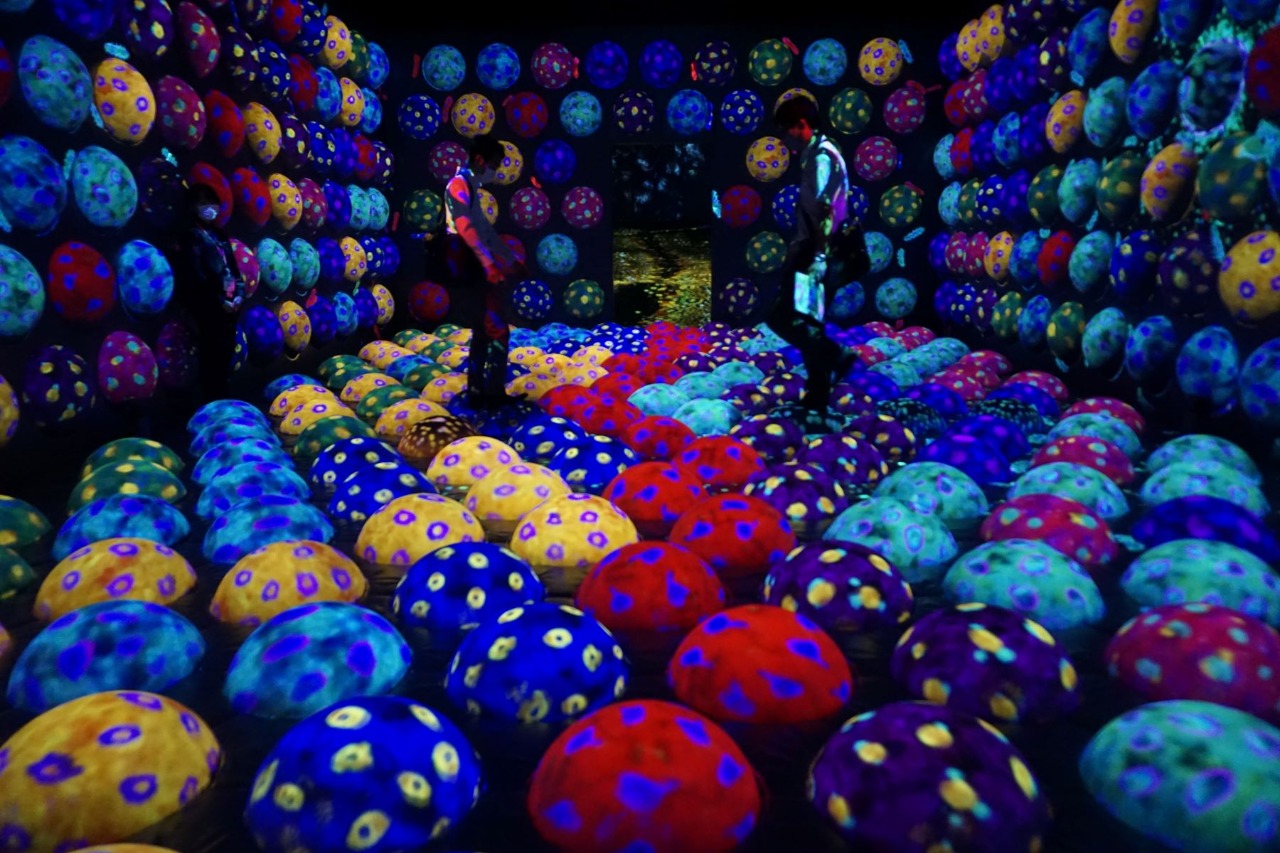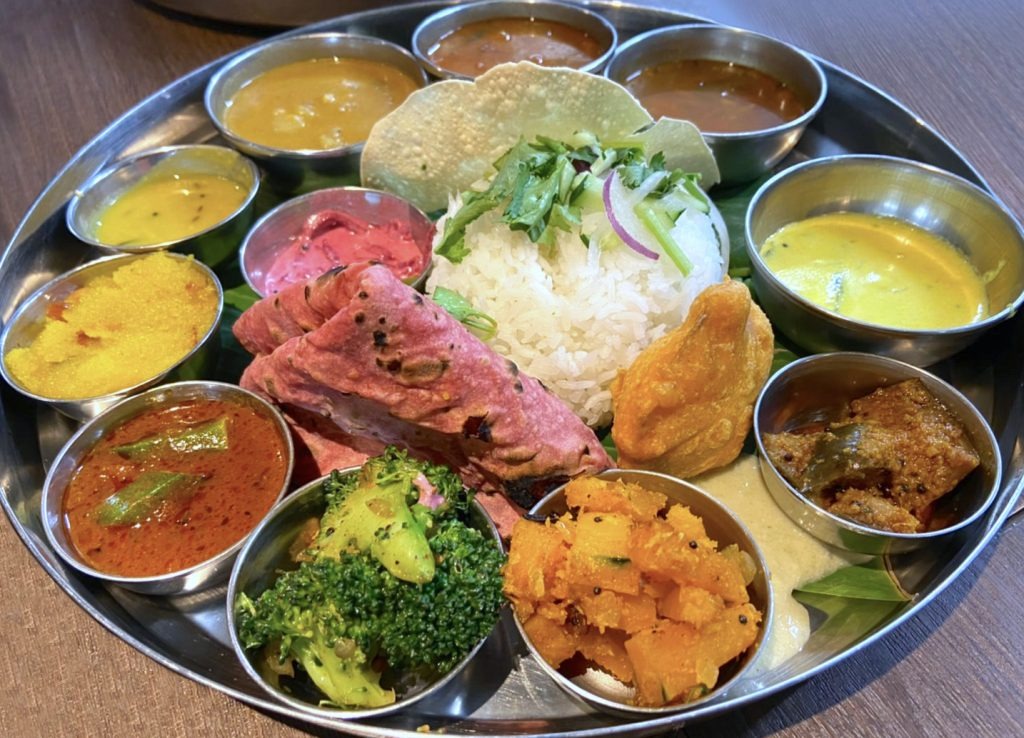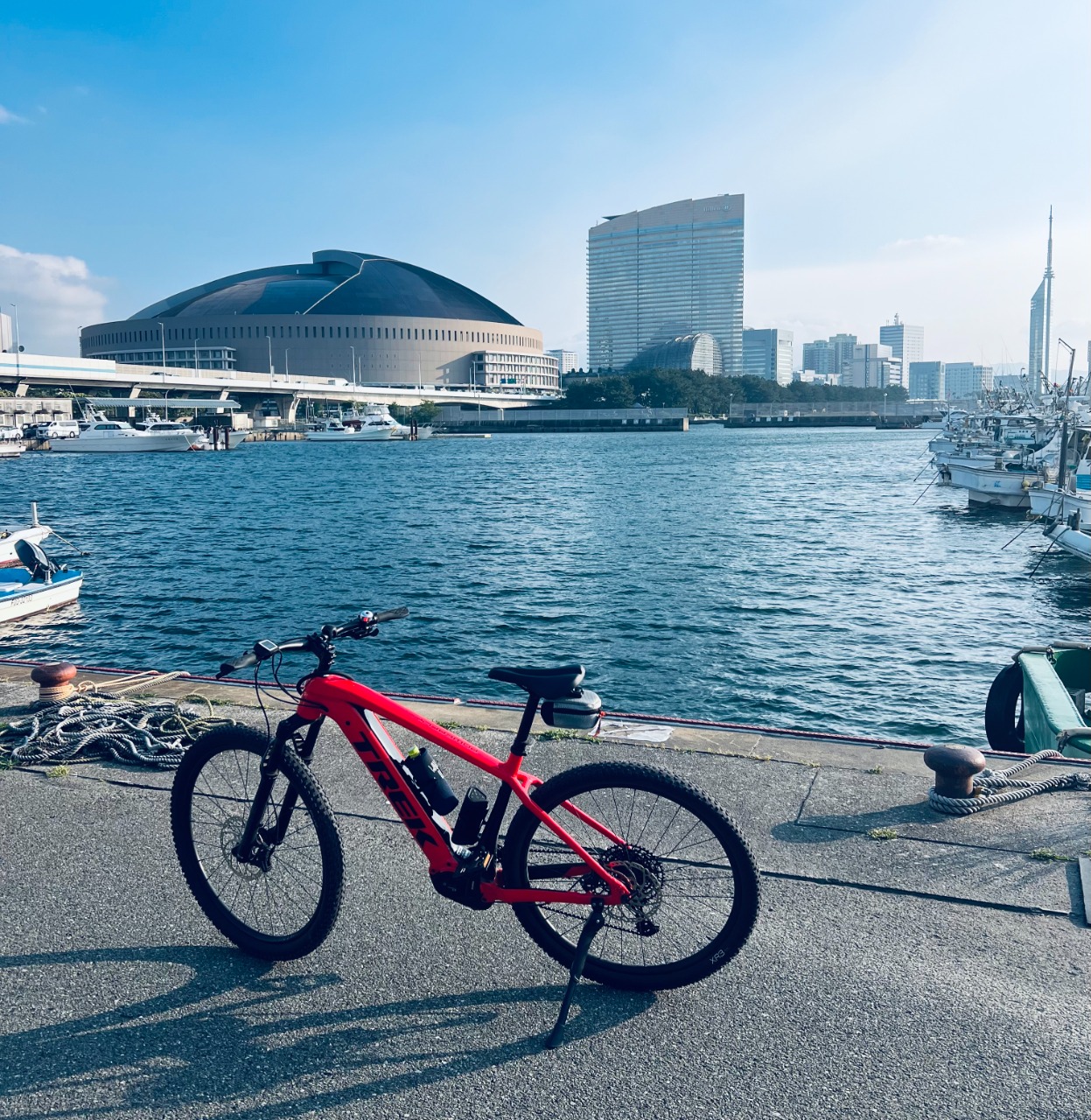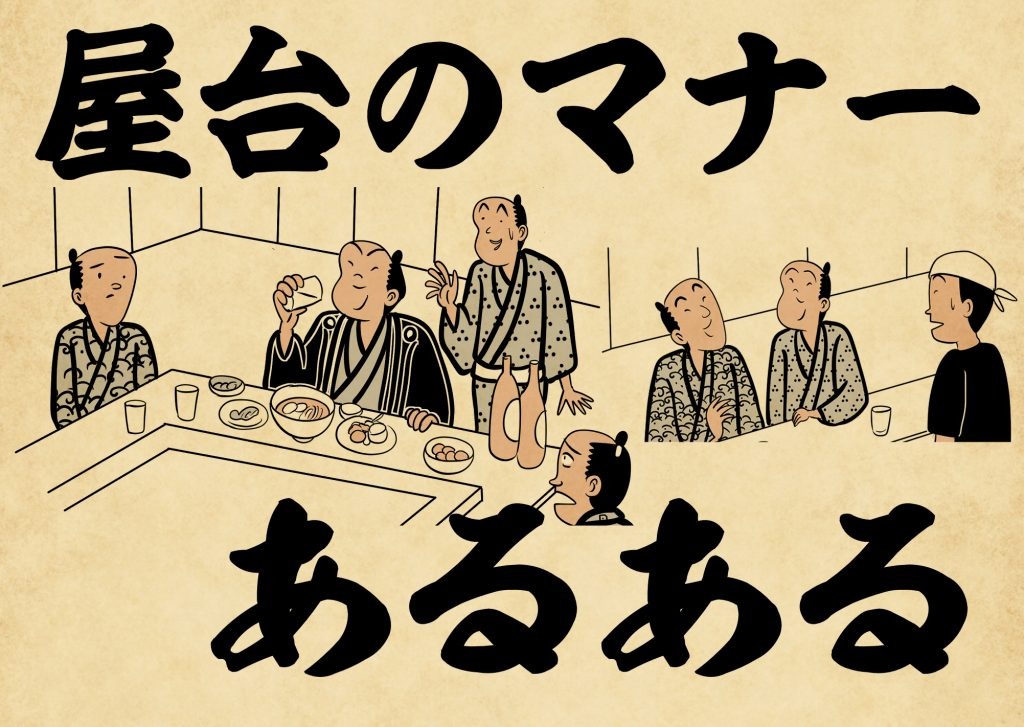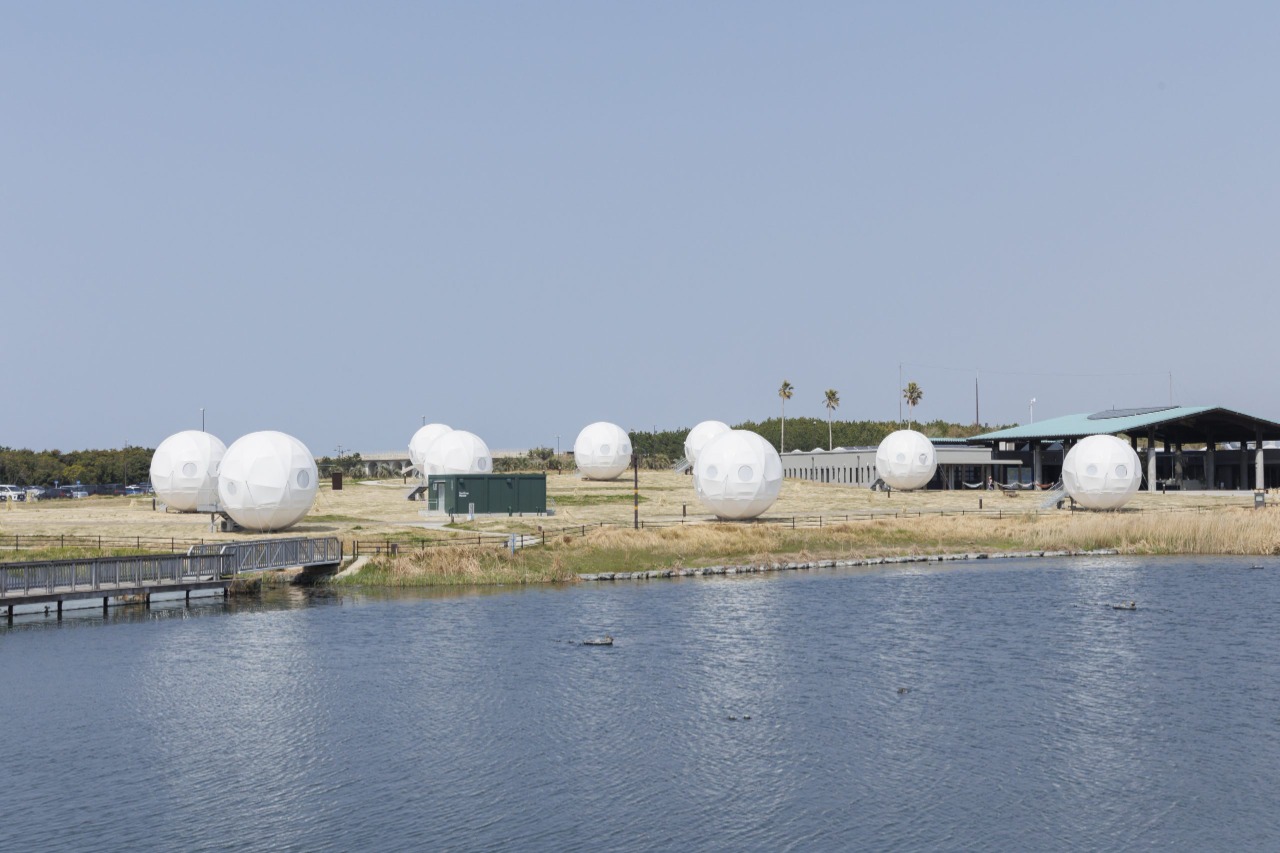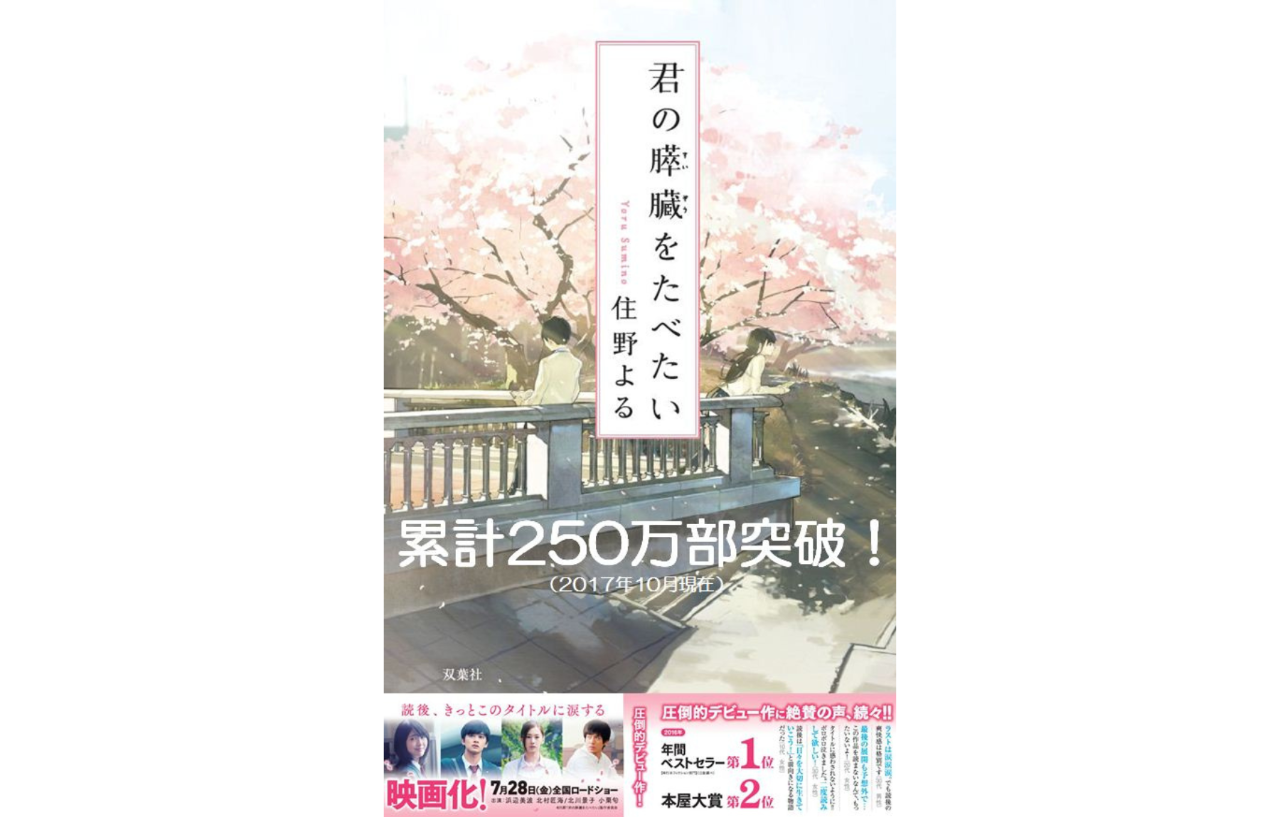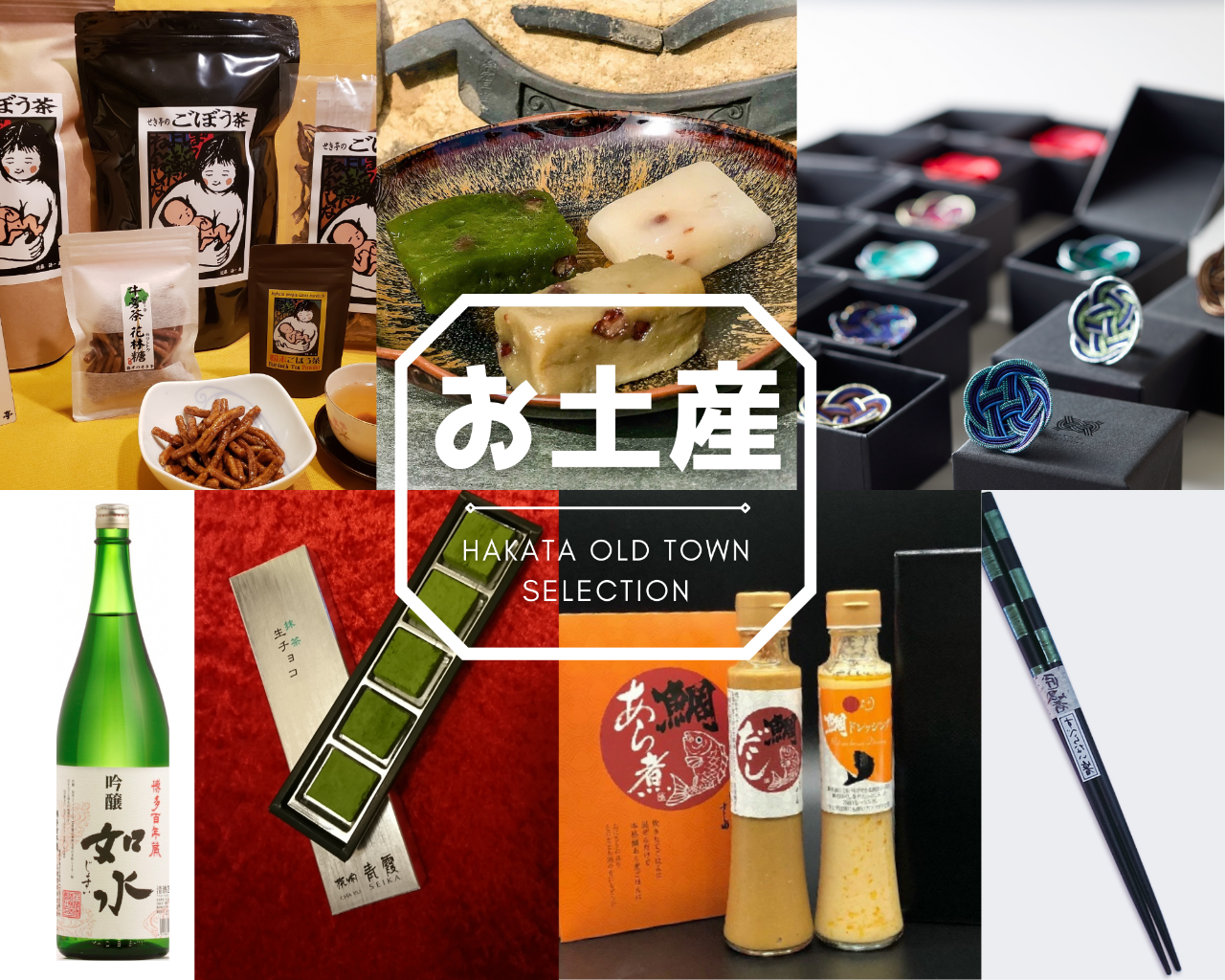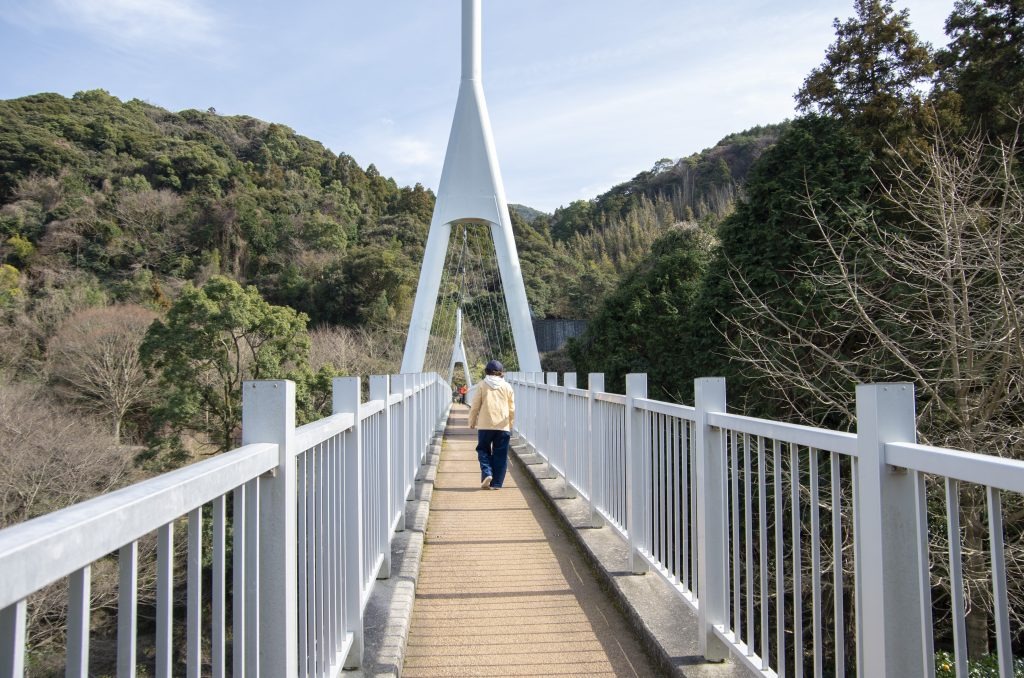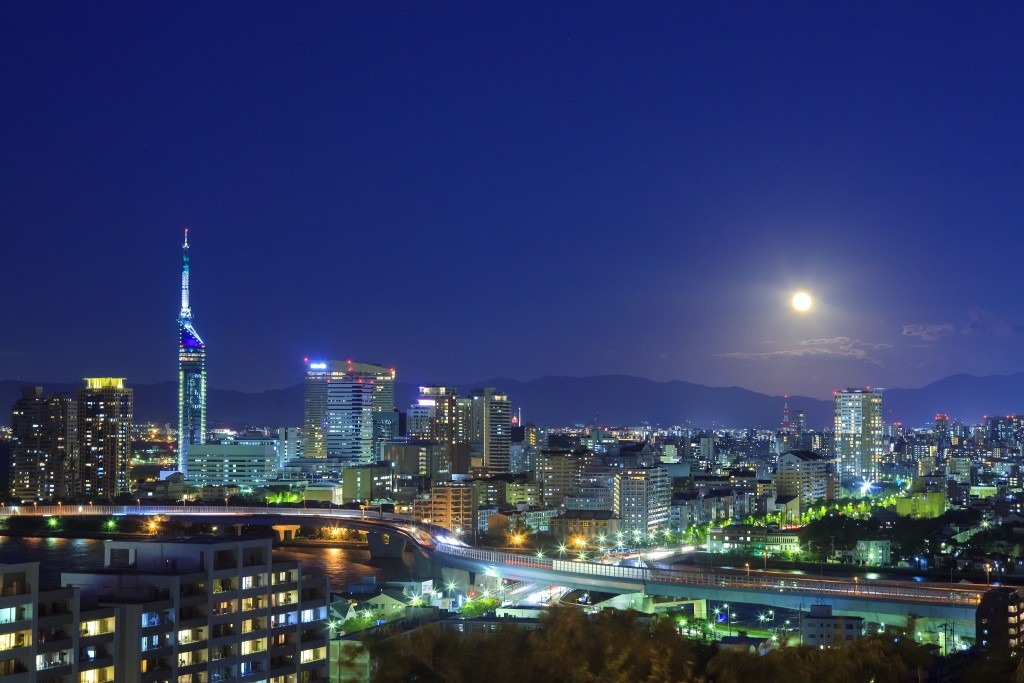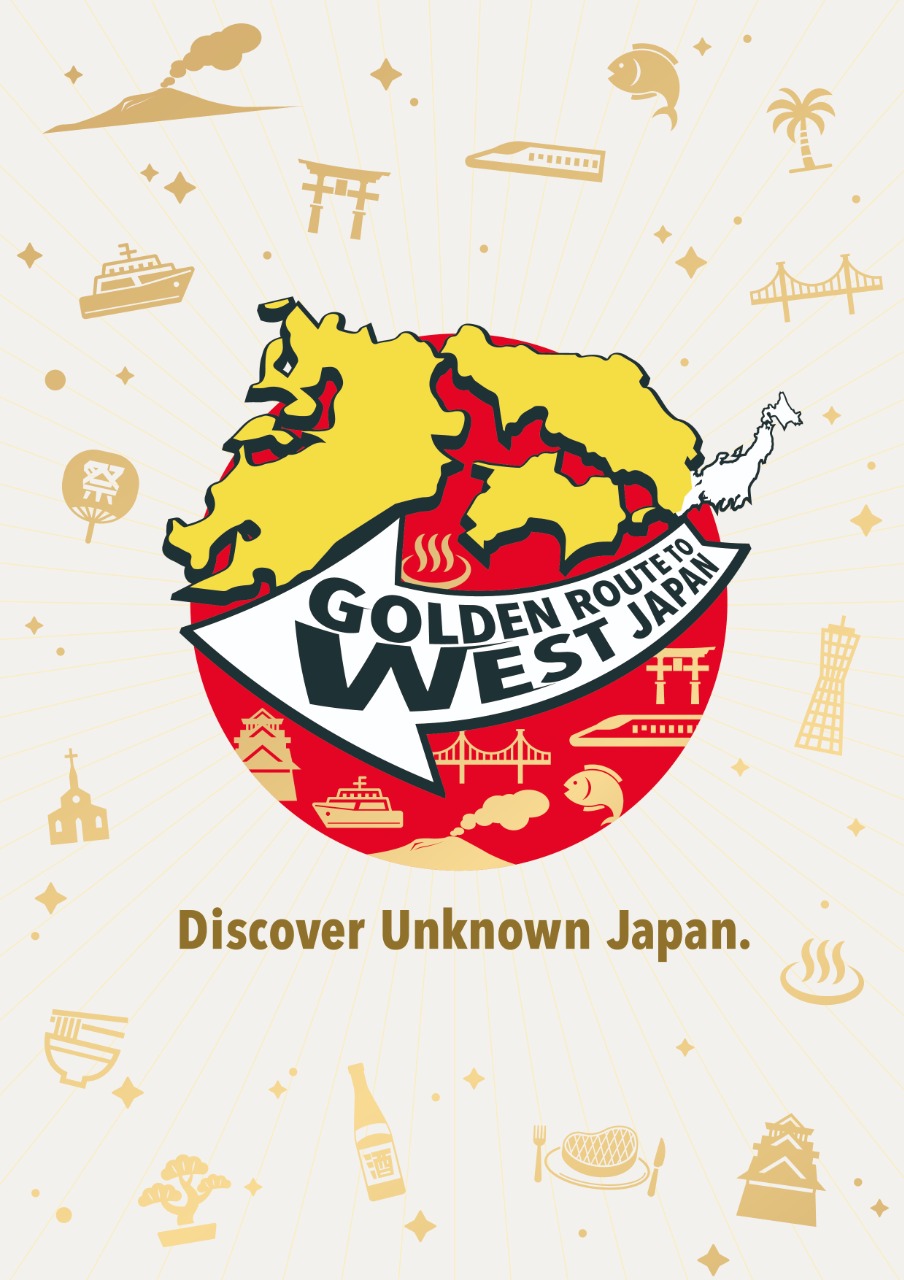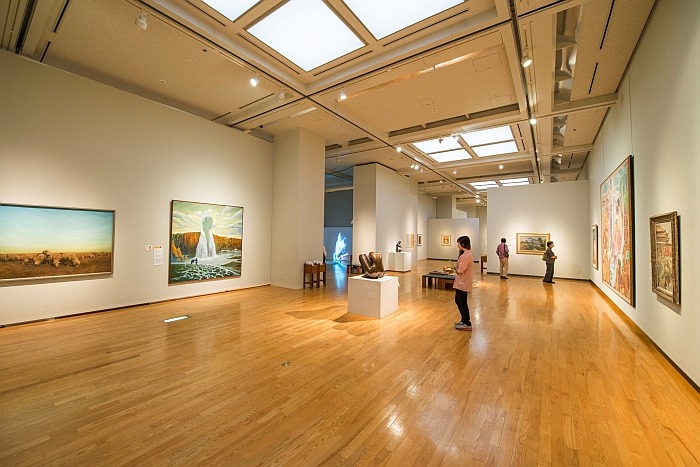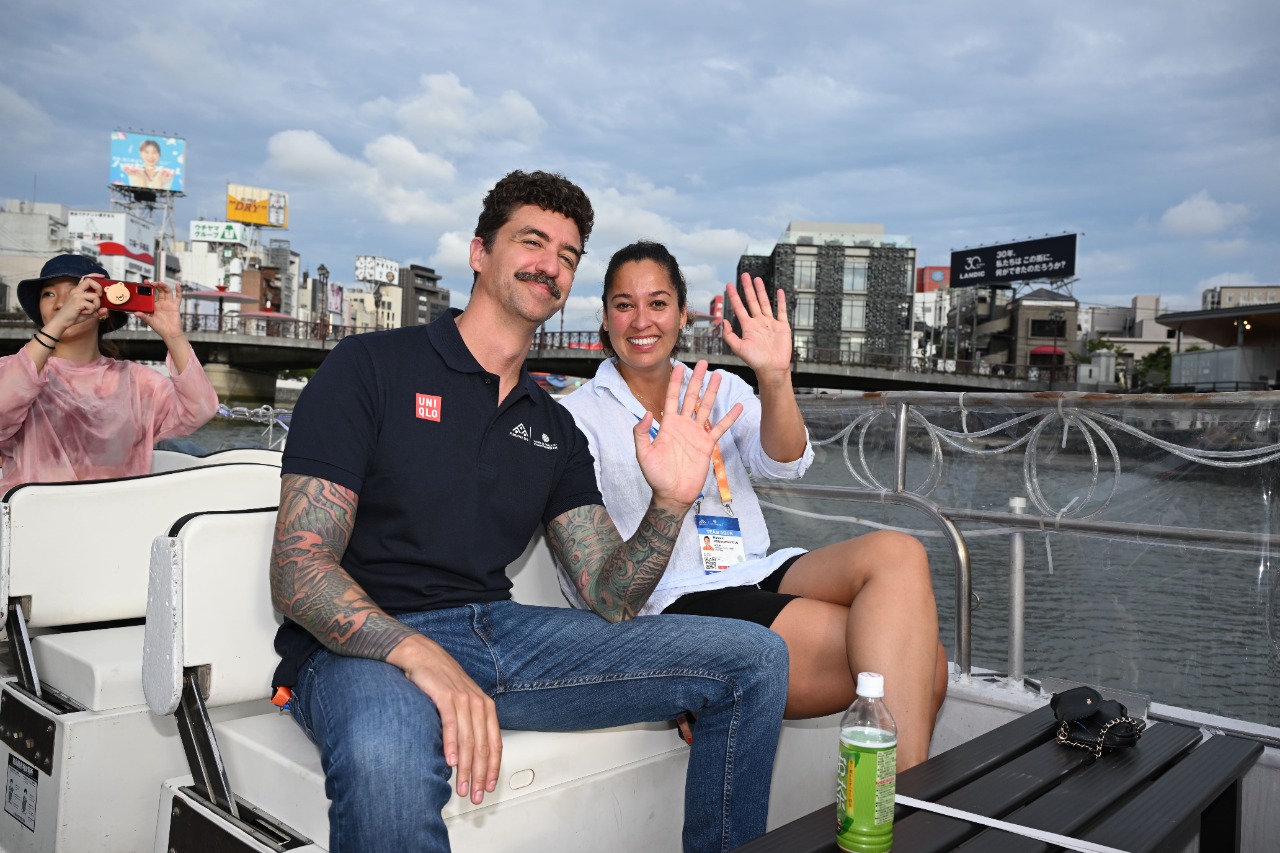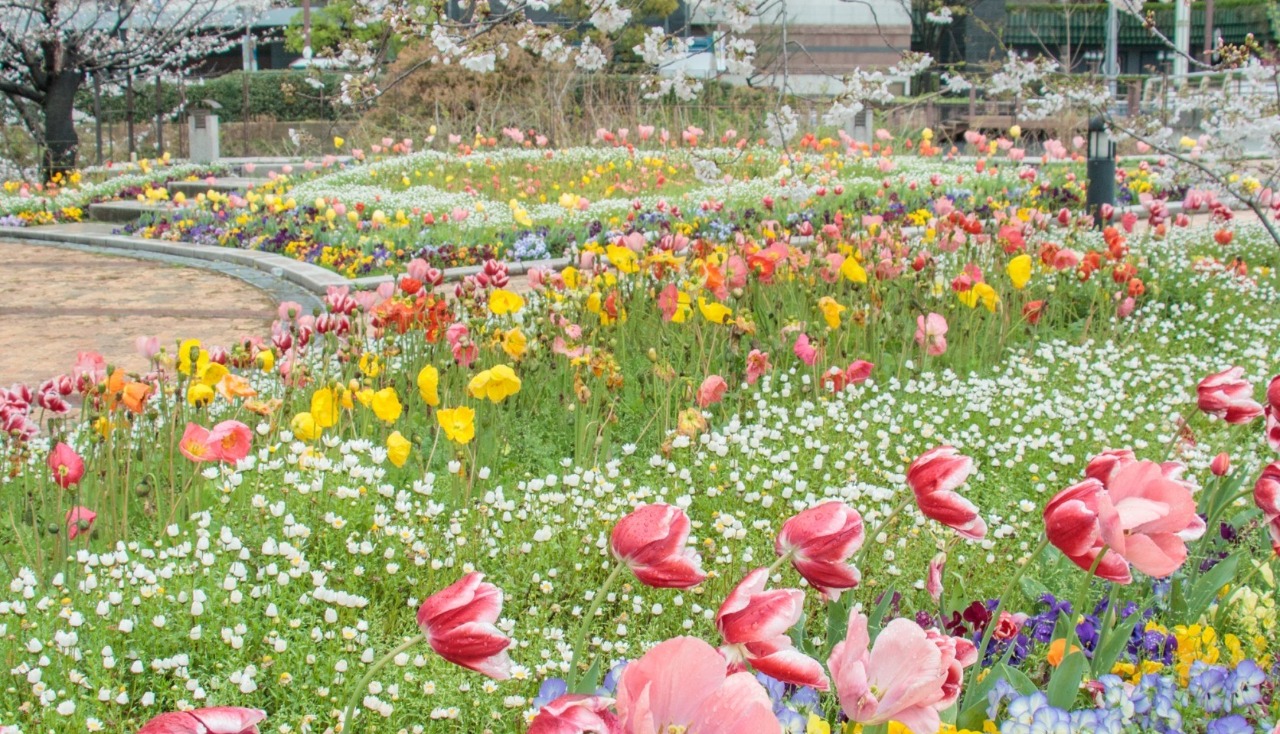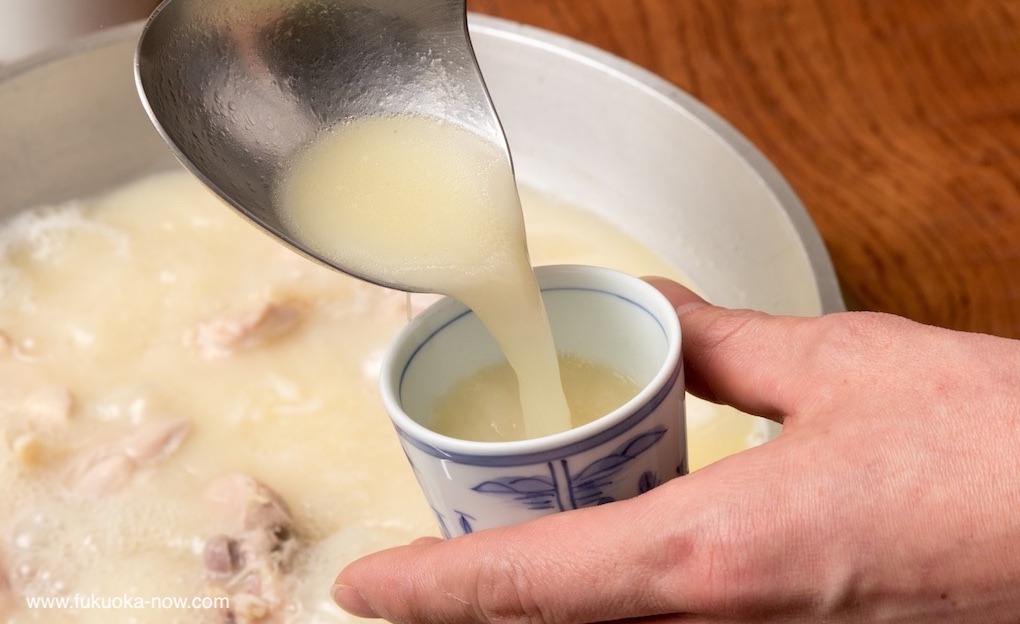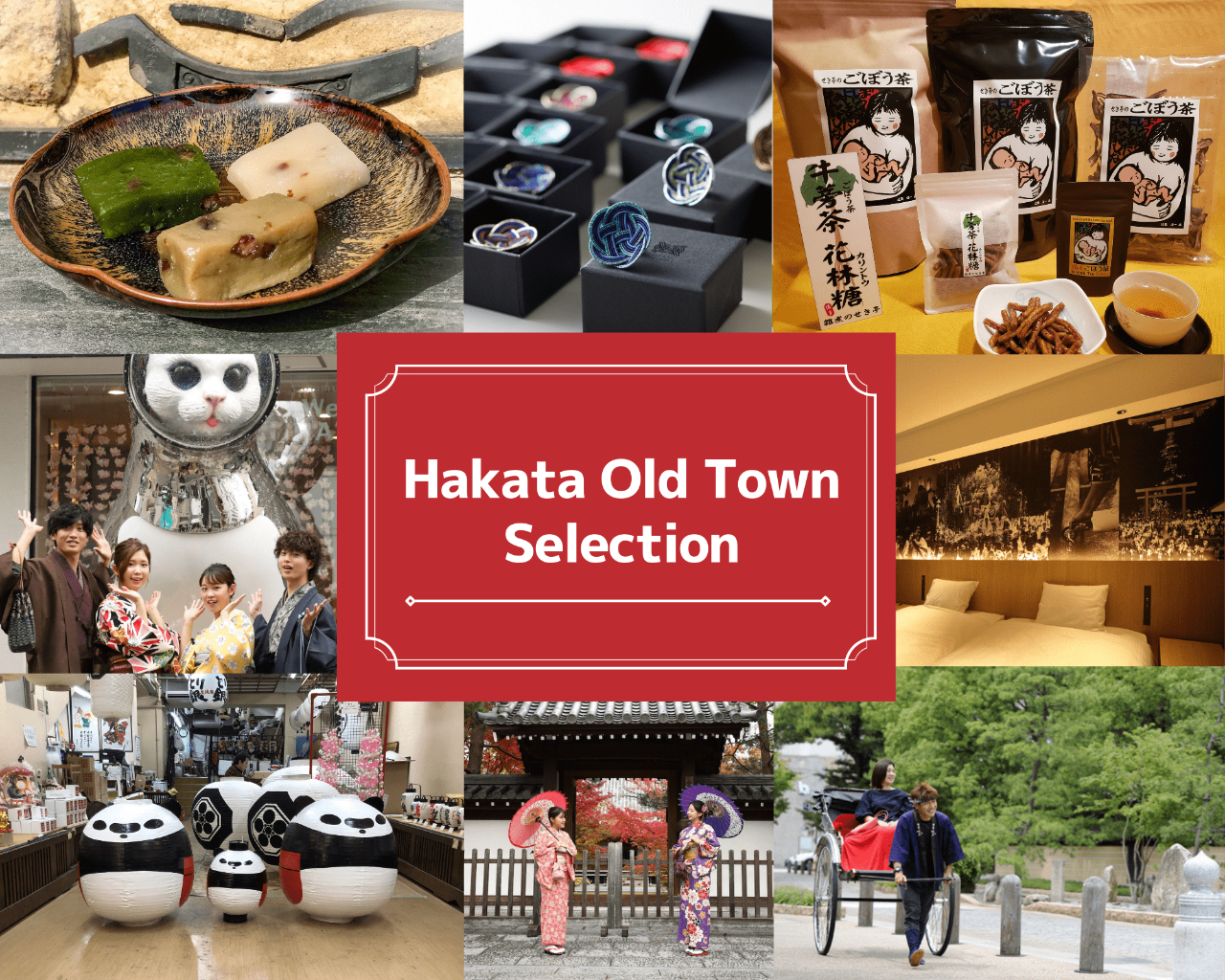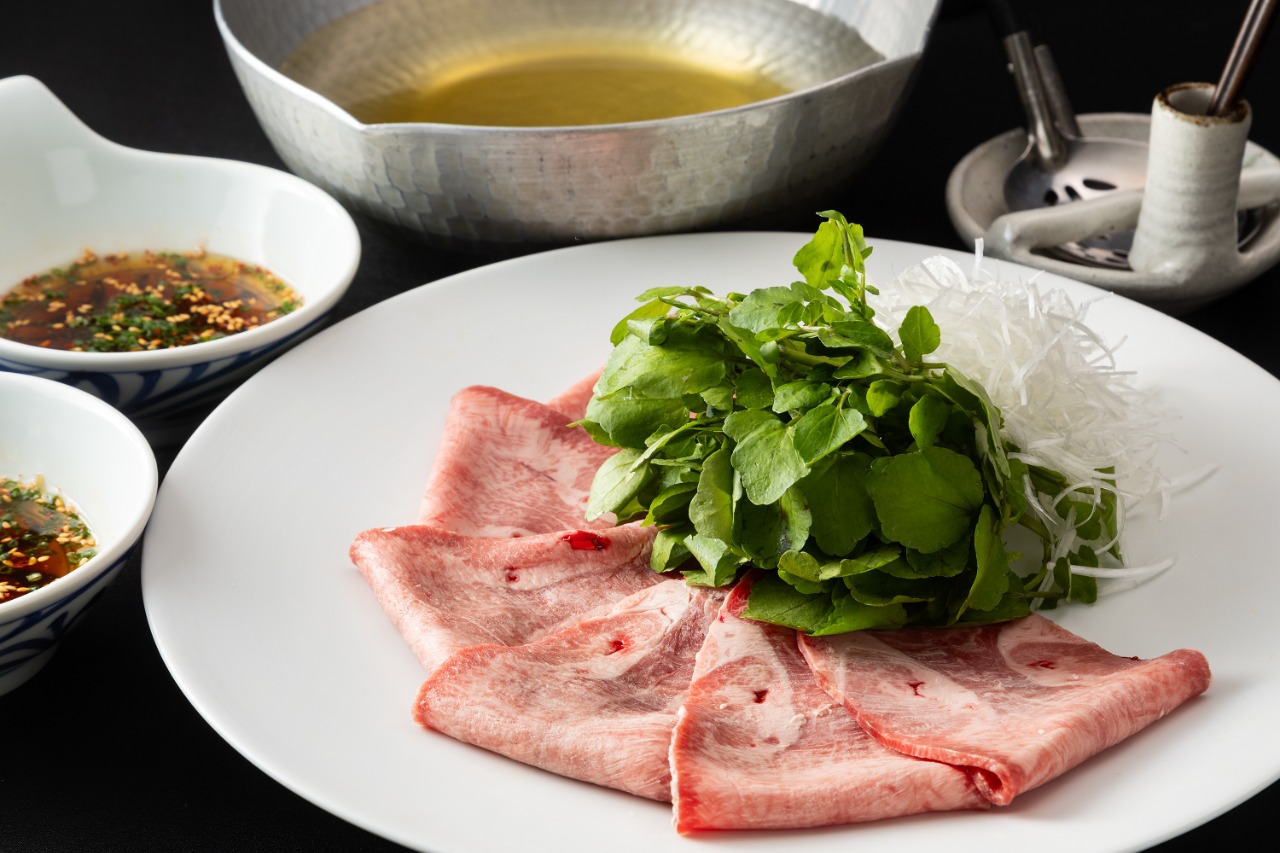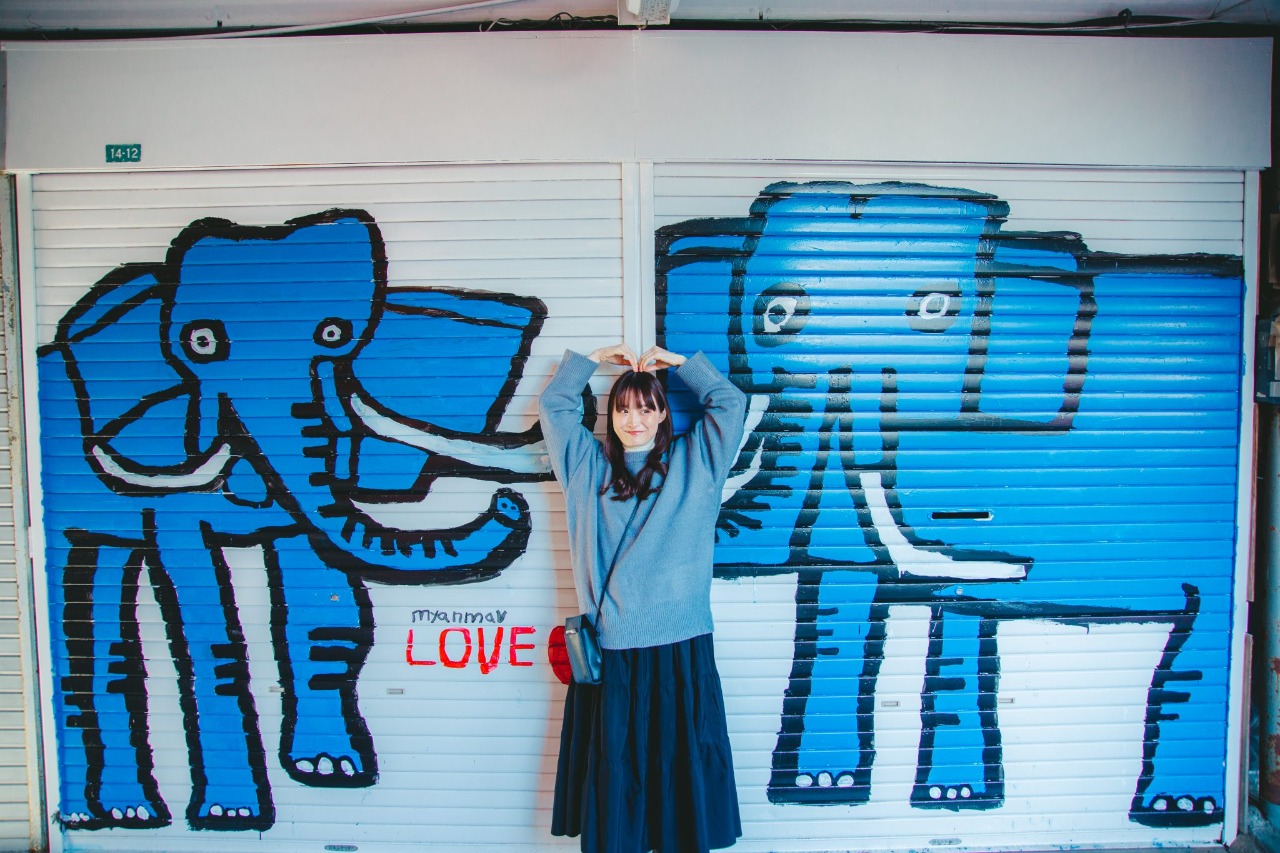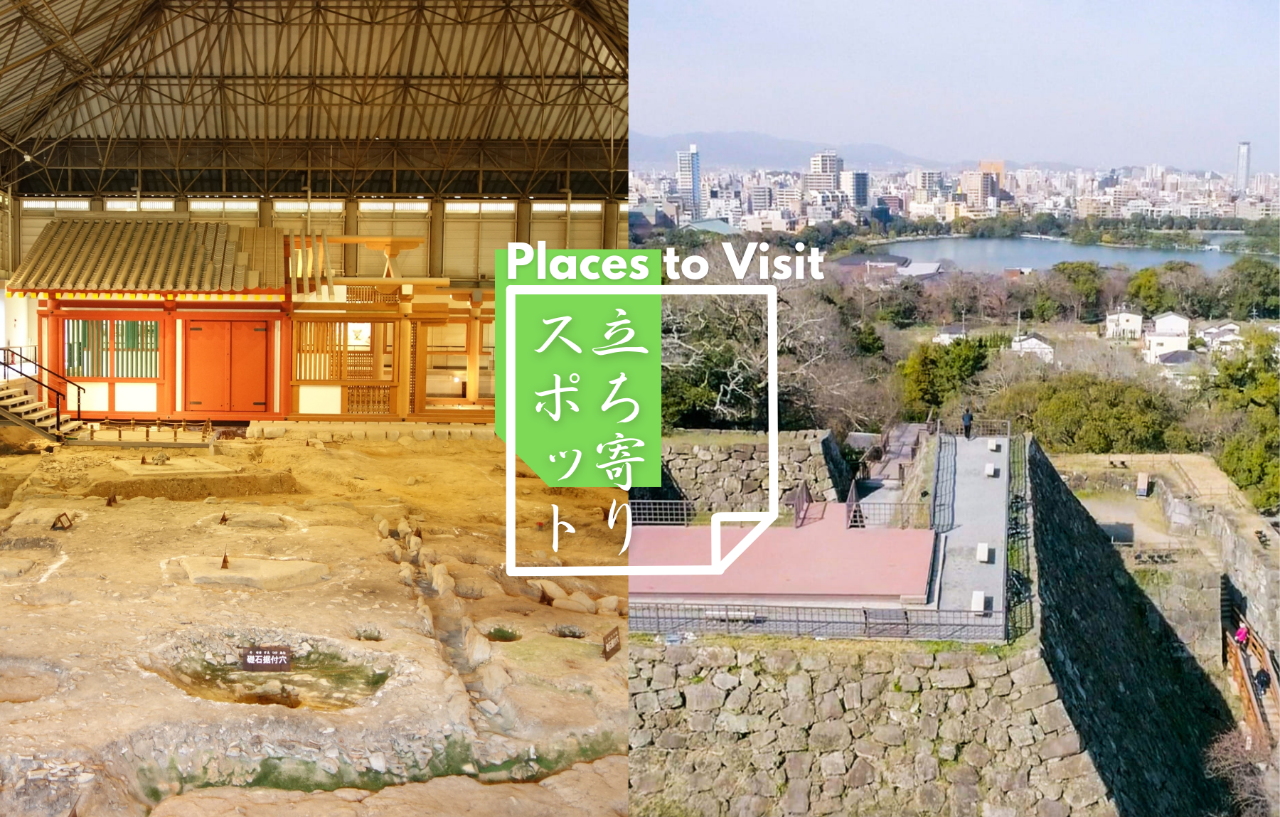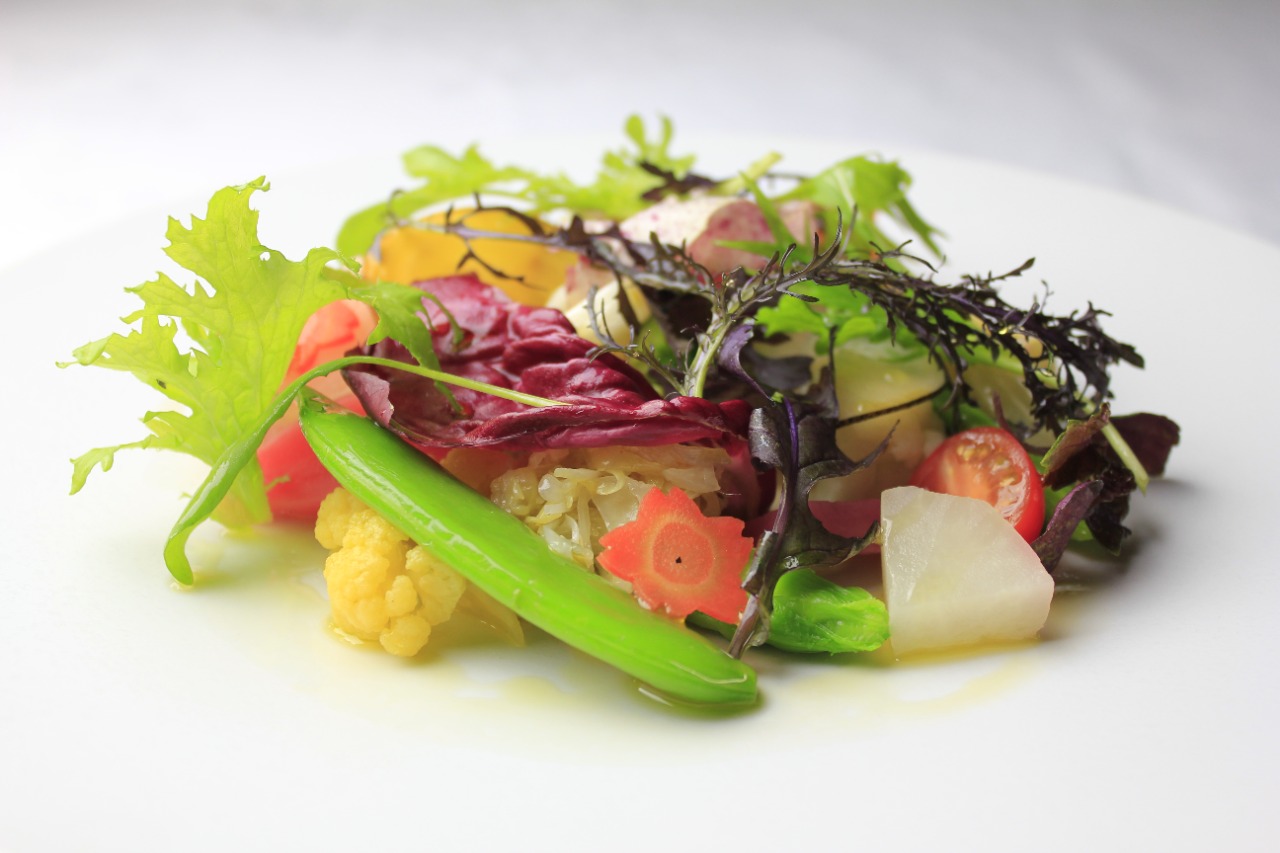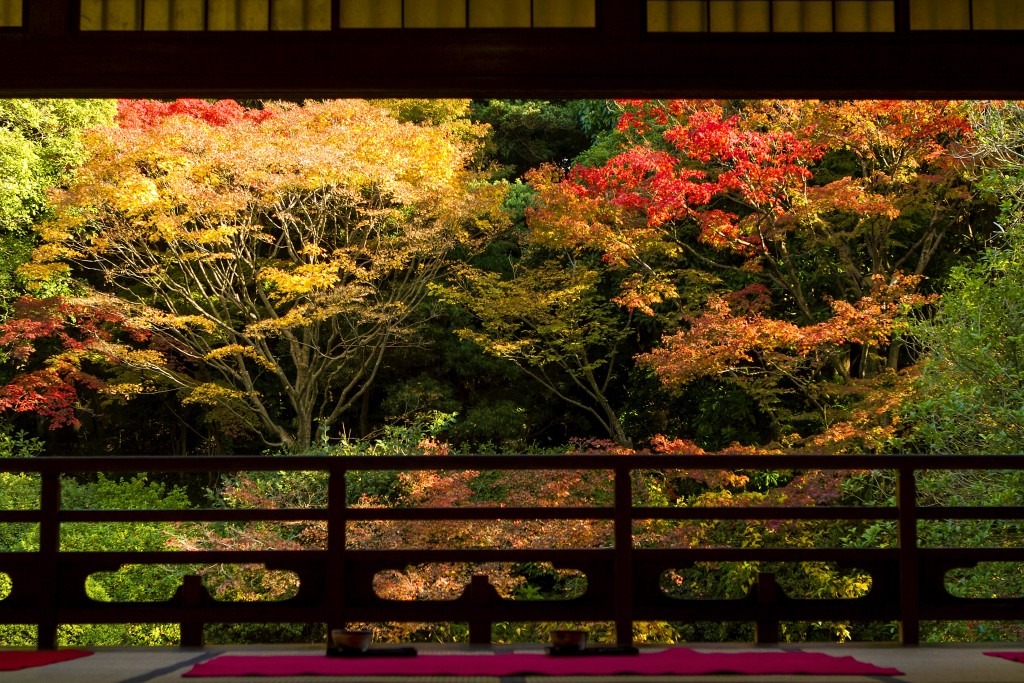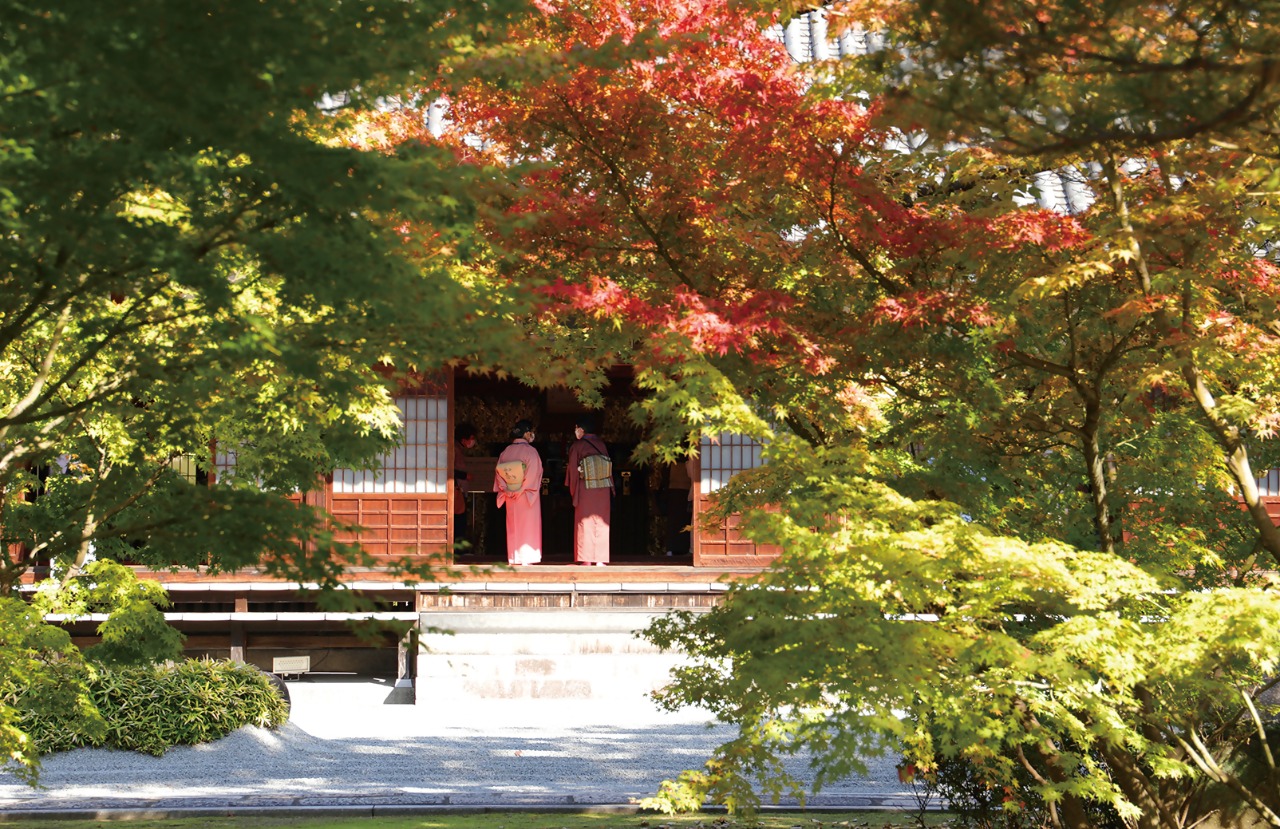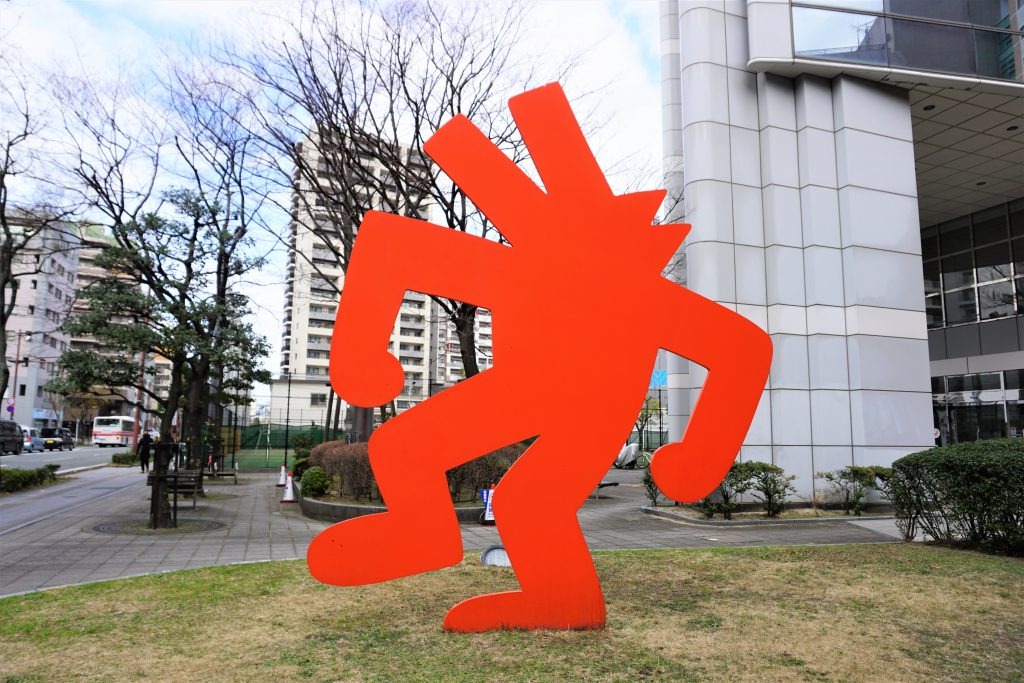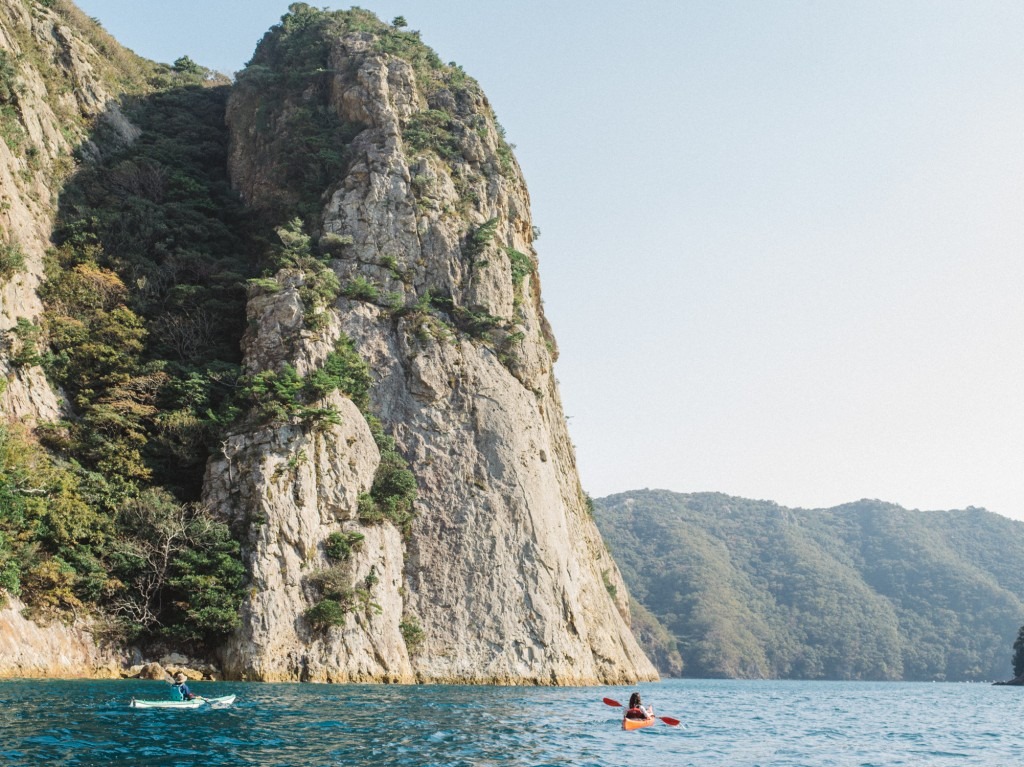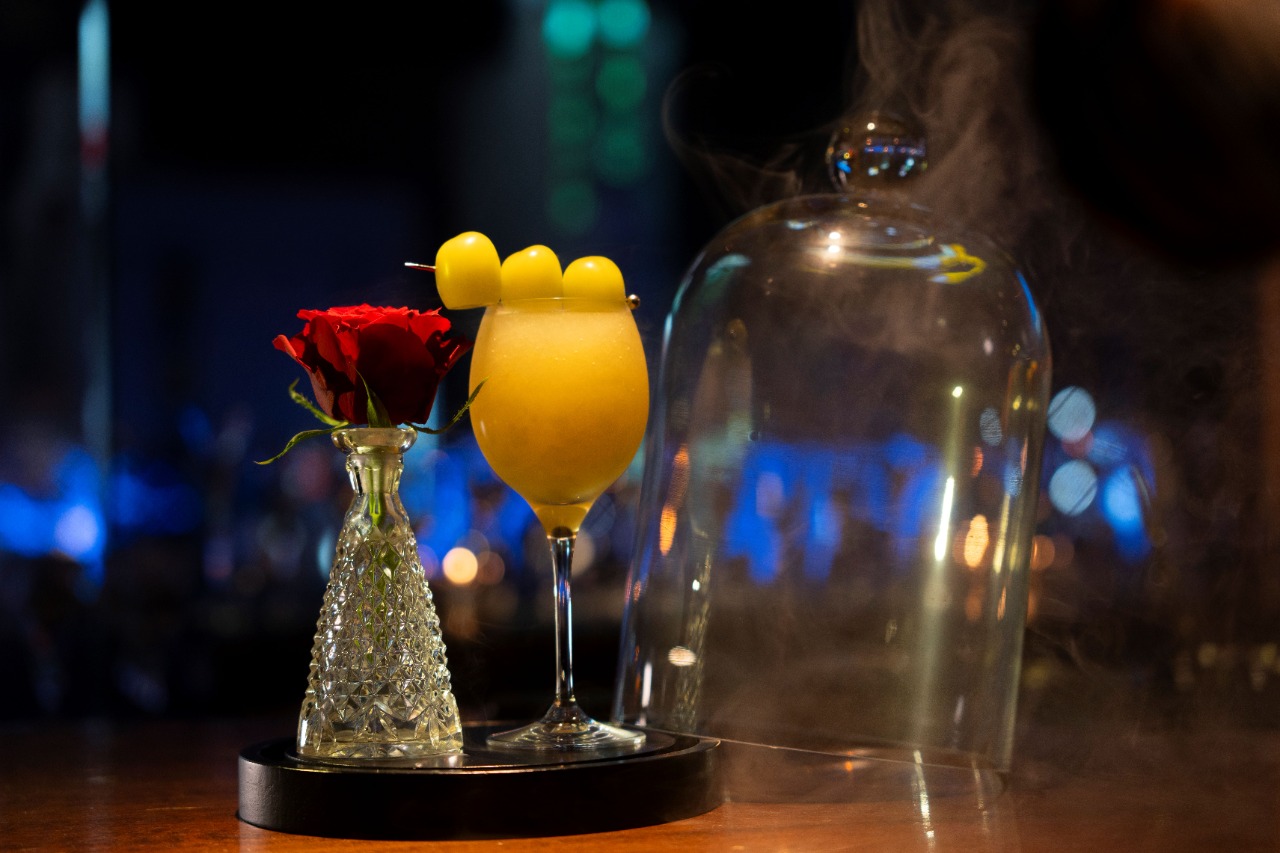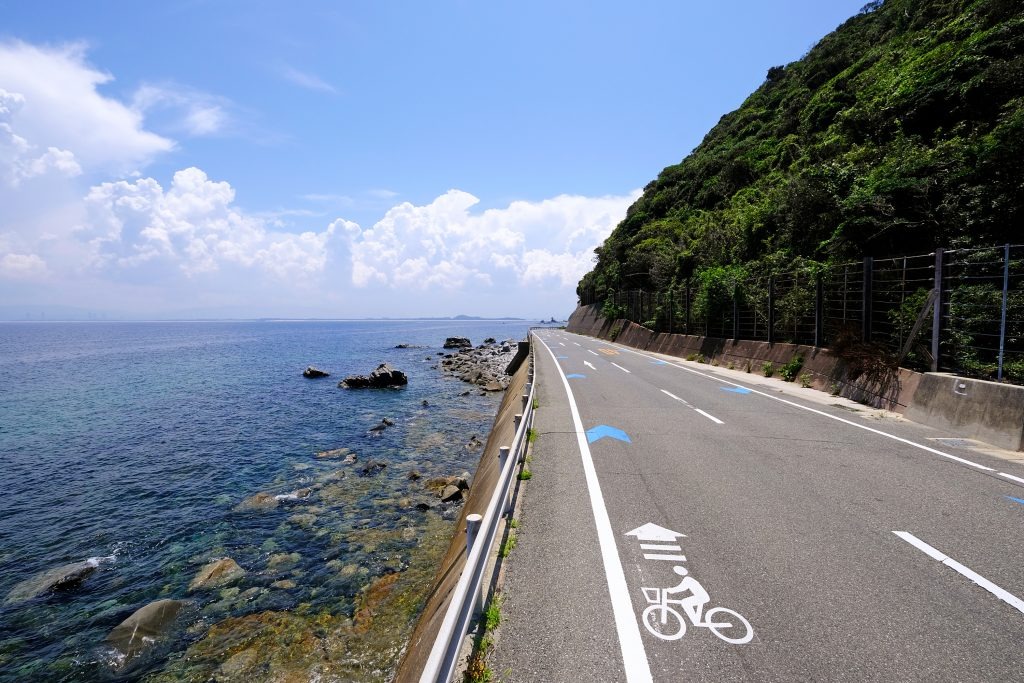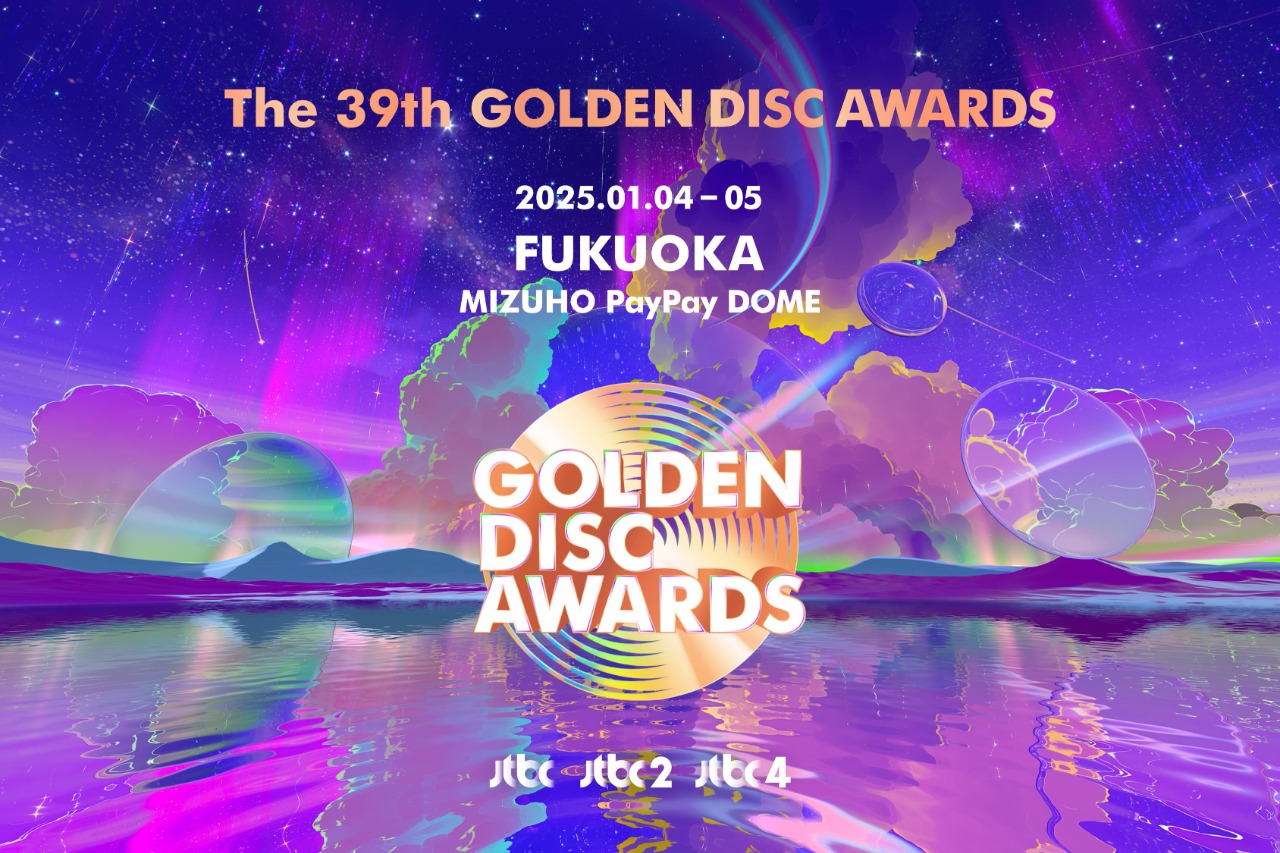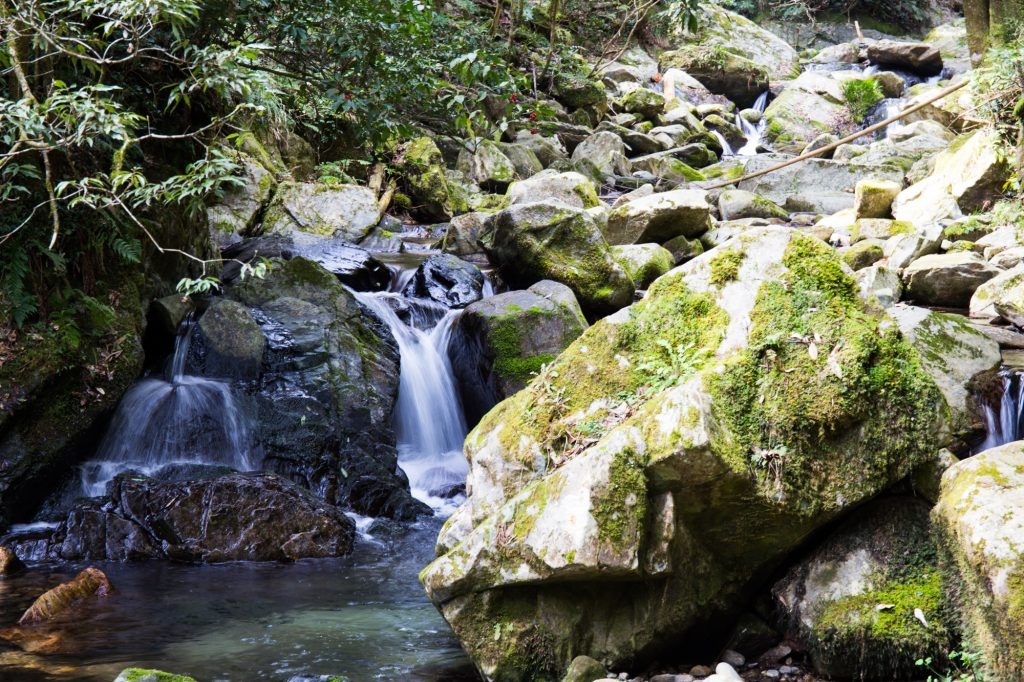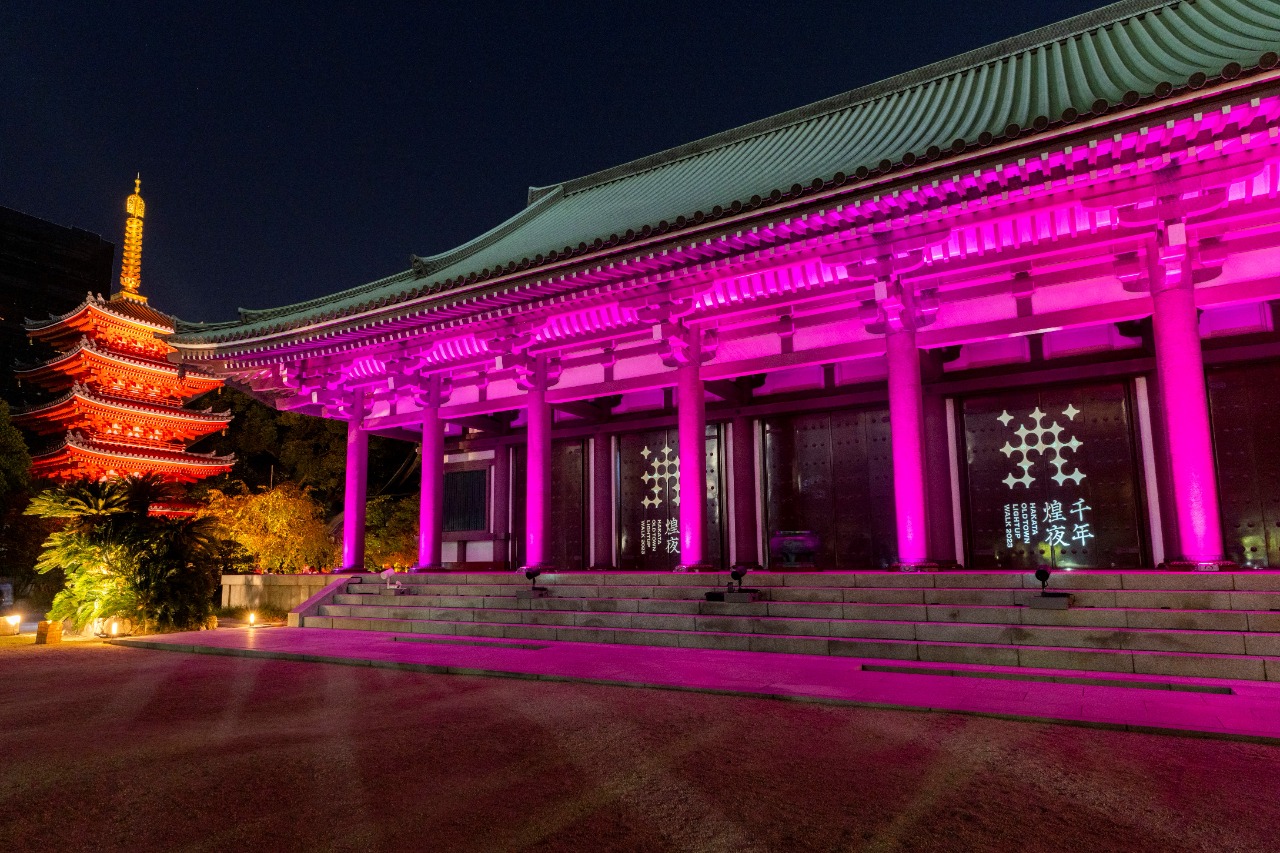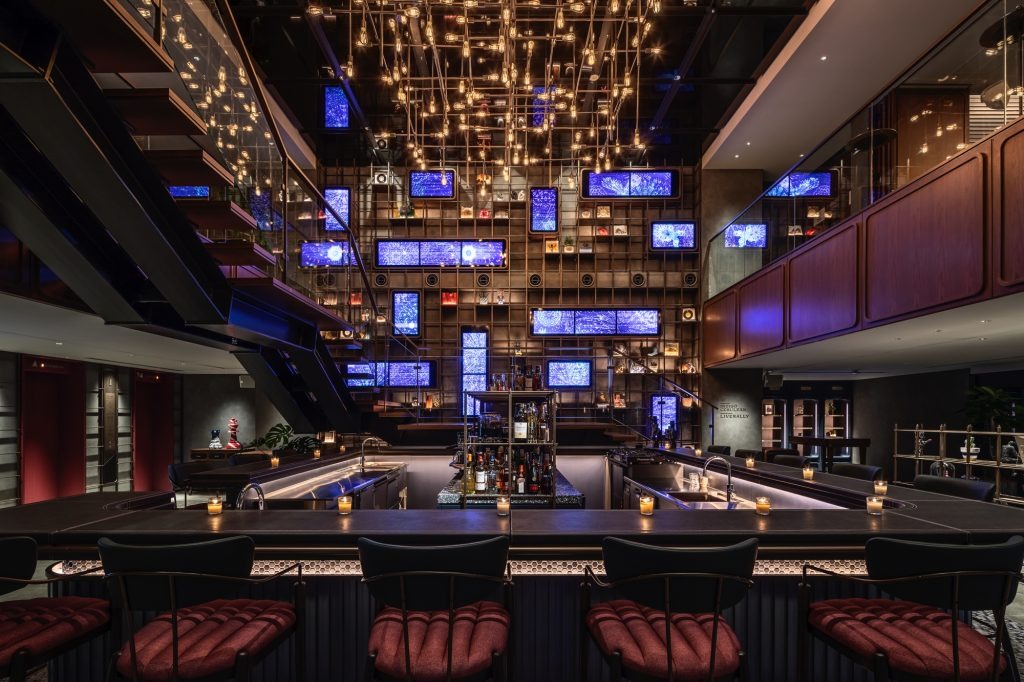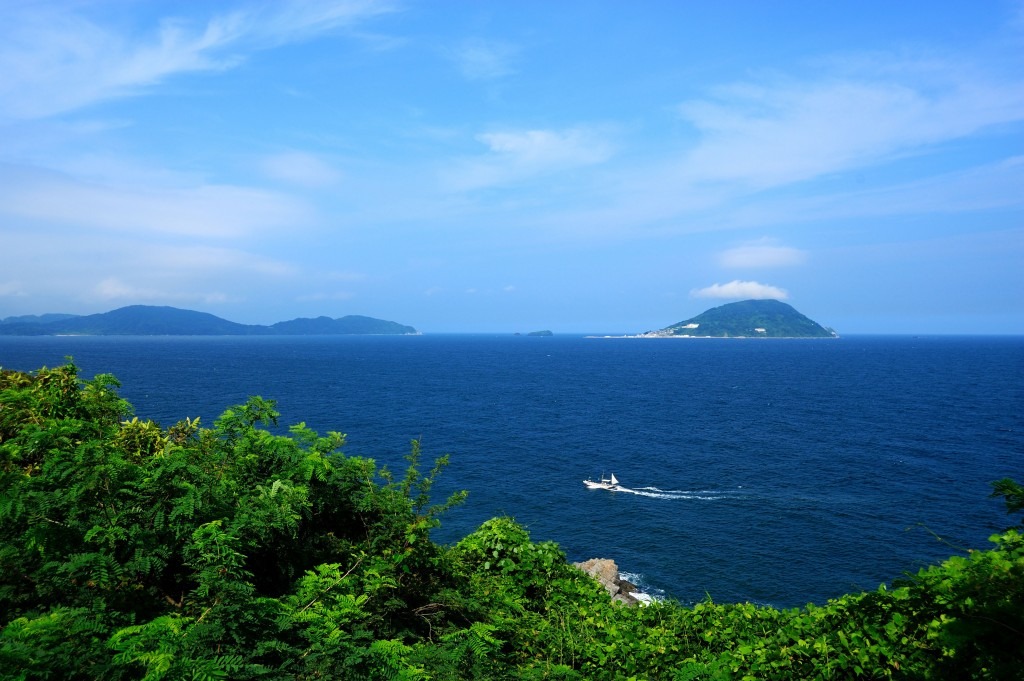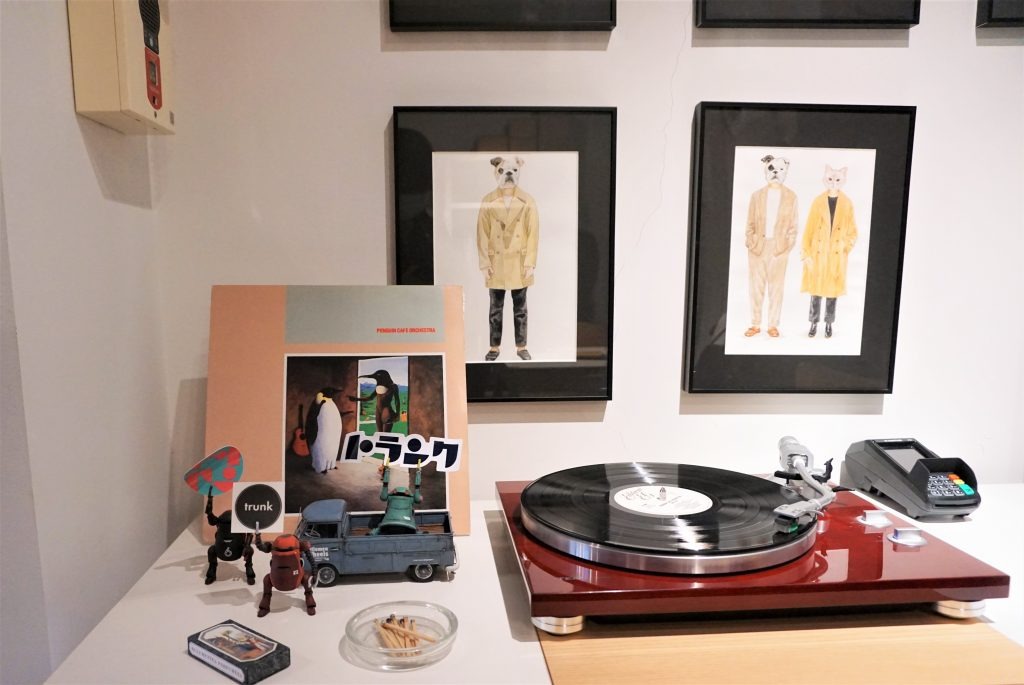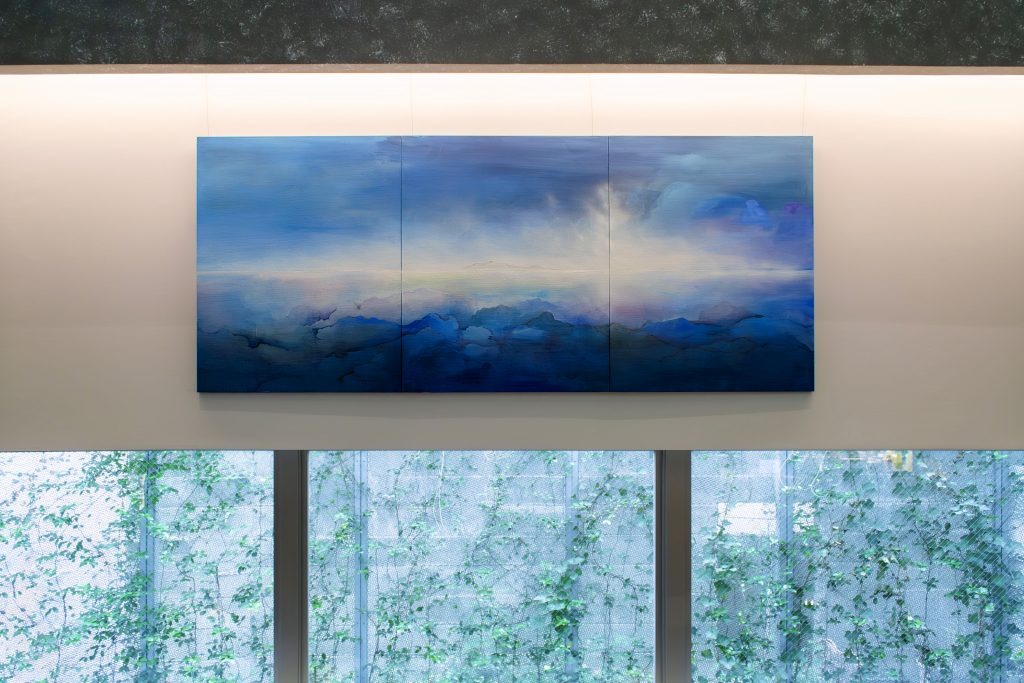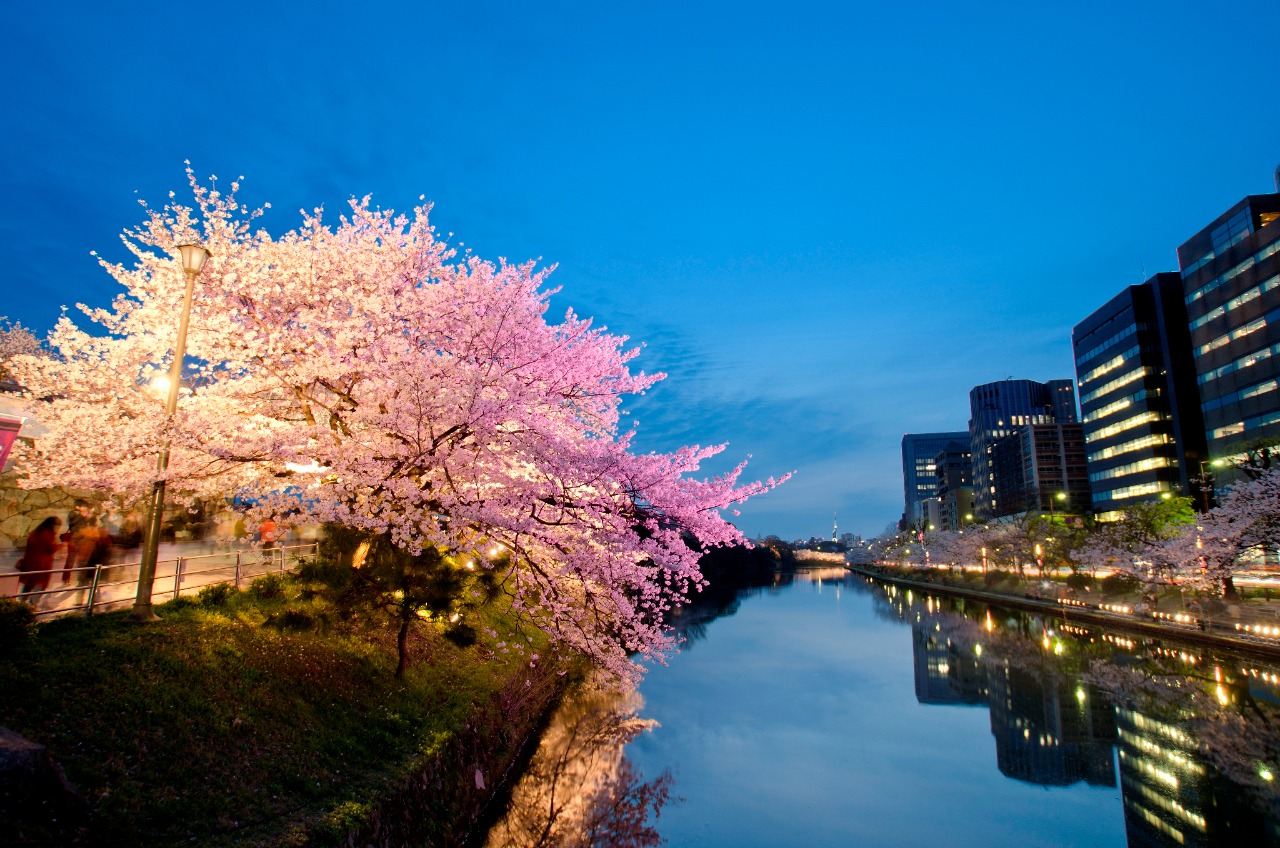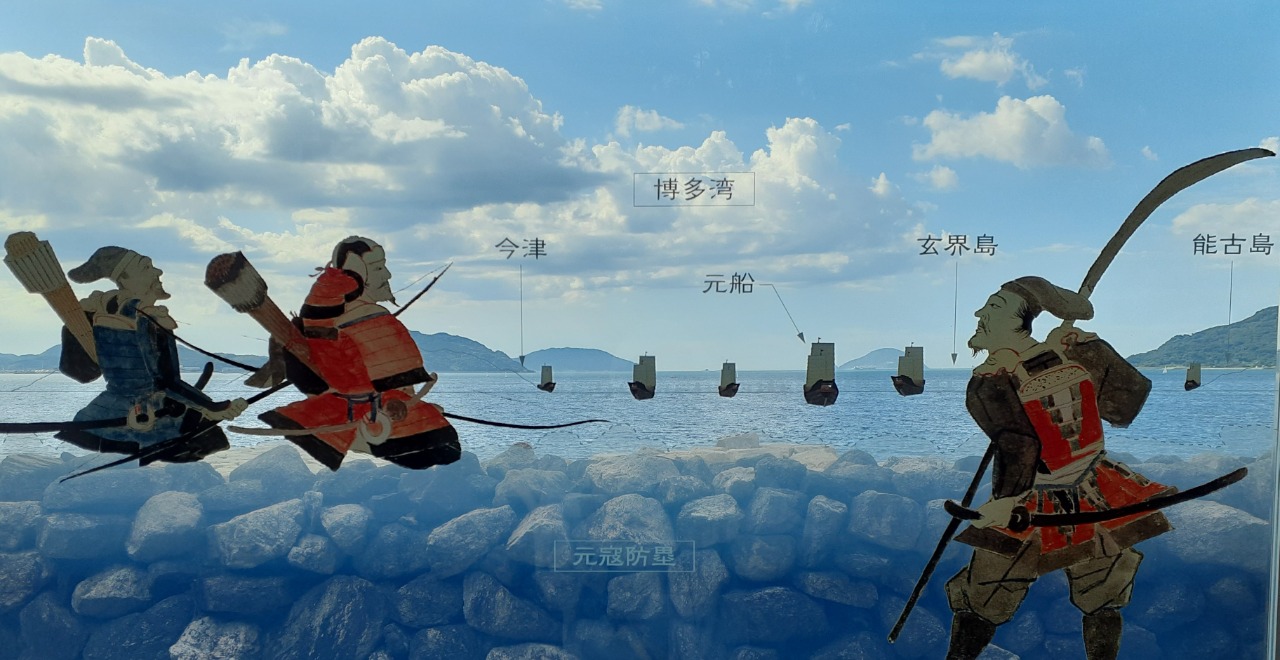Fukuoka for First-Timers
Fukuoka is a dynamic city that you can come back to again and again, discovering new things with each visit. With so many places to explore, from serene spiritual sites and breathtaking island vistas to scrumptious eateries and dazzling contemporary art, it may be hard to know where to begin.
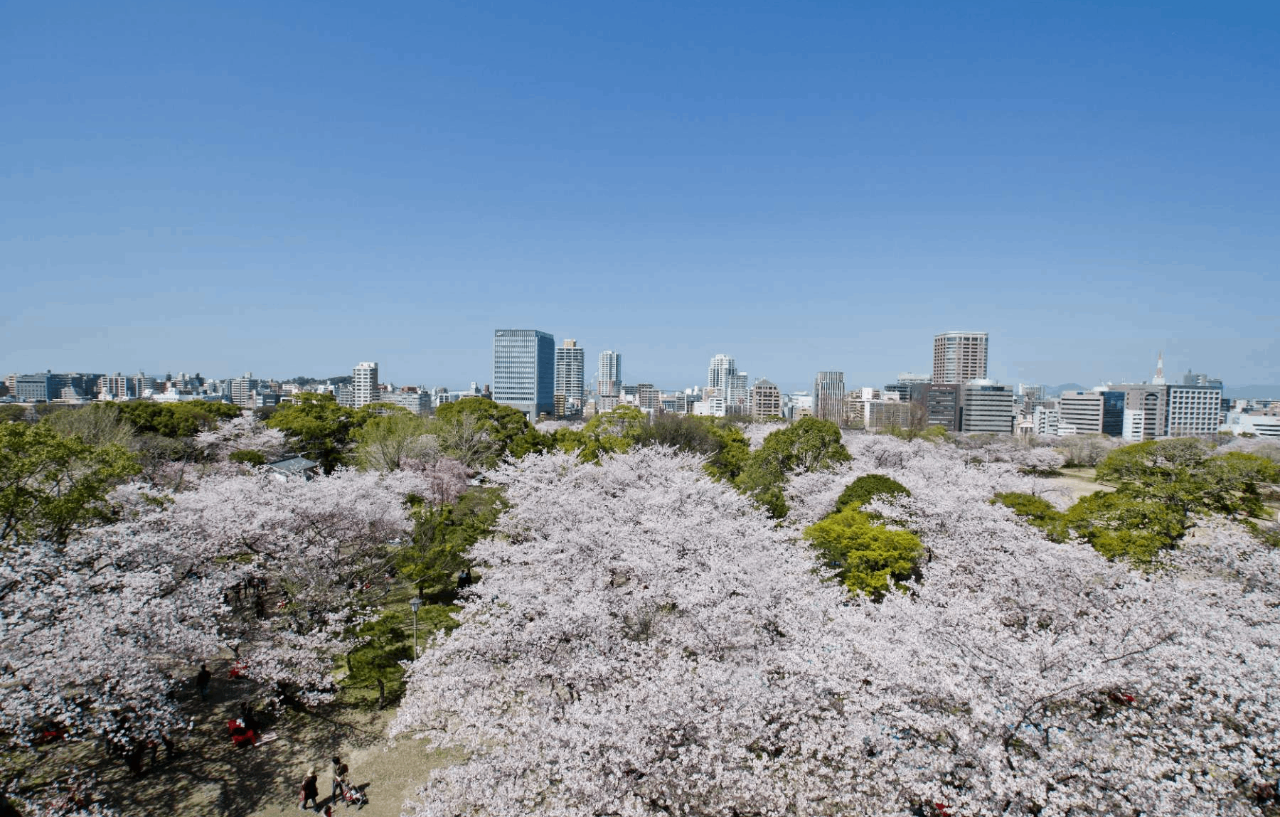
Fortunately, a number of sites and activities are conveniently clustered together in specific neighborhoods. Below are recommendations for first-time visitors to get acquainted with Fukuoka and the nature, history, and culture that Kyushu’s largest city has to offer.
Fukuoka for Foodies
Enjoy Fukuoka’s vibrant food scene throughout the city. There are delicious finds everywhere, including in downtown Fukuoka, where there are around a hundred food stalls, or yatai, operating every night and serving all manner of cuisine. The city’s colorful street food scene has been featured by the New York Times and Lonely Planet, and eating at a yatai is a must for anyone who wants to experience local culture and hospitality through gastronomy. There’s something for everyone, whether you’re in the mood for yakitori and sushi or want to try out the famous Hakata ramen, made with a white pork bone broth, or Hakata udon, a specialty befitting the birthplace of udon in Japan.
City Center: History and Nature Entwined
In the heart of the city, you’ll find Ohori Park and its seasonal array of flowers, birds, and trees. A massive pond sits at the center of the park, while a traditional Japanese garden can be found in the southeast corner, both of them providing picturesque backdrops for visitors at any time of day.
Once you’ve basked in nature, you can drop by the Fukuoka Art Museum at the eastern edge of Ohori Park. With over 16,000 works from around the world, spanning thousands of years of human history, the museum is sure to exhilarate the art lover in you. Directly east of the museum is Maizuru Park, where the ruins of Fukuoka Castle are located. Though many of the castle’s structures are no longer extant, the original stone ramparts remain along with turrets and gates that convey the centuries-old grandeur of the castle.
Seaside Momochi: Modernity Manifested
In the Seaside Momochi District, you’ll find the tallest seaside tower in Japan and a symbol of the city’s cosmopolitan identity in Fukuoka Tower. The observation deck on the top floor offers 360-degree views of the surrounding urban landscape and Hakata Bay to the north. It’s also a great spot to visit after dusk when the tower is colorfully illuminated.
A few minutes away by foot, the Fukuoka City Museum presents an overview of the region from prehistory to the modern era. The museum’s permanent exhibition includes a narrative of the urban development of Fukuoka in the late 20th century and its growing role as a regional cultural hub.
Hakata Old Town: Old Within the New
The historic Hakata Old Town district has plenty of activities and diversions to occupy a whole day or more. You can visit spiritual sites like Kushida Shrine, of central importance to the annual Hakata Gion Yamakasa Festival (held in July), or the Great Buddha of Fukuoka housed at Tochoji Temple.
To pick up the pace, head to the Canal City Hakata entertainment complex a few blocks over and lose yourself in four floors of boutiques, restaurants, showrooms, and even a movie theater. You can also find vibrant energy at the nearby Fukuoka Asian Art Museum, with its exhibitions and events that build bridges and facilitate dialogue between artists and creatives from Japan and across the world.
Coffee Break: Shirogane and Takasago
Need an afternoon coffee or dessert? Look no further than Shirogane and Takasago, two side-by-side neighborhoods in Chuo Ward with charming cafes and sweets shops. While mostly a residential area, a number of specialty stores around here also sell local crafts, lifestyle goods, organic products, and the like. Many other neighborhoods in Chuo Ward, such as Yakuin, Ropponmatsu, and Haruyoshi, also have many trendy coffe shops. Wherever you choose to explore, you'll walk away with renewed vigor and perhaps a souvenir or two to take home.
Coastal Day Trips on Fukuoka’s East and West Coasts
Don’t forget Fukuoka is a coastal city, which means there are ample seaside excursions to partake in. At Futamigaura on the west side, you can enjoy beautiful beaches, parks, and fishing spots, or simply find a restaurant for a romantic dinner. A glamping experience can also help you create unique memories and commune with nature more deeply.
You can also take ferries out from the city to visit Shikanoshima and Nokonoshima and relax to the rhythm of coastal Fukuoka City. Shikanoshima is a popular bicycling destination with terrain suitable for all cyclists, regardless of their level, and also has several areas where you can catch beautiful panoramic views of Fukuoka and the surrounding bay. Nokonoshima is known for its splendid fields of flowers, with seasonal blooms casting the park in new colors every few months.
Tour Options
Guided tours are a great way to get an overview of the city at large, and there are a number of options available depending on your preferred mode of transportation. In Hakata, you can get decked out in stylish kimono and go on a walking tour. For those who want to rest their feet, you can schedule a rickshaw tour with Hakata Jinrikiya and see the neighborhood temples and shrines at your own pace.
The Fukuoka Open Top Bus tour is another option for those who want to survey the city in 60 to 90 minutes. Alternatively, you can take to the water on a Nakagawa River Cruise and get a whole new perspective on a sightseeing cruise by day or by night.
SNS and Passes
Check out the latest photos, seasonal highlights, and trendiest spots on Fukuoka City’s official Instagram account (fukuoka360). Be sure to familiarize yourself with the Fukuoka Tourist City Pass, too. It’s a convenient transport pass that also offers discounts on admission at citywide attractions and other benefits. These savings can help you enjoy your time in Fukuoka even more.










